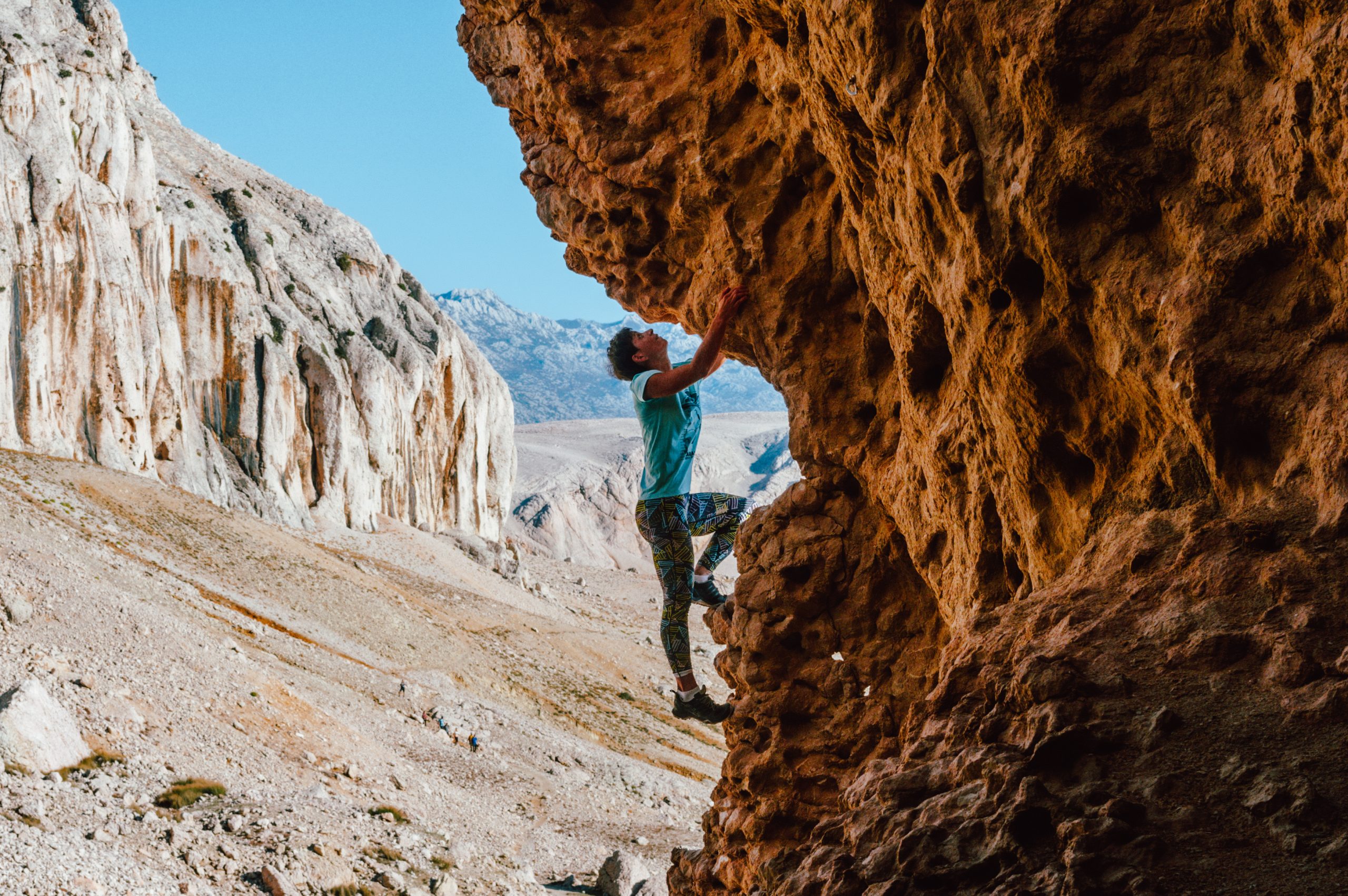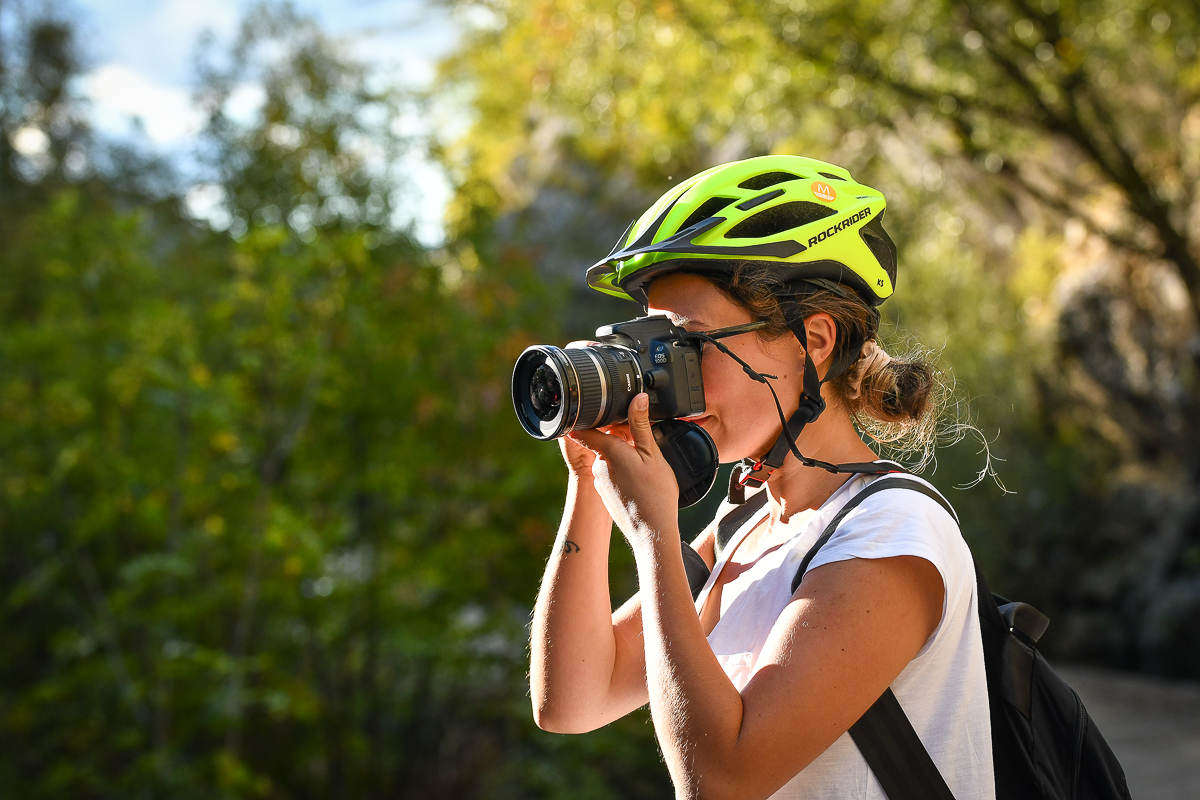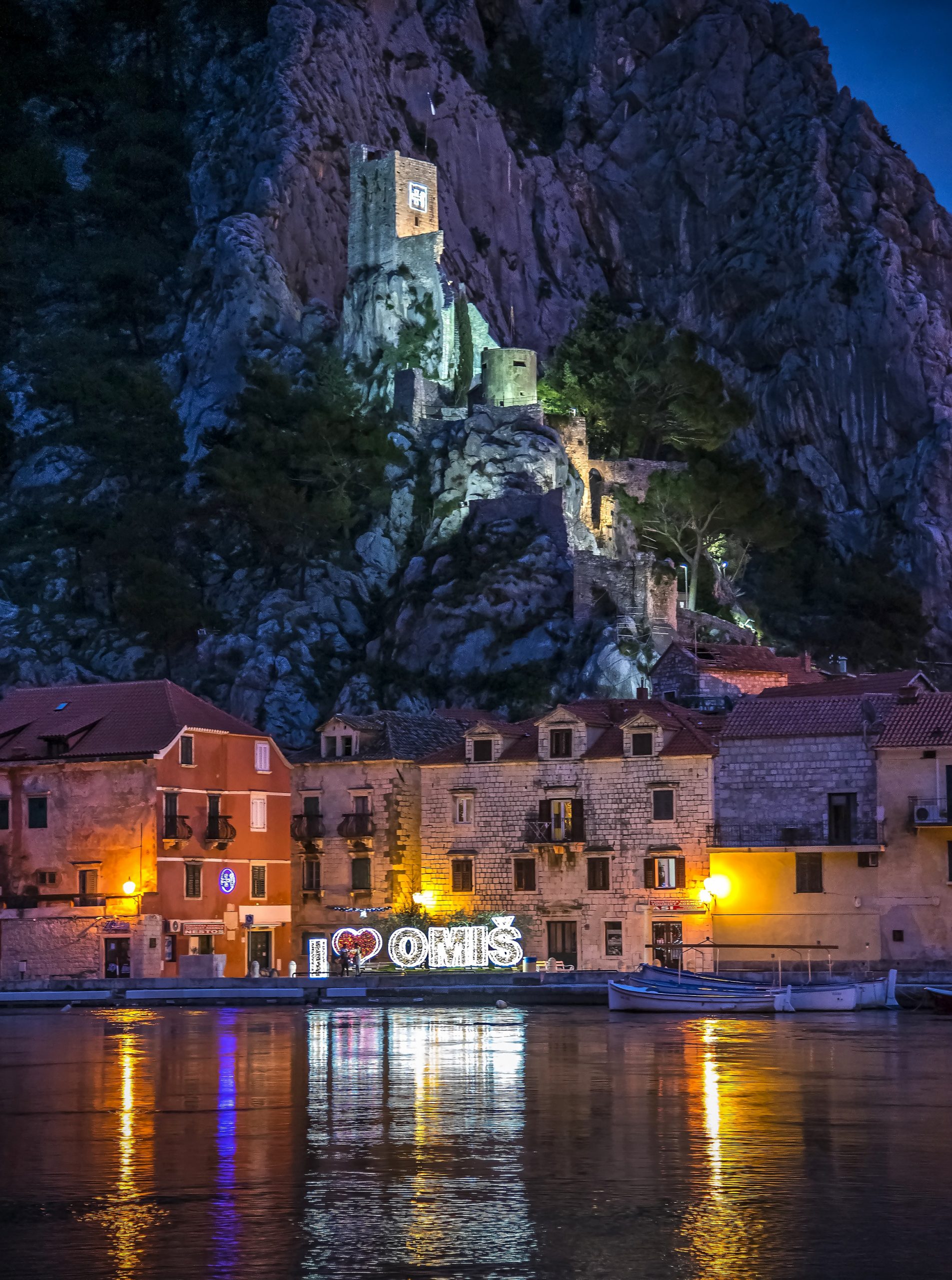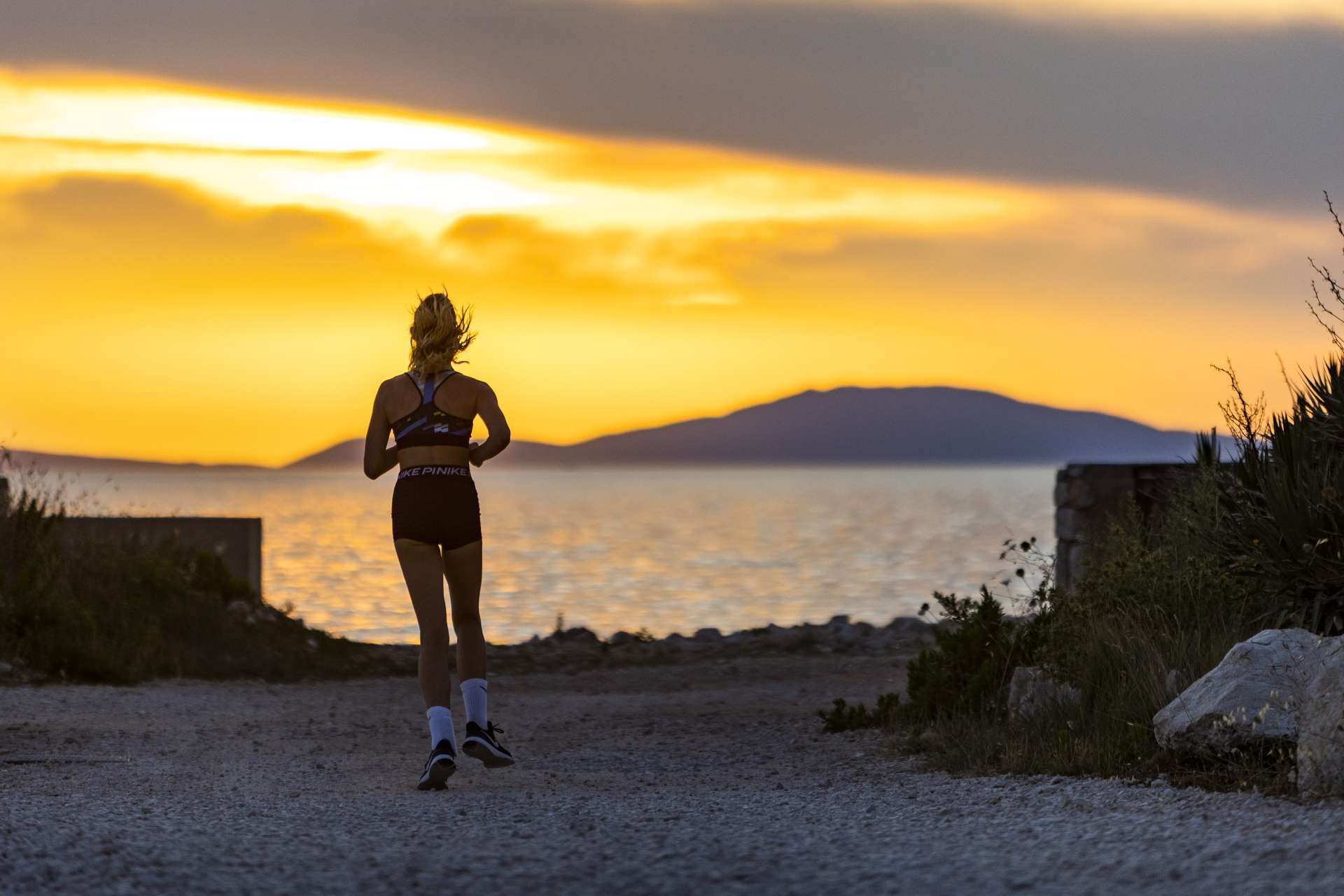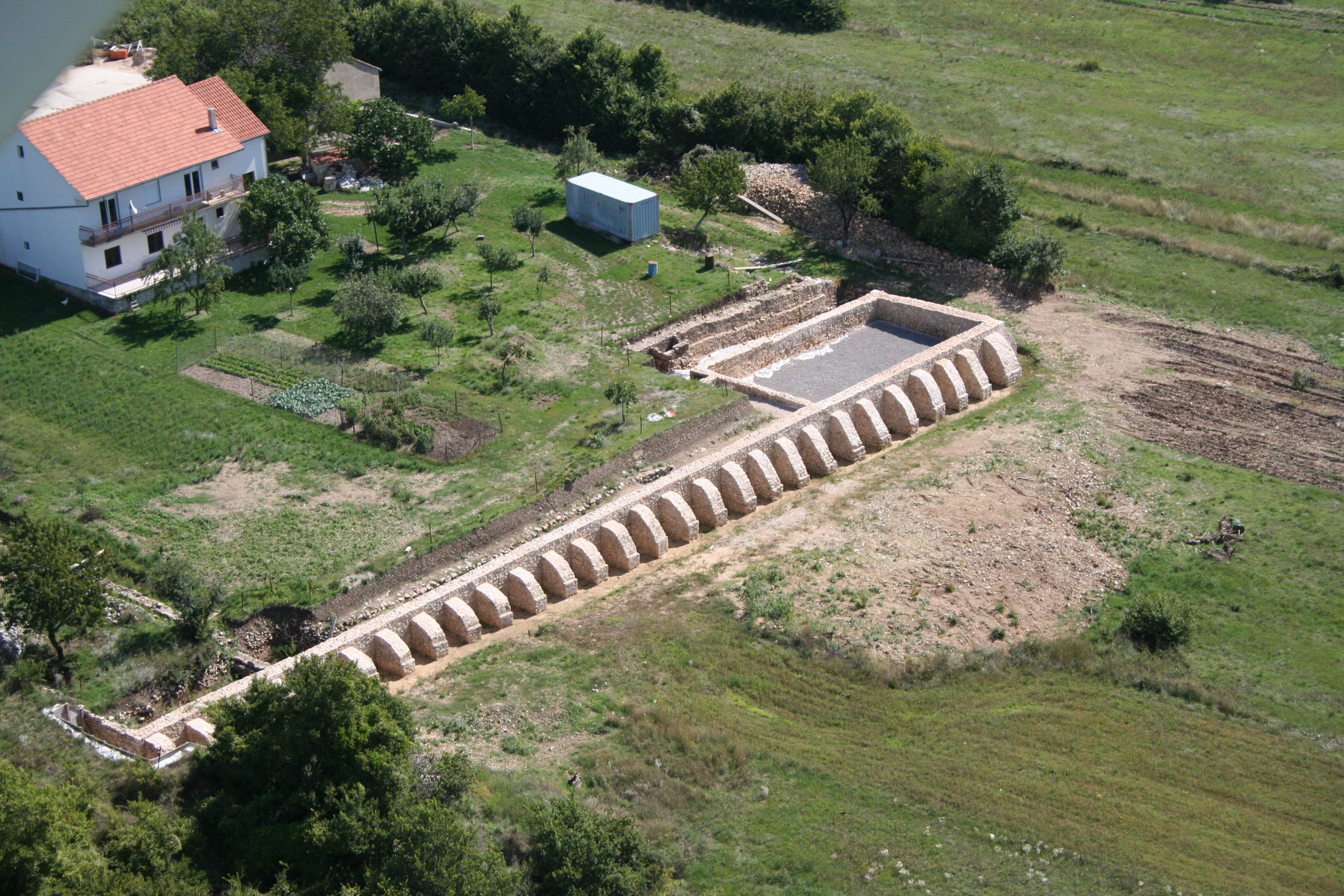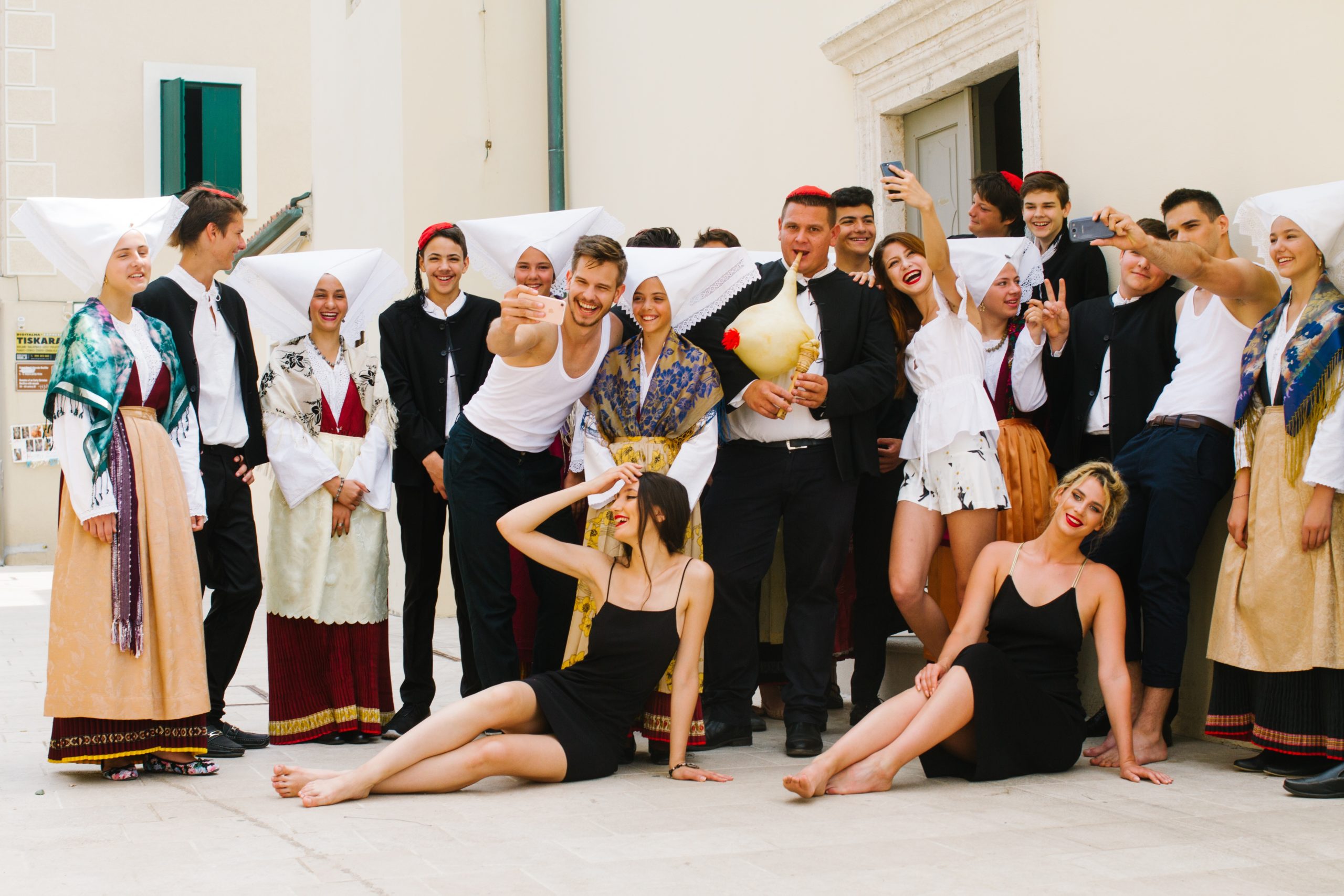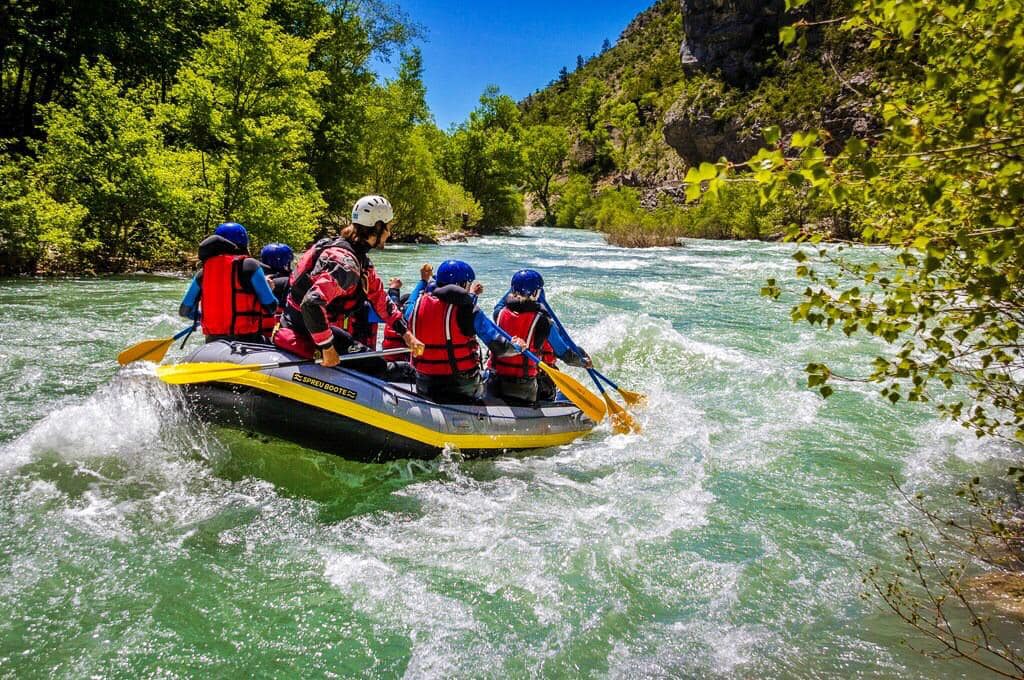PAG OUTDOOR Enjoy and explore a true paradise for lovers of active vacation, nature and adrenaline!
HOT SPOTS DESTINATION WINTER/SPRING 2023.
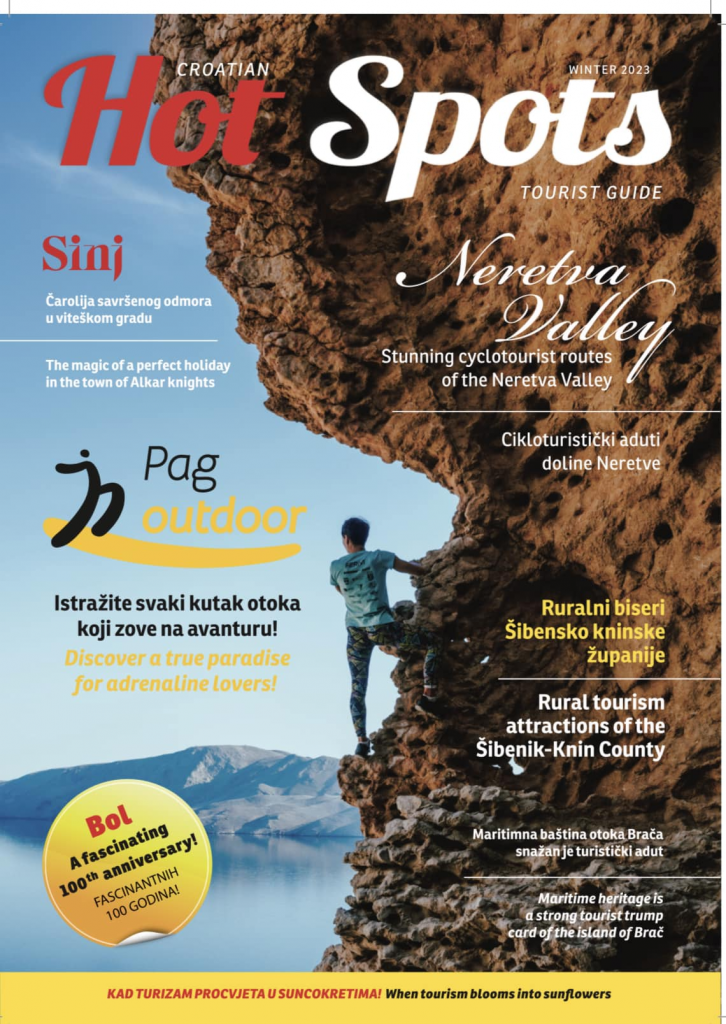
Whether you enjoy trekking, bike, hike, climb, kayak or practice any activity you can
imagine in between, Island of Pag is a true paradise for lovers of active tourism,
nature and adrenaline.
SYNERGY THAT KNOWS NO BOUNDARIES
Pag Outdoor is a project which is the result of the joint efforts of as many as five tourist boards - The Tourist Board of the City of Novalja, The Tourist Board of the City of Pag, the Kolan Tourist Board, the Povljana Tourist Board and the Stara Novalja Tourist Board. It is carried out with the support of the Ministry of Tourism and Sport of the Republic of Croatia (MINTS).
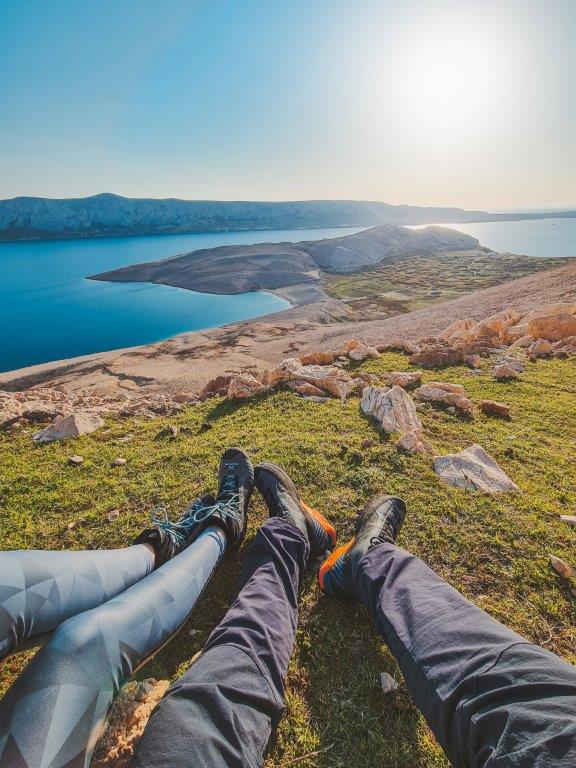
Regarding Pag’s rich outdoor offer, it is important to say that the whole story includes licensed guides and trainers who add to the entire experience with their own experience, as well as the local DMC tourist agency.
Of the striking four-leaf clover which marks Pag’s outdoor offer, perhaps the most peculiar is the one that is actually the “birth certificate” of the island, unique because of its resemblance to the surface of a distant planet; some will see Mars in it, some will see the Moon, but this island is certainly attractive precisely because of that unique landscape. This is how the famous Life on Mars Trail Race was born.
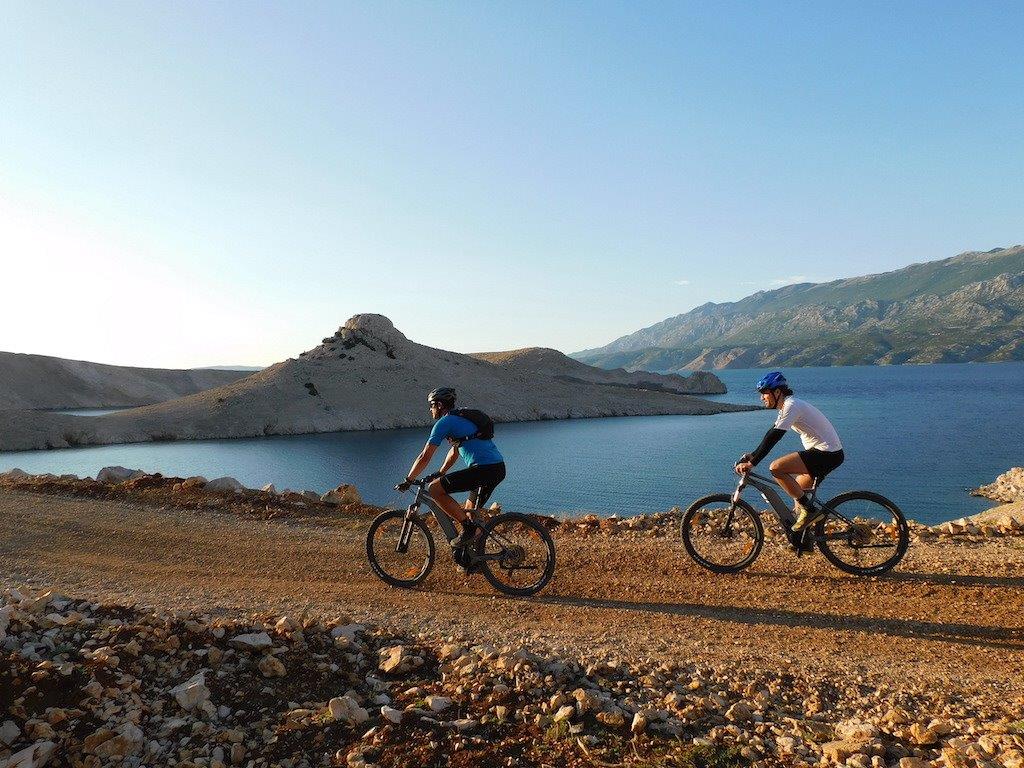
THE LIFE ON MARS TRAIL
This year, Novalja wins the Simply the Best award with Life on Mars for the exceptional quality and attractiveness of this event, which enriches the whole tourist offer with its content while promoting the sustainable development of active tourism, it also firmly positions Novalja at the very top of the Croatian outdoor destination list. Unspoiled nature surrounded by the awe-inspiring smell of sea, stone and salt represents a true break from the stressors of
everyday life and a “psychological detox”, and as such - according to the runners - the aforementioned track has definitely earned its “five stars”.
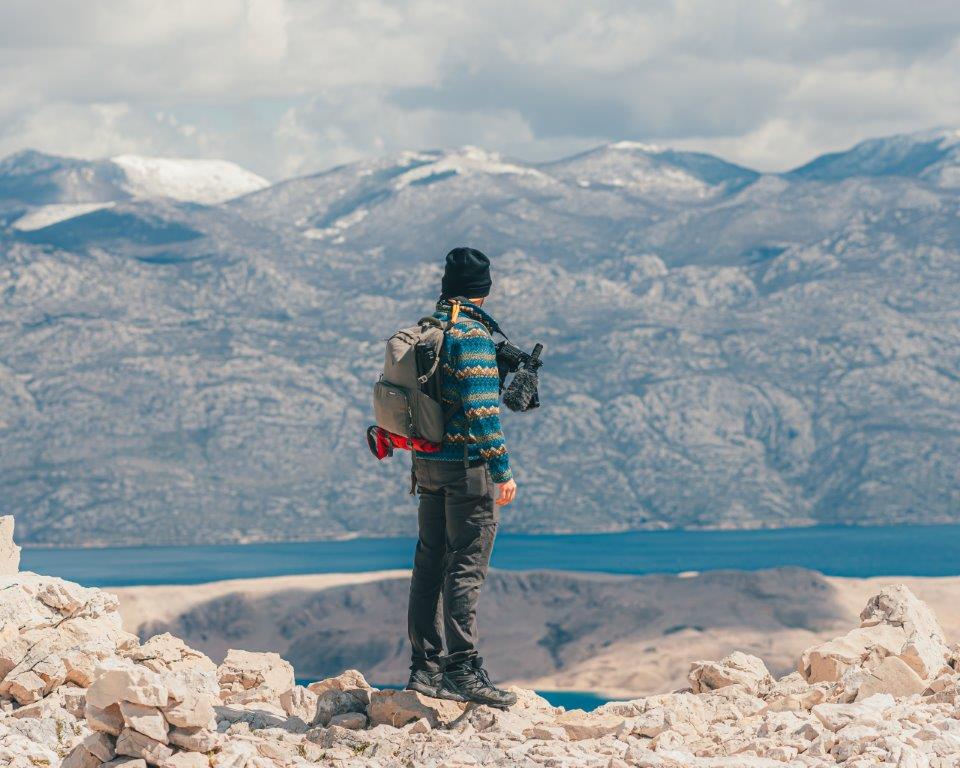
The Life on Mars trail has also been rightfully adorned with an award from the readers of “People Outdoors” magazine for the best outdoor tourist infrastructure, with its many marked trails and coordinates.
It should be noted that the Trekking League in cooperation with the Tourist Board of the town of Novalja organises the Life on Mars race every spring, and the exotic Metajna canyon is the attractive location of the most popular trekking race in all of Croatia, a race characterised
by its truly distinctive “cosmic beauty”.
However, it would be unfair not to mention the fact that Pag boasts as many as eight excellent running tracks.
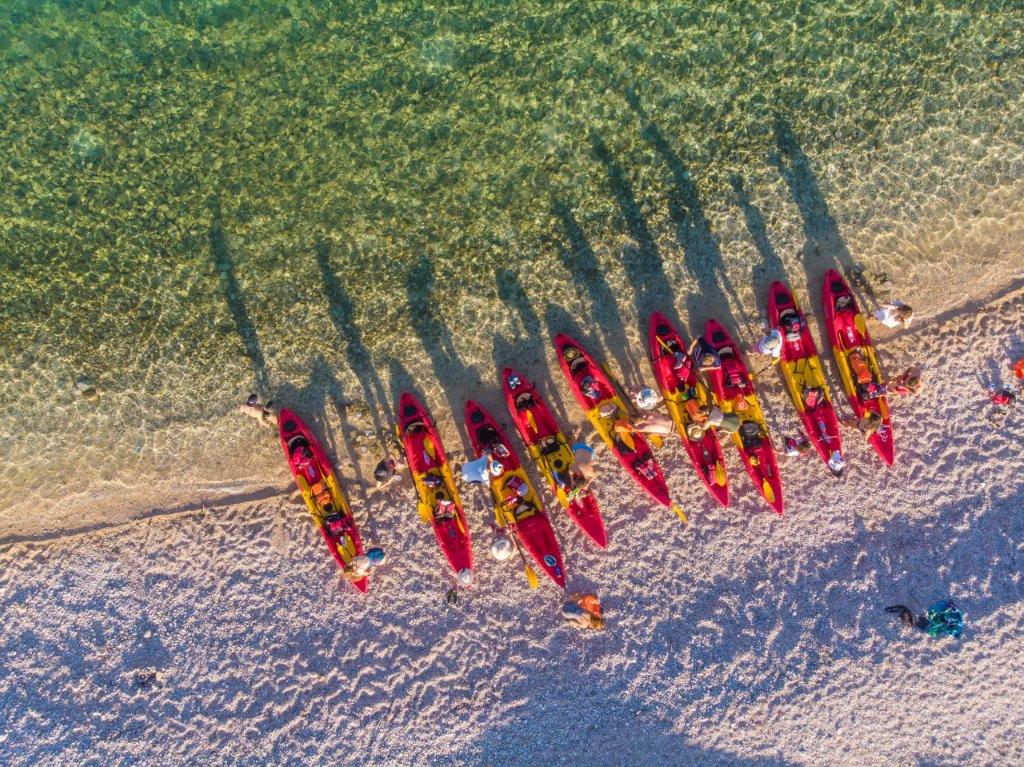
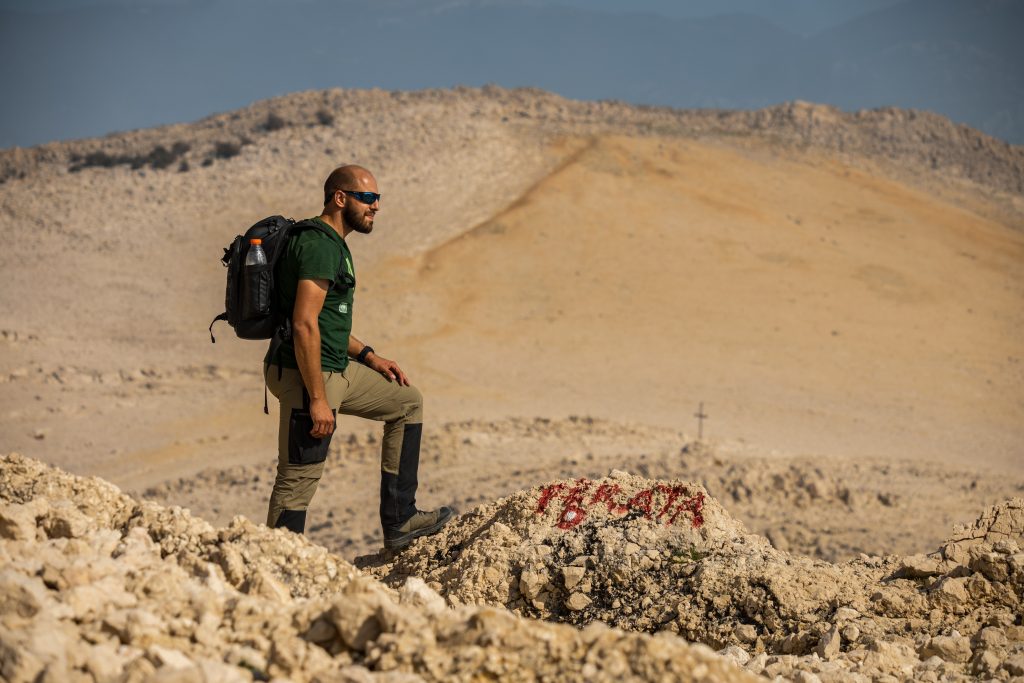
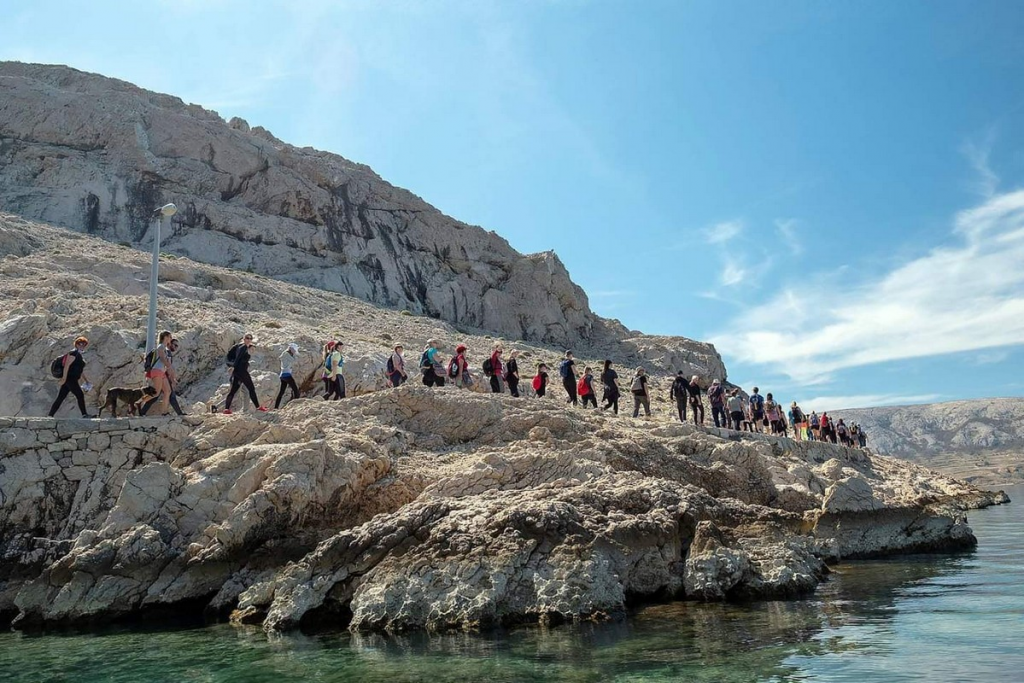
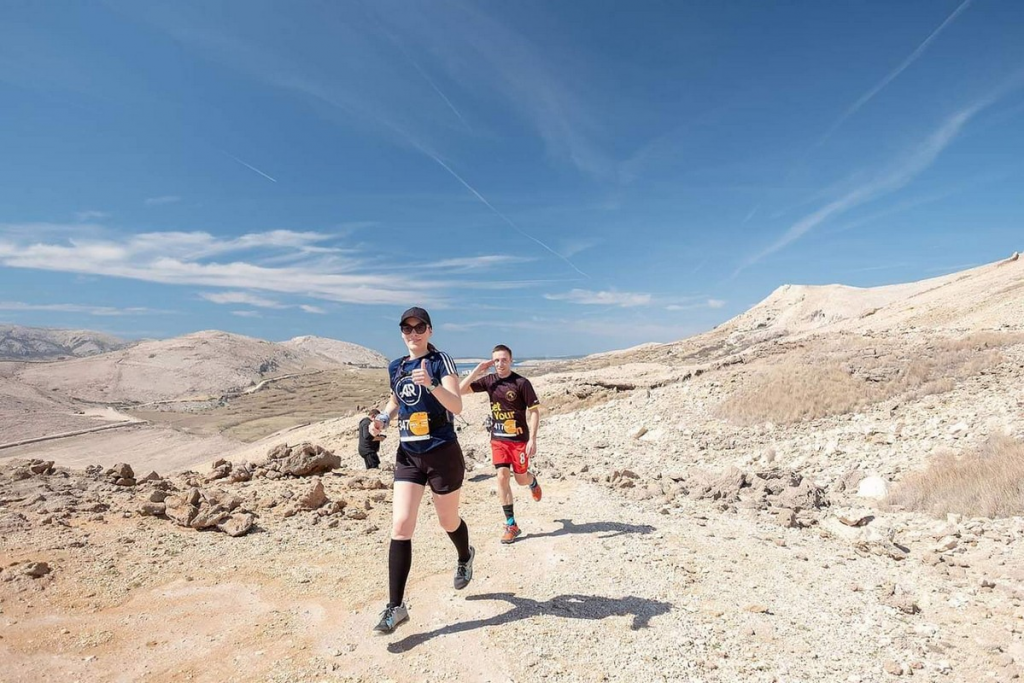
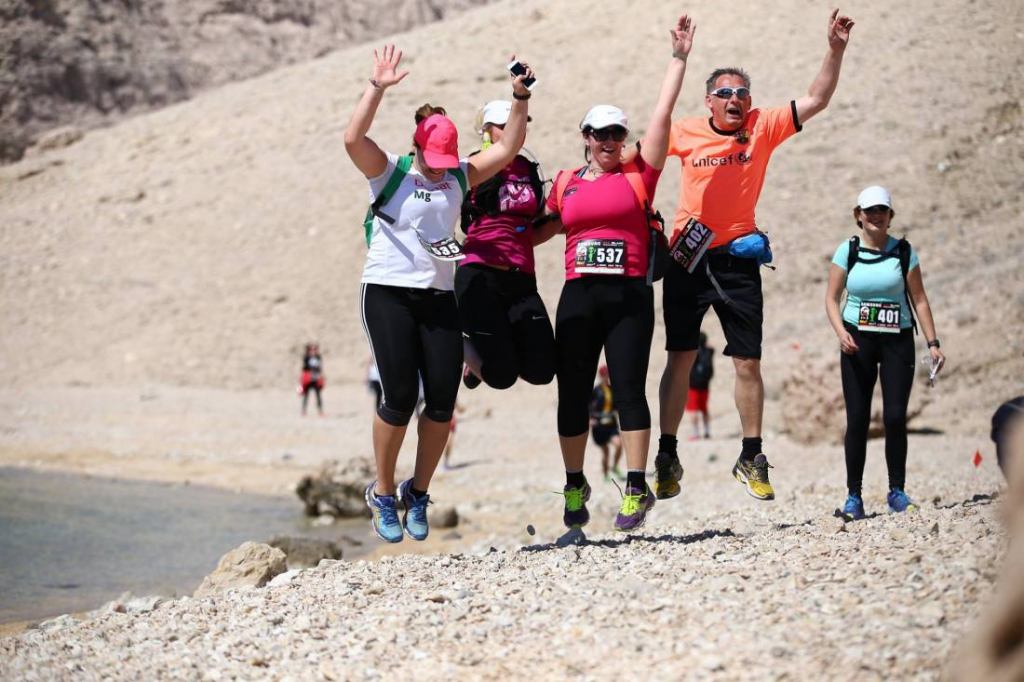

SAY CHEESE AND RUN!
The outdoor Island Pag Trail Race is the perfect place to mingle with other enthusiasts and conquer some exciting trails. The race is held every year in April, and the many participants have the privilege of discovering all the diversity and beauty of Kolan along several tracks. The trails are not too difficult, they are very interesting because they pass through Kolanjsko polje (the Kolan plain), the Kolanjsko blato ornithological reserve, all the way to Sveti Vid, the
highest point on the entire island of Pag. It offers an unforgettable view of all sides of the island, the imposing Velebit mountain range across the channel, as well as the islands of Maun, Silba and Lošinj. The Island Pag Trail guarantees a unique and unforgettable experience to all of its visitors who can enjoy engaging in sporting activities and delicious local cuisine, as well as beautiful natural sights and countless top quality food products from Kolan and the
rest of the island of Pag.
If you prefer being out in nature, being constantly on the move, if you enjoy progressing with dynamic and exciting adventures and competitions, and if you’re always looking for new things to try - come and visit the Island Pag Trail race in Kolan on the island of Pag.
Say cheese and run!
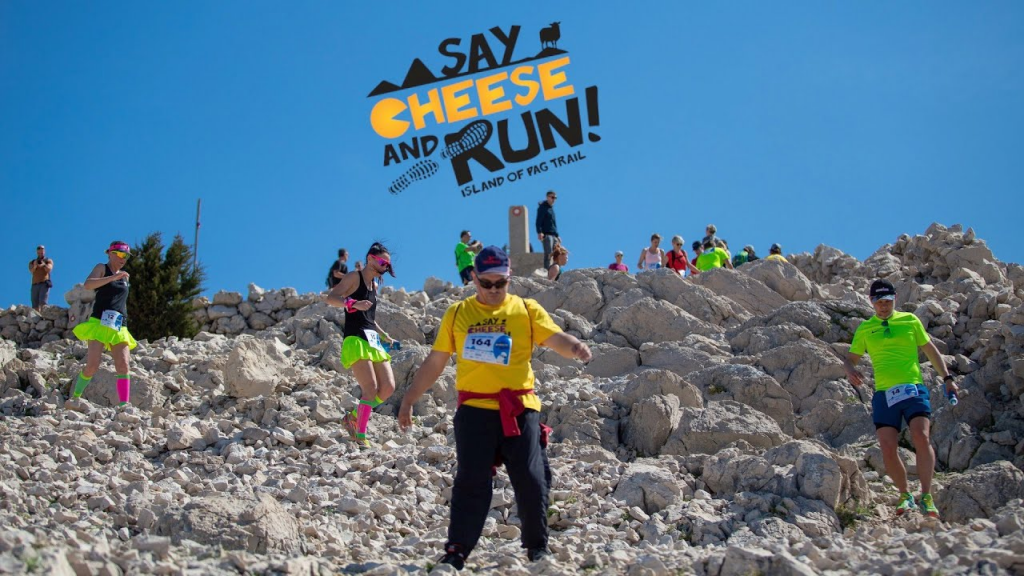
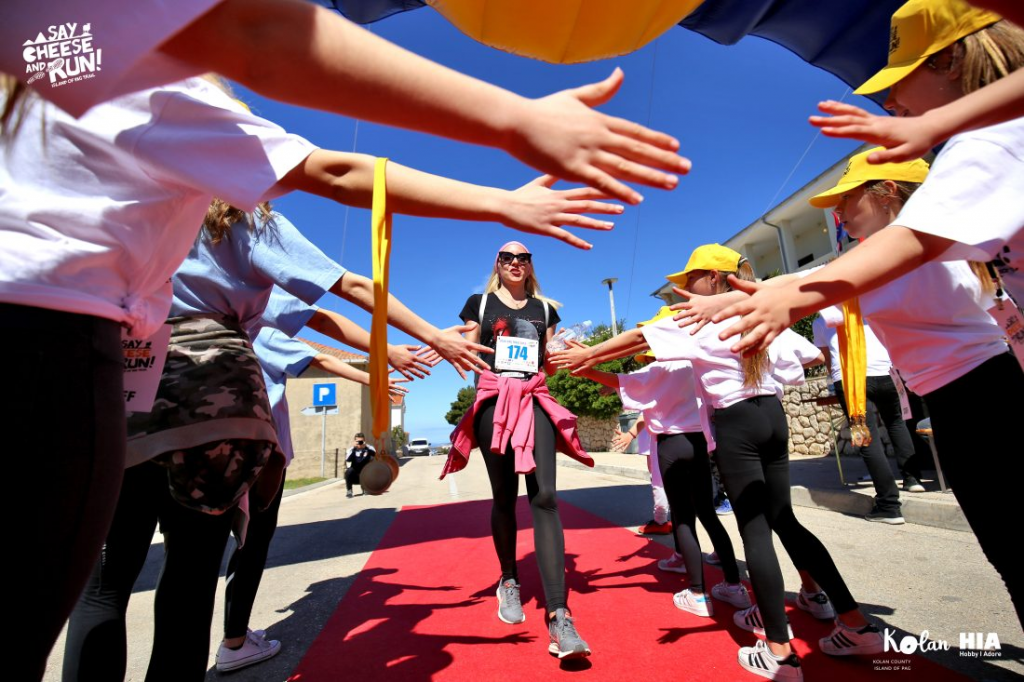

THE OTHER SIDE OF THE MOON TRAIL - PAG
The Other Side of the Moon is an area where three paths made of stoney magic are intertwined, with beautiful views of the mythical Croatian Velebit mountain, the gorgeous, azure blue sea, rugged rocks and the deep blue sky! Each of these paths has its very own
story, a number of interesting notes from Pag’s rich history and special views made of stone that only nature could shape. If you take any of these trails, enjoyment and relaxation are guaranteed because the paths pass Ledeniko, the most beautiful and interesting geological-paleontological part of the island of Pag, and entirely unique in the entire Mediterranean region.
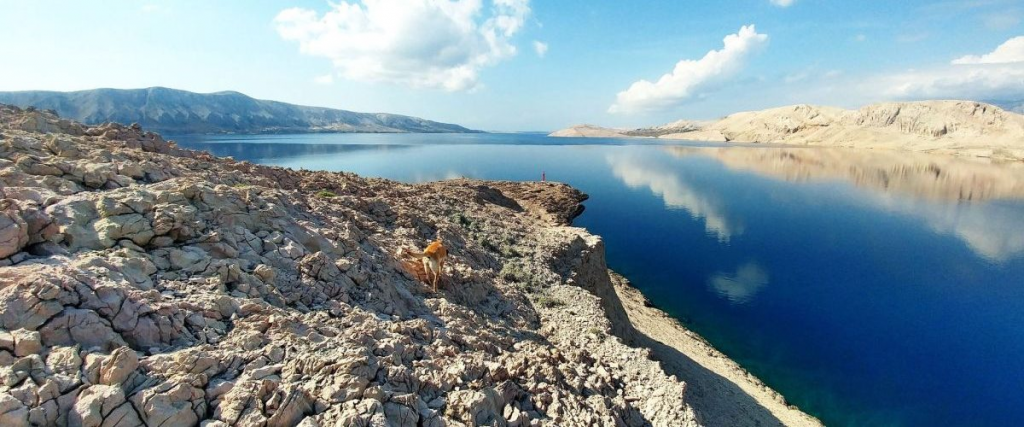
If you like hearing historical stories, you will definitely be able to satisfy your curiosity
here, because when taking this trail, you will reach Veles’s closed cave, named after the god from Old Slavic mythology who leads his eternal cyclical battle with the god Perun. Given that Veles was depicted in the form of a snake or a dragon in Old Slavic mythology, when visiting this place, don’t bother to try to open this cave with some magic words.
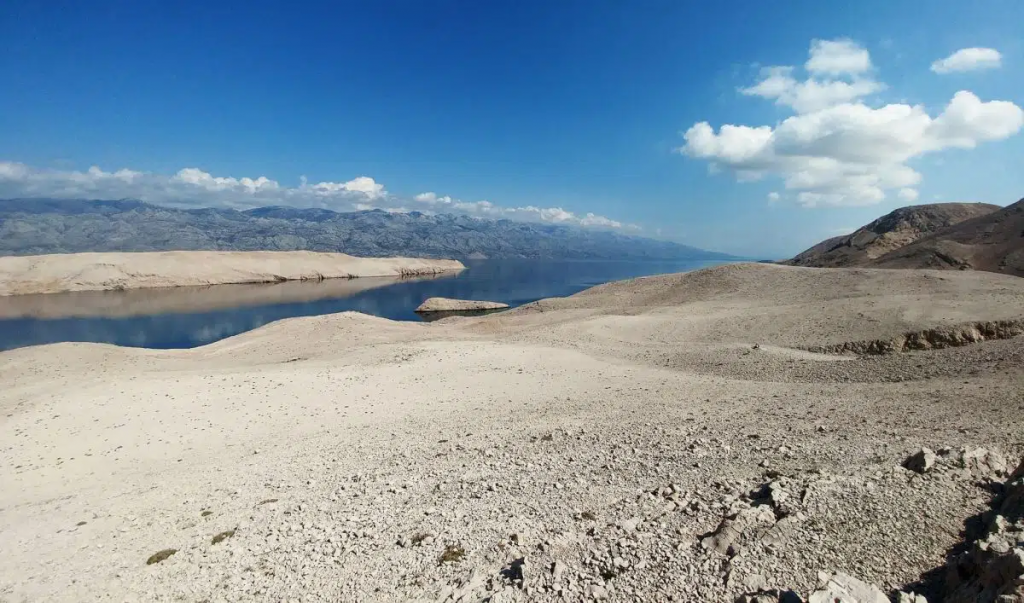
This path, which is short, easy to walk along and accessible to all ages even in the warmer part of the year, can be used for a nice all-day family trip with swimming in the beautiful Zaton bay, and on the path itself you will come across two viewpoints which boast some utterly
beautiful views.
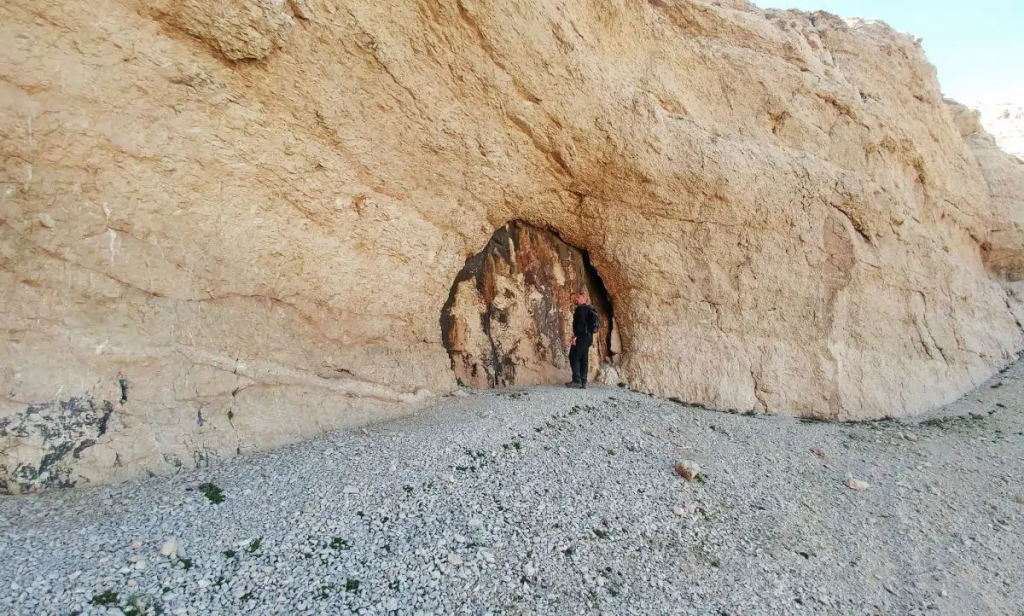
THE PANOSA TRAIL
This trail starts at Trg Ban Jelačića (Ban Jelačić Square) in the very centre of town and is very suitable for trail walking, Nordic walking or just plain old walking.
It starts next to the parish church of St. George (Sveti Juraj), through the wells - which in the past provided much needed water for the grazing cattle, and later became the water supply - walking along the asphalt road we reach the location of Obatnica, a place right down by the sea, where there used to be an ancient villa, which was later transformed into a monastery. After a short climb, we’ll reach the lookout point, which offers a view of the stunning surrounding islands.
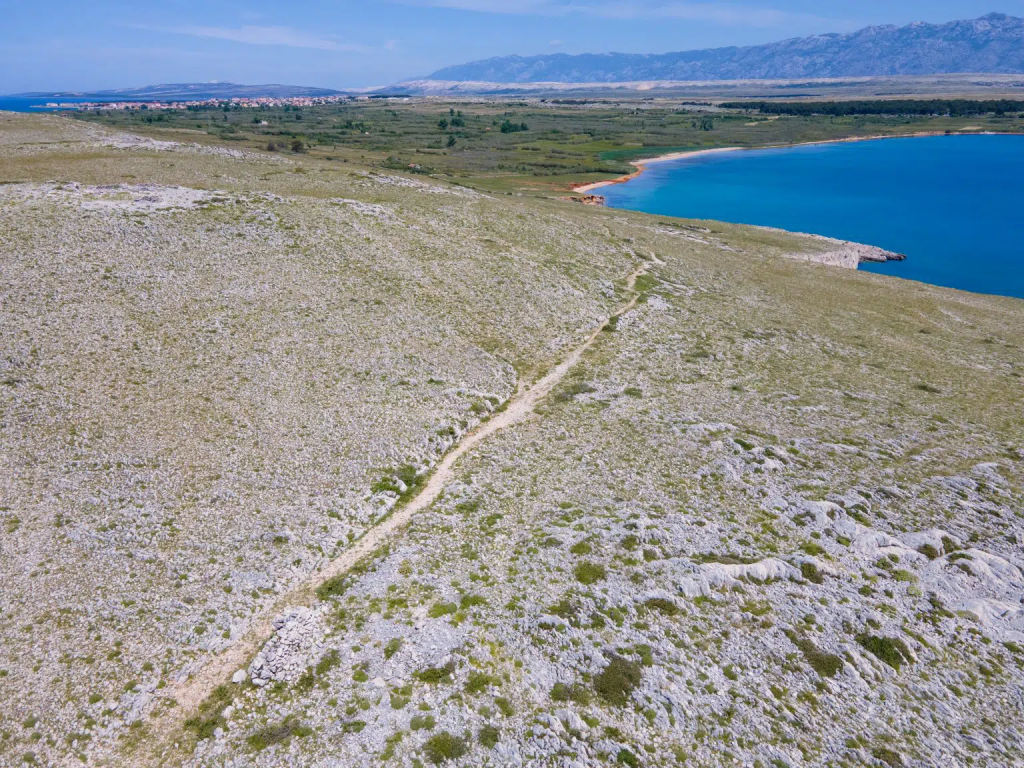
The path then continues and turns towards the north and to Velebit. It further descends towards the bay and the sandy beach in Stara Povljana. Through Povljansko polje, we reach the church of St. Martin, which was constructed way back during the fourteenth century, and Stara Povljana, where there was once an old settlement during the Middle Ages. At the very end of the trail, a spectacular scene awaits us - a strange but beautiful moon-like landscape, located in the area of the macadam path which connects
Povljana and the nearby fishing village of Smokvica, and stretches out into the beyond, as far as the eye can see.
www.pag-outdoor.com/trail/trail-81/


CLIMBING EXPERIENCES
Even the most “down-to-earth” people will want to shake off those proverbial shackles every once in a while, and they can easily do so by climbing the unreal rocks of Pag, in rugged landscapes shaped by harsh storms. For lovers of this type of recreation - climbing -
Croatia is already profiled as an extremely attractive destination, and the island of Pag is one of the most popular of all. On Beritnica beach, nature has arranged three large rocks in the shallows of the sea - this natural installation is an unforgettable sight and by far one of the most popular not only for climbing, but also for filming and taking pictures.
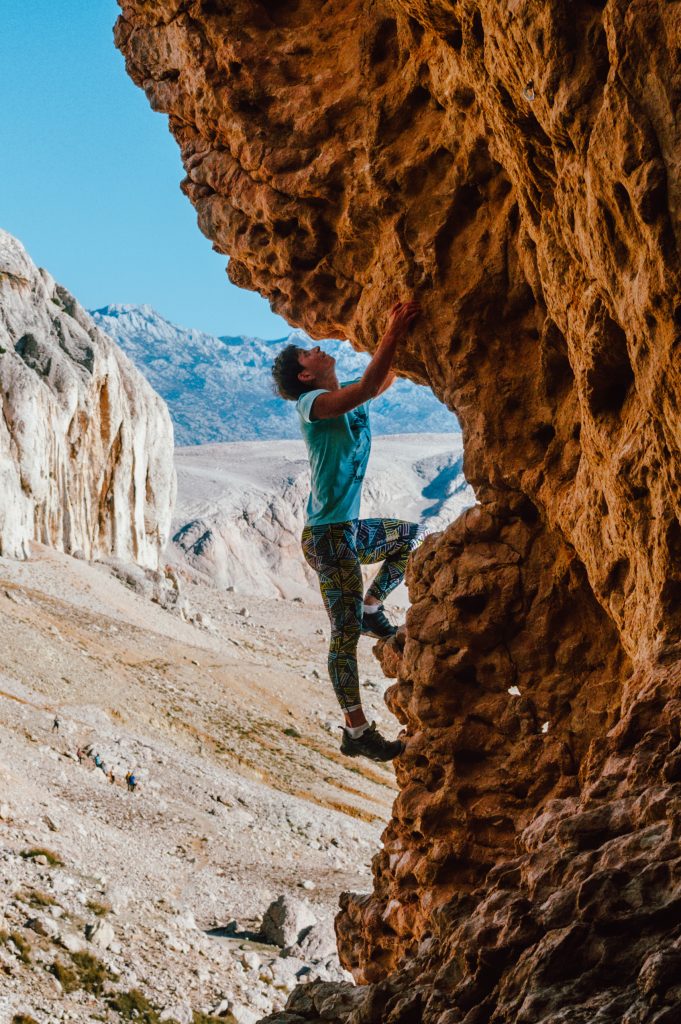
The spectacular Stogaj rock rises imposingly above the beach as if someone designed it precisely to beckon you to climb to the top. It’s no wonder that this is a favourite destination for climbers.
Stogaj offers almost seventy clearly marked routes over four parts for athletes and recreationists of all abilities. It is also suitable for beginners who can try their hand at an easy, shorter climb at a height of ten metres, and for those who are experienced climbers, it has the Scorpion and Spyder tours. Swimming in the crystal-clear sea below after climbing is an essential item to tick off the list, and something like this is definitely not to be missed.
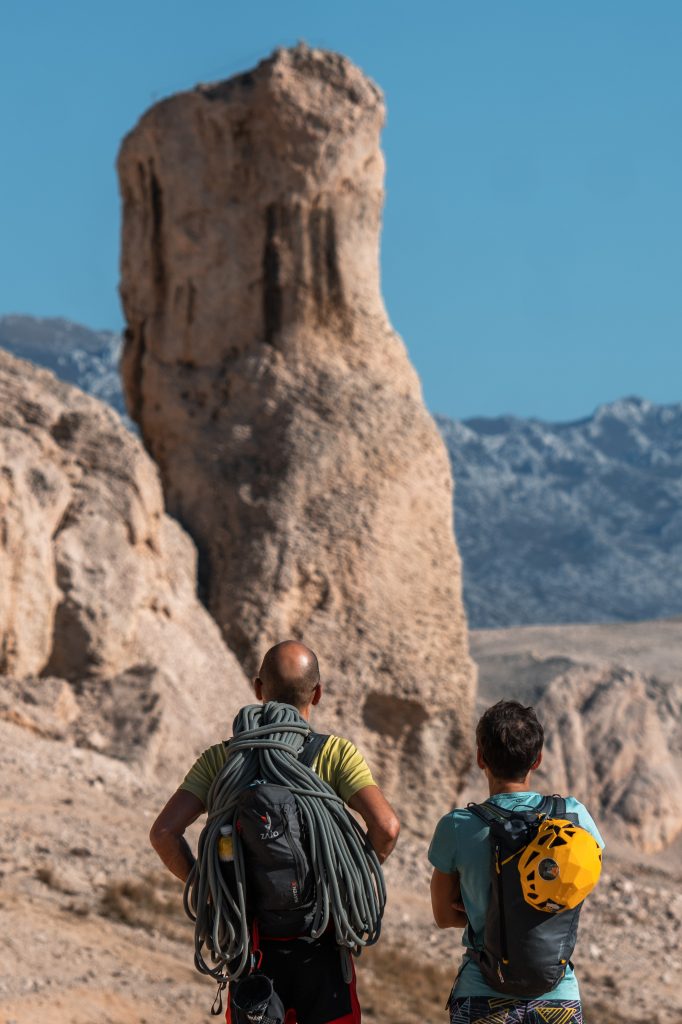
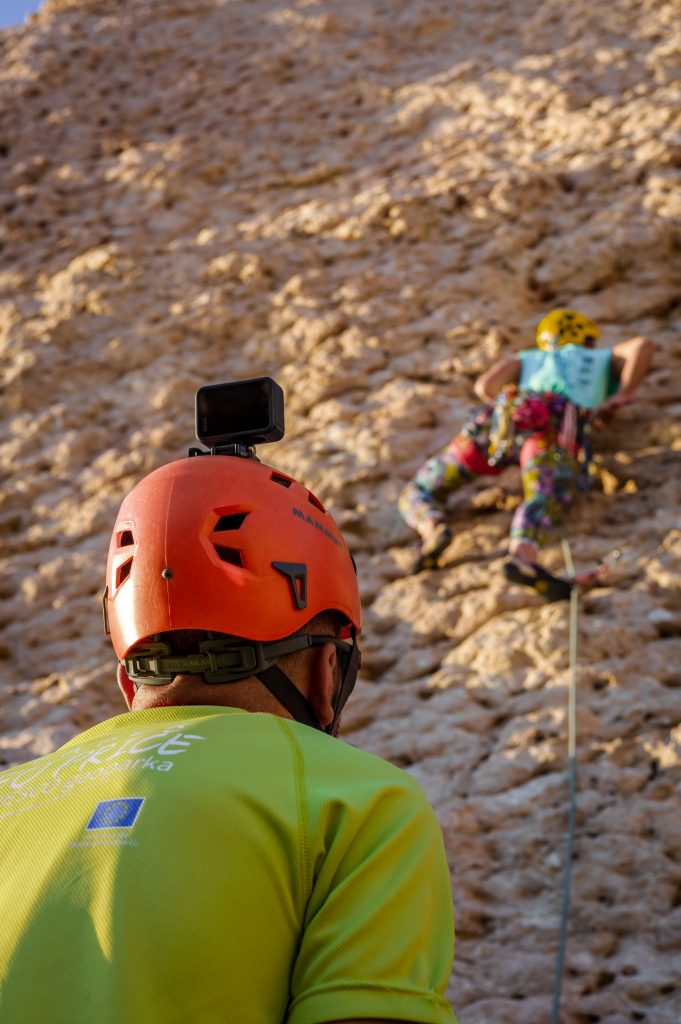
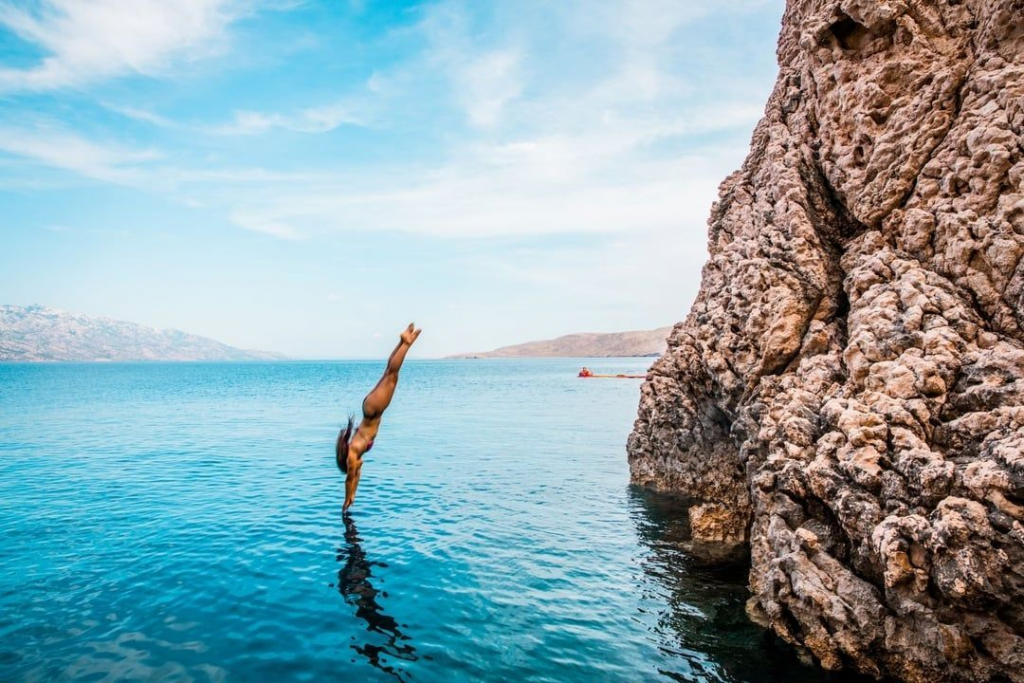
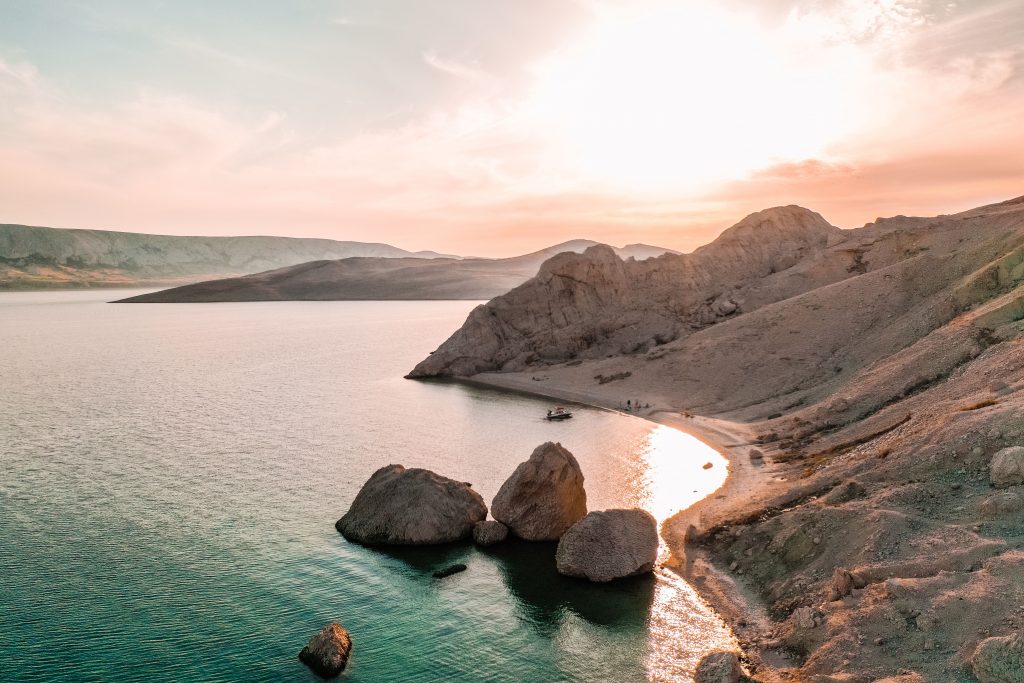
KAYAKING
Don’t miss another strong asset that the island of Pag boasts - kayaking! One of the more popular routes starts at Ručica beach, an inspiring setting for many film, music and fashion shoots, and moves towards the sandy cape of Sušac along the passage under the impressive rocks of Stogaj and Teplica.
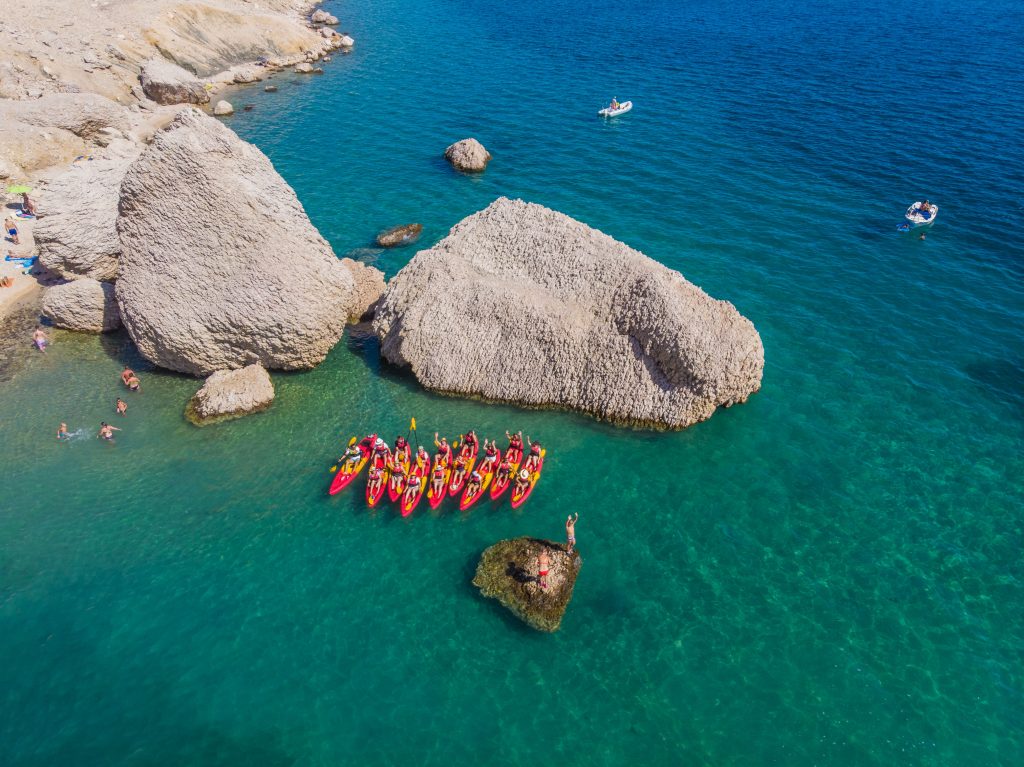
It then allows you to paddle past long and spacious sandy beaches which are strung together like pearls, with occasional rest stops for some swimming implied. In the surroundings of this strange white karst landscape combined with the crystal clear blue sea lapping against it, rowing towards the opposite side of the Pag bay becomes an unforgettable experience with, among other things, a spectacular view of the Velebit mountain and what’s known as Paška vrata (the Pag Gate) the mysterious Gača cave and beaches the likes of which exist nowhere else on the planet.

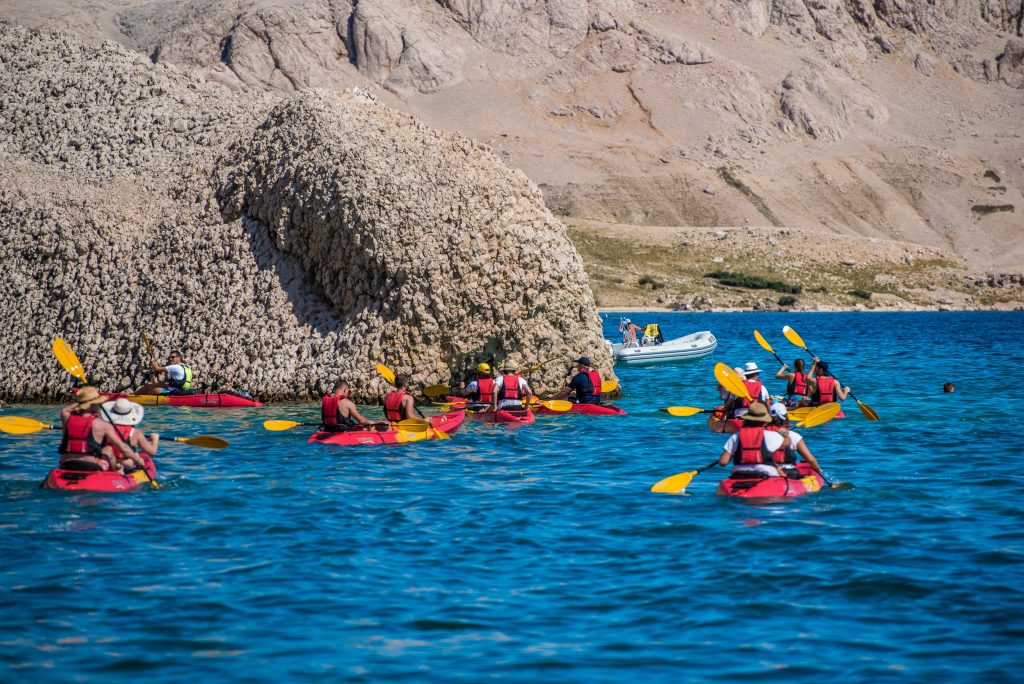

CYCLING
Cycling, as one of the most popular activities, has been at “home” on the island of Pag for a very long time now. Today, there are more and more tourists who come to cycle. They aren’t only ecologically conscious people, but also consumers whose main motive for coming to a destination such as Pag is the diverse landscape and well-maintained biking trails. There is no fear when it comes to Pag, as there’s an offer for all types of cycling tourists!
This peculiar island which boasts endless cosmic beauty has a whole series of beautifully arranged trails for different profiles of passionate “pedalists”: from beginners to intermediate cyclists, up to true adventurers seated on two manually controlled wheels.

For example, the Path of St. Anthony in Novaljsko polje (the Novalja plain), as well as the which has the same name, is suitable for beginners and lovers of a lighter riding style. The Put Girenica and Povljanska blata routes are also right up that same alley. All instructions on the routes, mileage and ascents are available on the pag.outdoor website, and the same applies to the medium-demanding trail - The embrace of the stone and wind.
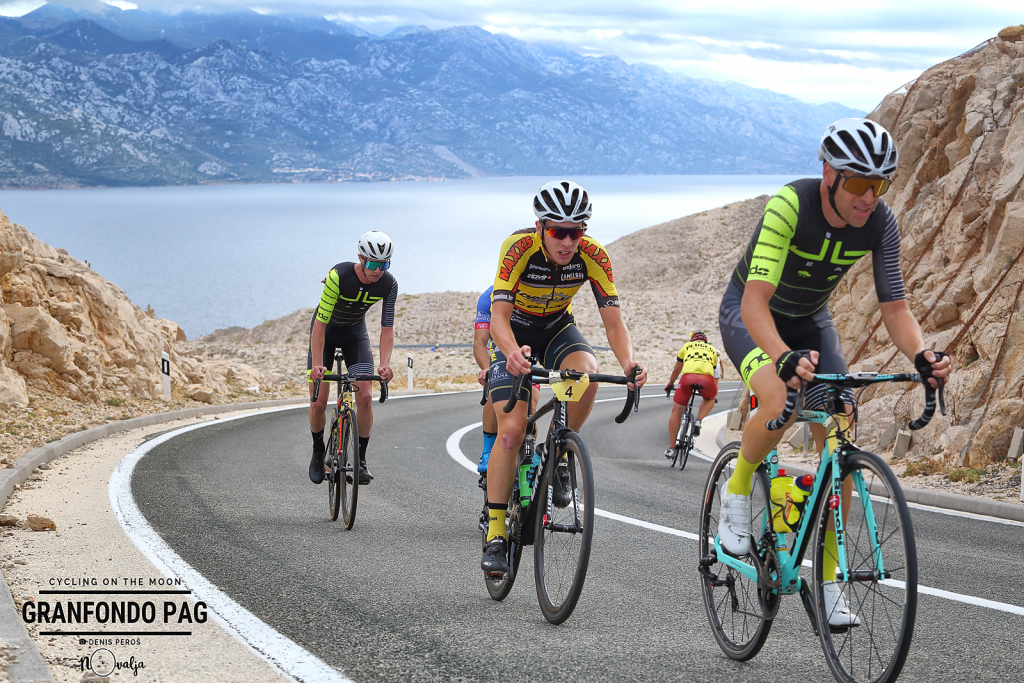
GRANFONDO PAG – Cycling on the Moon”
www.granfondopag.com
In short – what marathons are for runners, and what ironman is for triathletes, Granfondo is for cyclists. Competitors in the leading group are all peddling away, fighting for victory, those in the middle are attempting to achieve their best possible personal time, and the cyclists at the back are there primarily for overcoming the challenge of finishing such a demanding race (sometimes also to avoid the “cut off time”). Rather than racing against the other cyclists, the
Granfondo is a battle with oneself, and the length of the course successfully completed (about 100 kilometres!) is the greatest reward of all.
Reserve the date of October the 14th, 2023, for the fourth International Cycling Marathon “Granfondo Pag - Cycling on the Moon (85 kilometres), and the recreational race “Mini Granfondo” (35 kilometres) and ride through the unreal, lunar landscape of the island of Pag.



Photo: Pag Outdoor
Rural pearls of Dubrovnik-Neretva County - unreal fairy-tale places are waiting to be discovered
Step out into the sparkling cosmos of true southern hospitality where you don't look at the time, but at the sun.
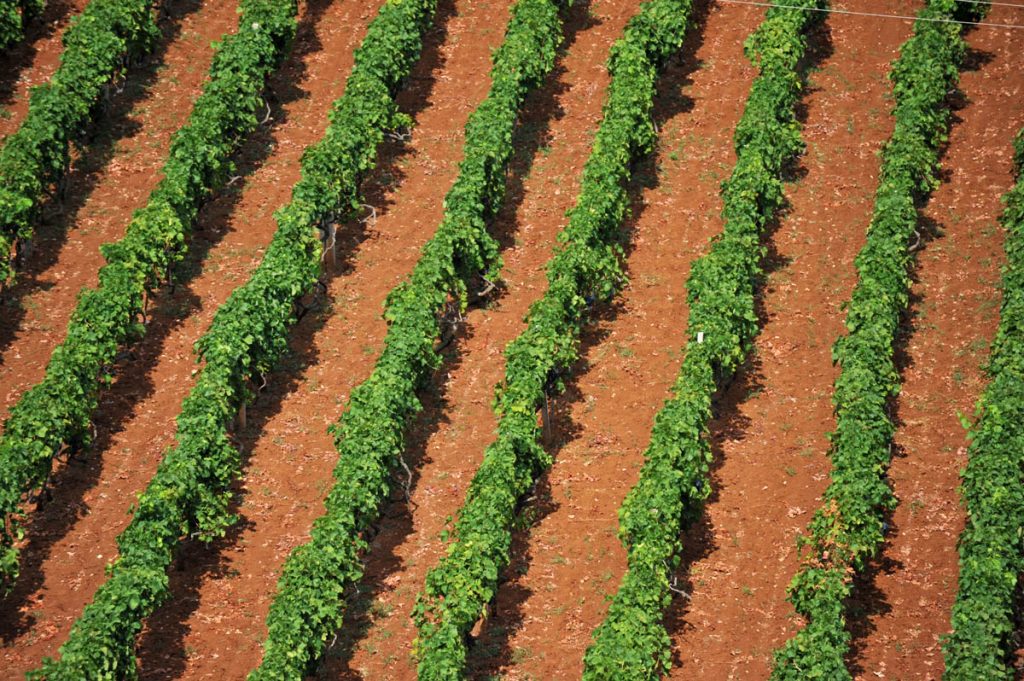


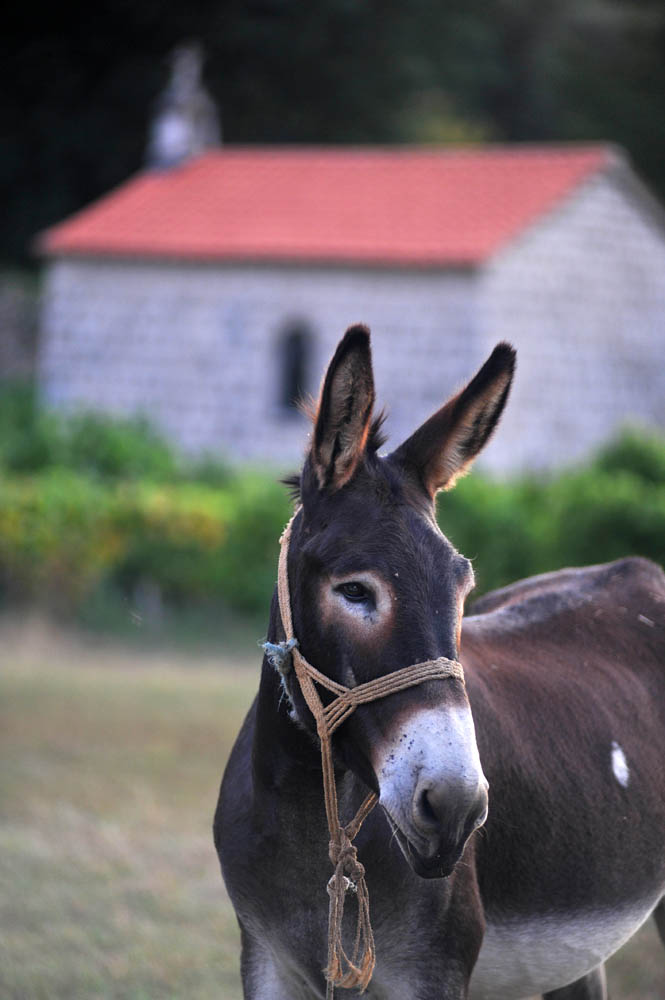
Southern Dalmatia is just like the Mediterranean - inexhaustible and immeasurably deep, like a magical book in which a brand new page is written every day, tickling all the senses.
Visiting Konavle, the Dubrovnik coastline and the Dubrovnik Municipality, one gets to know not only the divine, unreal fairy-tale nature, but also the spirit and culture of the hosts and their centuries-long local traditions.
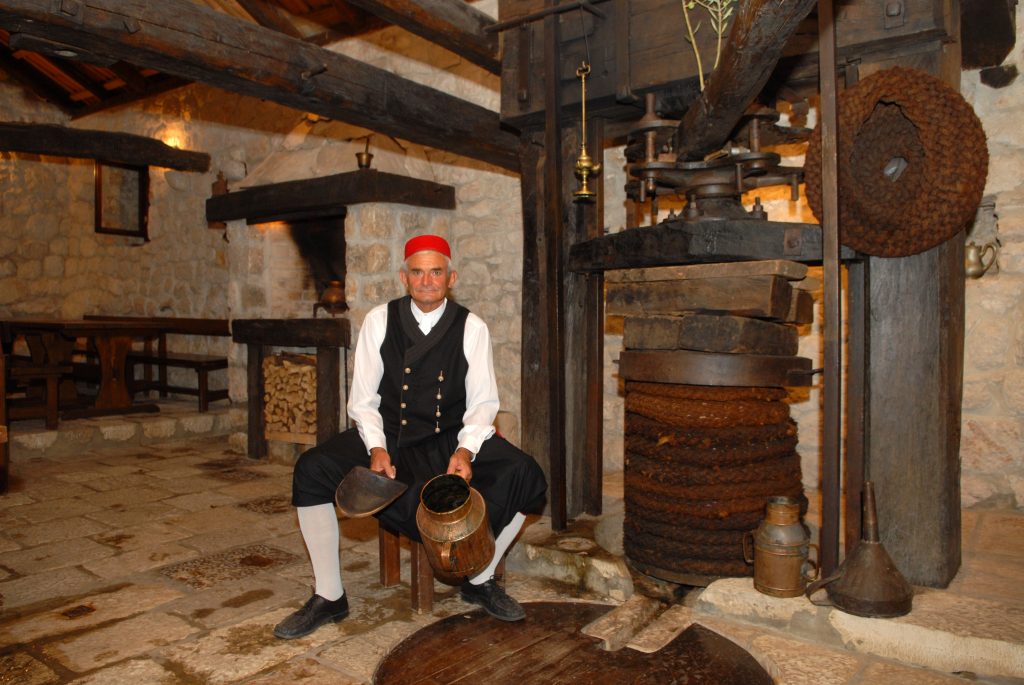
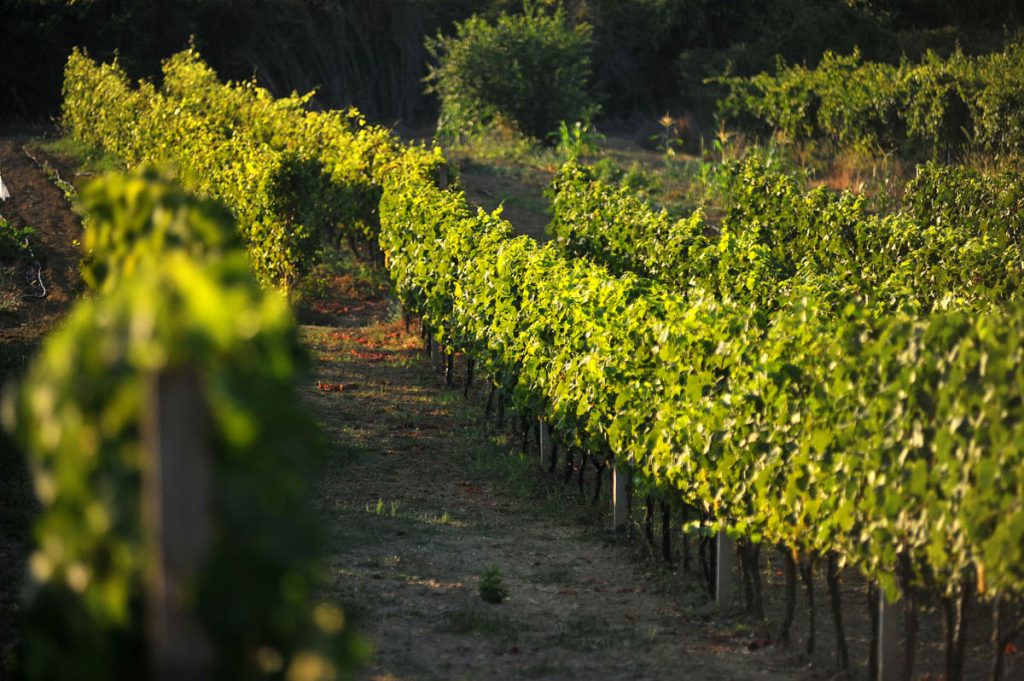
Only twenty kilometres from Dubrovnik lies beautiful Konavle - Dubrovnik's golden valley, a rural jewel full of Croatian treasure chests. Vast vineyards and olive groves, the green of the tall cypresses, the harshness of the karst rocks, and the deep blue of the Adriatic are the colours with which this climate has been generously rewarded.
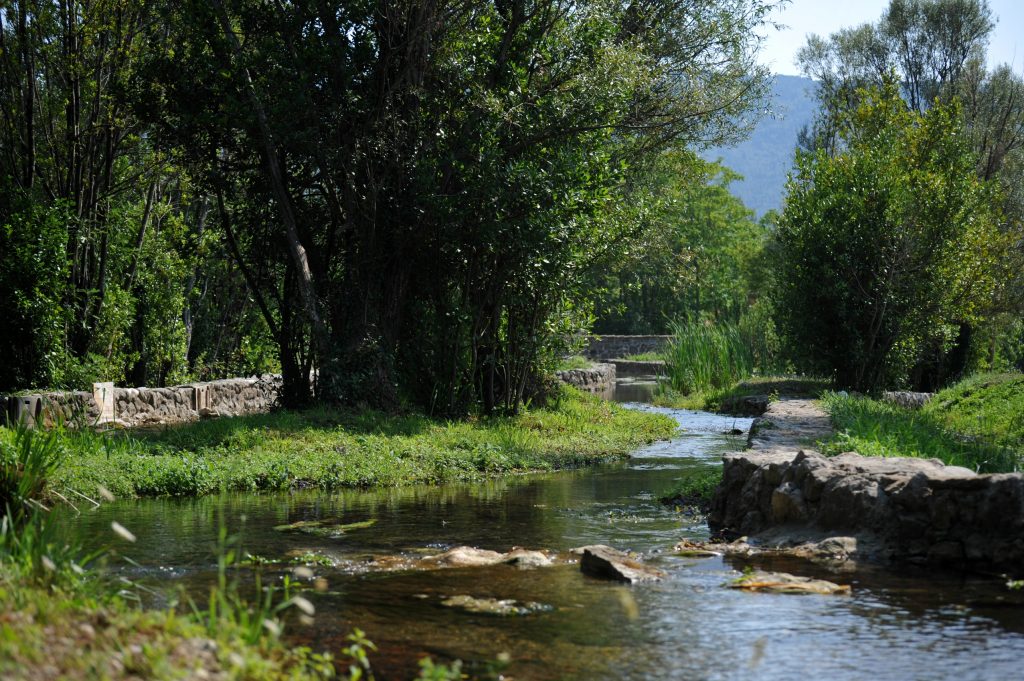
Blend in with nature by walking or cycling along the well-maintained paths, smell the healing scent of the local Mediterranean herbs and refresh yourself with the clear water at the source of the Ljuta River.

Try your hand at horseback riding: with a soothing trot perched on the backs of these noble animals, the experience of vast meadows and fields is utterly unforgettable. Head along the old Austro-Hungarian paths interwoven with indestructible dry stone walls and conquer the beautiful peak of the imposing mountain beauty of Sniježnica, Sveti Ilija.

Discover hard-to-reach, untouched beaches ideal for a true Robinson-style holiday and explore the mysterious depths of the surrounding sea which hide the largest amphora site in all of Croatia. Check why the sunset in Cavtat is so special and magical.

You know what they say, when in Rome, live the Roman way, if you're somewhere else, live however the ‘’way’’ is there! What better way to get better acquainted with local traditional ways of production than to try them out for yourself? Picking and processing olives, producing olive oil, that elixir of life; picking grapes and producing wine in a way that has been handed down from generation to generation for hundreds of years.
In addition to Malvasia from Dubrovnik, a wine that was also enjoyed by the ancient Greeks, and during the time of the Republic of Dubrovnik it was a protocol gift from the prince to the guests of Dubrovnik, numerous other autochthonous species are grown down in Konavle, among which, Plavac mali wine really stands out.

See the unreal work and skill involved in local silk production, essential for brilliant silk embroidery, a part of the local Konavle women's costume, the ancestral dress that is still very much alive and present in this, the southernmost Croatian county, to this very day. For a unique souvenir and a truly beautiful decoration, reward yourself with a pair of gorgeous Konavle earrings - these earrings have a half-moon shape and are made of gold wire, with a pendant with two small pearl beads. They are an important part of local family treasures which were passed down through the generations and are a living witness of a long tradition and the skillful hands of master goldsmiths.
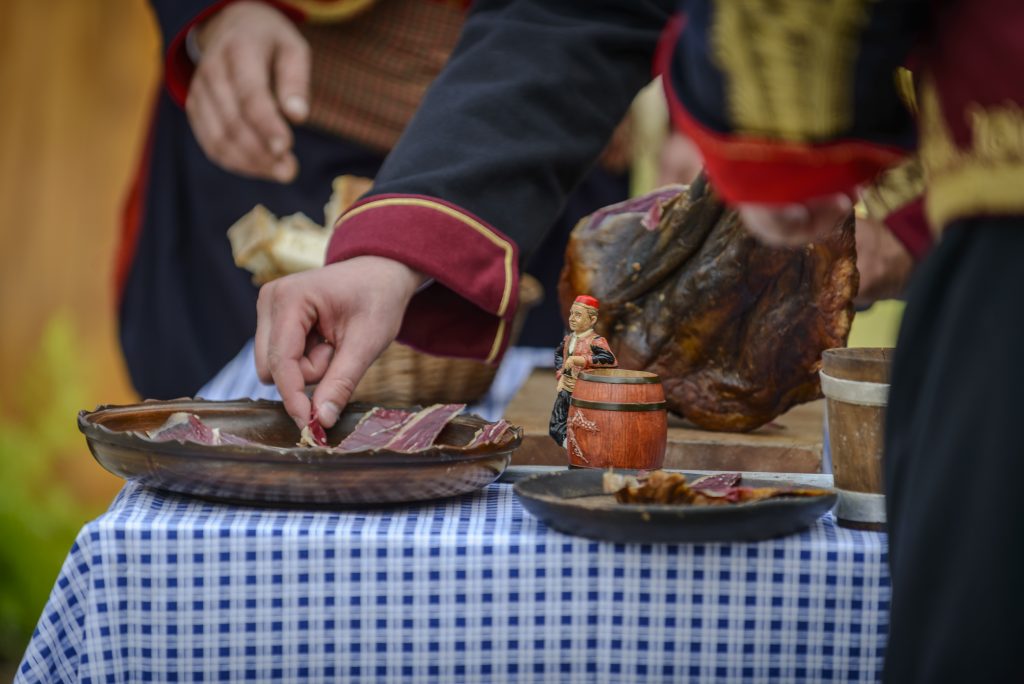
Numerous restaurants and taverns base their rich gastronomic offer on home-made, healthy and traditionally prepared cuisines from Konavle. Organic products from local family farms and agro-tourism facilities will also all captivate you with their fullness of taste and aroma, and many also offer interesting programmes for their guests, such as a school for cooking old-fashioned dishes - so you can become an excellent chef and prepare green menestra, the oldest dish originating from the famous Republic of Dubrovnik, among other dishes which have been being made by Konavle locals for generations.
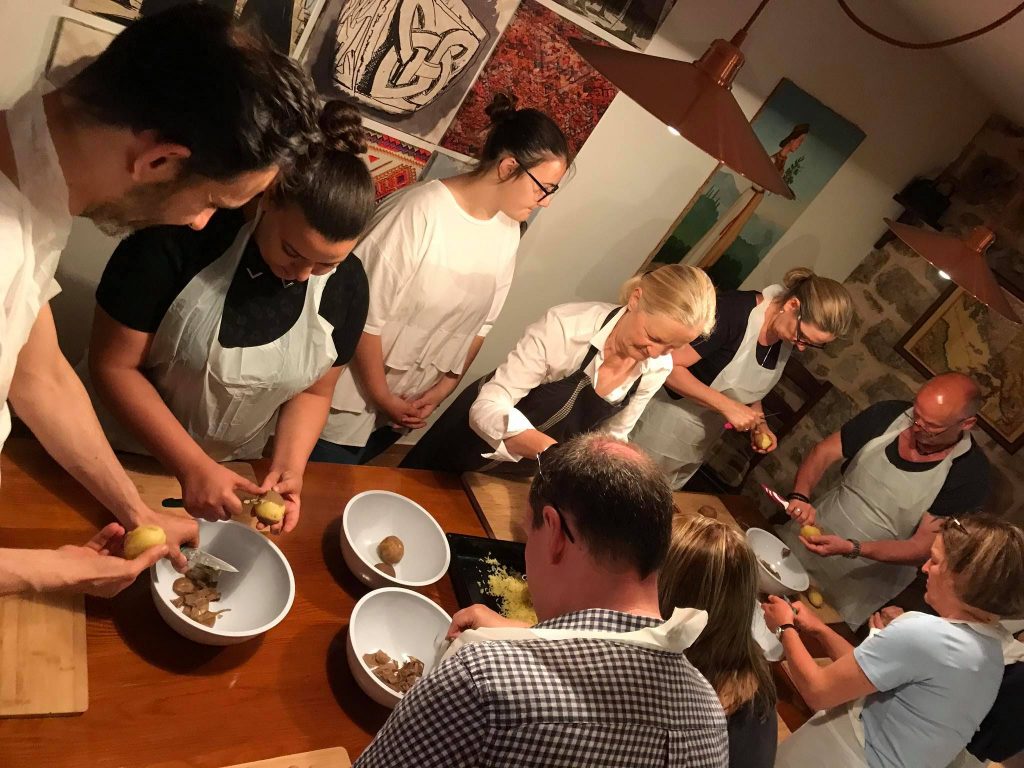
Sweeten your palate up with mantala, a traditional dessert, or refresh yourself with zavajuna, the simple energy drink enjoyed by our ancestors. You should definitely try out the homemade cheese made from mixed cow's, sheep's and goat's milk.
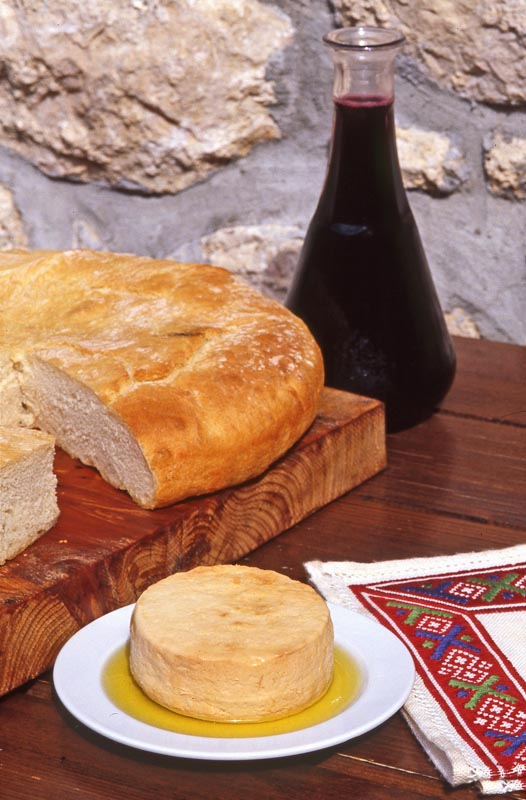
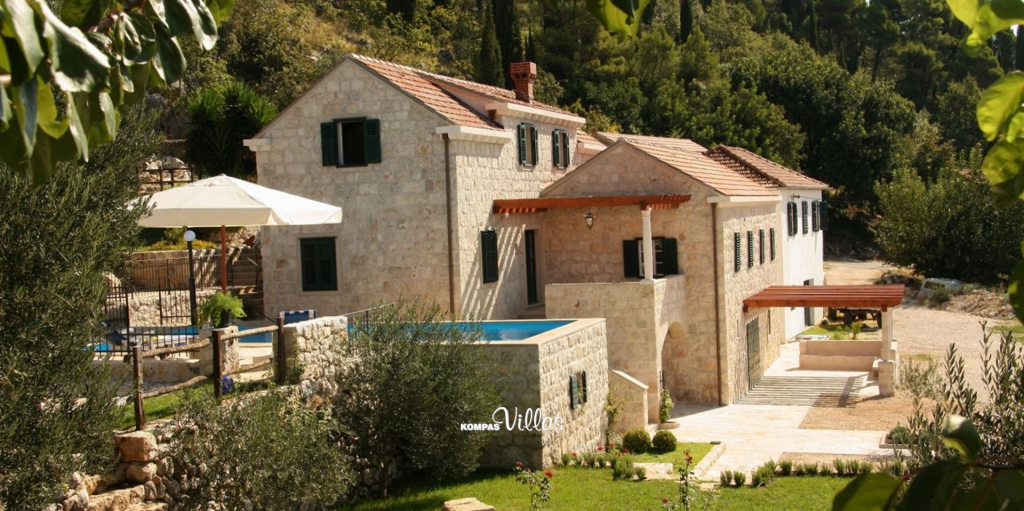
When it comes to finding somewhere to stay, Konavle villas, apartments and other accommodation facilities are waiting for you with open doors and arms.
In the Traditional House of the Dubrovnik Littoral in Slano, there are some interesting facts about prehistory in the area of the Dubrovnik Littoral to be learned. Early Christian sarcophagi, the Prince's Palace in Slano, various maritime traditions, coastal costumes and other historical and ethnographic heritage can all be seen there.
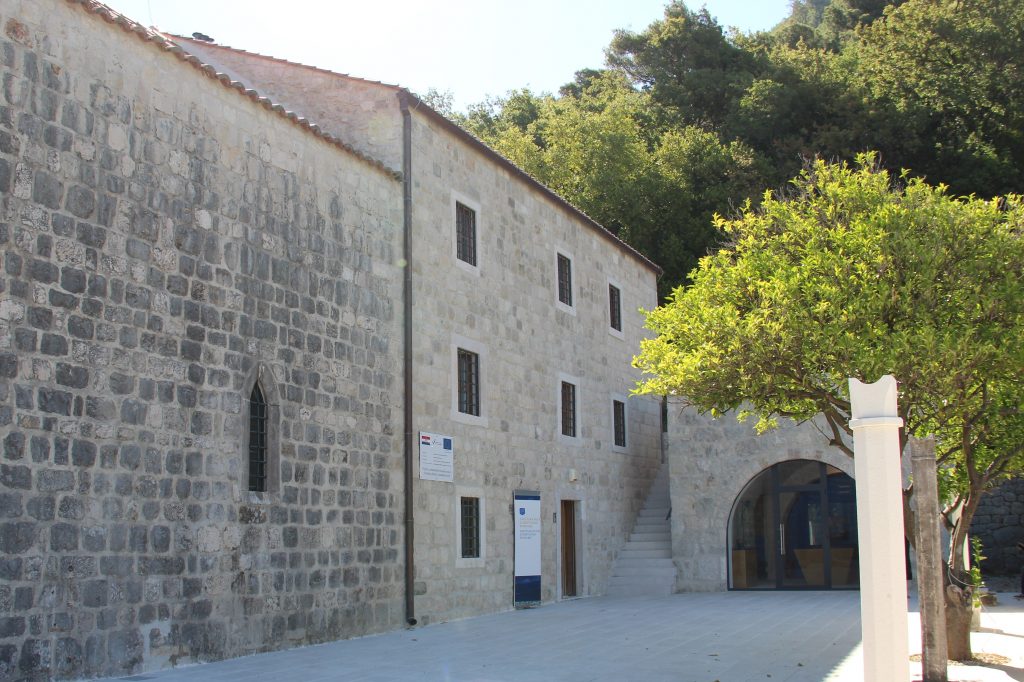

The entire Dubrovnik Riviera is an ethereal space full of enchanting landscapes, picturesque villages, hidden beaches, evergreen thickets and ancient olive groves. Once part of the glorious Republic of Dubrovnik, it has always been at the intersection of historical, economic and trade routes.

History carved into the old stone can be read on stećaks, which are tombstones, of which there are over a thousand in Dubrovnik-Neretva County alone, and the most intriguing is the "Snake Stone’’ located at the Greblje-Bistrina site.
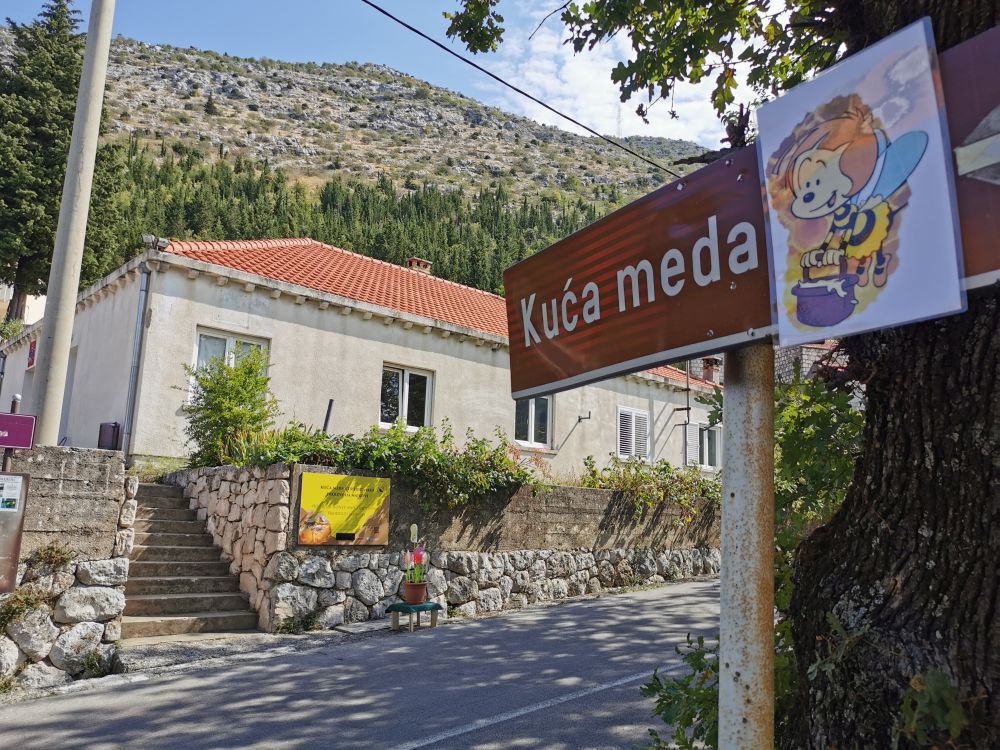
You should definitely visit the House of Honey and Traditional Products in Majkovi, the centre of beekeeping in Croatia’s southernmost county. Bee products are medicinal and prepared in the traditional, proven way of our elders.
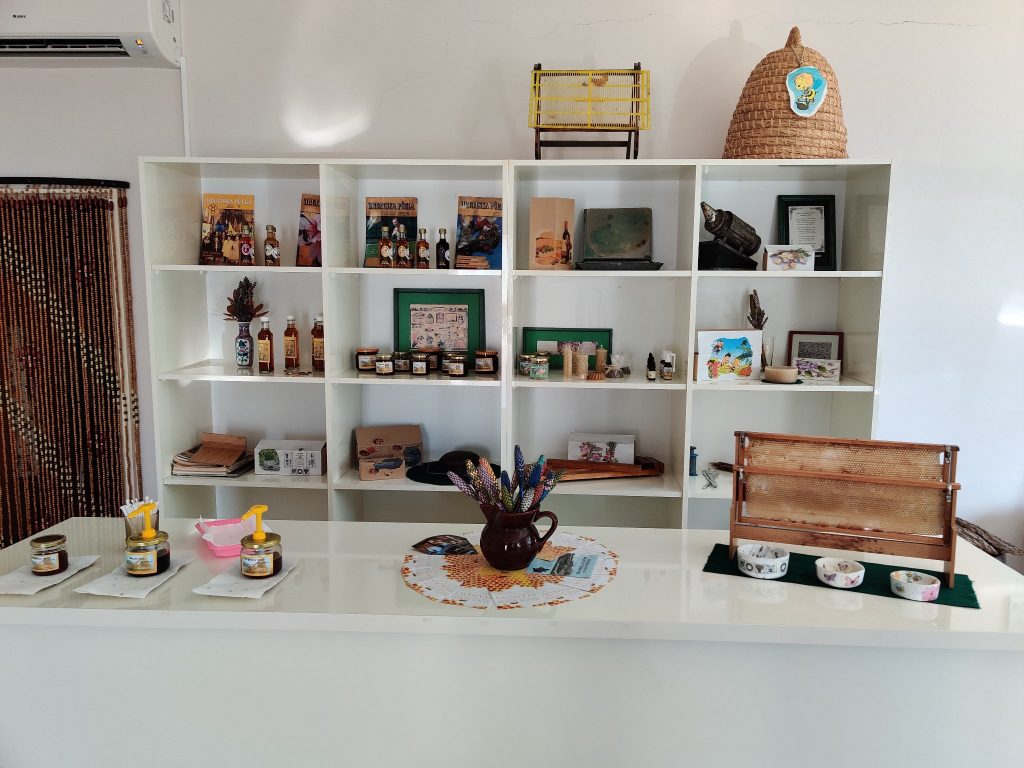
The Dubrovnik Parish is geographically small, but it is a place of hard-working sailors, fishermen, farmers and labourers, precious folk customs, picturesque costumes and rich folklore. Even today, you can hear the lively sounds of the Lijerica, a Dalmatian folk instrument, and watch traditional dancing (kolo). Family jewellery, dignified and rich in gold and pearls, was jealously guarded and proudly passed down as a legacy from generation to generation.
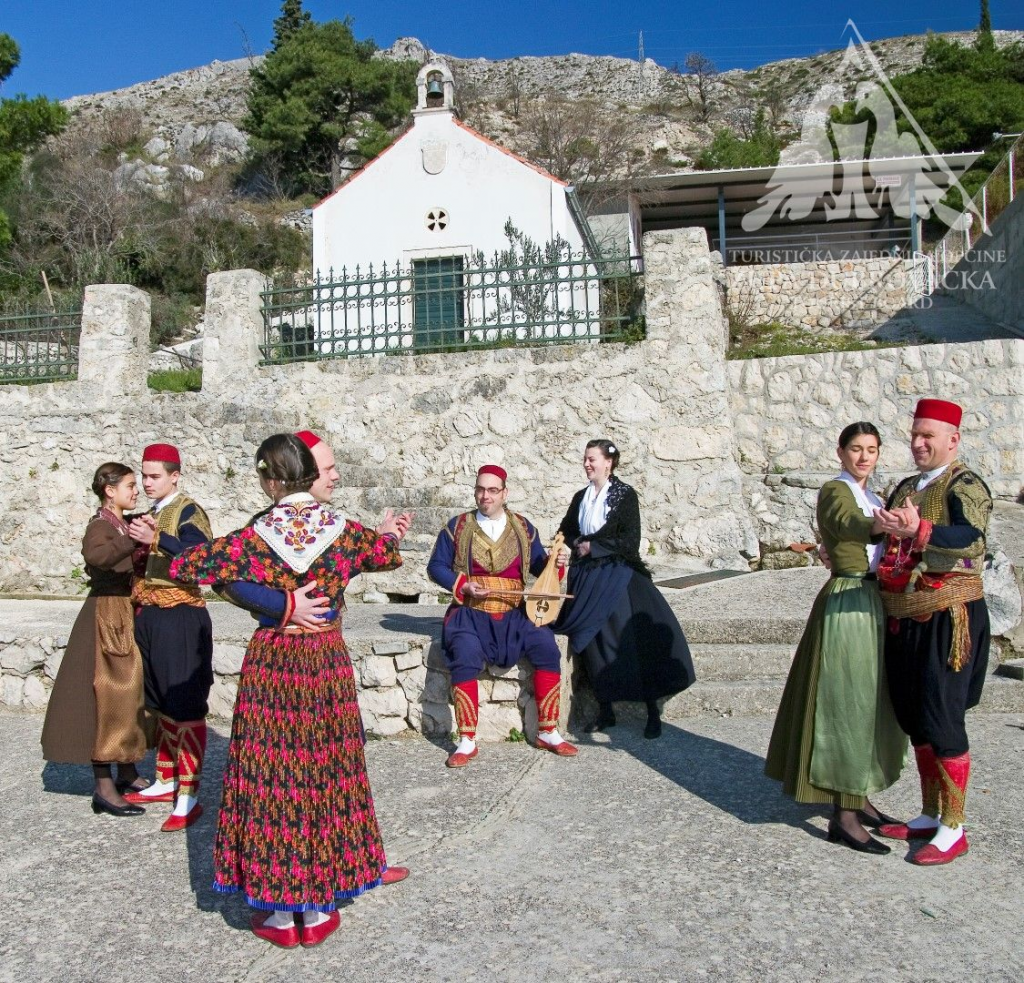
Visitors looking for a more active holiday in Konable can explore this area shaped by beauty through an ATV safari, and for a real adrenaline injection, embark on a jet-ski or zip line adventure.


Allow yourself to be conquered by the passionate south of Dalmatia and preserve a collage of memories woven with the smells and tastes of delicacies, enticing drops of wine and locally made olive oil, the fruits of the calloused hands of weary workers and fishermen.

And most of all, enjoy the endless hospitality of your hosts and take home a sense of community and belonging from this magical part of Croatia.
Photo: Archive of tourist boards of Dubrovnik - neretva county, Cavtat-Konavle, Slano
The magic of a perfect holiday spent in the town of knights
The nature in and around Sinj and the entire Cetina region has always effortlessly provided perfect backdrops ideal for various types of active holidays and outdoor activities. The clear and swift waters of the gorgeous Cetina River lap gently against the vast and fertile Sinj plain, and the karst queen mountains of Svilaja, Dinara and Kamešnica all protect their kingdom with their stone springs..
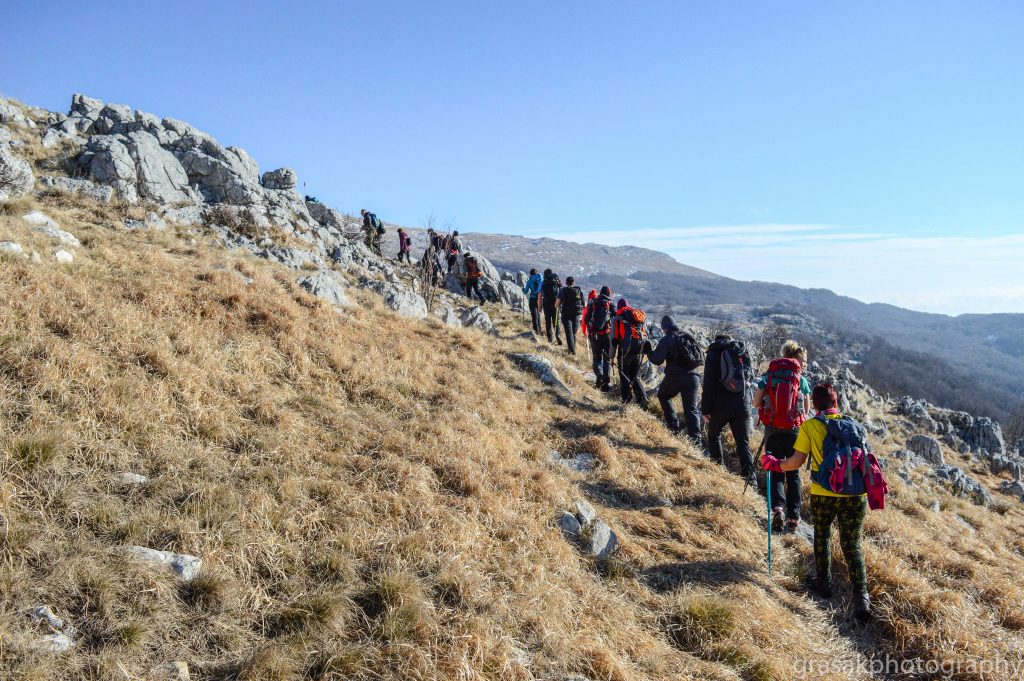
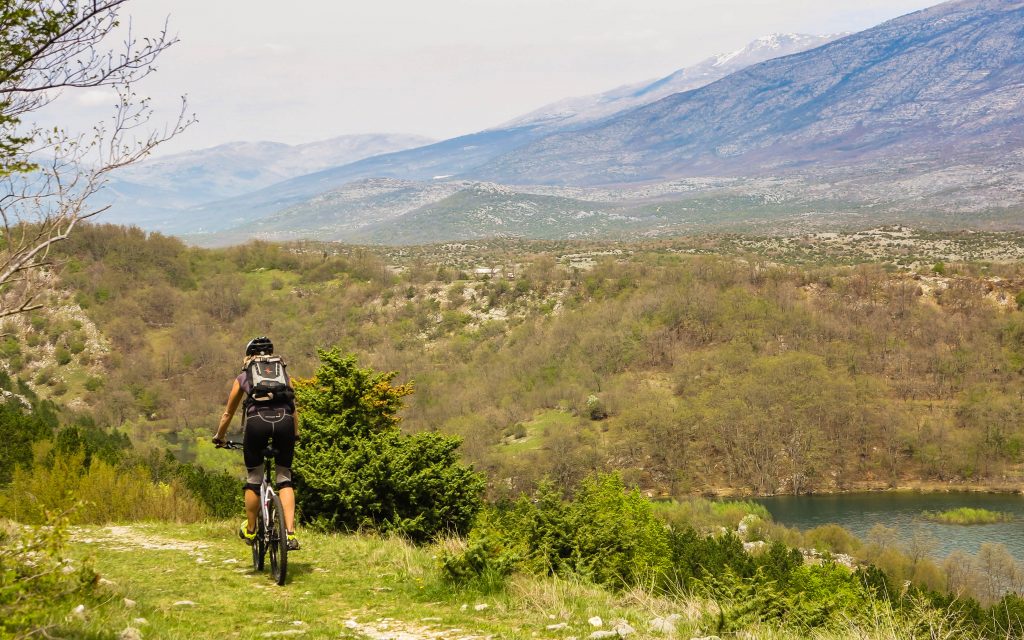
The long tradition of Sinj mountaineering is the best guarantee of an unrepeatable experience filled with conquering magnificent peaks and taking in some utterly spectacular views. Get out of your comfort zone and take a deep breath, filling your lungs with the perfectly clean mountain air, feel alive behind the wheel of a quad vehicle, or design your very own cinematic jeep safari adventure
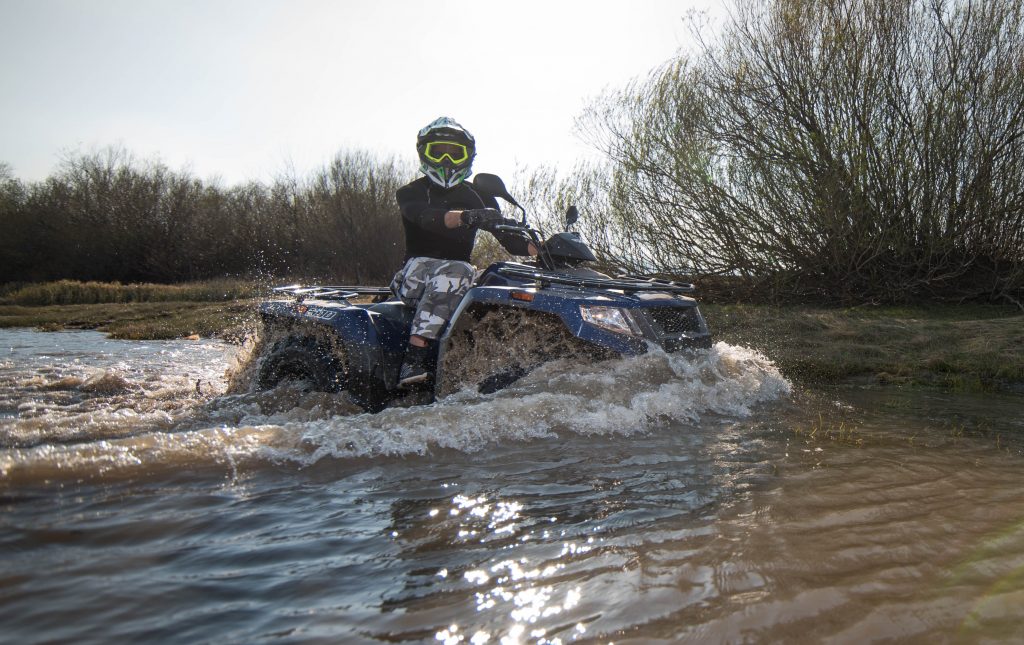

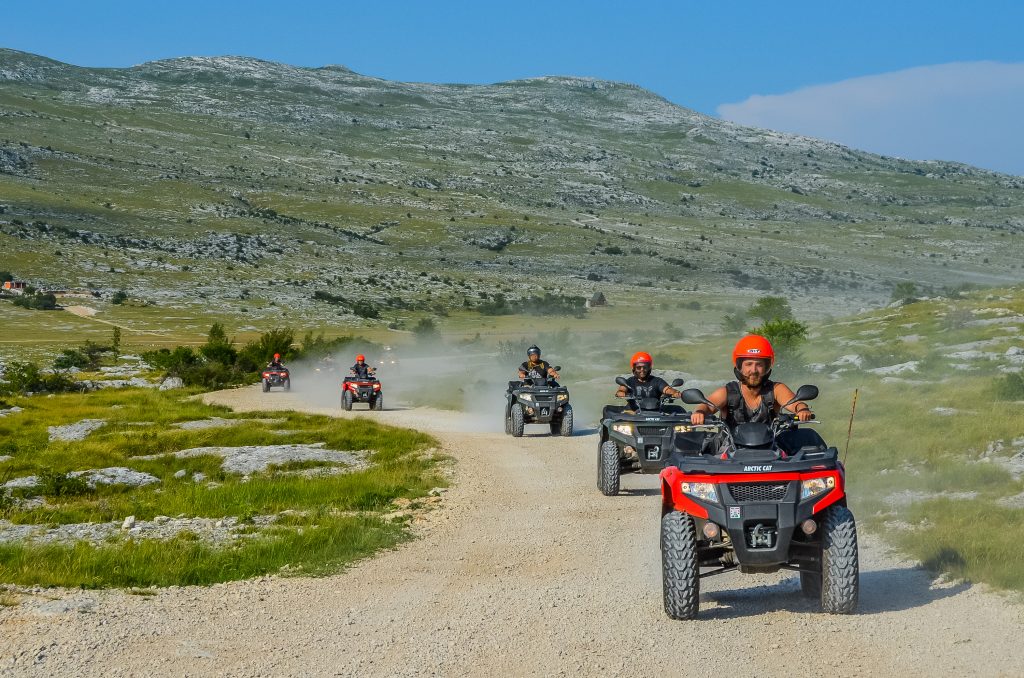
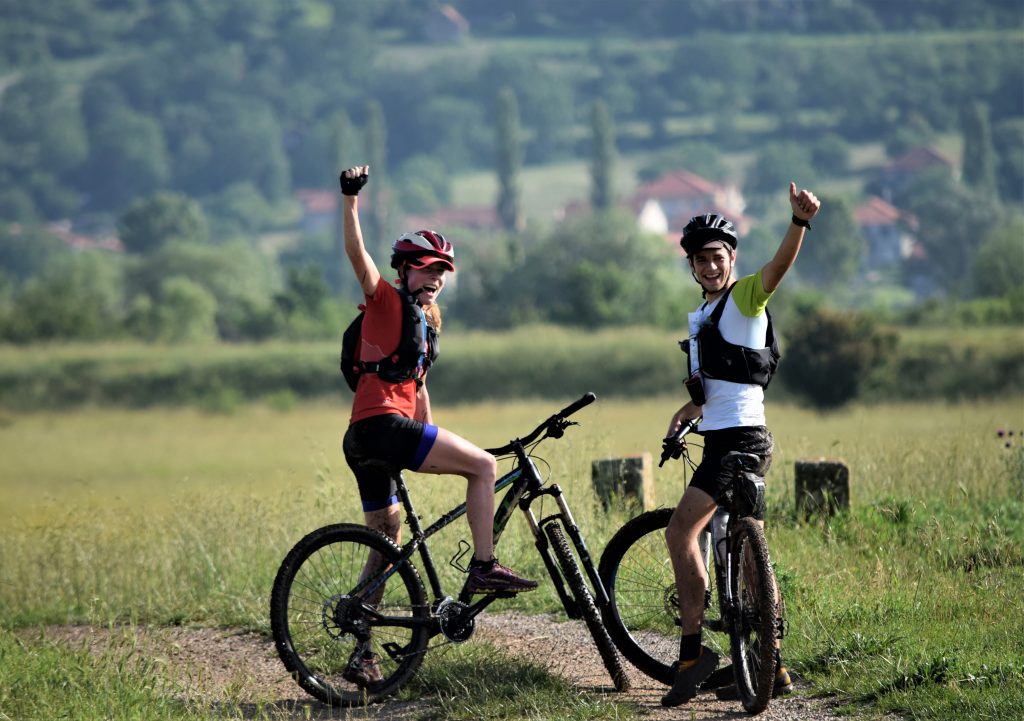
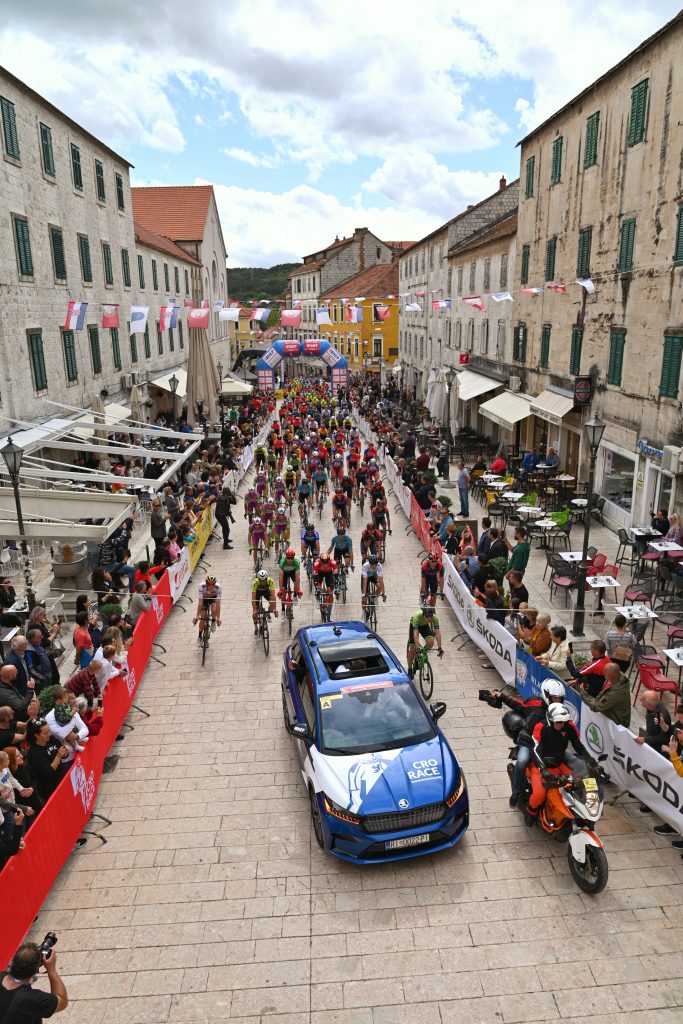
Numerous agencies with ideally designed arrangements will take care of the original experience of the "tamed wilderness" of the stunning Cetina region. Well-maintained bicycle paths will also take you along some ancient roads which have been touched with periods of rich yet very turbulent history. Recently, Sinj has also been the proud host of one stage of the exciting international Cro Race cycling race.
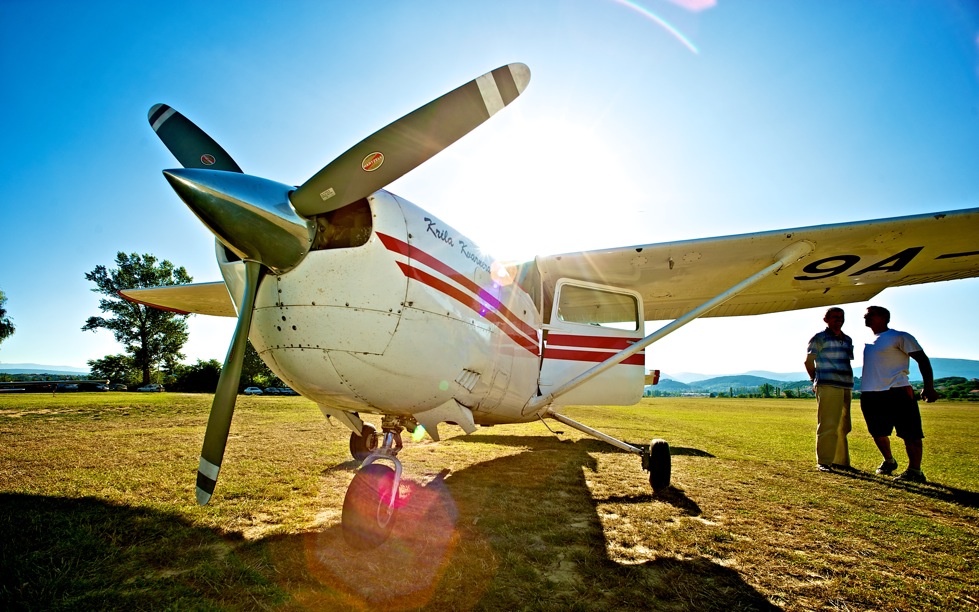

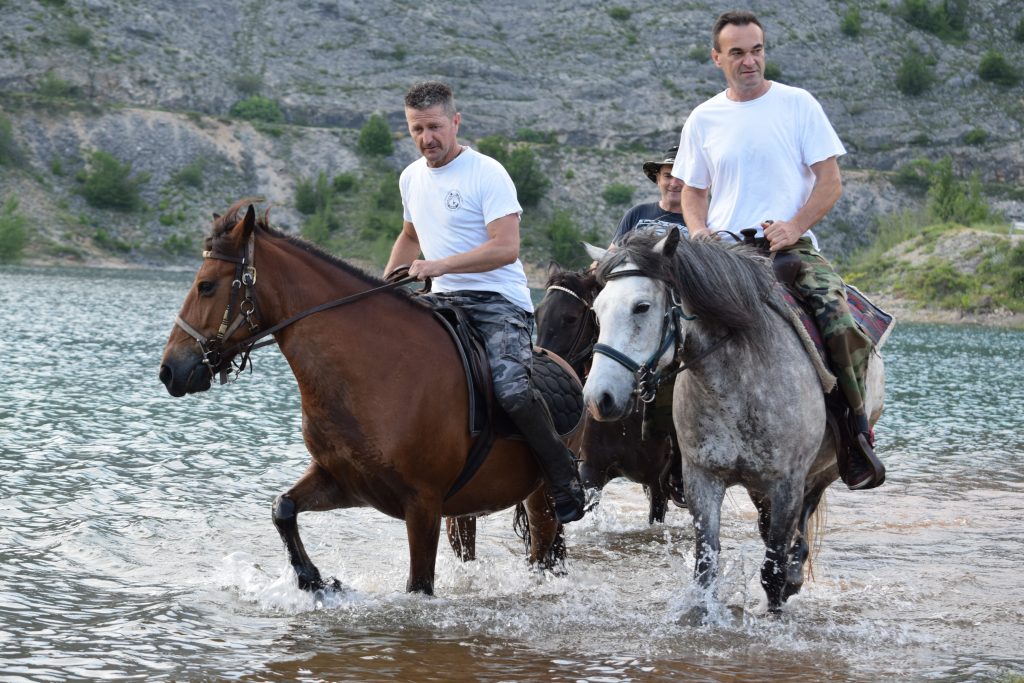
Closely associated with horse breeding and equestrian sports since way back in ancient times, Sinj also offers a newly built and superbly equipped riding hall and a great opportunity for visitors to come and ride. Safely seated on the saddle of a noble creature, at a light trot accompanied by the soothing patter of hooves, there couldn’t be a better way to explore the network of riding trails the Sinj area provides. A visit to the Sinj Hippodrome, the second largest in all of Croatia, and the impressive Alkar stud is certainly a unique experience for all.
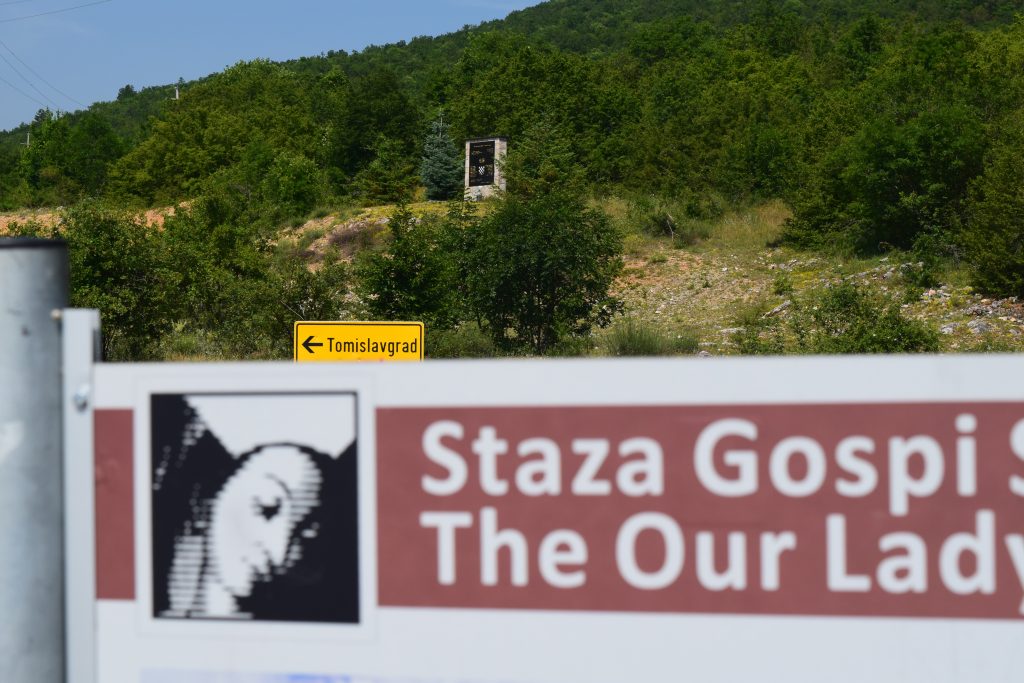
For all those who prefer to rely on themselves and discover things as they come by simply taking a walk - have no fear - whichever direction you head in, new panoramas and gorgeous picturesque corners of the area unfold before your eyes as the most precious gifts.
You will find the inspiration of a spiritual pilgrimage if you decide to walk along the well known Path of Our Lady of Sinj, known as the wonderful "Croatian Camino", as well as along the path which takes you towards Sinj's Old Town, which boasts fourteen ‘’Stations of the Cross’’ and various astonishing works by great Croatian sculptors, all in an idyllic wooded location.
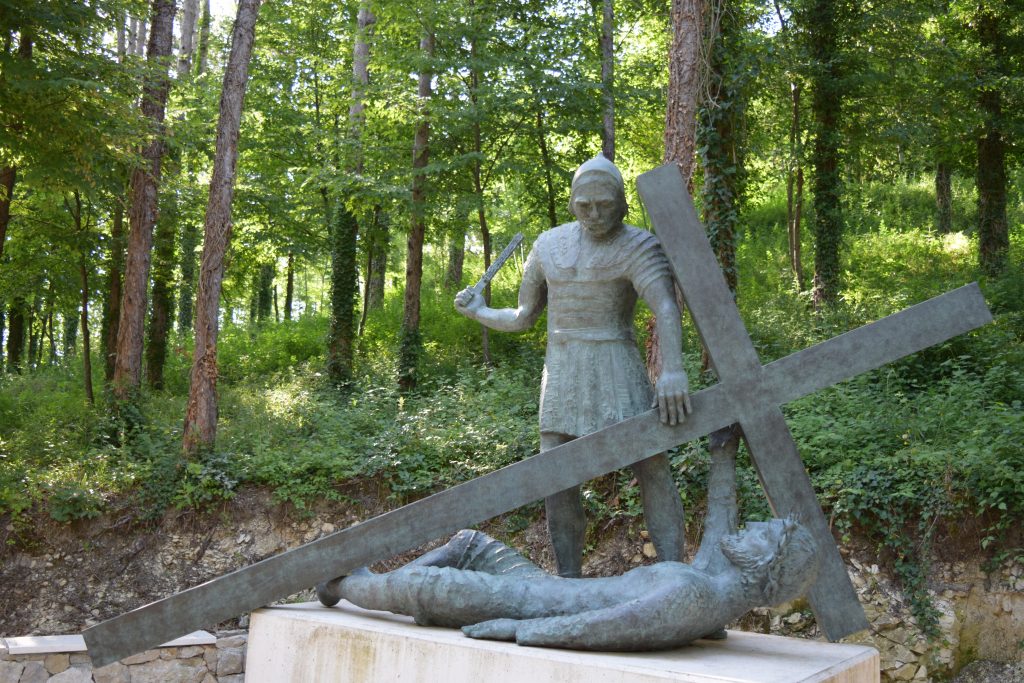
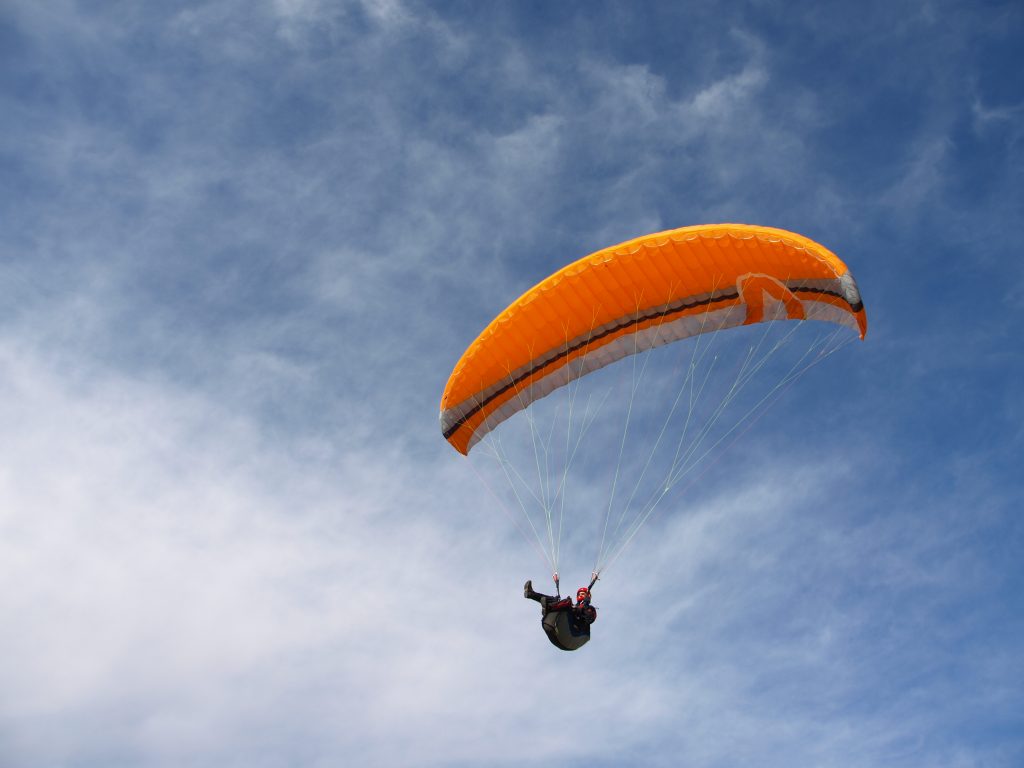
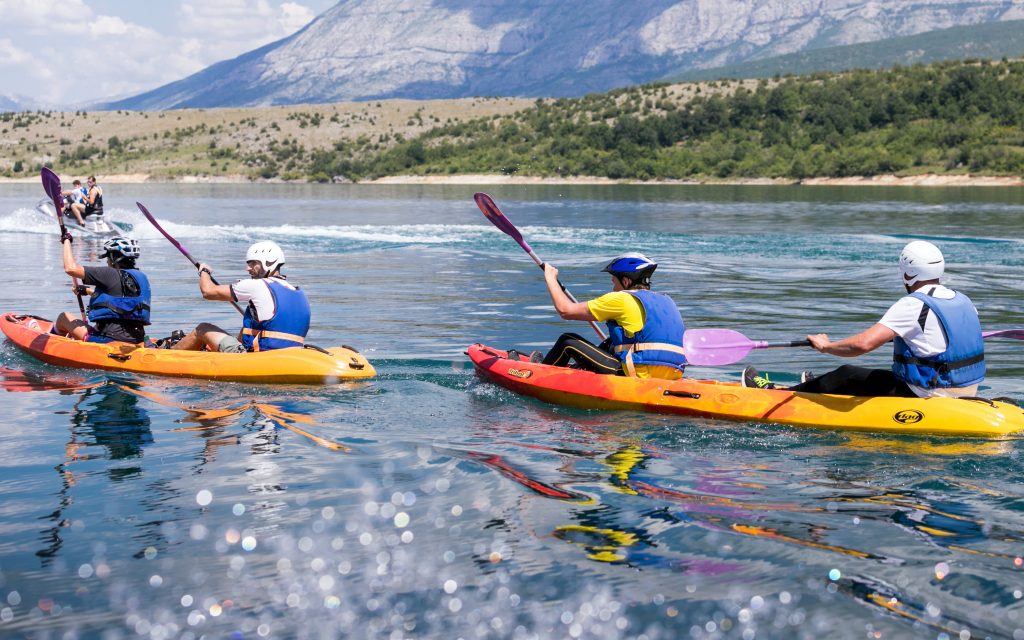
Adrenaline-seeking visitors can try their hands at canoeing through the rapids of the Cetina River, paragliding or even skydiving – Sinj even has a functional sports airport! Even certain larger cities might rightfully envy Sinj’s very well developed sports infrastructure: tennis courts, football and rugby stadiums, an athletics track, and believe it or not, a city swimming pool of Olympic dimensions which refreshes the people of Sinj and their guests during the hot summer months.
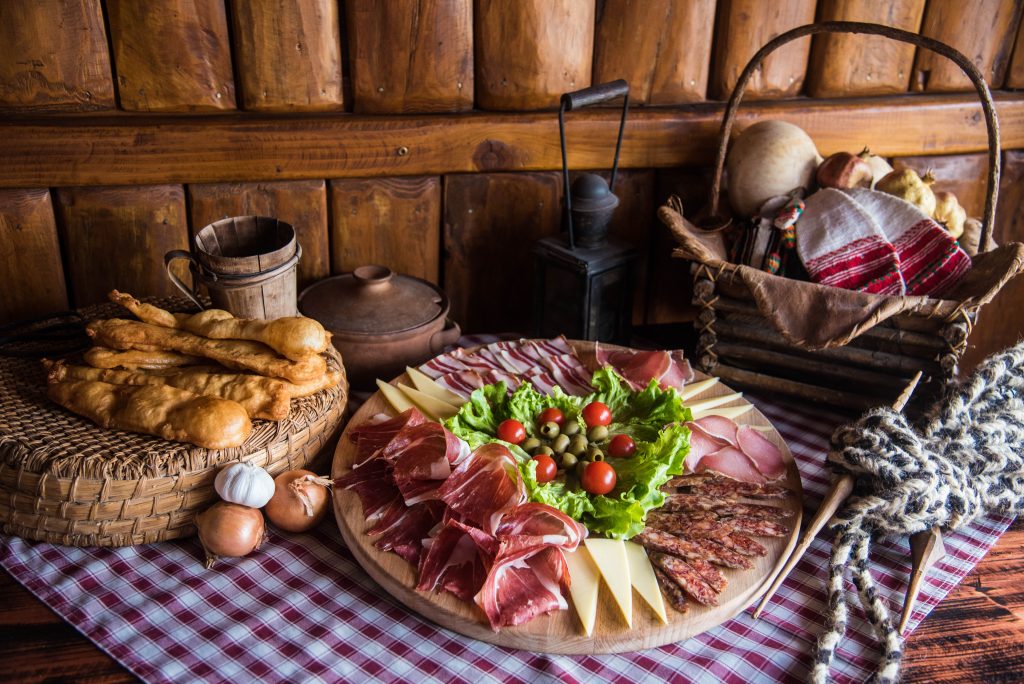
However, none of the buildings and activities would be worth what they are if it weren’t for the warm hospitality shown by Sinj’s residents and hosts - the people of Sinj are widely known as hosts who welcome people to their town with a full heart and a full table - they will open their doors to every traveller. The rich and unique gastronomy of this area is the result of centuries of contact, which hasn’t always been friendly, between East and West, the Mediterranean and the continent.

Sinj arambaši are a world-famous delicacy without which no celebration will be complete, homemade prosciutto whipped into its perfect shape and taste by the harsh bura winds, mišni cheese ( cheese made from sheep's milk which also then ages in sheepskin) accompanied by the enticing taste of fragrant herbs growing on nearby mountain pastures will overshadow all other foods... In Sinj, food is truly an art.
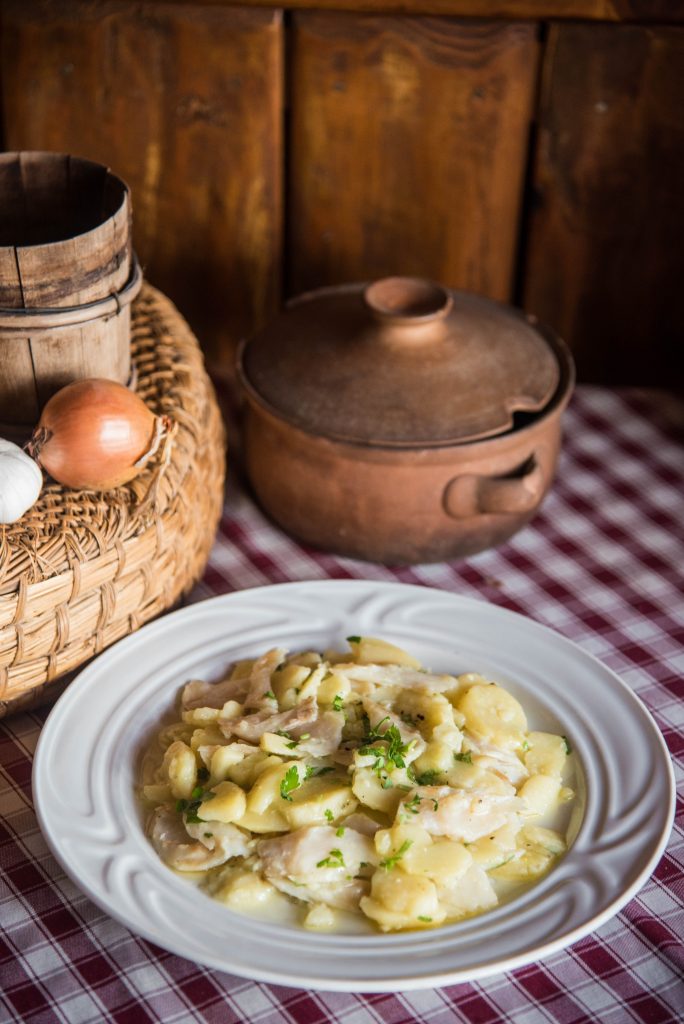
Always at the hub and crossroads of civilisations, Sinj, known as the town of knights, is situated under the remains of the Grad fortress, on which sits a small votive church built on the two hundredth anniversary of their arrival from Rama (which is now within the borders of Bosnia and Herzegovina). The fateful exodus of the people fleeing from the marauding Ottomans and their oppression forever marked the identity of this heroic town - the town of the Alka of Sinj and the Miraculous Lady of Sinj.
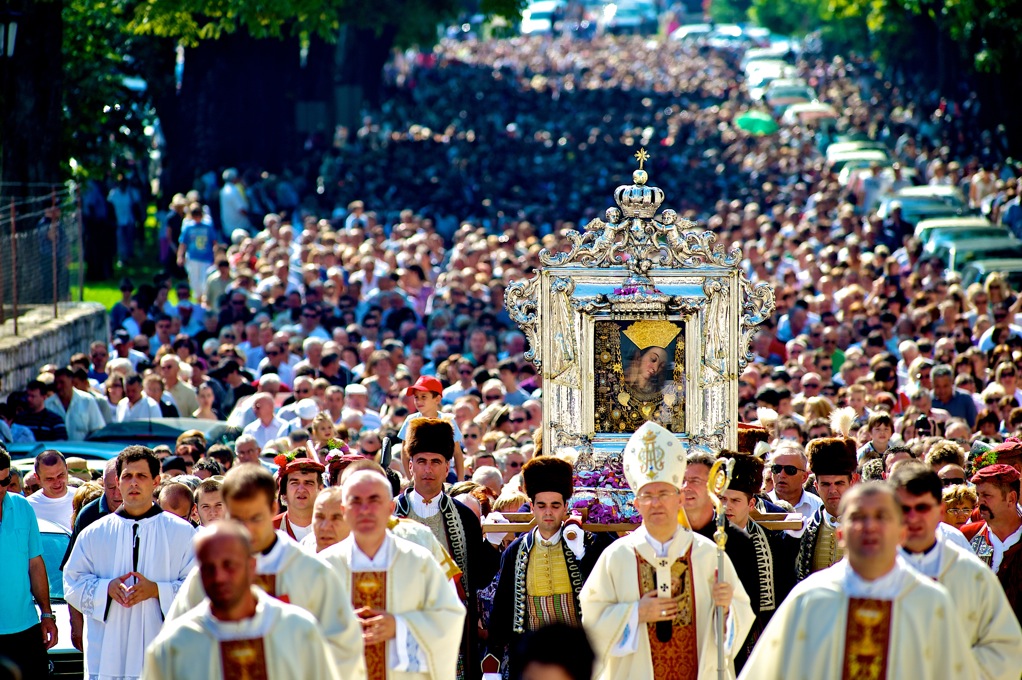
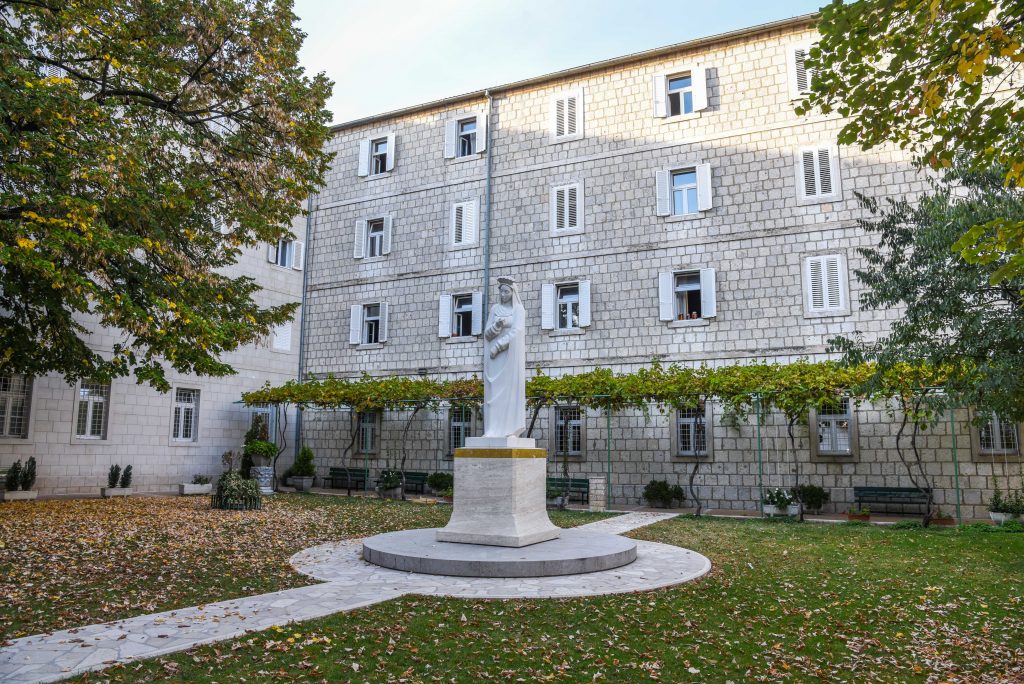
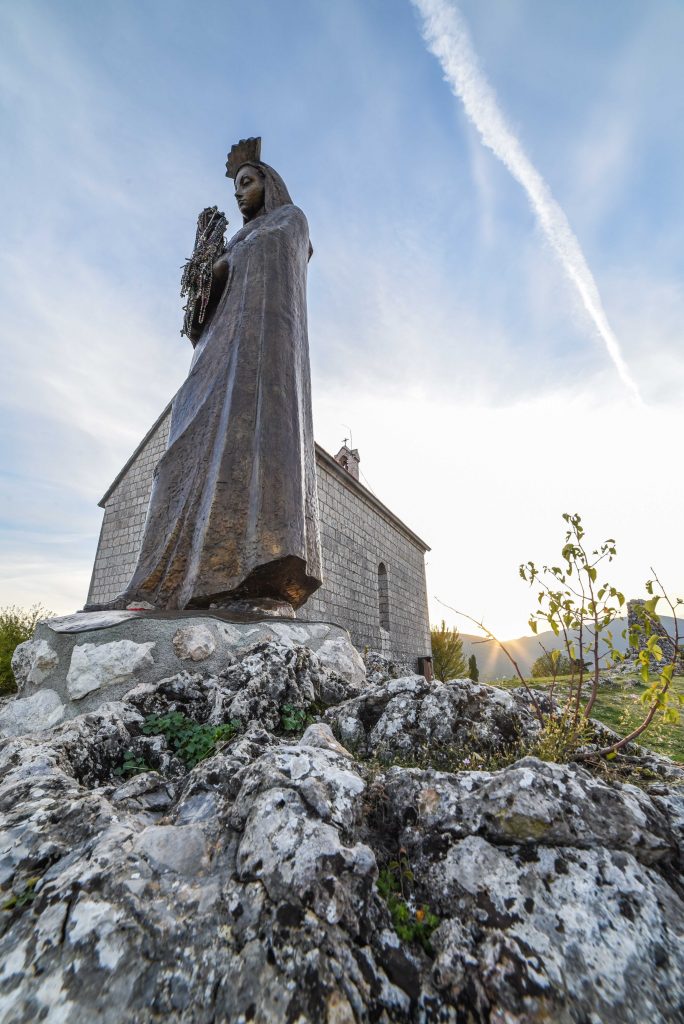
Its historic victory in 1715 gave birth to the ‘’knight's game’’, which has now entered its fourth century and is also protected by UNESCO due to its priceless value. The unbreakable bond and gratitude to the Mother of God springs from every corner, and most of all in the magnificent sanctuary of the Miraculous Lady of Sinj, the most faithful advocate of the Croats, always full of believers eager for comfort and hope. Last year, the sanctuary also hosted an important Congress of the Spiritual Heritage of Marian Shrines.

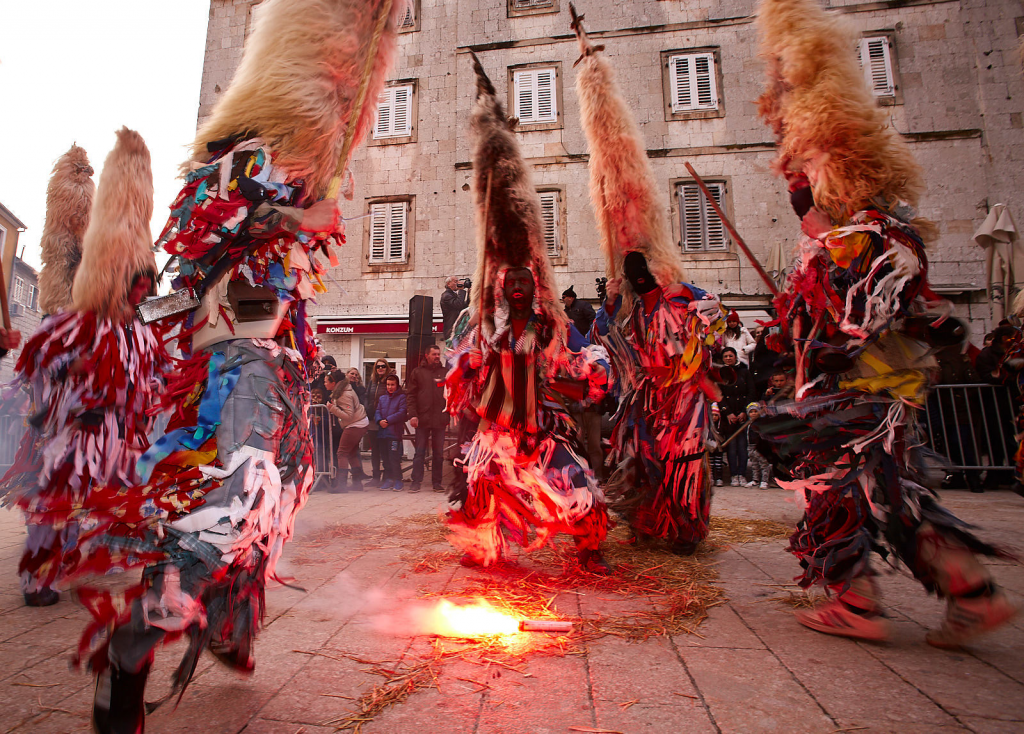
The museums of Sinj both exhibit and nurture the fruits of the area’s utterly rich cultural and historical heritage, and the galleries are popular places for interesting events, concerts and exhibitions of both local and foreign artists. The Museum of the Sinj Alka doubles up as an innovative and interactive centre that successfully combines tradition and modernity.

If you happen to find yourself in Sinj during the time of the carnival, get ready for a surprise. The traditional carnival processions of Podkamešnica villages (villages situated under the Kamešnica mountain), the famous and imposing Didi from Kamešnica will certainly impress you with his appearance and performance. He’ll also effortlessly drive away the ghosts of winter.
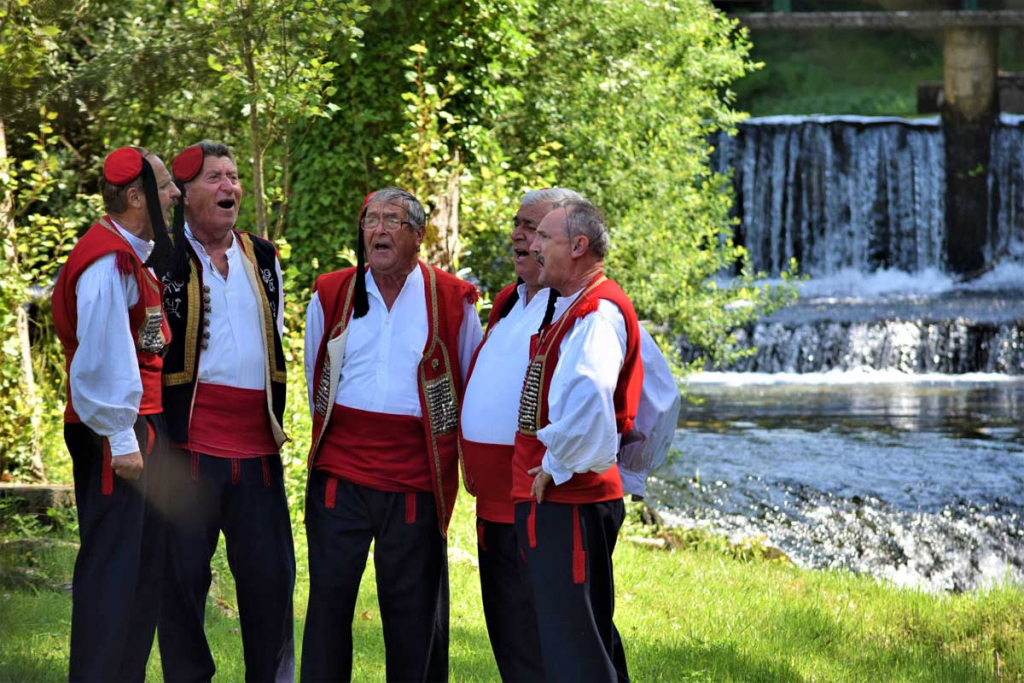
The defiance and resilience of Sinj’s local population is also reflected in what’s known as the traditional silent circle dance performed almost exclusively without music, (Croatian: nijemo kolo), the value of which was also readily recognised by UNESCO and included in the Representative List of the Intangible Cultural Heritage of Humanity back in 2011. The sounds of the old ojkavica/ojkanje and the rera are still passed down from generation to generation in the Dalmatian hinterland.
Ojkavica, which got its name from the characteristic exclamation oj, has also been on the UNESCO list of Endangered World Heritage since 2010. Rera, a vivid two-part song, is deeply rooted in the identity of the people of the Cetina region and often describes everyday occurrences, conflicts between neighbouring villages and local characters and customs. It also mocks human flaws and weaknesses, often with very specially chosen vocabulary.


Skilled local hands remain the living witnesses of all of these often ancient traditions - they weave the heritage of their ancestors into every stone of the dry walls of the Dalmatian hinterland, and with every stroke of the oar against the Cetina’s crystalline waters. The art of boat building in Otok near Sinj is a protected intangible asset of the Ministry of Culture of the Republic of Croatia. Today, Cetina boat races and events such as the Žabarijada (a frog jumping competition), the cleaning of the Cetina river bed and traditional fishing from a locally constructed Cetina boat are all held.
Another recognisable Croatian (and Dalmatian) art also finds itself UNESCO's Representative List of the Intangible Heritage of Humanity - the art of drywall construction - this is a monument more permanent than brass. Hardworking calloused hands took away the karst stone by stone and created wonderful, apparently eternal structures, passing on valuable knowledge to future generations.
That's how Sinj has become very well known as a real mosaic of perfectly arranged stones - rich gastronomy, remarkable natural beauty, warm-hearted local people, and plenty of things to do - all of which successfully creates a true masterpiece of the Dalmatian hinterland.
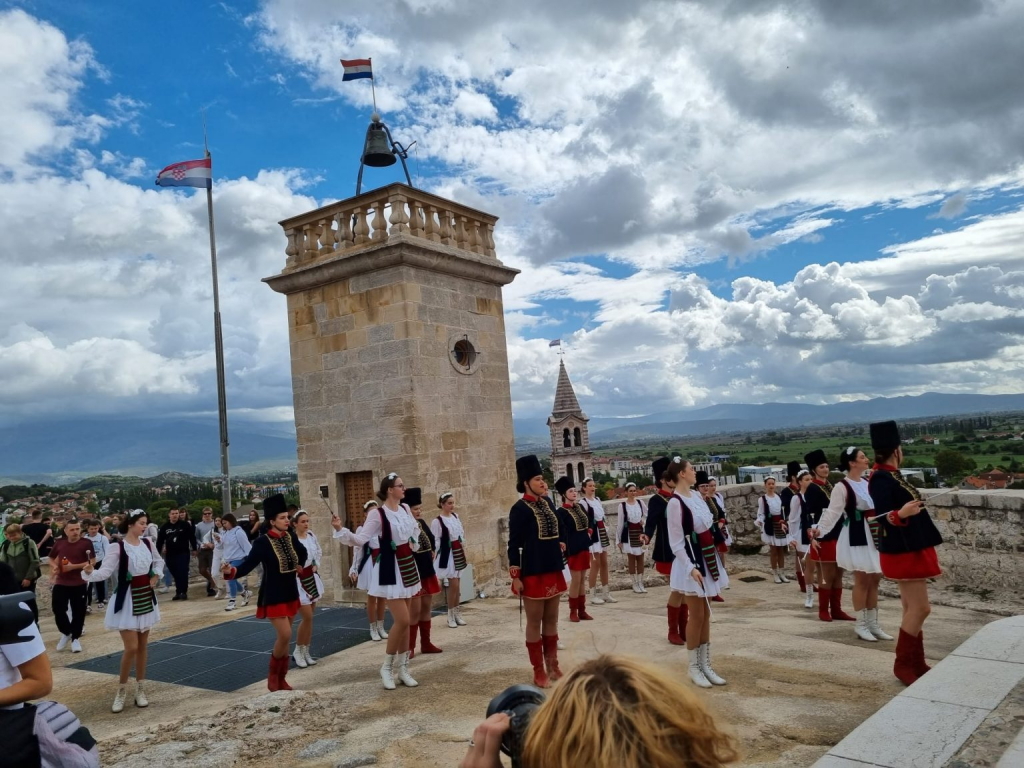
More: visitsinj.hr
Photo: Sinj tourist board
The allure of Omiš - What not to miss when visiting the town on the Cetina river!
Let the sun rise over the Fortica fortress and set again on the Mirabela fortress - the former
pirate lookouts, and make sure to snap some enviably beautiful photos for your social media
feed!
Treat your palate to some local delights such as soparnik – a delicious dish made from
Swiss chard, white and red onions and of course - locally made olive oil.
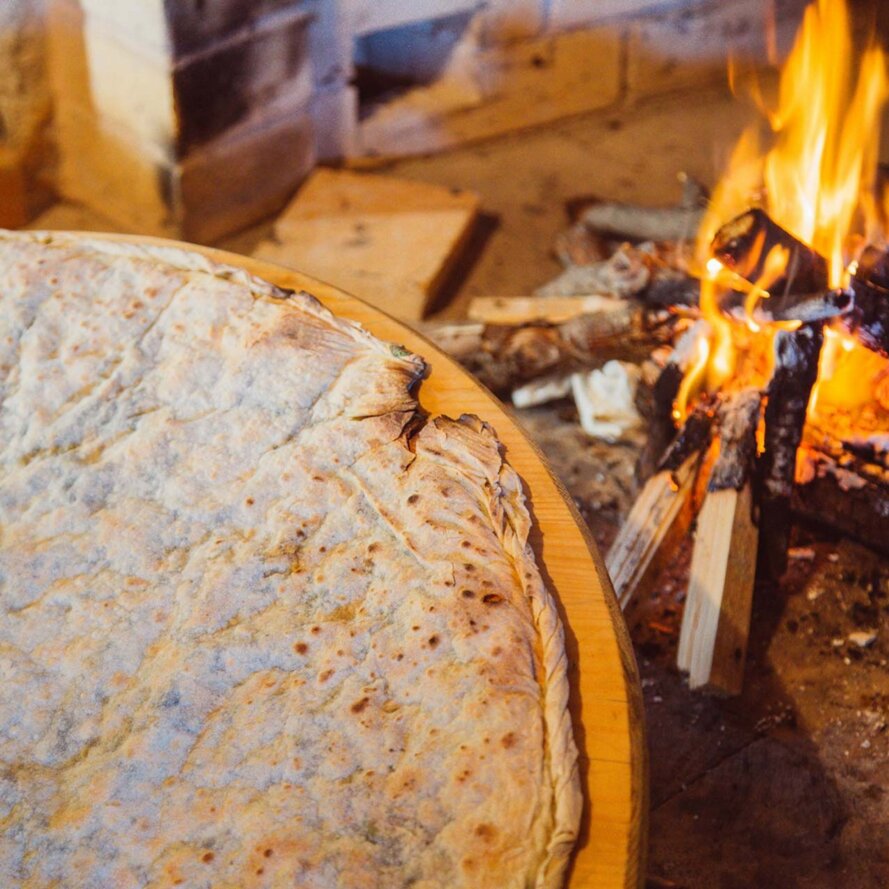

When your stomach is not only satisfied but also invigorated by this once rather heavy meal, which has now become a real gastronomic brand of this part of Dalmati, head to the canyon of the emerald green Cetina river - there you can walk, hike, run, climb, or enjoy some rafting, canoeing, and if you’re feeling brave, even try out the king of all adrenaline activities - the zip line.
Don’t forget to pay a visit to the nearby Radman mills, near which there is a hidden river
island better known as the island of love.
When you decide you’re getting a bit too hot, you can easily refresh yourself wonderfully by swimming in the stunning Cetina river, and if you prefer to explore the depths of the sea, dive into Vruja bay, which delights both professional divers and beginners alike.
If you’d prefer to stick to dry land, try your hand at a real competition - join in on one of the
Dalmatian trail leagues - ImberTrek or Mosor Grebbening and the Dalmacija Ultra Trail.
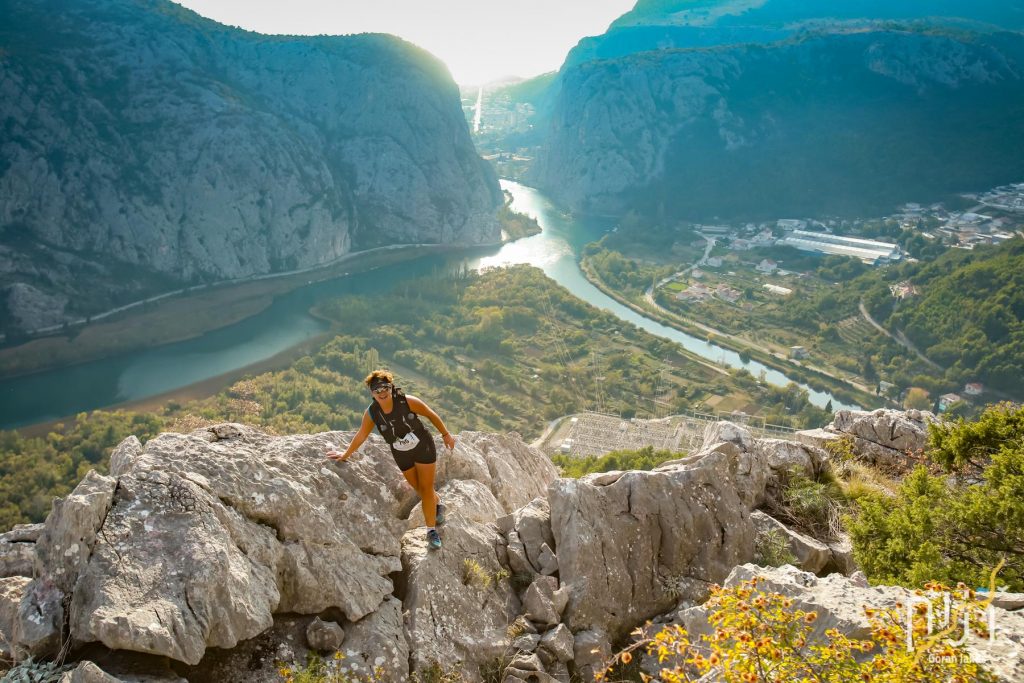
We do need to mention that you can't even say you've been to Croatia’s well known pirate
town without visiting at least one of the fishermans’ nights and at least one destination along
the beautiful Omiš Riviera (Stanići, Lokva, Mimice, Medići, Pisak…) You also need to listen
to at least one Dalmatian klapa music performance live. If you do decide to follow our
instructions, you’ll feel like a local from Omiš in no time.
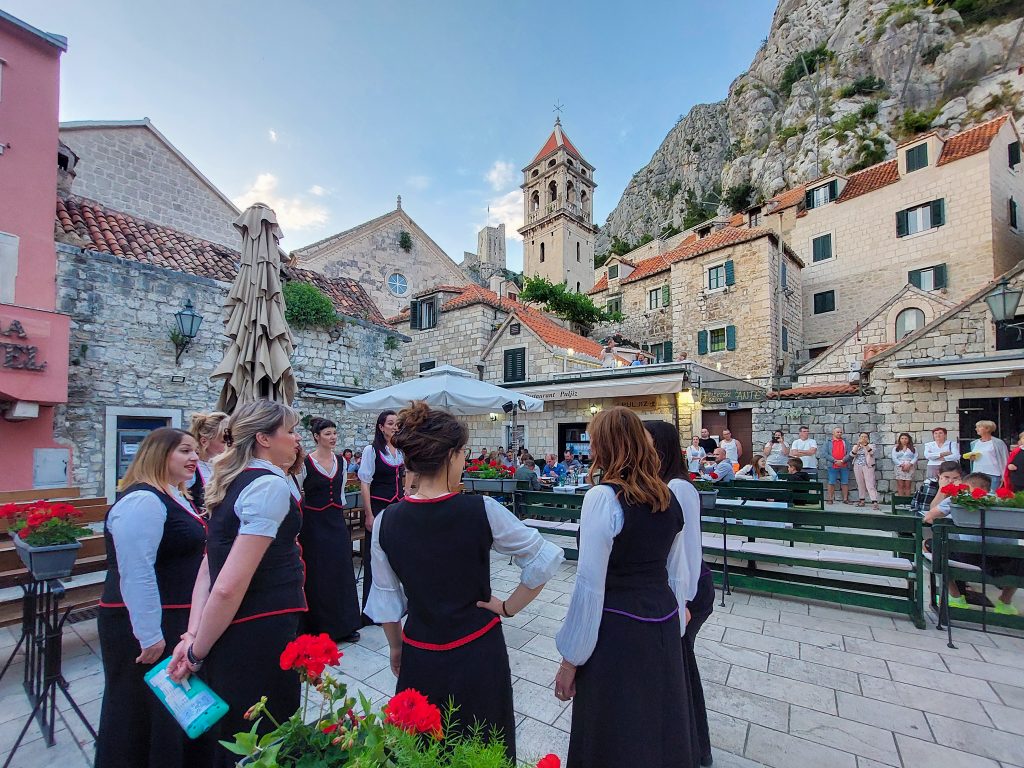
More: visitomis.hr
The Kolan Municipality - A tasty world full of scents
In the very centre of the strange, moon-like island of Pag lies a place called Kolan - the
cradle of Pag’s famous cheese and lamb, which is also a perfect place for a versatile and
more active holiday.
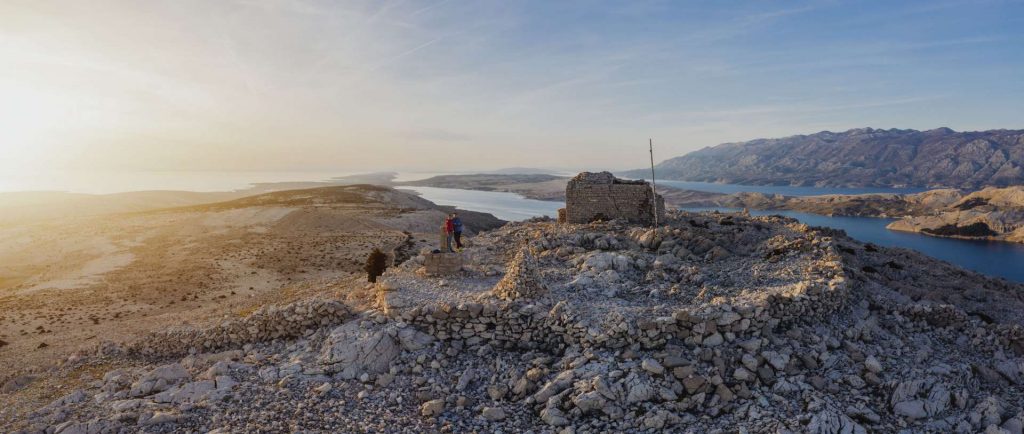
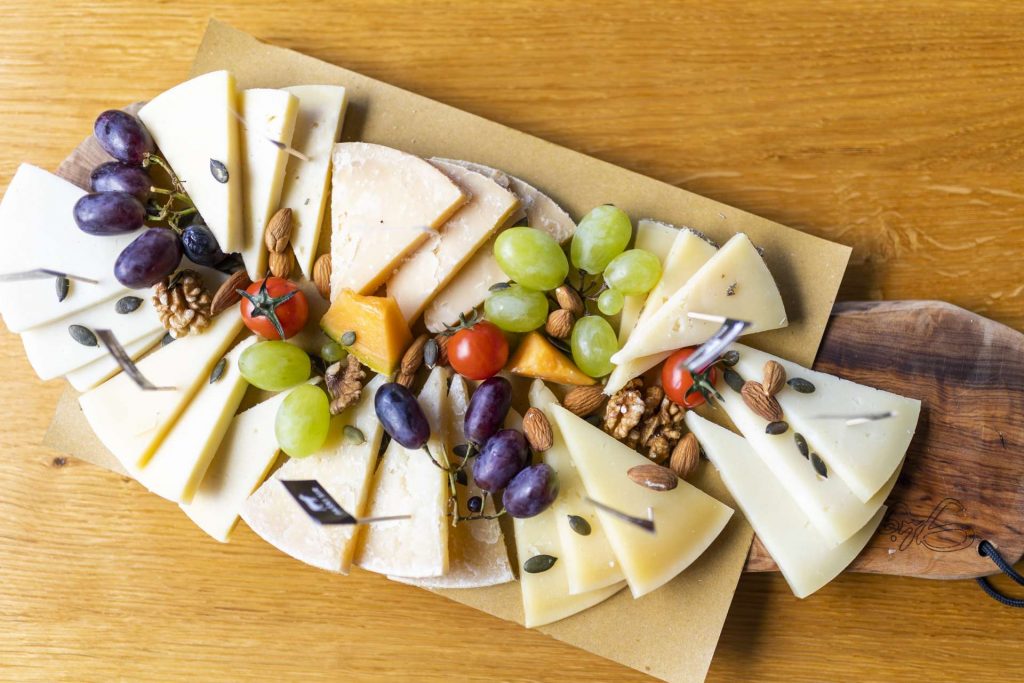
Maybe just after reading our text, the idyllic Dalmatian towns of Kolan, Mandre and Kolanjski Gajac will become your new destinations with an authentic Mediterranean touch.
Kilometres of sandy and pebbled beaches being lapped by the calm waves of an
exceptionally clean sea will leave few people unimpressed, and you simply can't go wrong
with your choice - whether you choose Sveti Duh (Holy Spirit), Mandre, Rogoza, Girenica,
Gajac, Katarelac or Čista, undisturbed pleasure in the joys of the sea is absolutely
guaranteed.
These destinations will also delight kayak lovers - from Mandre, Girenica bay
and the Rogoza or Gajica beaches, kayakers can row out towards the open sea, and for a
more "quiet" rowing adventure, they might choose one of the beaches like Sveti Duh and
Čista.
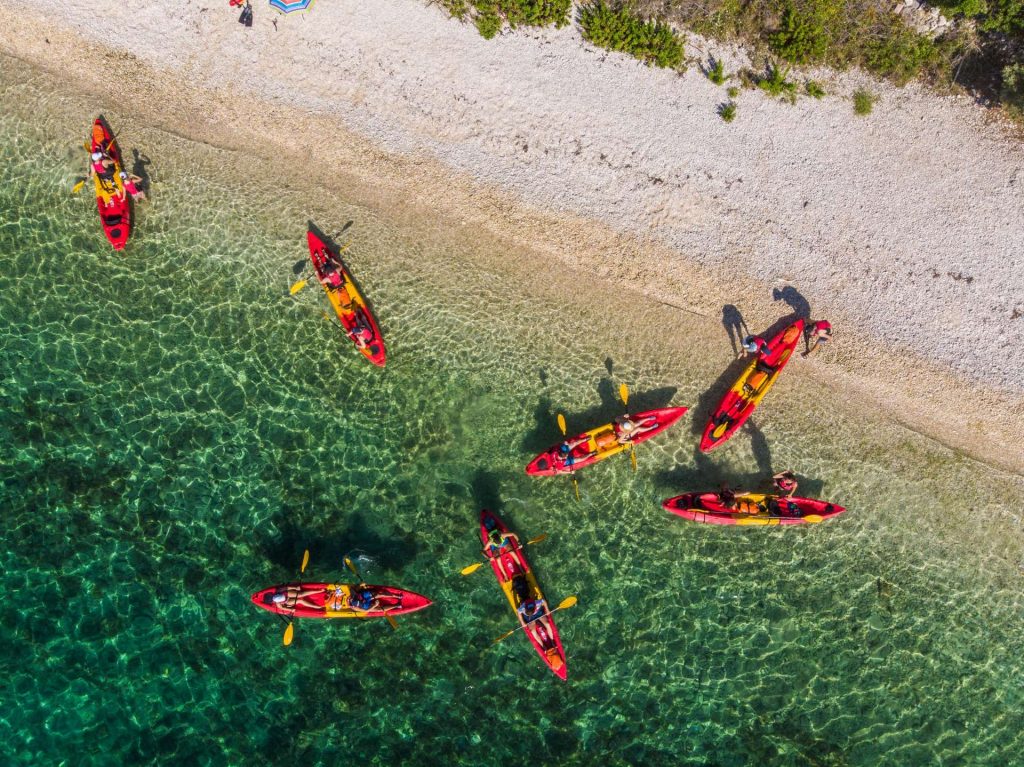
There’s fun on offer for those who are always seeking adrenaline rushes - Due to the large
number of trails, the location of Kolanjsko polje is ideal for all lovers of off-road cycling. One
of the trails within the Pag Outdoor project - Put Girenice (Girenica Way), which will see
cyclists cycle along a macadam road to the Kolanjsko blato ornithological reserve - Rogoza,
starts there, and fans of these sorts of trails might like the 7.4 kilometre-long trail of
Kolanjsko polje, which is ideal for family hikes and a little bit of socialising.
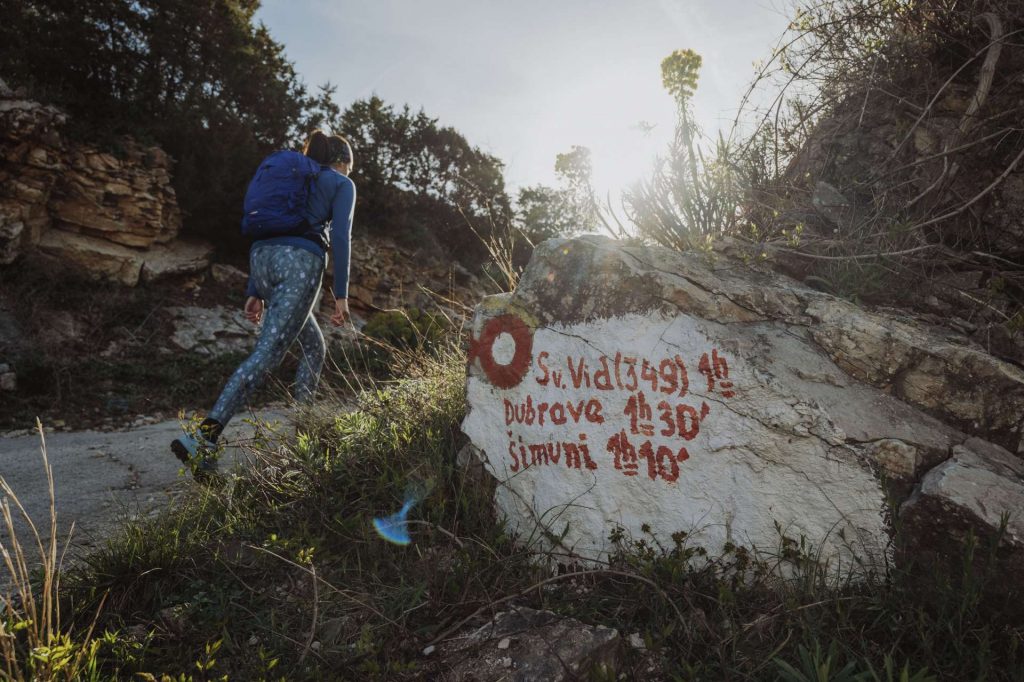
For the most daring lovers of active holidays, we recommend climbing to the highest peak of the island of Pag - Sv. Vid (348 metres), which offers an unforgettable view of numerous neighbouring islands and the greater part of the nearby Velebit National Park.
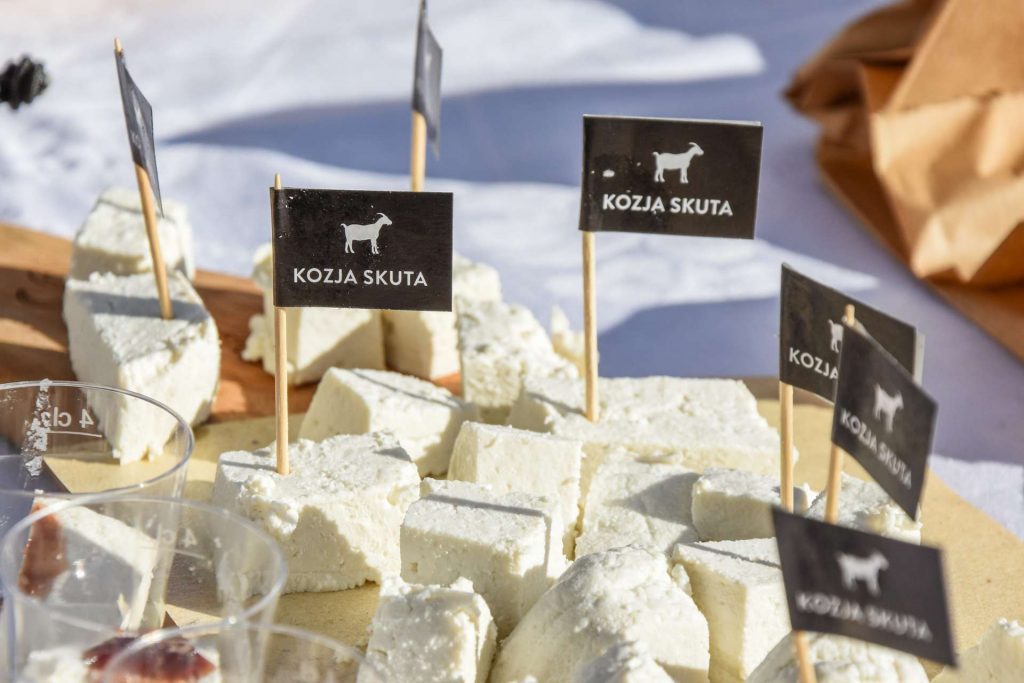
Take a trip to the gastronomic centre of the island of Pag - The special gastronomic offer is a
legitimate reason to visit Kolan all by itself - both because of the widely known Pag cheese
to which this is home, and because of the excellent restaurants and taverns there!

Don't miss those with the winners of the Pag autochthonous cuisine label on their menus, such as the Bonac and Figurica taverns and the Prtorić OPG (family farm), or the baked Pag lamb and sheep's curd desserts which almost made our heads spin.
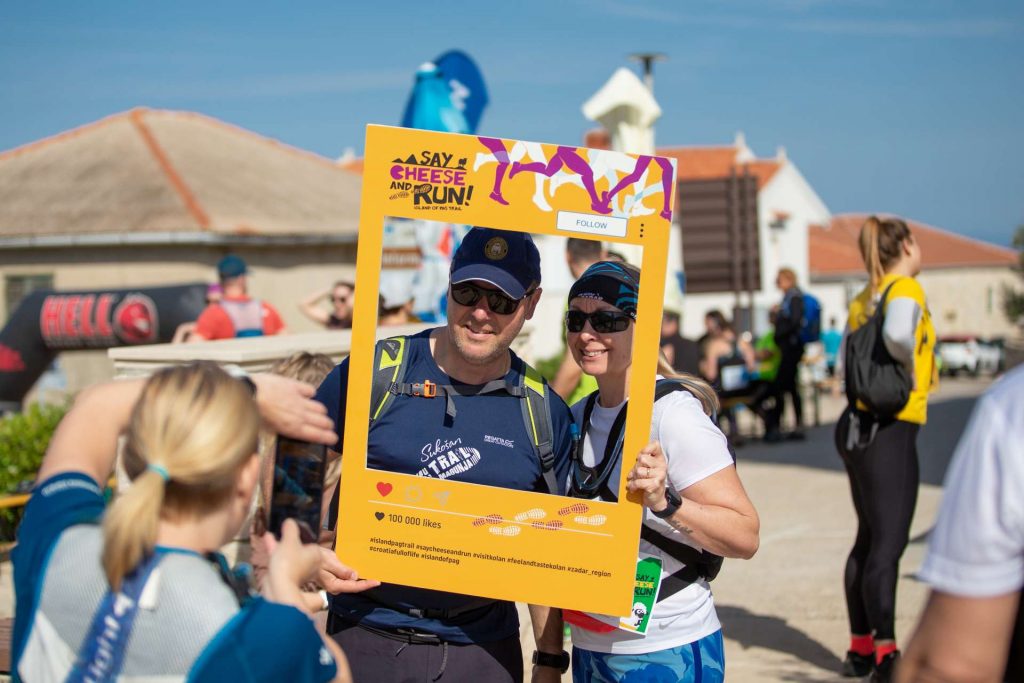
If you are a die-hard gastronomad, visit Kolan, which celebrates Pag’s cheese and its kindred spirits - olive oil and wine.
More: tzkolan-mandre.com
Dalmatia, a storytelling destination - Get better acquainted with the glorious past of Central Dalmatia through antiquity
In every corner of Dalmatia, under every little stone, there is a story that has yet to be discovered…
Split-Dalmatia County can be met and better acquainted with in different ways, and the Dalmatia Storytelling project takes you on a journey through ancient times, proof of the tumultuous history of this region.
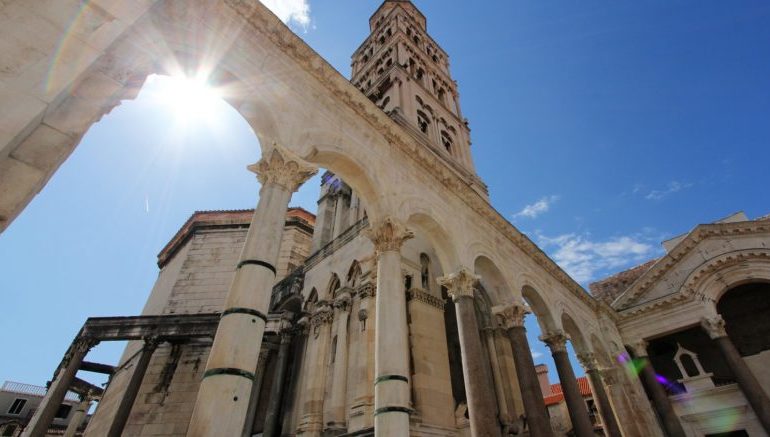
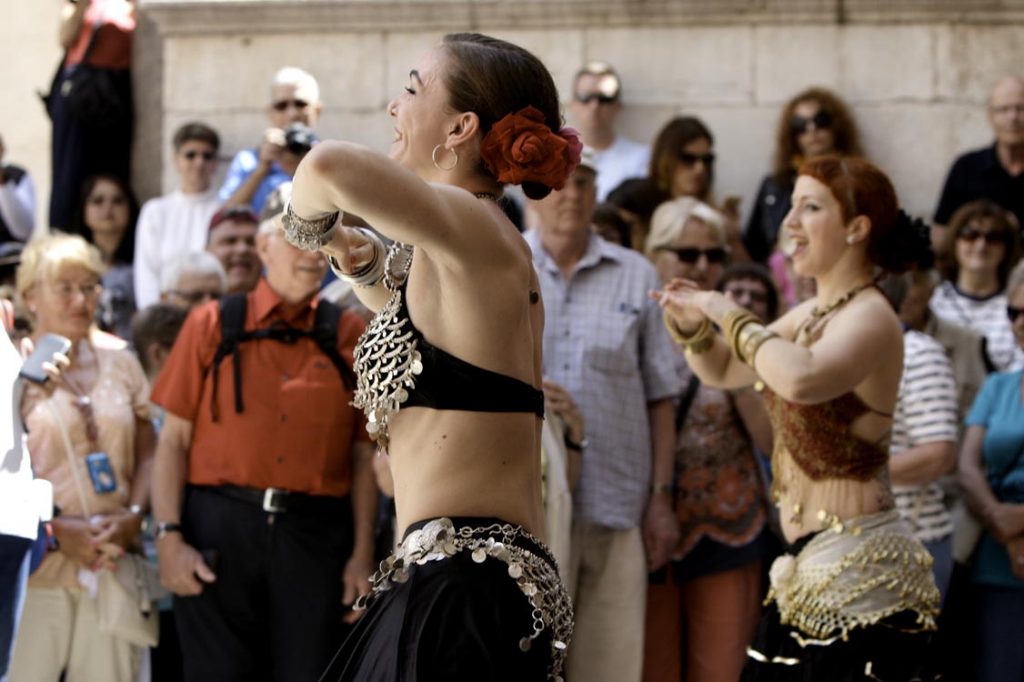
It was walked on by the feet of emperors, many soldiers of Roman legions, numerous pilgrims, and people who were looking for a better place to live, and that is why this area is a lure for tourists who like to travel from the present back in time, if just for a few moments.
The Dalmatia Storytelling destination project revives characters from Central Dalmatia’s rich past in museums and important heritage sites, and creates thematic interpretive walks. This is a unique project in Croatia and Europe, within which 23 thematic interpretation walks were created and 16 heritage characters were revived for the purpose.
Take in a breath of a time gone by...
Why go to Rome, when you can experience the history of the Romans here? Their mainstay was in Salona, an old Roman city which lies very close to Split. Salona isn’t merely referred to as an ancient gem, its historical material showcases and highlights all of the wisdom of the architecture of its time, as does the stunning Diocletian's Palace and the Tilurij (Tilurium) Roman camp.
In this article, we’re going to bring you three interpretive tours performed by licensed guides in the roles of Prisca, Kusija Valerija and Don Frane Bulić, who will take interested tourists on a journey deep into the past.
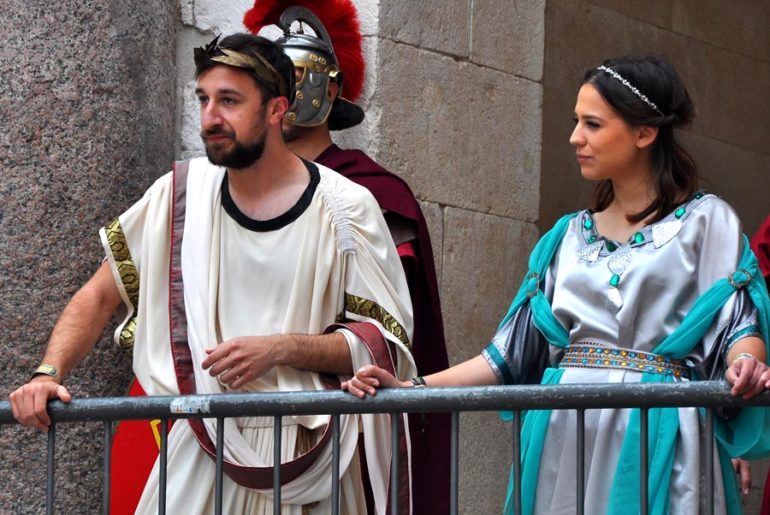
Interpretation tour: With the spirit of Prisca around the Palace
Much is known about the Emperor Diocletian, but much less is known about his life companion. Empress Prisca was a Roman who came from a patrician family. She lived with Diocletian in the palace of the same name, spending her life dedicated to him, conscientiously fulfilling all of the many obligations of a Roman wife, giving birth to his daughter, accompanying him to official dinners, and running the household within the palace.
The palace took a decade to construct and in 305 AD, it became inhabited and was constructed just eight kilometres from the then Roman metropolis of Salona. The palace was then deemed a true wonder, as it looked just like a Roman camp, while also doubling up as a luxury villa.
Accompanied by Empress Prisca, this tour takes you on a tour of the most important parts of the palace, the Silver and Iron Gates, the Peristyle, the Vestibule, the Cathedral - the former Emperor's Mausoleum… Jupiter's Temple. The most important part takes place on the Peristyle, the then ceremonial square, which connected the entrance to the Mausoleum, the entrance to Jupiter’s Temple, and to the south, the entrance to Diocletian's own apartment. Diocletian and Prisca appear on the balcony, he is adorned in a purple cloak, encrusted with jewels and pearls, modelled on the Eastern emperors, the Persians. He raises his right hand and shouts "Ave"!
Close your eyes and imagine these walls covered with a gilded mosaic, imagine the sculptures in the niches and the vaults. What splendor it was! Can you imagine that atmosphere? The morning sun rising from this Eastern opening and illuminating the opposite wall (which boasted a gilded mosaic), so that light is reflected all over the room?
Interpreter: Alemka Krivić
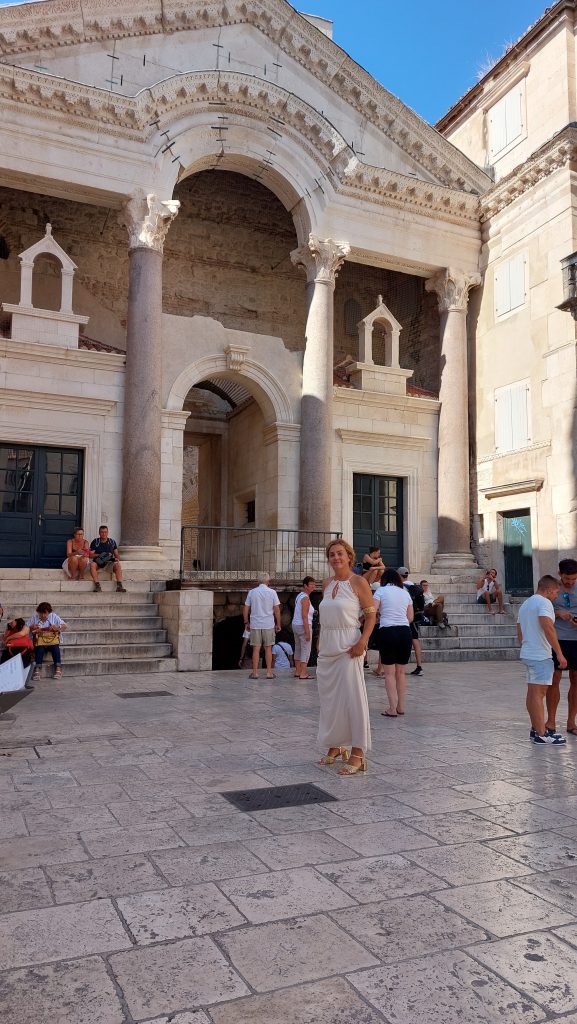
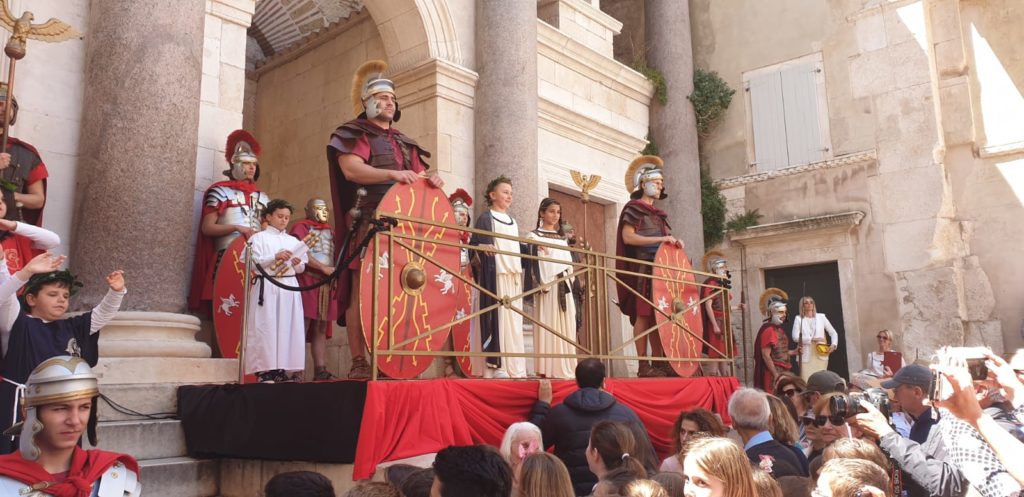
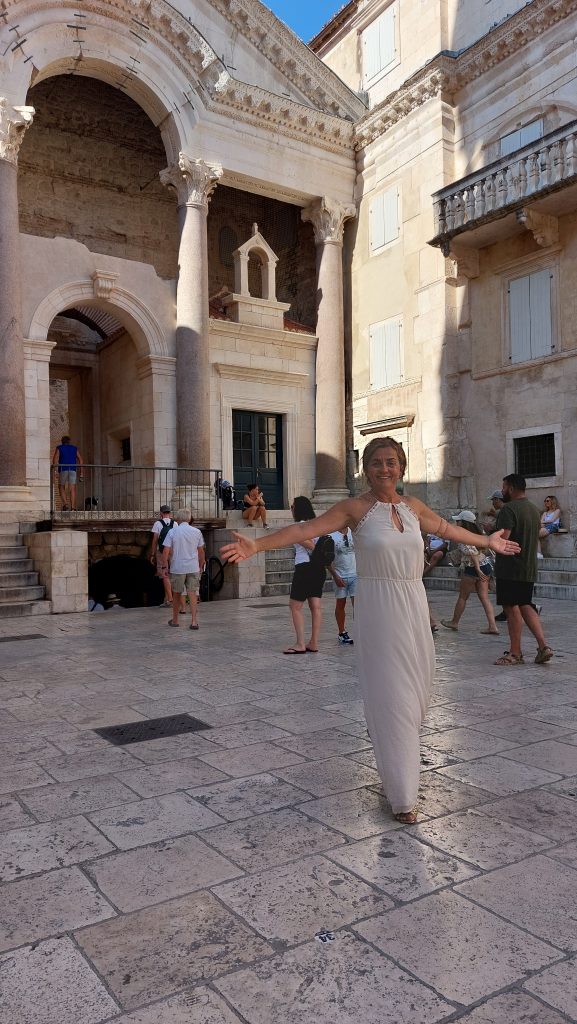
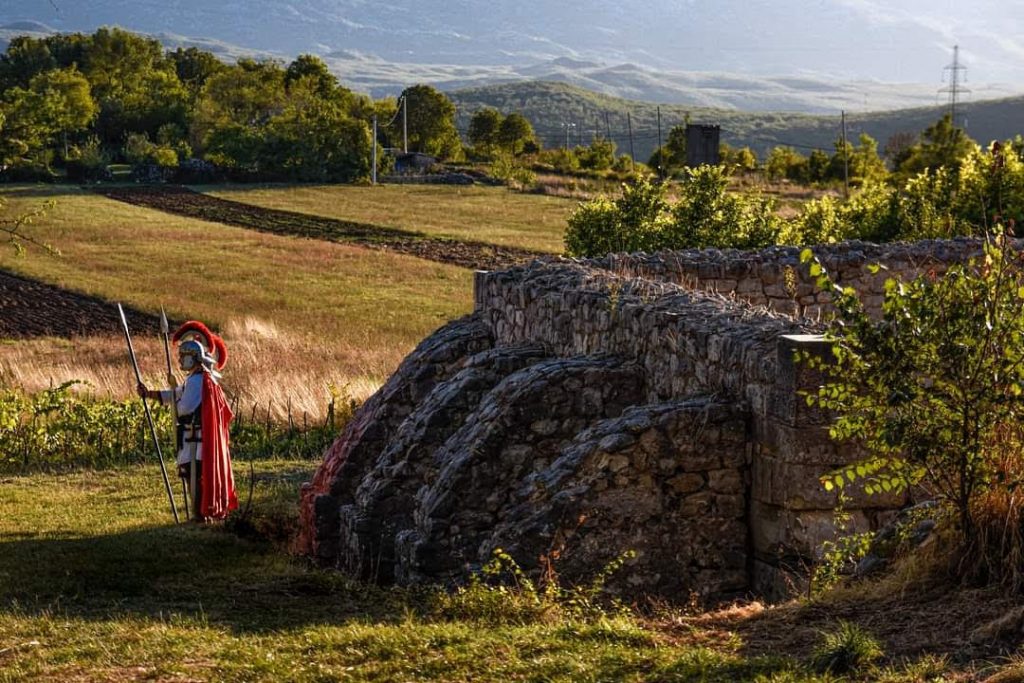
Interpretation Tour: The Story of Tilurium (Tilurij)
The Tilurium Roman legionary camp is located on the northeastern part of the plateau above Trilj, on the right bank of the river Cetina, and it was one of the most important military centres of the entire Roman province of Dalmatia - Camp VII of the Roman legions.
It covers an area of about 12 hectares, and today the ancient settlement is covered by the central part of the village of Gardun, which towers over Trilj. The camp is located in a strategically very important position, since the altitude dominates the surroundings and thus enables the control of communications across the river Cetina.
It has been systematically researched archaeologically since back in 1997. The excavations resulted in imposing remains of architecture and numerous movable discoveries, and two Roman tombstones were found in the neighbouring village of Vojnić. One belonged to Lucius Cusius Anharen, a freedman who died at just 20 years old, and on whose character the interpretive walk of the Museum of the Trilj Region in Trilj is based.
The project is performed by licensed guide Sanja Budić Leto who takes the role of Roman Kusija Valerija, who will lead interested tourists through the story of the camp and what each day looked like in this sort of life from a woman's perspective.
This storytelling tour will present the way life was lived back in those ancient times in an innovative and interesting way, as well as reveal the history. It will certainly be an unforgettable experience and a valuable source of new knowledge, both for tourists and for our fellow citizens.
Interpreter: Sanja Budić Leto
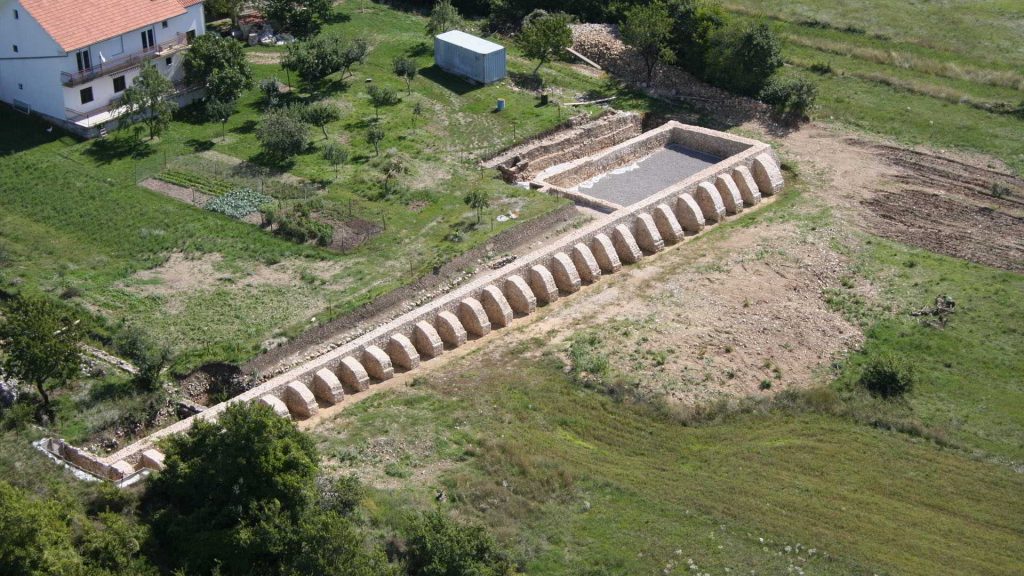
3. Interpretation tour: Don Frane Bulić
The costumed interpretive walk begins at the entrance to the Museum where don Frane Bulić, i.e. the performer, talks about the history of the Museum, with a well-known anecdote about the acquisition of money for the construction of the building. Don Frane was in an audience with the Emperor and told him about the problems of the obsolete building of the Museum.
The Emperor then wrote a receipt for the allocation of the necessary funds. But what matters is what stamp the Emperor placed on that document. If he put a small stamp, the Minister would certainly give some amount, but if he put a large one, then the Minister must give the full amount. When the Emperor wrote out that confirmation, he reached for the small seal, but Don Frane anticipated that he’d do so, and himself added a large seal.
The lapidary and stone monuments are also visited on this tour. Don Frane managed to purchase the sarcophagus of Valeri Dinent and his wife for the Museum, the only sarcophagus in Salona (today's Solin) to have avoided being stolen. Don Frane also mentions another sarcophagus - the Sarcophagus of the Good Shepherd. When the building was being constructed, he first had a sarcophagus erected, and only then did he erect a tower so that the sarcophagus couldn’t be taken away.
Interpreter: Nino Švonja
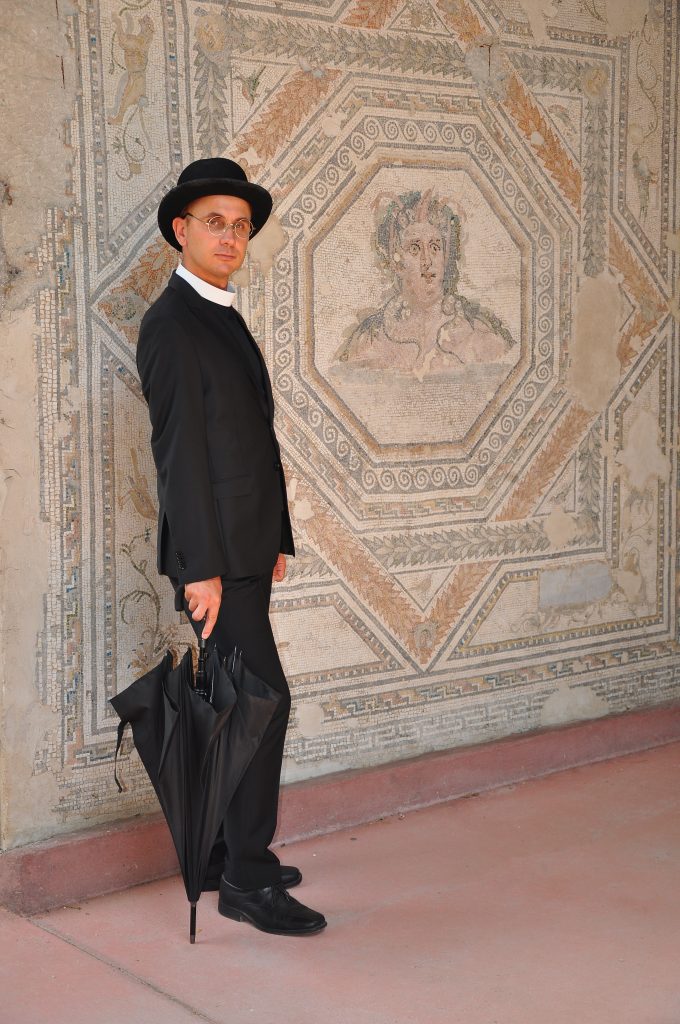
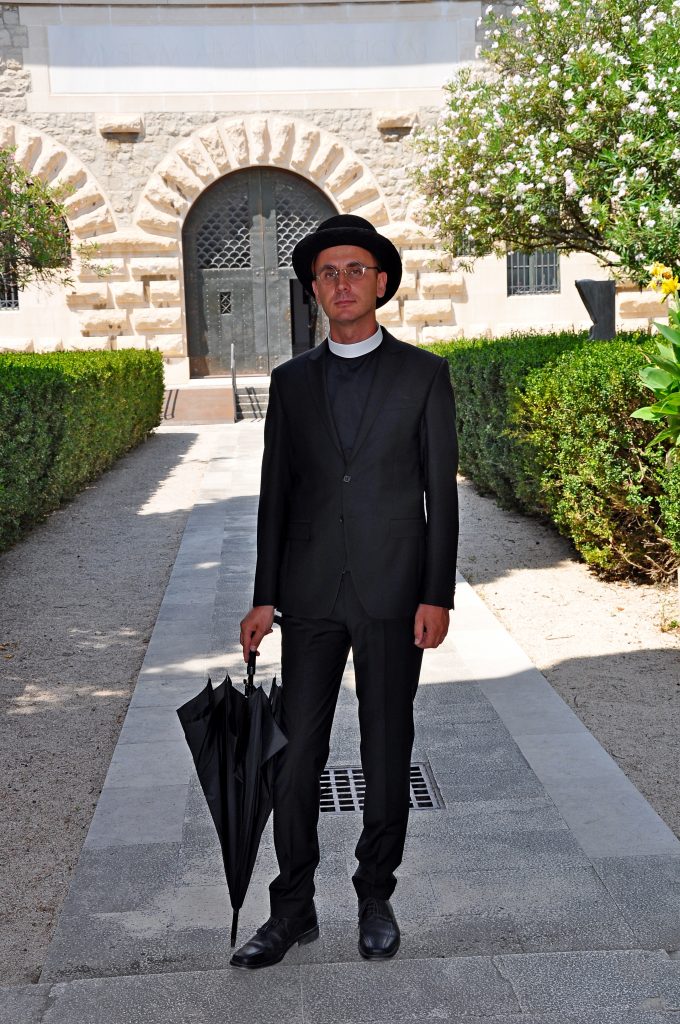
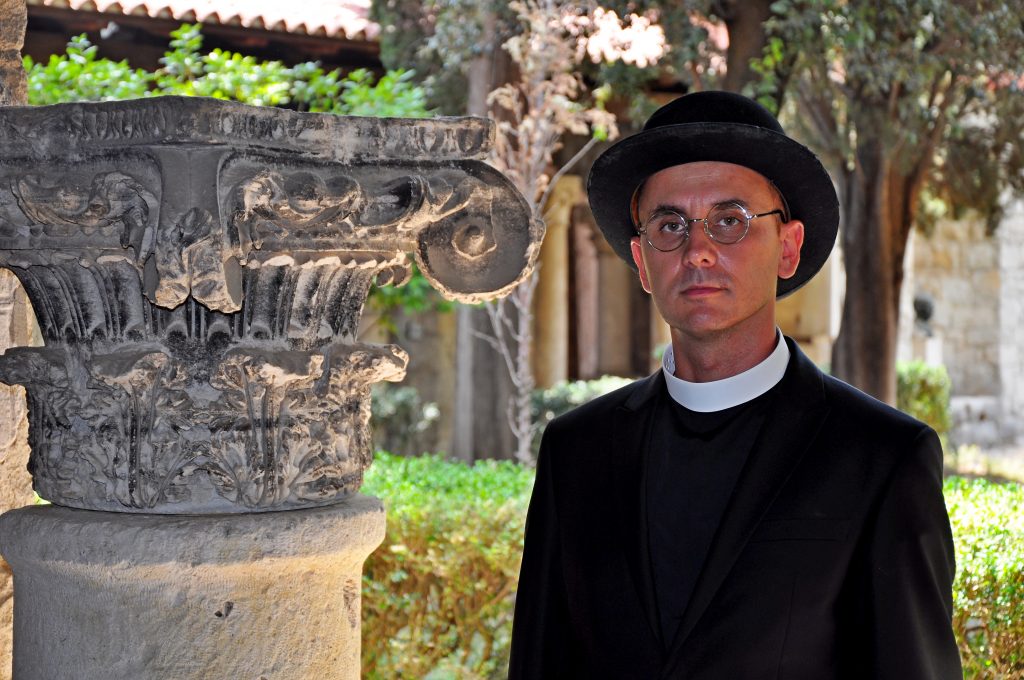
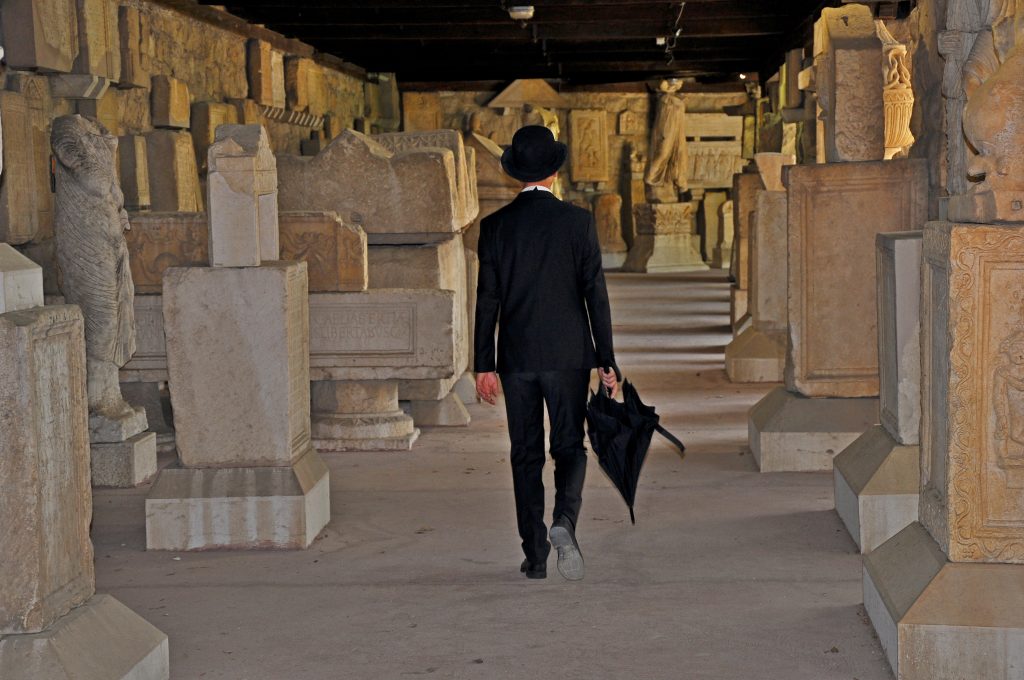
Follow the direction of an amazing island experience - VIA BRATTIA is waiting for you!
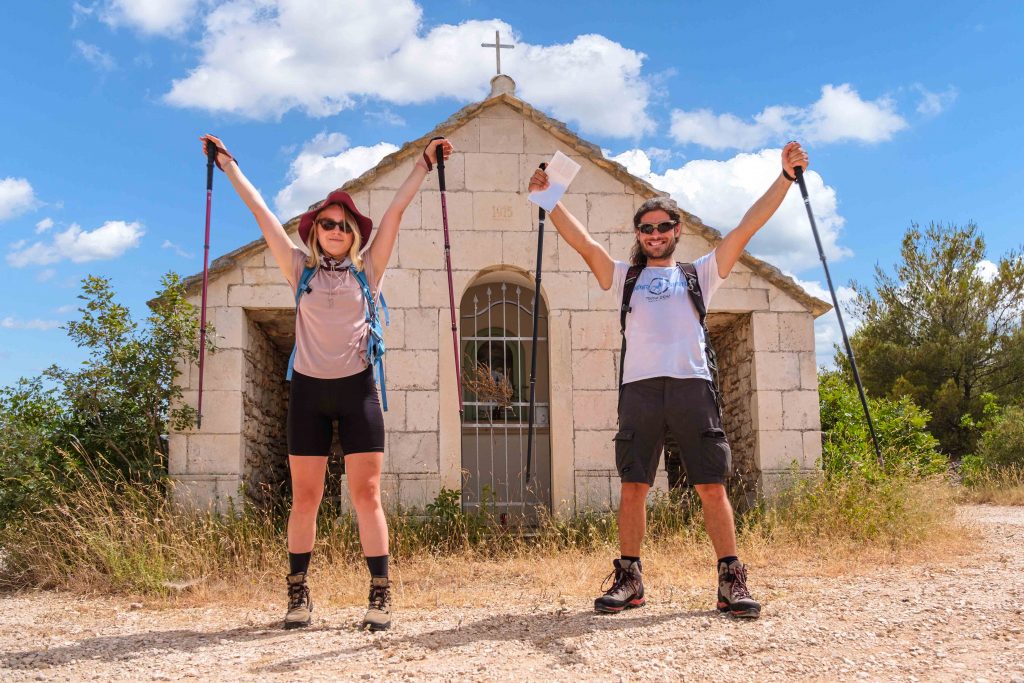
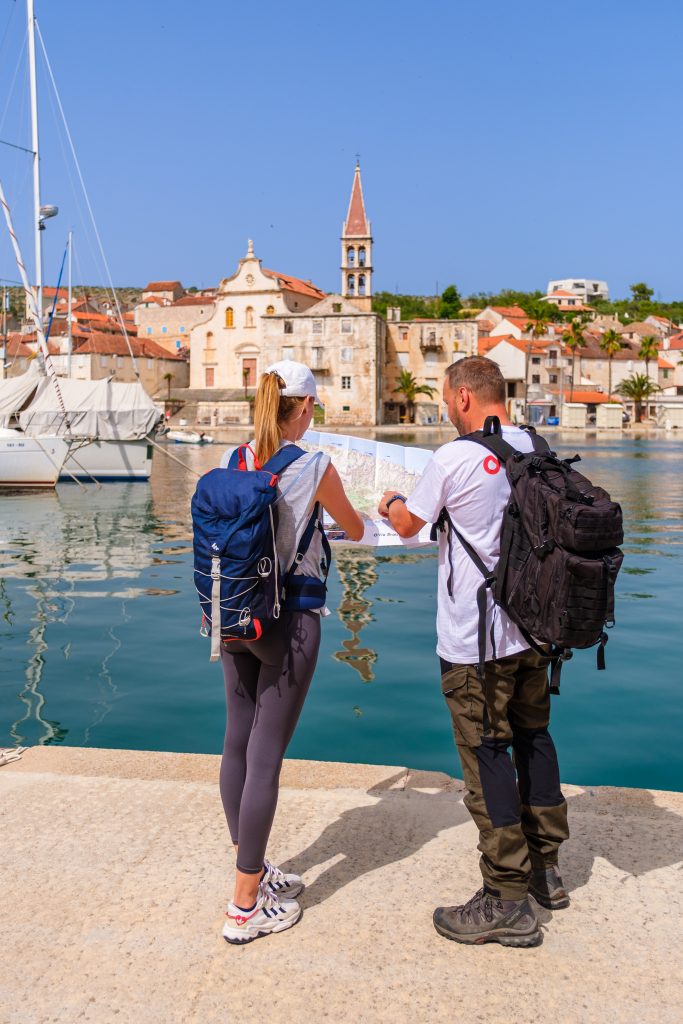
Despite the fact that it took a while as it was very carefully prepared, VIA BRATTIA, the circular tourist hiking trail of the island of Brač, has finally sprung into life and has opened up this island's sheer beauty to lovers of active holidays, as well as to those who plan to join that group of tourists.
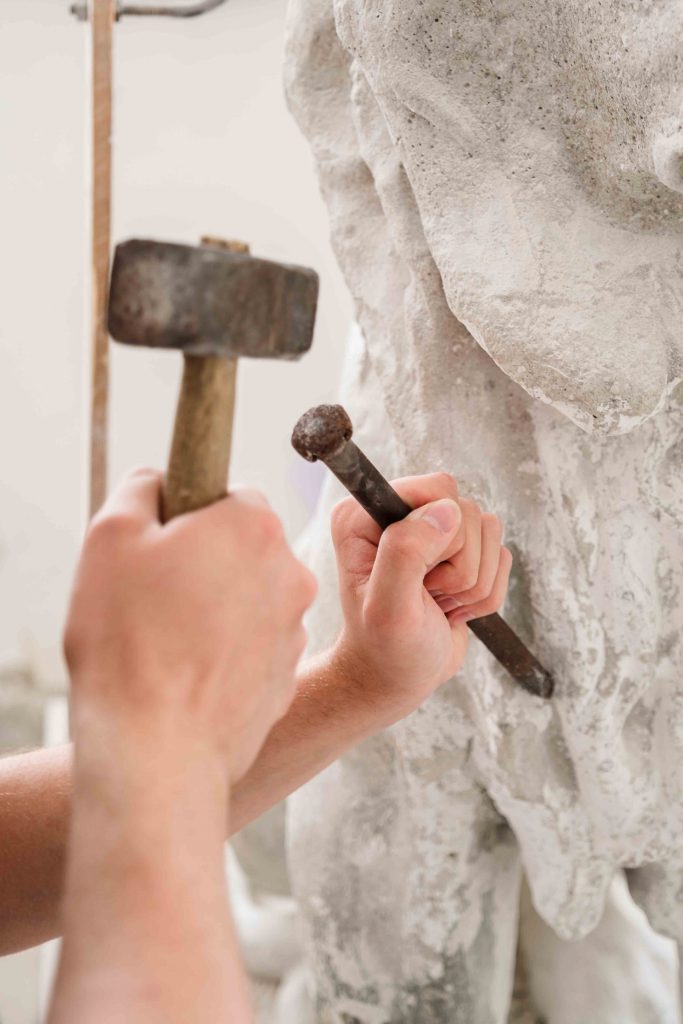
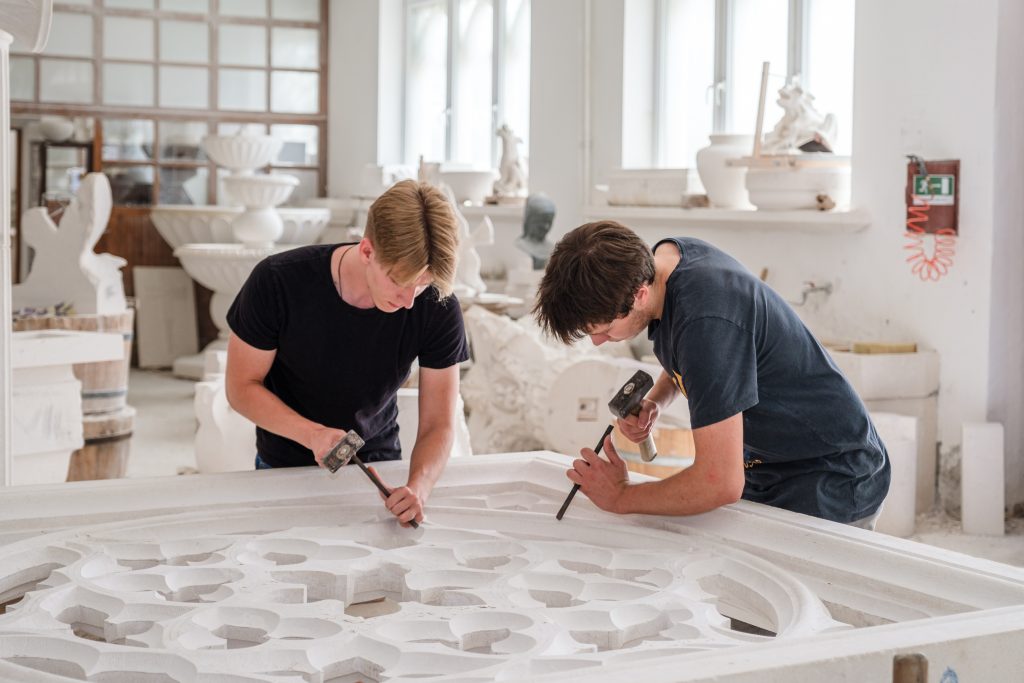
Following two long years of joint work of all of Brač’s tourist boards together, the municipalities of Nerežišća and Pučišća, the Profunda Mountaineering Association, and with the co-financing of the Split-Dalmatia County Tourist Board, a new tourist attraction has been ‘’born’’ which will experience the most traffic during the pre- and post-season.
VIA BRATTIA, which is a massive 140 kilometres in length, has connected the whole island, its many exceptional locations, and a large number of small towns and local attractions.
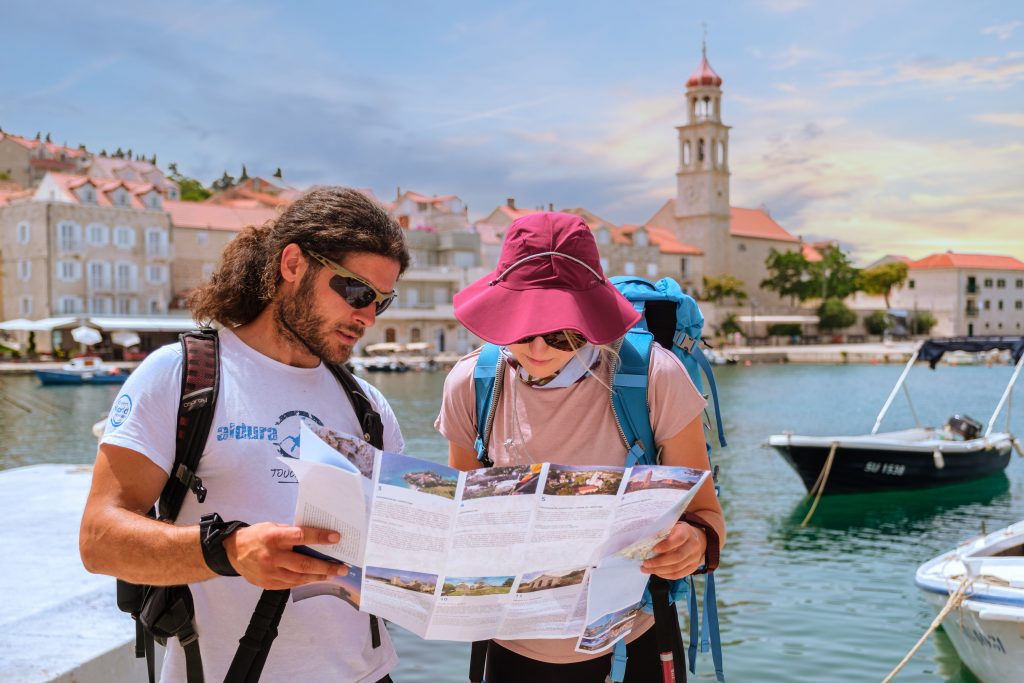
The trail is intended for lovers of hiking, running, nature walks, mountain biking, it is suitable for recreationists and amateurs, but also for all those who want to get to know Brač and its unusual, stunning beauty in a slightly different way. The trail has clearly marked trails in both directions, and you can jump in and take the trail of your desire at any point.
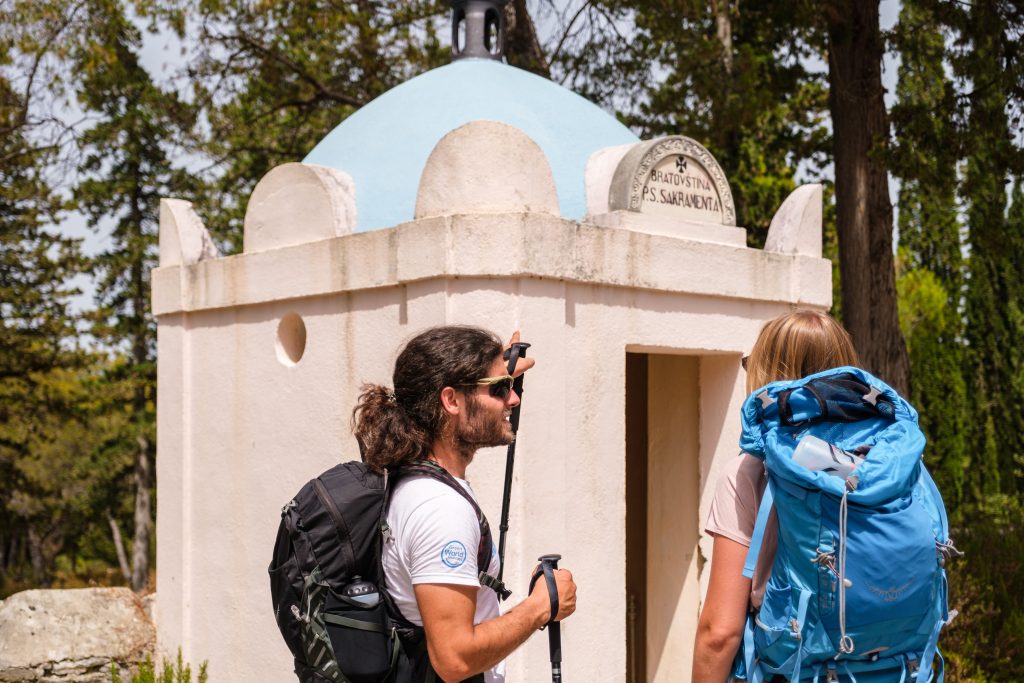
You will be guided to all of the locations by a map and blue and white markers, and you’ll be able celebrate getting through each section with a stamp. With stamps attesting to your success, the end of the road will create a real picture, the coat of arms of the island of Brač, and in it the figure of St. George, the patron saint of this island in the scene of the slaying of the dragon.


VIA BRATTIA tells the truly amazing story of the island of Brač. It starts in Supetar, where you can walk through the streets where the famous sculptor Ivan Rendić, the father of modern Croatian sculpture, used to walk. With the help of a guide, you can start Rendić's tour and find out a lot about his works, but also about the attractions of Supetar, Leroj, the old cisterns, and how life functioned in a small Mediterranean town.


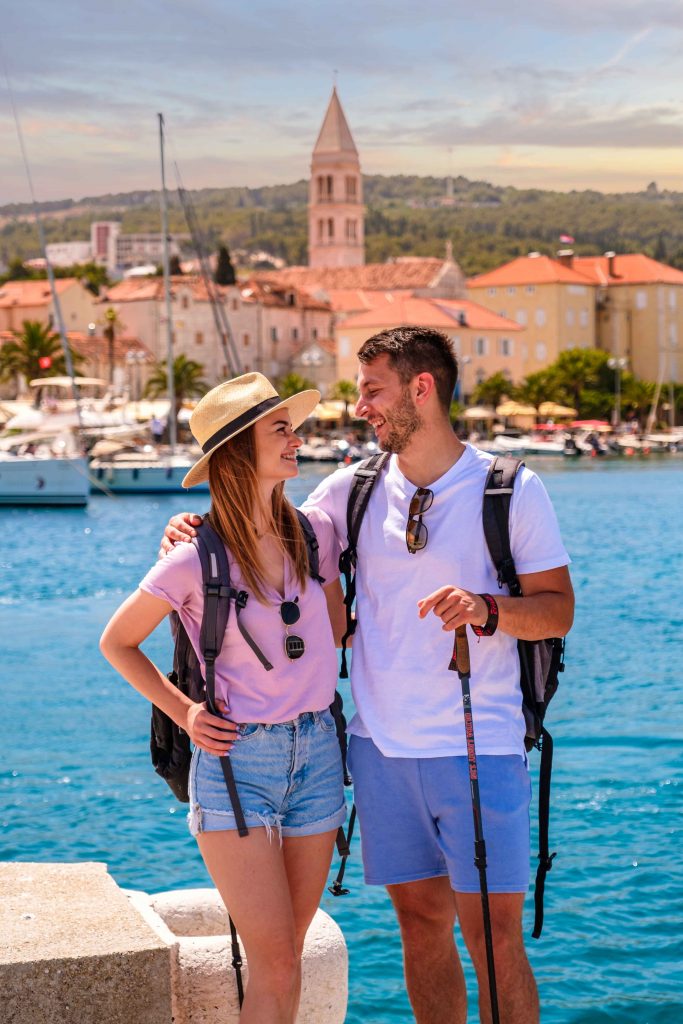
From Supetar you can then head to Mirca, and on the way you can stop in Sutivan, where you can relax in the Lemon Garden heritage hotel, or in many of the small apartments rented out as family accommodation. Then you’ll visit the catacombs, some of the few still in use today. Renting a bike and heading out on one of the island’s very many bike tours is also a top recommendation.

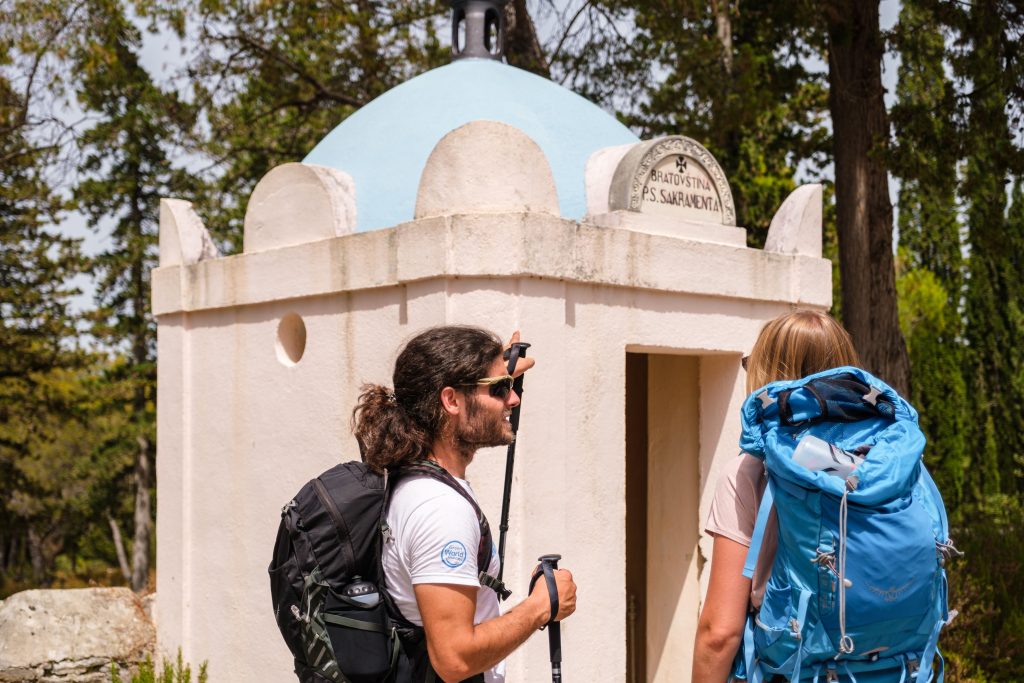
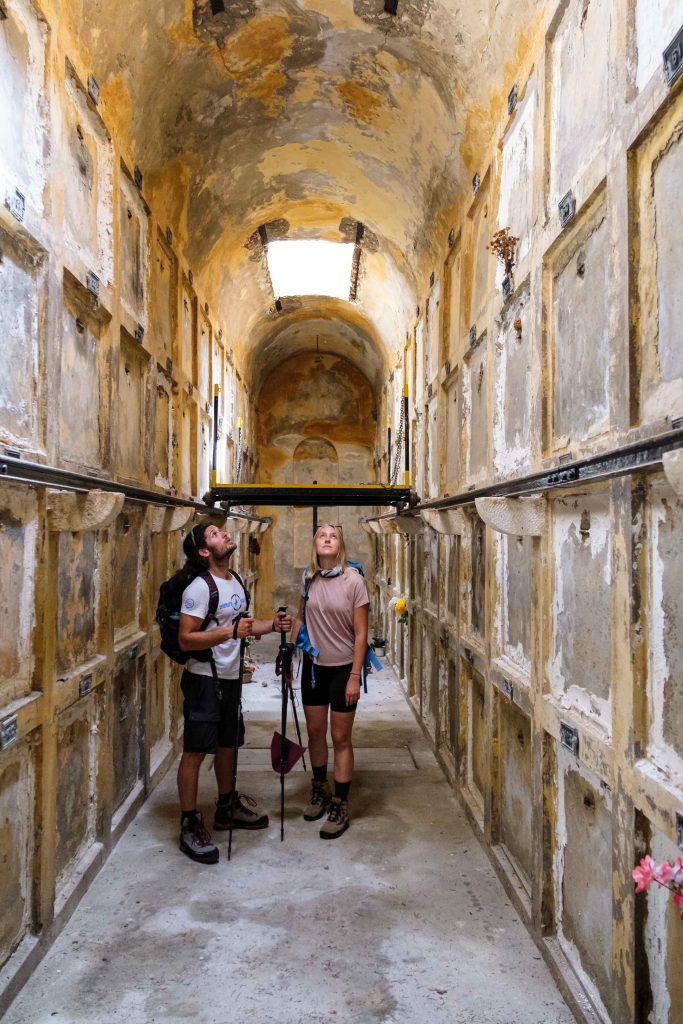
You can also cycle west in the direction of Bobovišća before descending to the sea where you will see an old fortress located on the very waterfront.

But that’s not the only story to be told by this small place. Vladimir Nazor spent his childhood and youth in Bobovšića, and his family house is still there, as is the symbolic tower he built. Next to it lies another, the Three Sisters, with three columns, built by Nazor back in 1937. On its pillars it bears three engraved letters I, O and A, the initials of the names of the sisters Irma, Olga and Amalia. Nazor cared for them throughout his entire life.
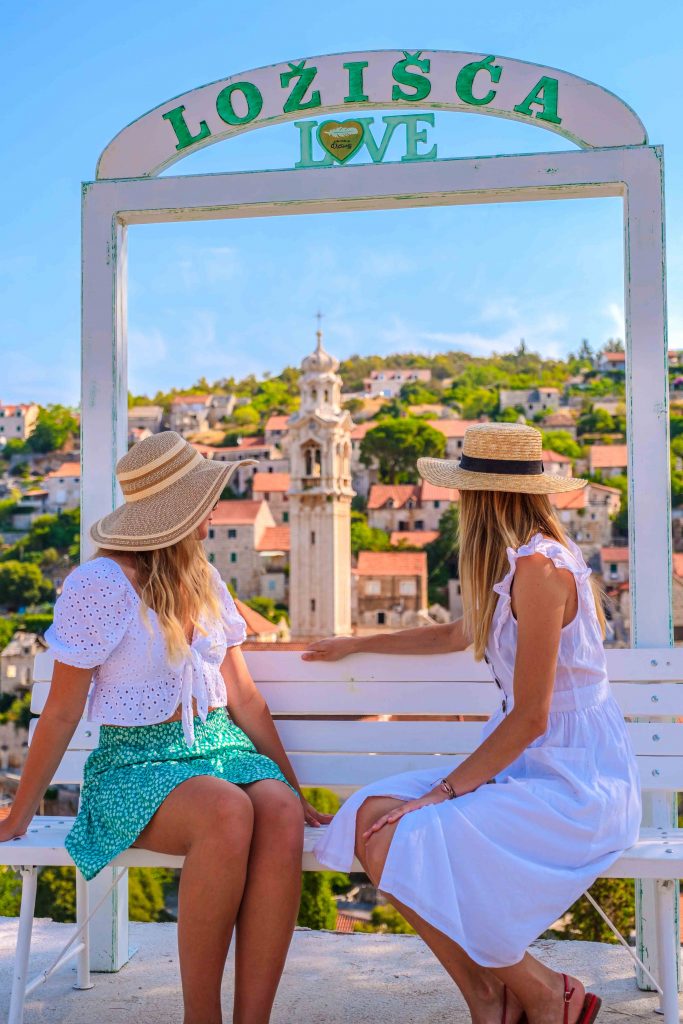
The next station is Ložišća, which many call one of the most autochthonous places on the island of Brač, best known for its stunning artistic work, the church bell tower made according to Rendić's designs, and lace carved in stone.
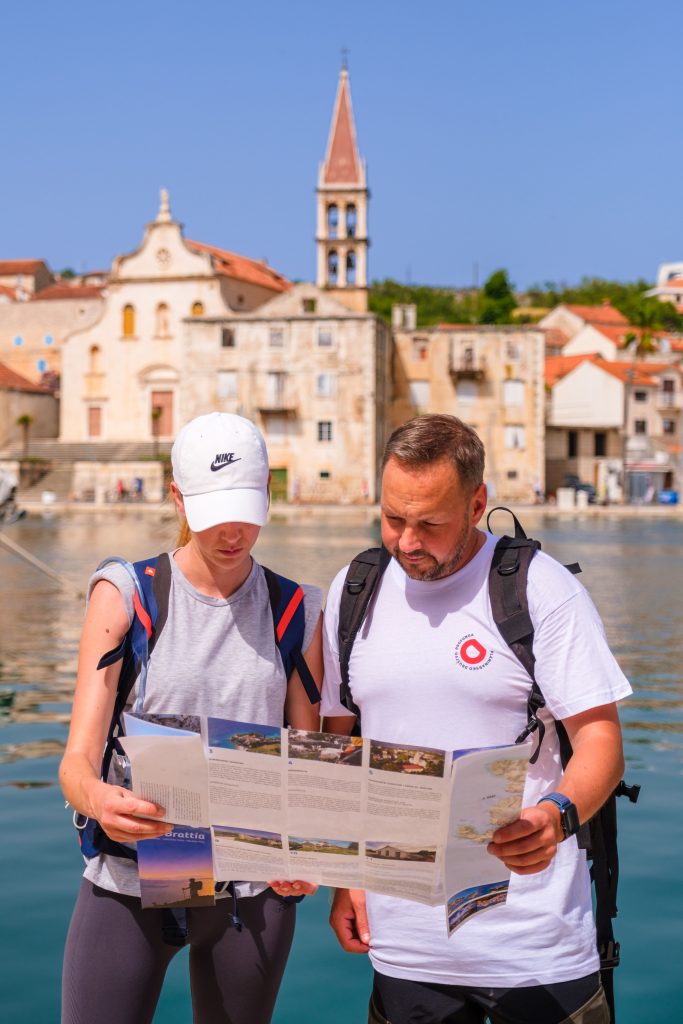
It is interesting how in the introductory part of the anthology series Naše malo misto (Our little place) by Miljenko Smoje, this very beautiful bell tower is shown. After that, it’s time to head down to Milna, a safe harbour for boaters, and a place completely facing the sea. Rade Harašić used to live here, a Milna native from whom Miljenko Smoje created poet Servantes’ character from the aforementioned Croatian cult series. Harašić's collection of paintings is still housed in Milna to this day.
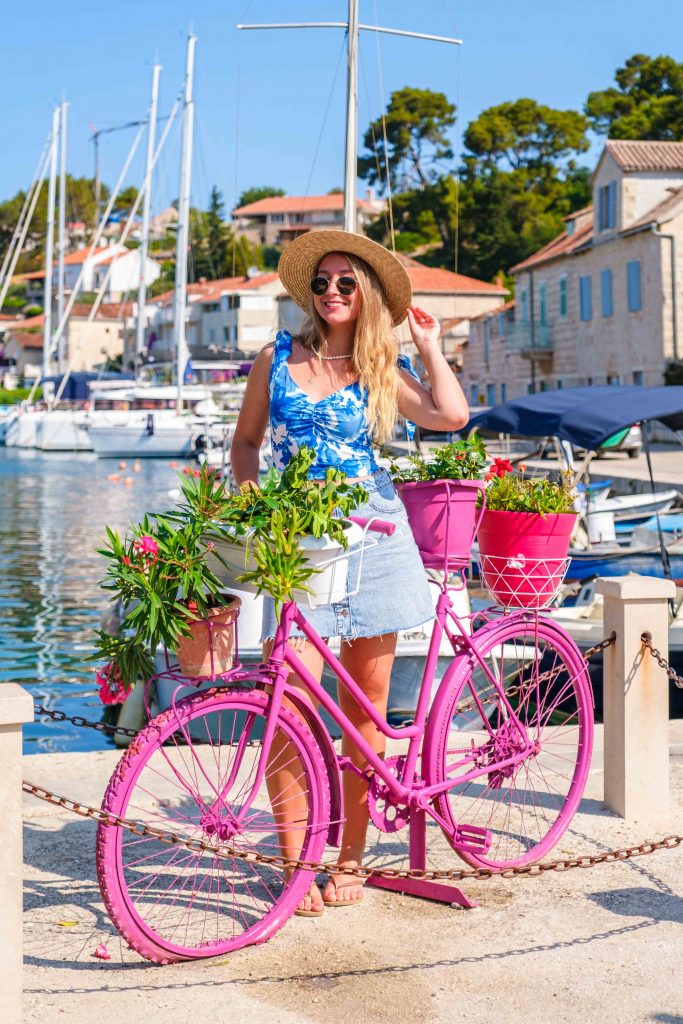
Where you’re about to head off to now is one of the biggest attractions on all of Brač, through the hidden, turquoise bays of the southwest coast of Brač you will reach the Blaca Hermitage.

It is a monastery from back in the 16th century, founded by Glagolitic priests. You can only reach it on foot, so make sure to choose the time of day you take on the challenge carefully and be sure to bring plenty of water with you in the summer heat. Get ready for the goat trails, and the amazing views that await you at the end of this journey.

After that, you can head east, across the bay of Farska and to the town of Murvica where there are three excellent beaches.
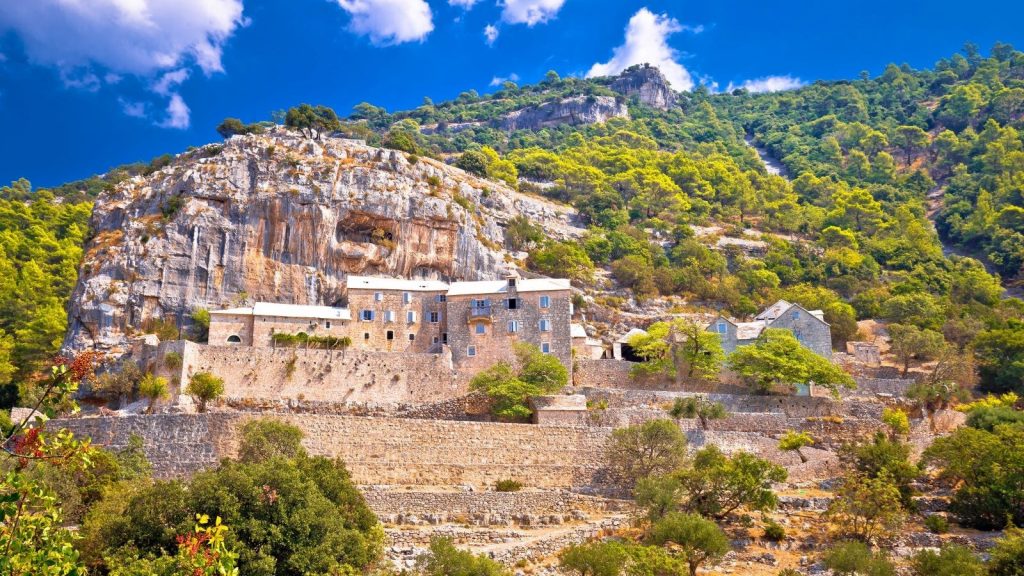
Just above Murvica lies the Dragon’s cave, at 200 metres above sea level, which for centuries served as a sanctuary of the Poljica Glagolitic Catholics. They continued to live in it as hermit monks, and today, this astonishing cave is a top cultural location that you simply must see when visiting the island.
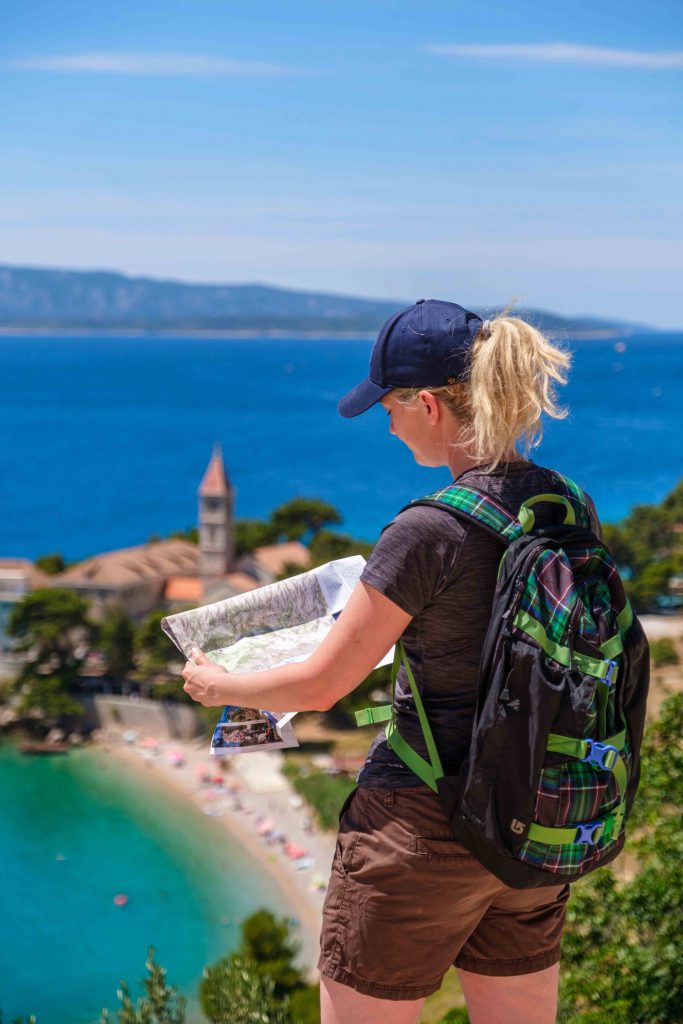
Then comes Bol and its trademark, one of the most beautiful beaches in the world, Zlatni rat (Golden horn), with its crystal clear sea and smooth white pebbles. When spending time in Bol, make sure to visit the Dominican monastery which is home to a library with rare copies of books.

There is also a recently reopened and renovated museum that houses a collection of incunabulum, church vestments and other interesting items. On the altar of the monastery church is the famous Tintoretto's fallen Virgin Mary holding a child which is from the 16th century, another amazing attraction from this part of the island.
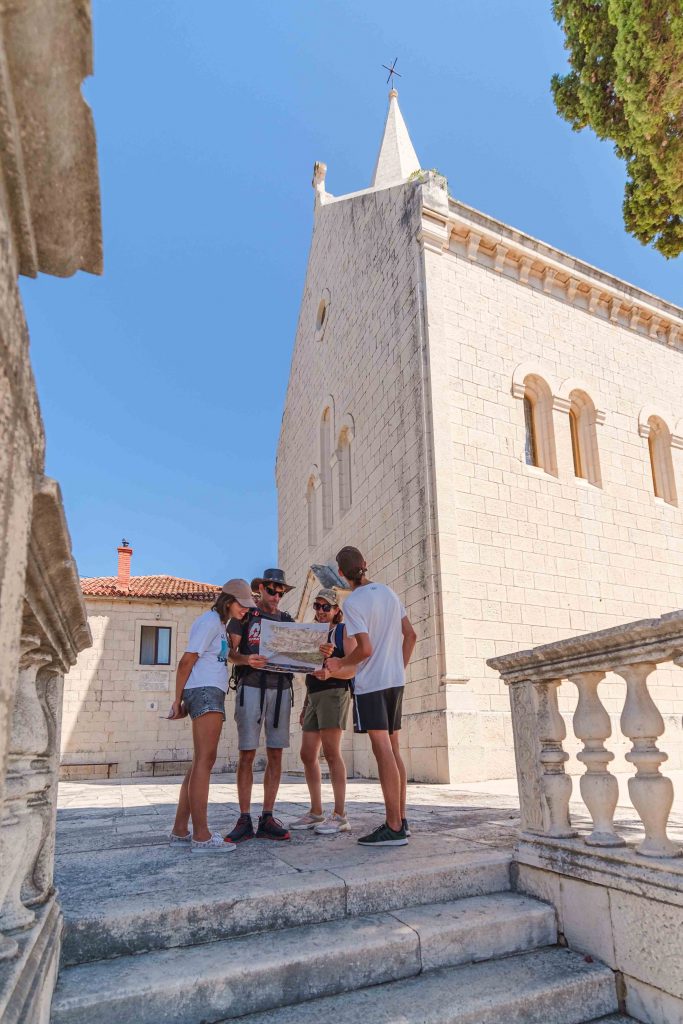
Following Bol, you can ascend once again, high up into the hills in Podsmrčevik, to one of the five peasant hamlets with small stone houses, a monument and a symbol of the island’s former pastoral life.
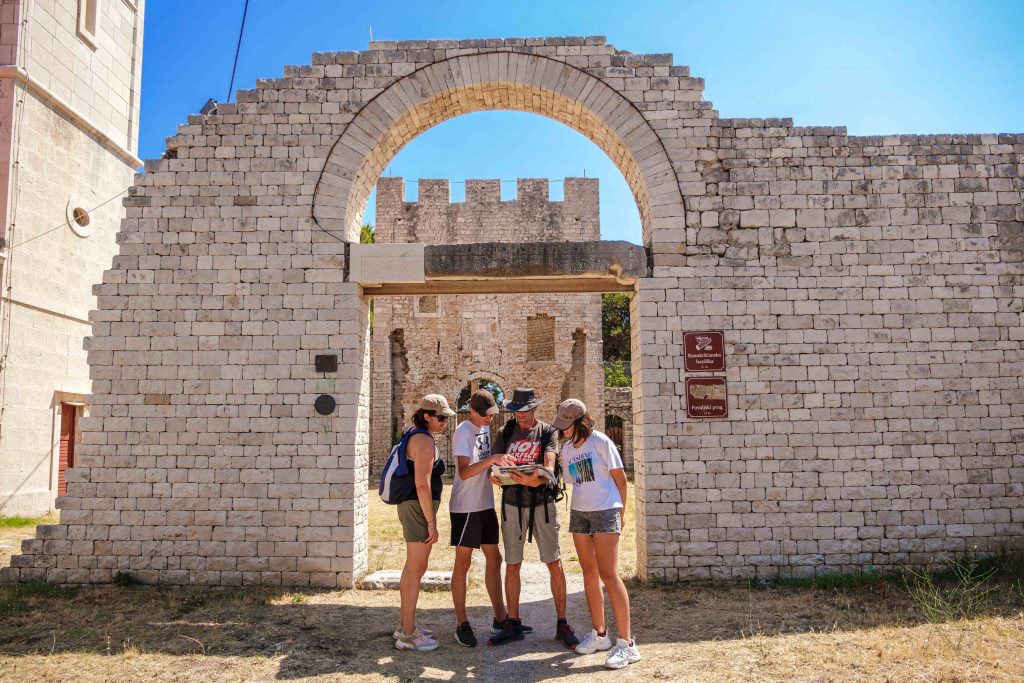
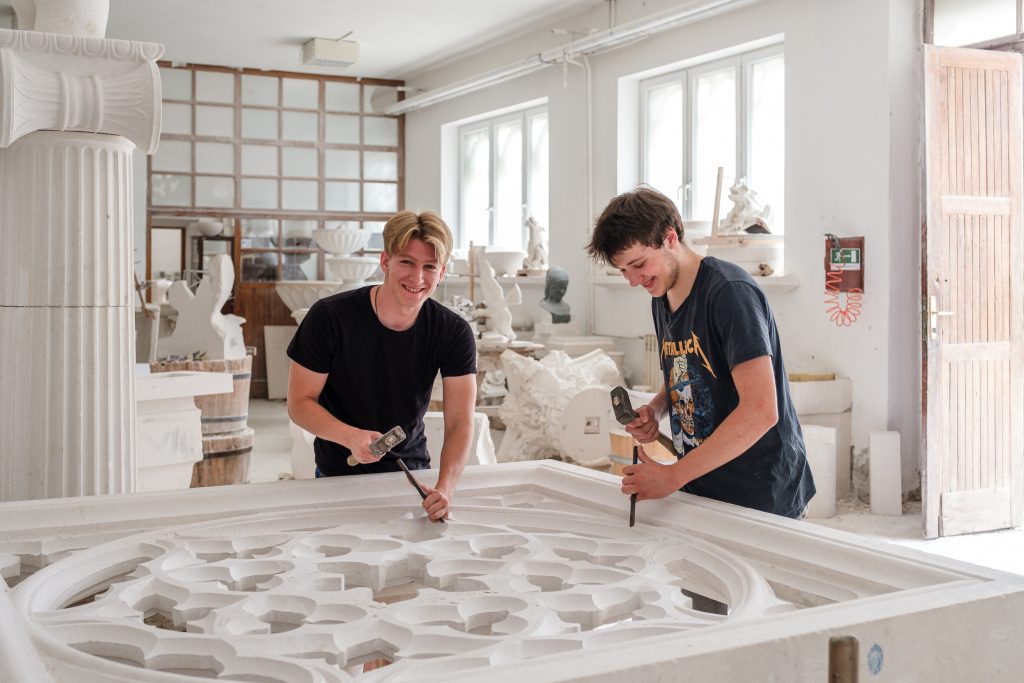
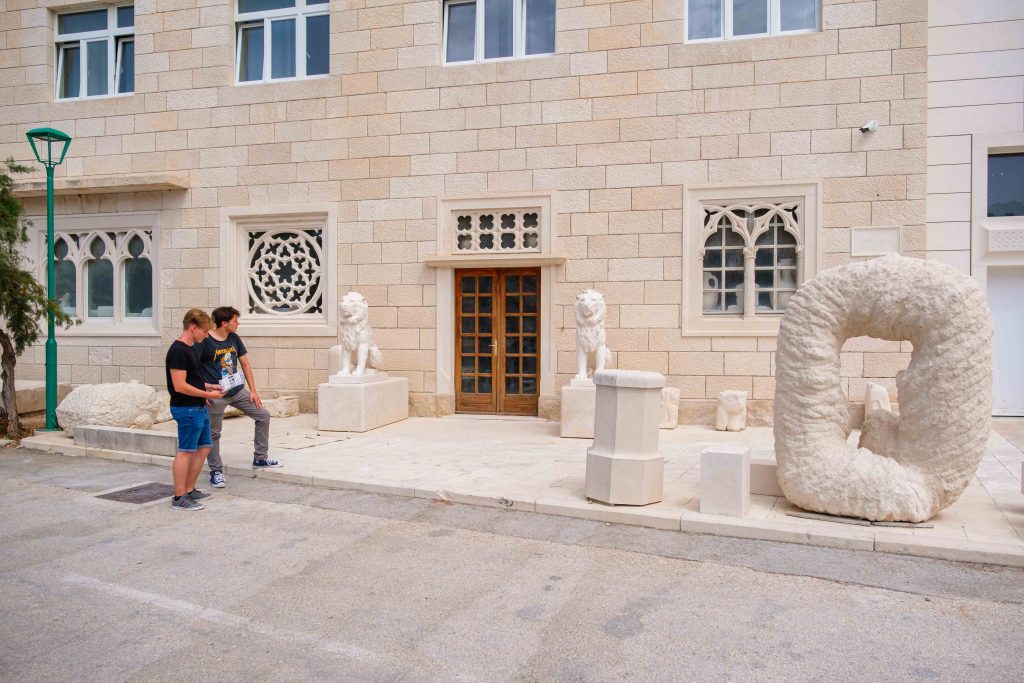
From the hamlet you’ll then descend to the stone white village of Selca, where you can visit the beautiful cathedral on the square, as well as the famous busts and monuments dedicated to many famous people by the diligent stonemasons who come from this area.
From there, you can head down to the shoreline once again, more precisely to Sumartin, where you can visit the Franciscan monastery best known thanks to the poet and Franciscan Andrija Kačić-Miošić. Enjoy a refreshing swim in gorgeous Rasotica bay, then head to Povlja and visit the early Christian basilica located next to the parish church. Then comes the time to visit the famous Pučišća and the stonemasonry school, as well as the beautiful sandy bay of Lovrečina and the remains of the Basilica of St. Lawrence.
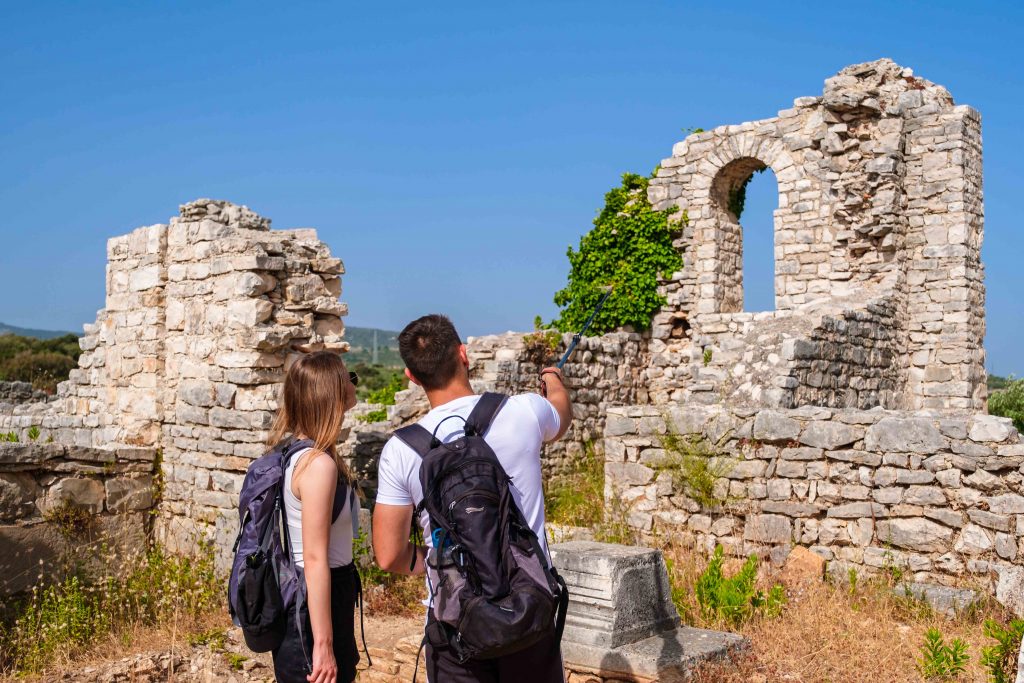
the way there lie Postira and the beautiful Villa na Mirju. Next to Postira lies the small town of Dol which has preserved its traditional architecture excellently. Be sure to try out their specialty while you’re there, roasted dormice and the famous hrapoćuša cake, a tasty calorific bomb made from an entire kilo of walnuts and the exact same amount of sugar.
On the way, you will come across a beautiful little place called Škrip which boasts the Museum of the Island of Brač, located in the Radojković tower which dates back to the 16th century. Be sure to stop by the beautiful Uja Museum, followed by a return to your starting point of Supetar.
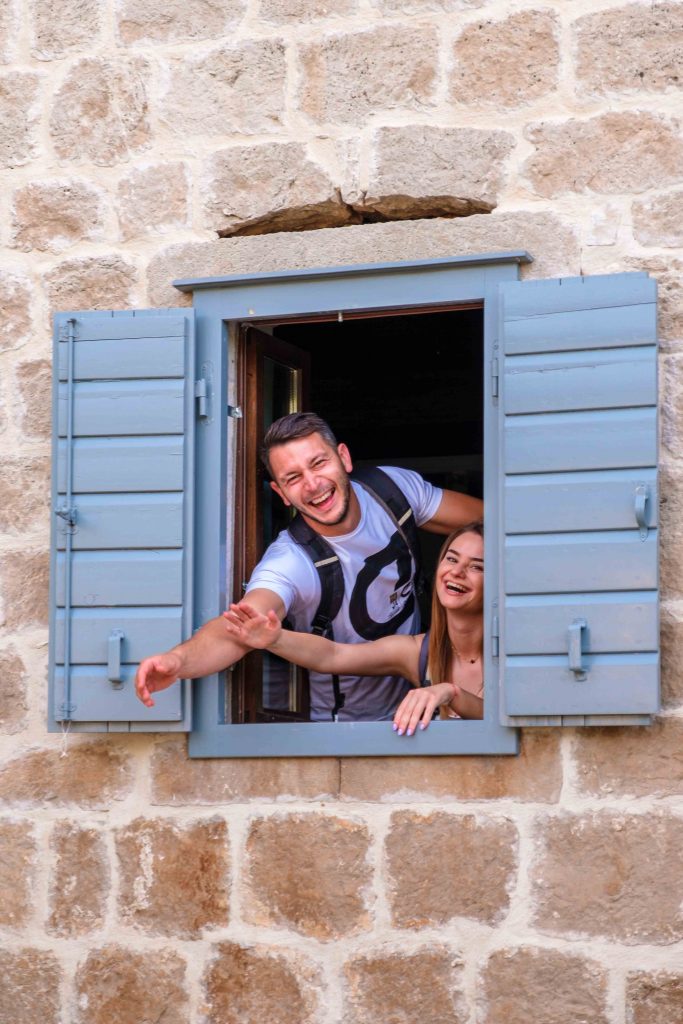
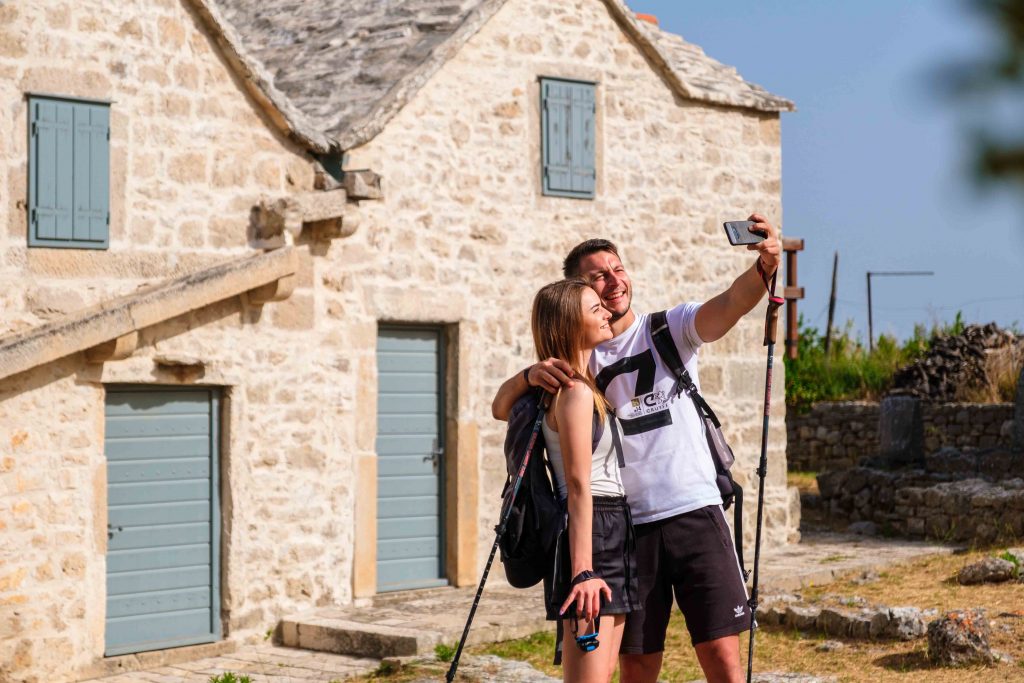
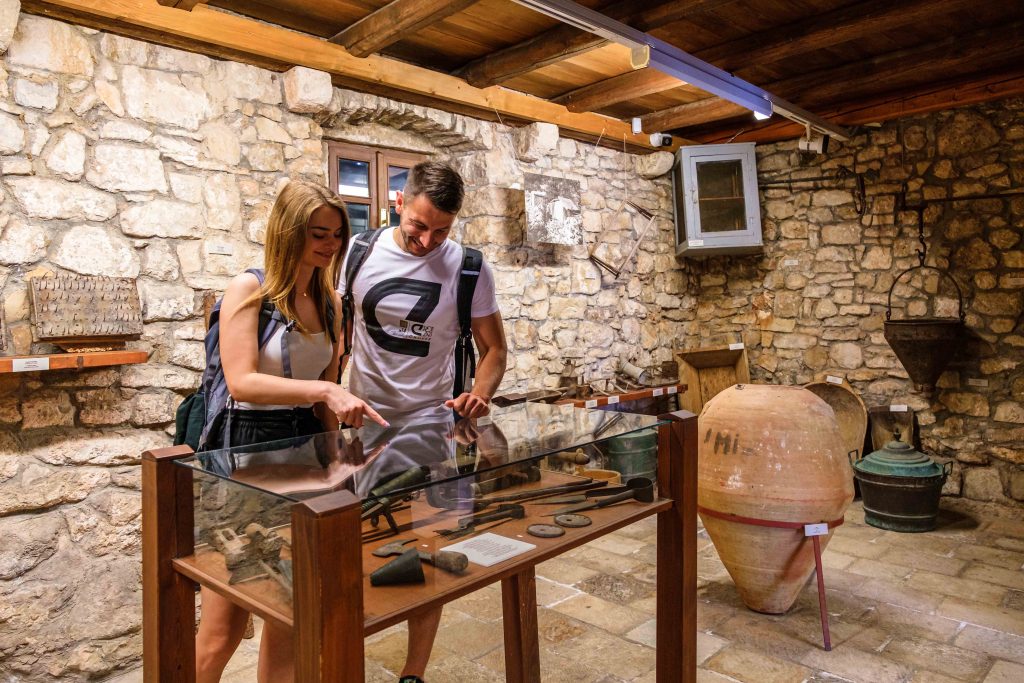
At the end, you will receive 12 stamps, each one representing each of the 12 points from this unique attraction in the Museum of the Blaca Hermitage, the Dragon's cave, the Dominican Monastery in Bol, Podsmrčevik, the Franciscan Monastery in the Church of St. Martin in Sumartin, the Early Christian Basilica in Povlja, the Stonemasonry School in Pučišća the Basilica of St. Lawrence, Vila na Mirju near Postira and the museum of the Island of Brač in Škrip.
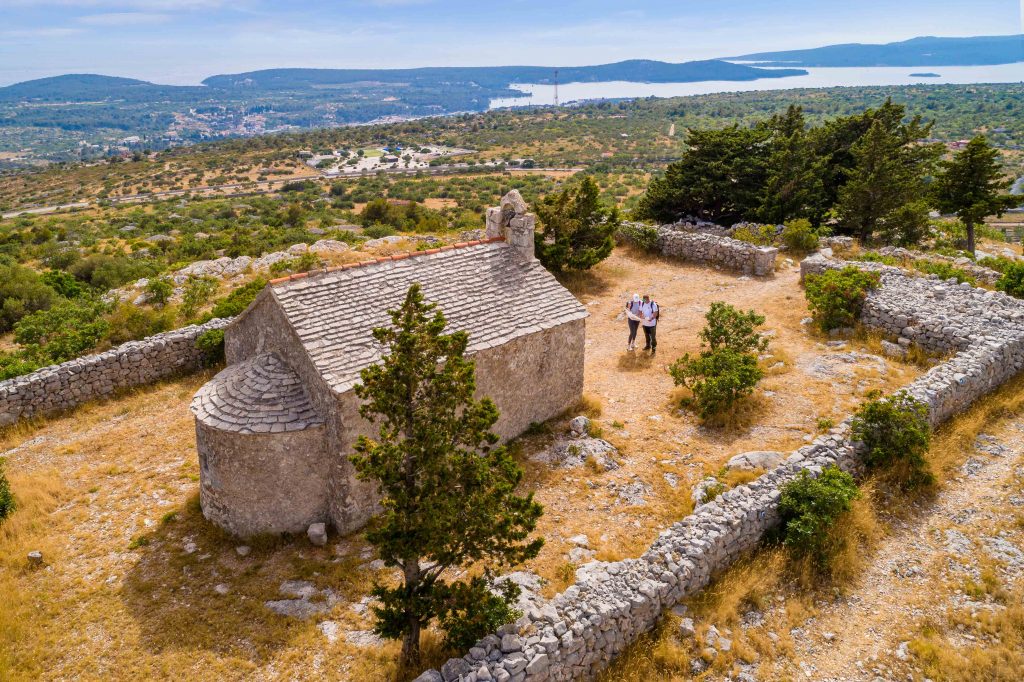
The 11th seal is obtained in the church of St. Spyridon at the crossroads of ancient roads from Sutivan to Mirca, and the last in the church of St. Martin from the location of an extremely important strategic position and view of the sea route through the Split Gate to the Central Dalmatian islands of Hvar, Brac and Solta.
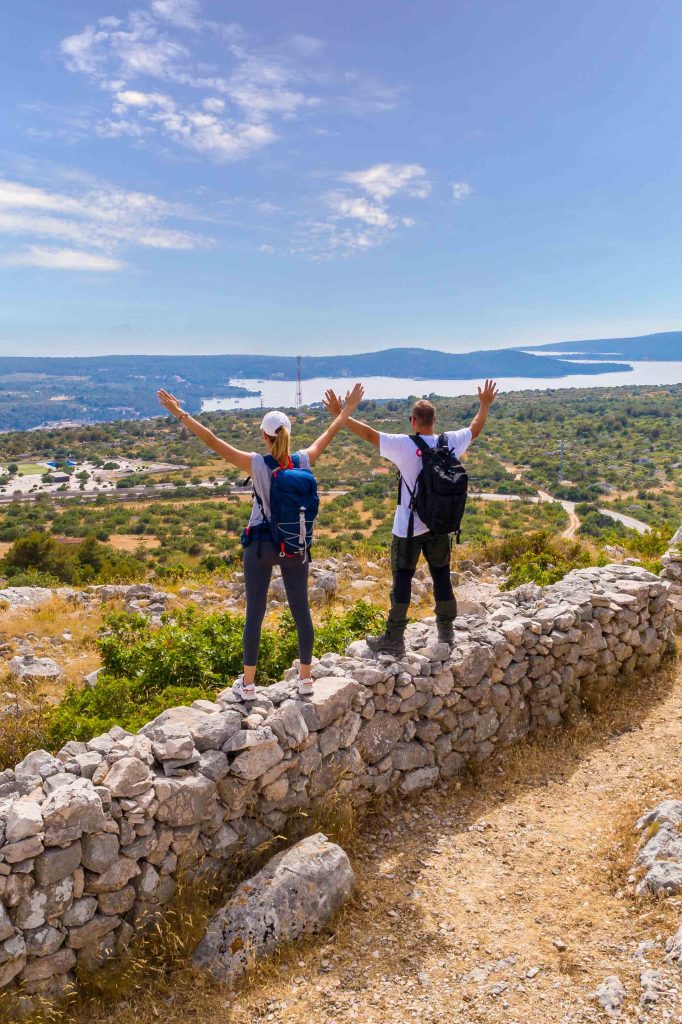
For all those who decide to take this amazing island walk, here are some important tips to be learned. Pedestrian sections would be desirable to do in such a way that sleep is provided in one of the more populated places near the route. The road map provided for the stamps can be downloaded from the Tourist Information Centre of the island, in Supetar, Sutivan, Milna, Bol, Postira, Pučišća, and in Sumartin. The fluid for the stamp should be carried on your person, as should sufficient amounts of water and food, especially in the summer months. And that would be it, VIA BRATTIA is waiting for you, so why not begin by heading in the direction of an amazing island experience?
MORE ABOUT LOCATIONS:
1 – MUSEUM BLACA DESERT

ABOUT LOCATIONS WITH THE STAMPS
1 – Hermitage Blaca Museum
The hermitage (monastery) was founded in the 16th century by the Glagolitic priests who come to Brač fleeding from Poljica before the Turks. Blaca can be reached from many directions, but always exclusively by foot. Blaca are really an exceptional monument of human work, with great historical, economic, artistic and scientific content.
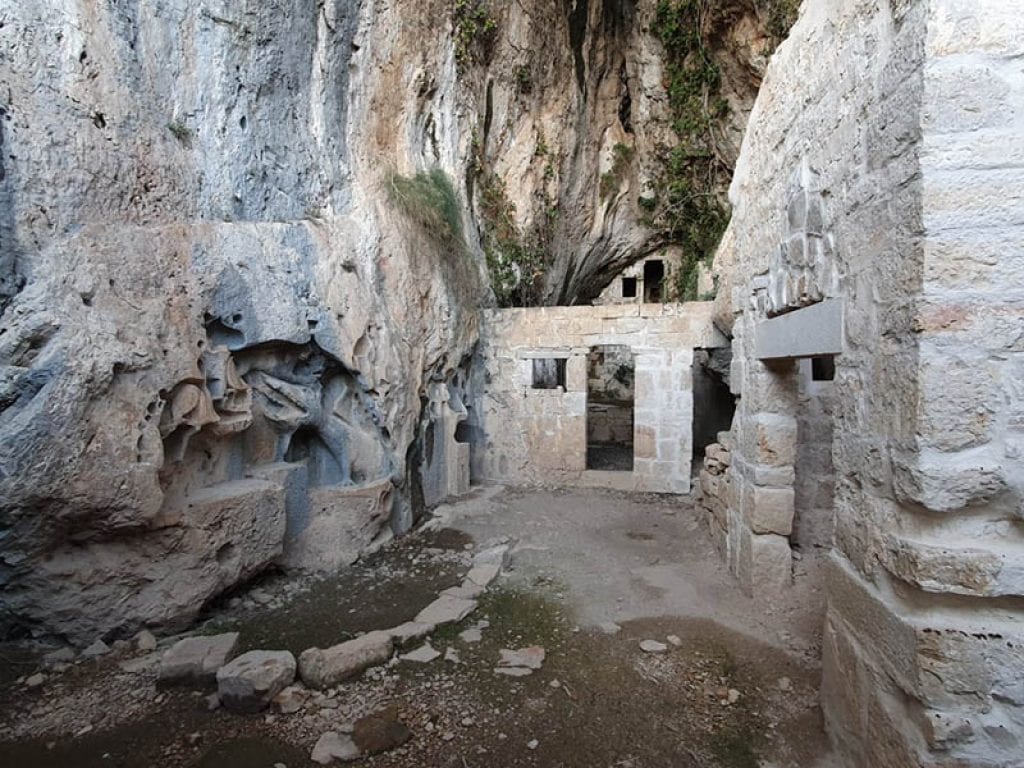
2 – Dragon’s Cave
Dragon’s cave is a monument to the hermit-like monastic life of the Glagolitic priests from the 15th century. It is situated 200 m above the village Murvice, in the heart of Vidova Gora (mountain). Throughout the centuries it has served as the residence and sanctuary of Poljica Glagolitic priests fleeing before the Turkish invasion to continue their monastic life in the caves.
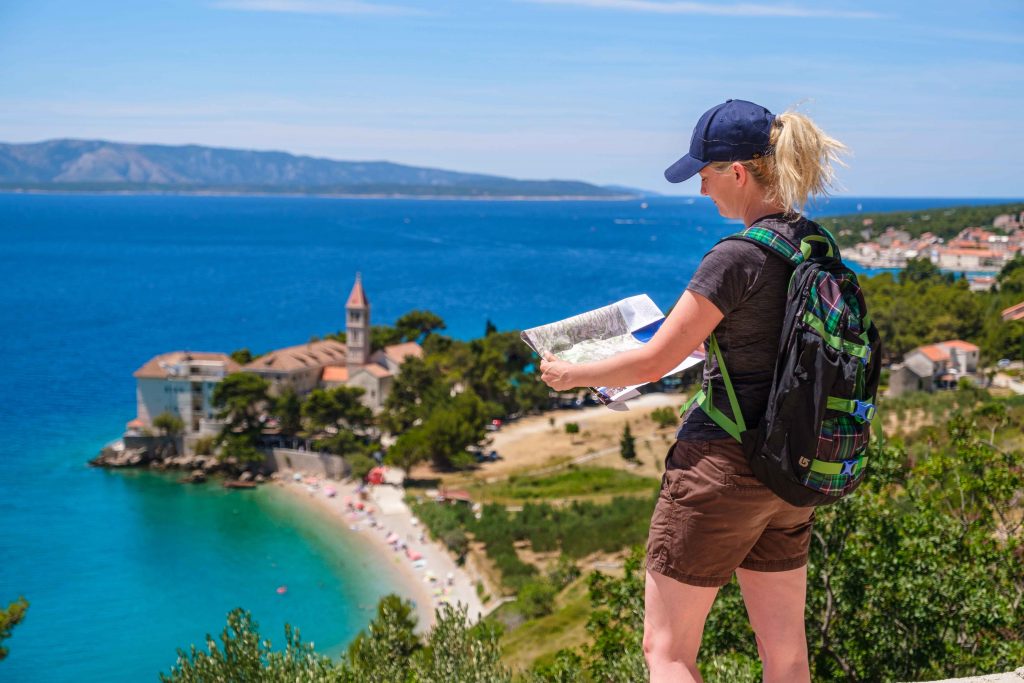
3 – Dominican Monastery In Bol
It was founded in 1475 in a location chosen for the Dominicans by the inhabitants of Bol, and confirmed by the Brač Duke Zacharia. The spiritual and cultural influence of the monastery was felt for centuries, not only in Bol but also the wider region. Aside from the museum in the monastery there is also a library with rare books and manuscripts.
4 – PODSMRČEVIK
Podsmrčevik is one of five hamlets settled in the inner part of the island, northwest of Selca. Today they are almost abandoned because their people settled in nearby settlements.
The oldest parts of this hamlet are characterized by small stone houses covered in stone slabs, using the dry-wall technique or built from hewn stone blocks, with enclosed gardens and stables.

5 – Franciscan Monastery And The Parish Church Of St. Martin In Sumartin
Fleeing the Turks Franciscan monks came with the settlers and founded Sumartin in the middle of the 17th century. The monastery is synonymous with the legendary poet and Franciscan monk Andrija Kačić-Miošić and today holds a private museum with valuable collection of artifacts. Next to the parish church also look for the footprint commemorating the “Footsteps of St. Martin de Tours”.

6 – Early Christian Basilica In Povlja
Many visitors come to Povlja to see the early Christian basilica on the grounds of the parish church. The remains of the Early Christian basilica date back from 5th and 6th centuries.
Many parts of this triple – naved basilica can be seen in their entirety, also as an area of the former baptistery. Povaljski prag and Povaljska listina, of great importance to Croatian history, also originated here.
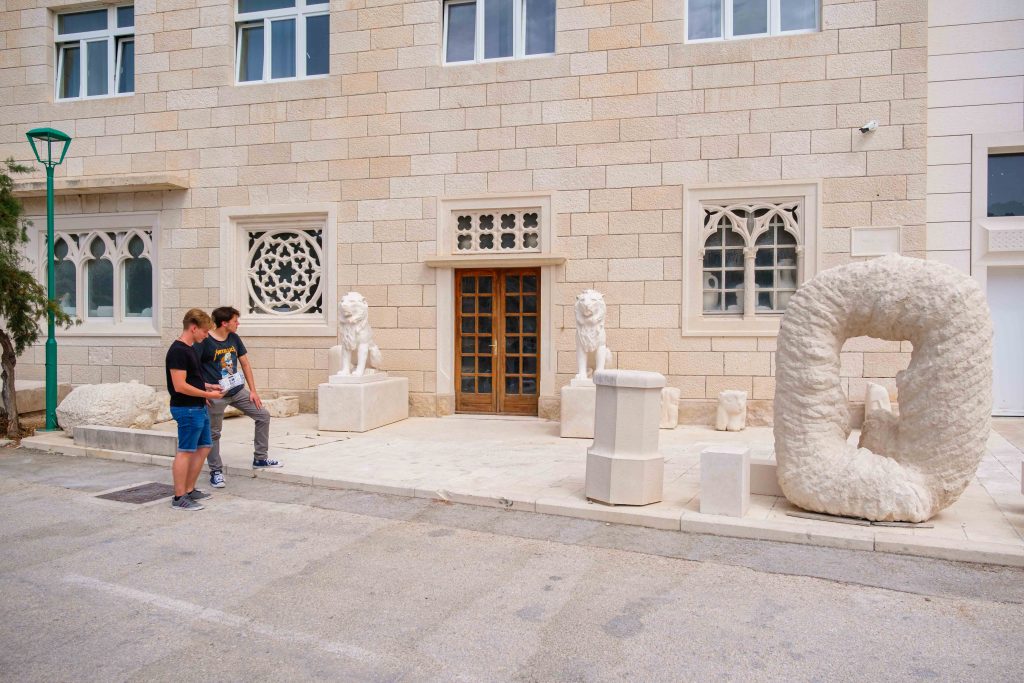
7 – The Stonemason school in Pučišća
The Stonemason school began with its work in the remote 1909. This is the only school in the Republic of Croatia that educates the stone masons. Its work is based on the ancient Roman stone processing technology using hand crafted tools. It is recognized throughout the world and is being visited by innumerous visitors each year. The skill of hand stone processing using the old Roman tools nourished in the Stonemason school is protected by non-material cultural heritage of the Republic of Croatia.
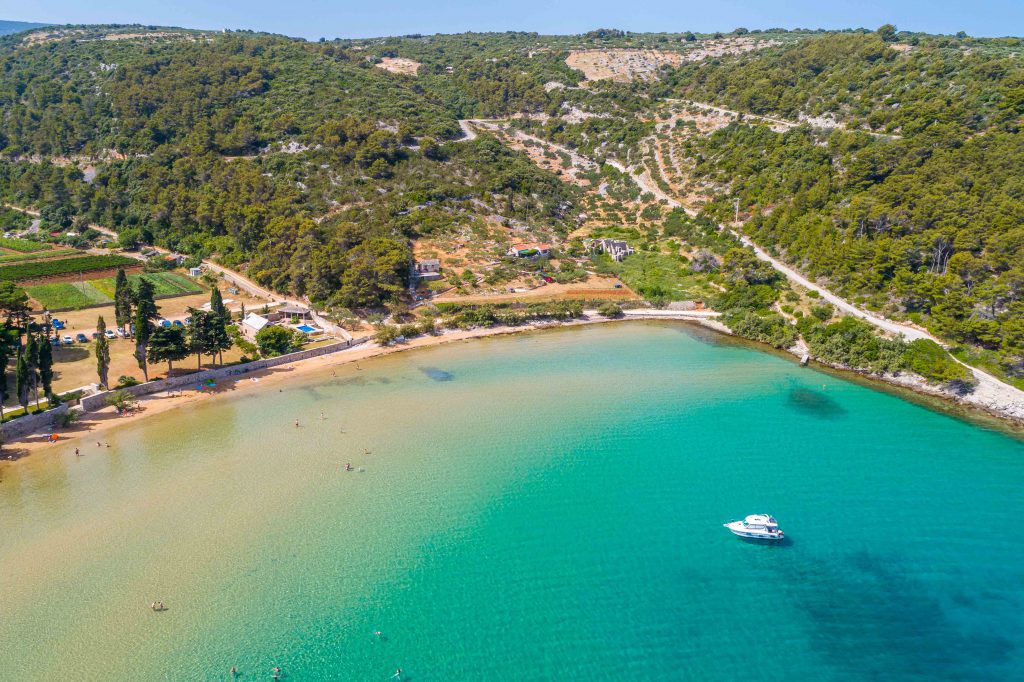
8 – Lovrečina And The Basilica Of St. Lawrence
The Roman farm was built in Lovrečina bay, close to a water source and a fertile field. In the 5th century a Benedictine monastery was founded in the border area with the church dedicated to St. Lawrence, whose name has been preserved in the name of the bay. Lovrečina is the biggest sandy bay on the island Brač.
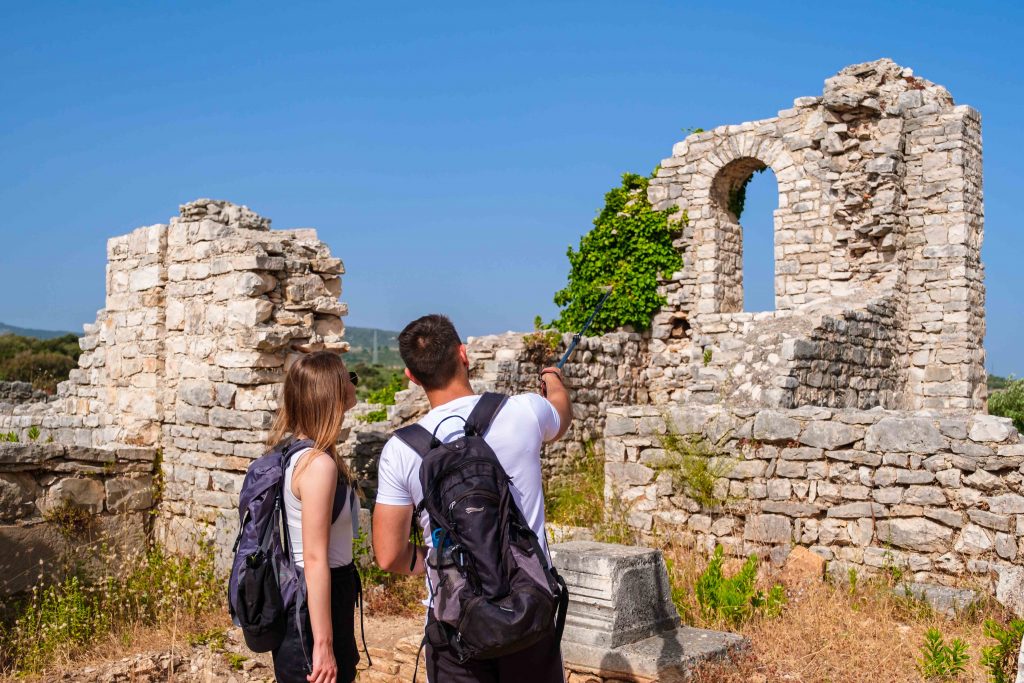
9 – Late Antique Villa On Mirje Near Postira
Mirje is situated among the two important centers on the Adriatic part of the province: Diocletian’s palace in Split and imperial quarries near Škrip, from which architectural stone for building the monumental palace was cut.
Numerous fragments of stone furniture confirmed the existence of a sacral building from the 6th century. The analysis of the discovered walls suggests that the complex was not built for the convent’s community, but that was in fact a later adaptation of the late antique villa with thermal complex.
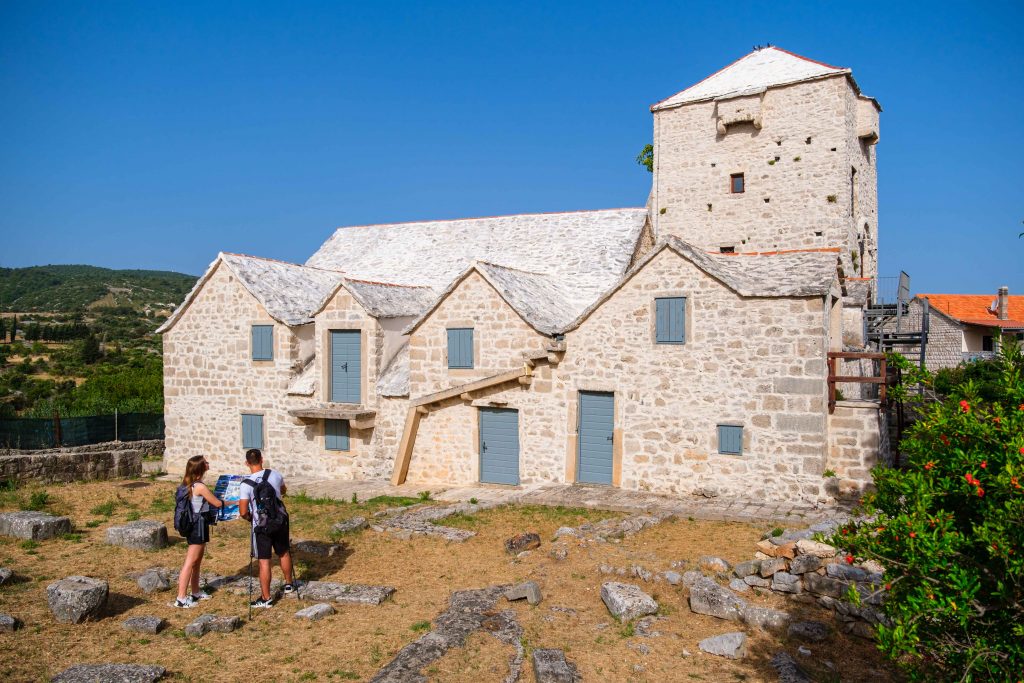
10 – The Island Of Brač Museum In Škrip
The Island of Brač Museum, situated in Radojković Tower from the 16th century, is one of the Croatian most visited museums, annually visited by more than 15 000 people. Its foundations date back 1500 years A.C. In the lower floor of the Museum, there is a Roman Mausoleum where, according to the legend, rest Valerija and Priska – wife and daughter of the Roman emperor Diocletian. The Island of Brač Museum in Škrip is the place not to be missed when visiting Brač.

11 – St. Spiridon’s Church
Uniquely shaped small chapel at the crossroad of ancient roads from Sutivan to Mirca and former parish Donji Humac (16th century). Not far from the church there is a speleological location (pit), the only one in Sutivan area.
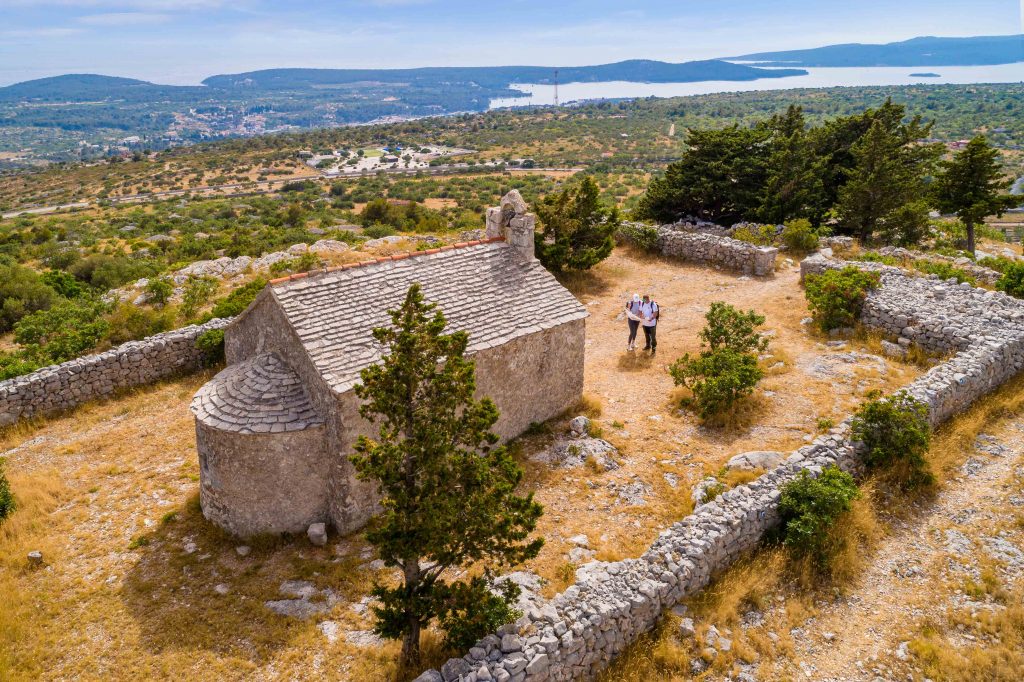
12 – Church of St.Martin
We don’t know exact time construction of the church of St.Martin, but shows early Romanesque style characteristics. On the facade of her annexed bell tower in the late 15th century. Simply stone facade on top of a brick distaff with a triangular pediment from the 14th century church is vaulted barrel vault without a flange, and the walls were broken down broad shallow niches. Above the altar is a Renaissance stone relief, workshop Firentinac, depicting St. Martin and the beggar on horseback.
photo: Hrvoje Gabrić, Robert Barilla, Alan Čaplar, archive TB Brač island
DALMATIA - STORYTELLING DESTINATION Expounding tours to revive the chequered past of Croatian aristocracy in Dalmatia
Expounding tours of Kaštela, Solin, and Trogir
Kaštela, Solin, and Trogir are small towns in the vicinity of Split. Expounding tours within the Dalmatia Storytelling Project revive the chequered past of Dalmatia, its turbulent history, adventures of the nobility, and a beautiful love story. Kaštela was ravaged by the Turks, to which many remains of buildings bear witness, but is nowadays known for its first-class olive oil and wine. Solin has a different history: It is proud of its royal love story and boasting its beautiful basilicas. "Little Venice" proudly tells the story of a noble family who left their love in Trogir.
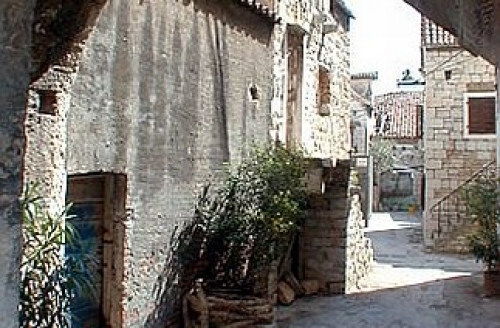
Expounding tour Roots of Dalmatia
Kaštela, a place near Split, is known for its turbulent history and its extra virgin olive oil that is genuine liquid gold, and its top wines, the most famous of which is Crljenak Kaštelanski or Zinfandel. Expounding tour Roots of Dalmatia familiarises with the way of life in Kaštela between the 5th and the 21st century, long past hallmarked by struggles, survival, and outstanding courage of local inhabitants. This region was exposed to attacks by Turkish and other invaders, as evidenced by the remains of towers, forts, and citadels.
The history of Kaštela was marked by two Croatian noble families Ćipiko and Stafileo, who built fortifications, thus defending their place in numerous defensive actions and the Venetian-Turkish wars. They were mainly landowners, merchants, and sailors who invested their funds into chapels, works of defense, and farm buildings. Peasants and farmers of Kaštela earned their livelihood by growing fruits, vegetables, and cereals and processing olives and grapes. Many former customs have vanished into oblivion, yet wine and olive oil are still part of the tradition. Taking a walk, visitors will learn about the historical development, which has made a dent in today's life of Kaštela and Dalmatia and enjoy the extra virgin olive oil.
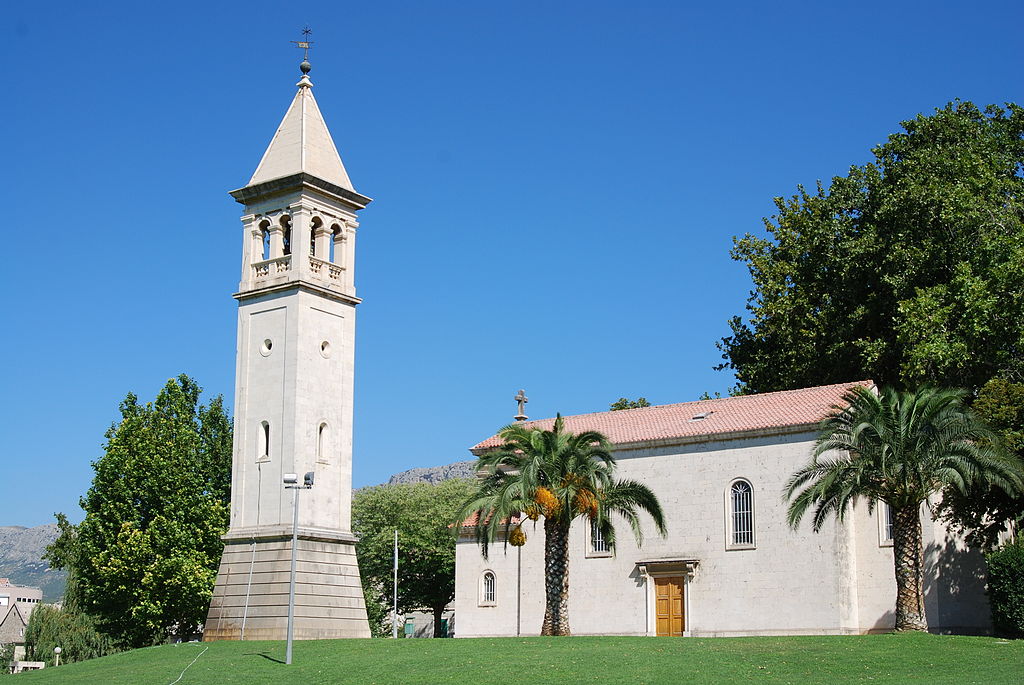
Royal stories from Solin
With the help of the governor of Zadar, ban Pribin, the young king Mihajlo Krešimir II of the Trpimirović lineage won the civil war against his brother Miroslav and was in 949 anointed king. The following year, he cemented his alliance with the governor by providing a grant to the Zadar monastery of St Chrysogonus. There he was hit by Cupid's arrow and fell in love at first sight with a young Jelena from an aristocratic family of Madijevci.
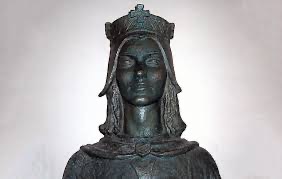
They got married and ruled from the then royal city of Solin. They had a son Stjepan Držislav, who was to inherit his father's crown. However, King Mihajlo died in a battle while Stjepan Držislav was still a minor, so mother Jelena took over the reign as regent in her son's name. During her short reign, two churches were built on the river island in Solin - the coronation basilica of St. Mary and the burial basilica of St. Stephen. King Mihajlo was buried in the St. Stephen Church, where Jelena also found eternal rest next to him in the church vestibule - the so-called Mausoleum of Croatian Kings.
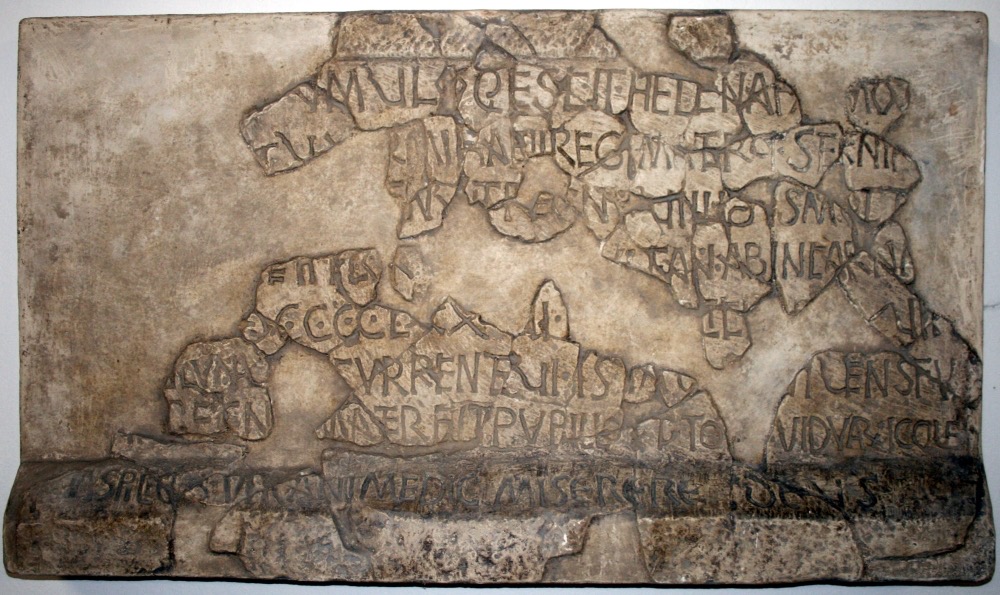
On the queen's sarcophagus, there is an epitaph testifying the genealogy of Croatian kings of the early Middle Ages: "In this grave lies the famous Jelena, wife of king Mihajlo, mother of king Stjepan. She brought peace to the kingdom..."
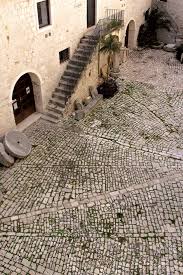
Expounding walk through the palace of the Garagnin-Fanfogna family
One of the names of the 3000 years old Trogir is "Little Venice," as it bears a remarkable resemblance to the beautiful Italian city of art. Being the most influential noble family of Trogir in the 18th and 19th century, the Garagnin–Fanfogna family originated in Venice and arrived in Trogir in the 16th century, when in the city center, a beautiful palace was built for them. In the 18th and 19th century the Garagnin family played an important role in maritime affairs, trade, and the overall economic and cultural life in Trogir and Split. Catherine (Katarina) Fanfogna-Garagnin was the last descendant of this influential noble family and the first woman in this region to keep her maiden name Garagnin and add it to her husband's name. An expounding walk takes visitors through the late Baroque palace, a venue of the Trogir noble elite, which was built in the 18th century by the Garagnini to the plans of Ignacije Macanović.
Catherine's father, Ivan Luka Garagnin, a forward-thinking erudite, was the first conservator in Dalmatia. Visitors can learn about the culture of enjoying food in the family dining room, so-called tinel. At the same time, the most impressive part of the palace is the family library, which is with more than 5,000 books, the largest in this region. It was founded by Ivan Luka Garagnin - Bishop of Rab and Archbishop of Split. It was also visited by the Austrian Emperor Franz Joseph. In addition to the valuable holding of books, it also contains all issues of the Royal Dalmatian (Kraljveski Dalmatin), which was the first newspaper in the Croatian language. After Catherine's marriage to Antun Fanfogna, the palace became Garagnin-Fanfogna. Unfortunately, the palace was devastated after the Second World War, but the family library has been preserved. Today, the palace houses the Trogir City Museum, which is indeed worth a visit

DALMATIA - STORYTELLING DESTINATION
Revival of storytelling in museums and institutions to preserving cultural heritage is a unique project in Croatia and Europe. In Dalmatia, as a storytelling destination, 14 characters of the area's rich heritage have been revived. Revival of heritage characters in museums and heritage institutions is a unique project in Croatia and Europe, reviving 14 heritage characters. In addition to this project, 23 themed tours have been created. This project, intended for tourists and the local population, is focused on providing authentic experiences of cultural heritage through storytelling. These commercial guided tours will be available through the County's storytelling platform that offers storytelling tours led by knowledgeable and certified guides wearing costumes. The project aims to preserve and publicize Dalmatian cultural heritage and create attractive 365 tourist offers in Splitsko–Dalmatinska County.
Storytellers:
Roots of Dalmatia - Ana Ivica Jakić
Royal stories from Solin – Vedrana Memiš
Expounding walk through the palace of the Garagnin-Fanfogna family – Doris Čavka
VIA BRATTIA - Embark an unforgettable experience of the touristic - hiking trail of the island of Brač!
VIA BRATTIA is a 140 kms long circular tourist trail that connects numerous setlements on the island of Brač and 12 most attractive island’s cultural and historic locations.
Besides these 12 locations, VIA BRATTIA will take you through the centers of many pitoresque Brač settlements – Supetar, Mirca, Sutivan, Bobovišća na moru, Ložišća, Bobovišća, Milna, Murvica, Bol, Sumartin, Povlja, Pučišća, Postira, Škrip and to some of the island’s most beautiful beaches and bays – Zlatni rat in Bol, Farska, Murvica, Lovrečina, Smrka, etc.
Since it is a cicrular trail, marked in both directions, you can hop on it in each of the places mentioned above, simply following the blue and white marks.
We recommend you to walk it in parts, spending the nights in the towns through which the trail goes. There you can refill your water and food supplies.
Please have in mind that camping outside of designated camping areas and open fire are both strictly forbidden in Croatia. In case of any emergency please call 112.
https://supetar.hr/via-brattia/

STAMPS
There is a stamp placed at visible spot on every of 12 locations. Put a stamp on an indicated spot on the back page of this map. Have a liquid for a stamp with you. The spot for a stamp is marked with the number of the location on the map.
Once you visit all the locations and place all the stamps on the indicated spots, you will create the photo of St. George, protector of our island killing the dragon which stands as Brač island’s coat of arms. We recommend you to frame it and have it as a souvenir from this journey and a reminder of this, hopefully, extraordinary experince.

ABOUT LOCATIONS WITH THE STAMPS
1 - Hermitage Blaca Museum
The hermitage (monastery) was founded in the 16th century by the Glagolitic priests who come to Brač fleeding from Poljica before the Turks. Blaca can be reached from many directions, but always exclusively by foot. Blaca are really an exceptional monument of human work, with great historical, economic, artistic and scientific content. Hermitage Blaca is an outstanding natural and cultural phenomenon, a wonderful oasis of peace and memories of days gone by. Instructions for visitors: To get to the museum one has to walk on a steep 2.5- km-long goat path; Sportswear and sport footwear are strongly recommended. Since there are currently no food or beverages available to purchase at the museum, it is recommended that visitors bring their own water or refreshing drink.

2 - Dragon’s Cave
Dragon’s cave is a monument to the hermit-like monastic life of the Glagolitic priests from the 15th century. It is situated 200 m above the village Murvice, in the heart of Vidova Gora (mountain). Throughout the centuries it has served as the residence and sanctuary of Poljica Glagolitic priests fleeing before the Turkish invasion to continue their monastic life in the caves. The cave contains the petrified history of a persecuted nation which had reconciled its ancient pagan faith with a Christian concept of the world. It is therefore in this cave that ancient Slavic myths of werewolves, fairies, incubi and witches with Bosnian kings and scenes from the apocalypse.

3 - Dominican Monastery In Bol
It was founded in 1475 in a location chosen for the Dominicans by the inhabitants of Bol, and confirmed by the Brač Duke Zacharia. The spiritual and cultural influence of the monastery was felt for centuries, not only in Bol but also the wider region. Aside from the museum in the monastery there is also a library with rare books and manuscripts. In the monastery church there is a coffered ceiling with a picture of Apotheosis of St. Dominic, the work of the local artist Tripo Kokolje from the 17th century, while on the main altar there is an altarpiece of the “Mother of God with the saints” from the workshop of Jacob Tintoretto.

th the saints” from the workshop of Jacob Tintoretto.
4 - Podsmrčevik
Podsmrčevik is one of five hamlets settled in the inner part of the island, northwest of Selca. Today they are almost abandoned because their people settled in nearby settlements.
The oldest parts of this hamlet are characterized by small stone houses covered in stone slabs, using the dry-wall technique or built from hewn stone blocks, with enclosed gardens and stables. These dwelings show us how people used to live in these areas and are real monuments of Brač rural architecture.
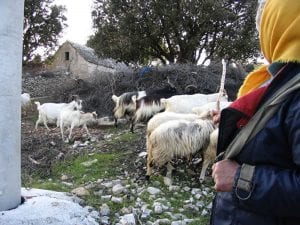
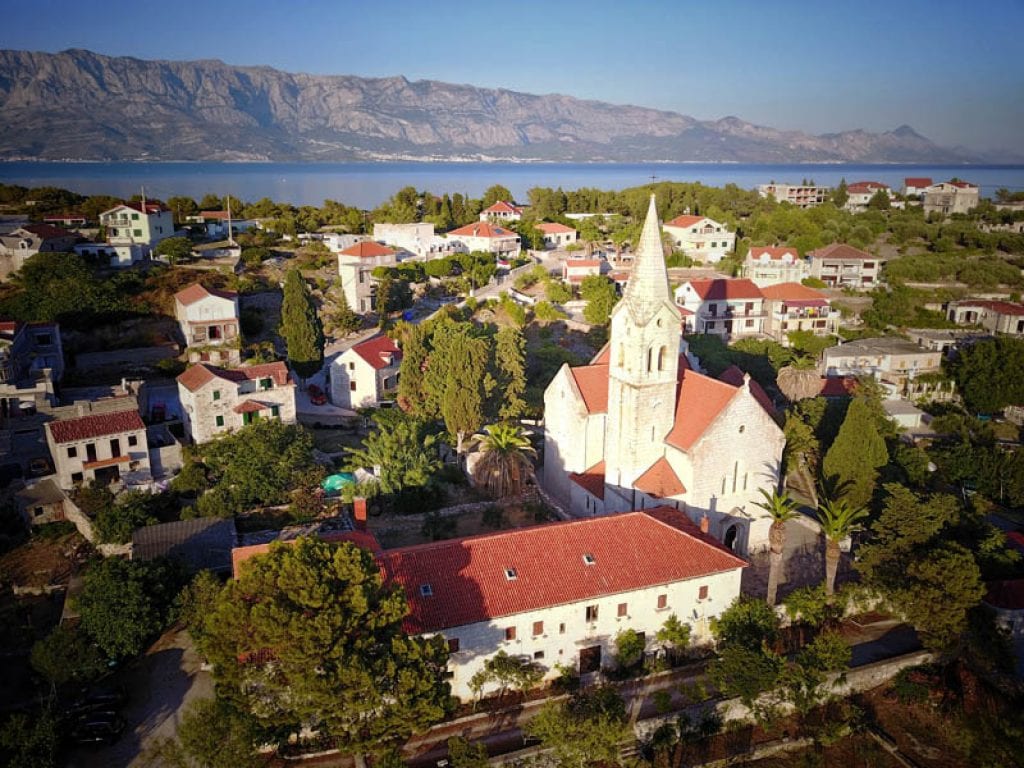
5 - Franciscan Monastery And The Parish Church Of St. Martin In Sumartin
Fleeing the Turks Franciscan monks came with the settlers and founded Sumartin in the middle of the 17th century. The monastery is synonymous with the legendary poet and Franciscan monk Andrija Kačić-Miošić and today holds a private museum with valuable collection of artifacts. Next to the parish church also look for the footprint commemorating the “Footsteps of St. Martin de Tours”.
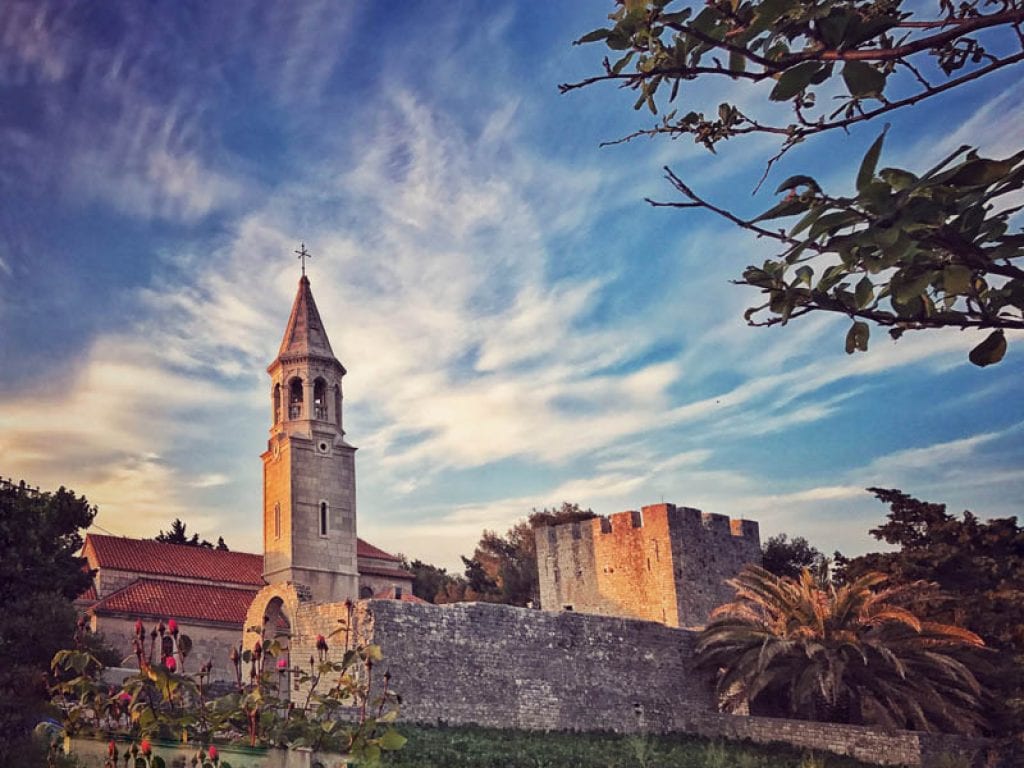
6 - Early Christian Basilica In Povlja
Many visitors come to Povlja to see the early Christian basilica on the grounds of the parish church. The remains of the Early Christian basilica date back from 5th and 6th centuries.
Many parts of this triple – naved basilica can be seen in their entirety, also as an area of the former baptistery. Povaljski prag and Povaljska listina, of great importance to Croatian history, also originated here.

7 - The Stonemason school in Pučišća
The Stonemason school began with its work in the remote 1909. This is the only school in the Republic of Croatia that educates the stone masons. Its work is based on the ancient Roman stone processing technology using hand crafted tools. It is recognized throughout the world and is being visited by innumerous visitors each year. The skill of hand stone processing using the old Roman tools nourished in the Stonemason school is protected by non-material cultural heritage of the Republic of Croatia.
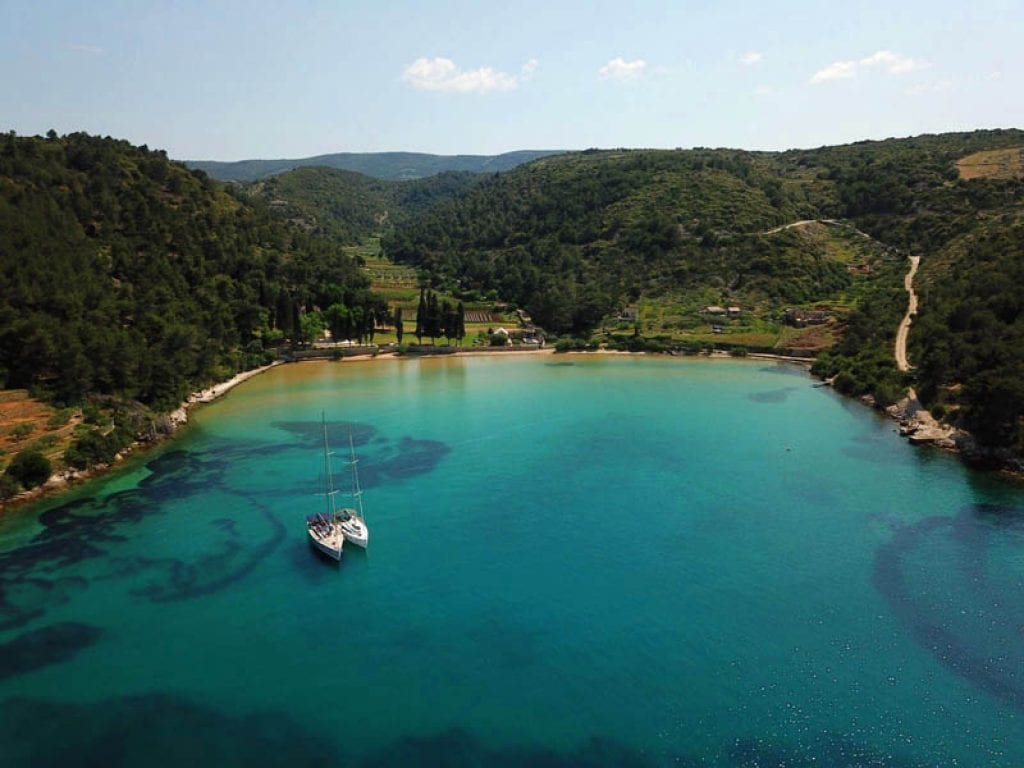
8 – Lovrečina And The Basilica Of St. Lawrence
The Roman farm was built in Lovrečina bay, close to a water source and a fertile field. In the 5th century a Benedictine monastery was founded in the border area with the church dedicated to St. Lawrence, whose name has been preserved in the name of the bay. Lovrečina is the biggest sandy bay on the island Brač.

9 - Late Antique Villa On Mirje Near Postira
Mirje is situated among the two important centers on the Adriatic part of the province: Diocletian’s palace in Split and imperial quarries near Škrip, from which architectural stone for building the monumental palace was cut.
Numerous fragments of stone furniture confirmed the existence of a sacral building from the 6th century. The analysis of the discovered walls suggests that the complex was not built for the convent’s community, but that was in fact a later adaptation of the late antique villa with thermal complex.

10 – The Island Of Brač Museum In Škrip
The Island of Brač Museum, situated in Radojković Tower from the 16th century, is one of the Croatian most visited museums, annually visited by more than 15 000 people. Its foundations date back 1500 years A.C. In the lower floor of the Museum, there is a Roman Mausoleum where, according to the legend, rest Valerija and Priska – wife and daughter of the Roman emperor Diocletian. The Island of Brač Museum in Škrip is the place not to be missed when visiting Brač.
11 – St. Spiridon’s Church
Uniquely shaped small chapel at the crossroad of ancient roads from Sutivan to Mirca and former parish Donji Humac (16th century). Not far from the church there is a speleological location (pit), the only one in Sutivan area.


12 - Church of St.Martin
We don’t know exact time construction of the church of St.Martin, but shows early Romanesque style characteristics. On the facade of her annexed bell tower in the late 15th century. Simply stone facade on top of a brick distaff with a triangular pediment from the 14th century church is vaulted barrel vault without a flange, and the walls were broken down broad shallow niches. Above the altar is a Renaissance stone relief, workshop Firentinac, depicting St. Martin and the beggar on horseback.
More:
https://supetar.hr/via-brattia/
Hot Spots summer destination! Island Pag - feel the Magic of the Moon Island
Island of Pag is an unmissable global outdoor destination, as well as an international film and marketing attraction.
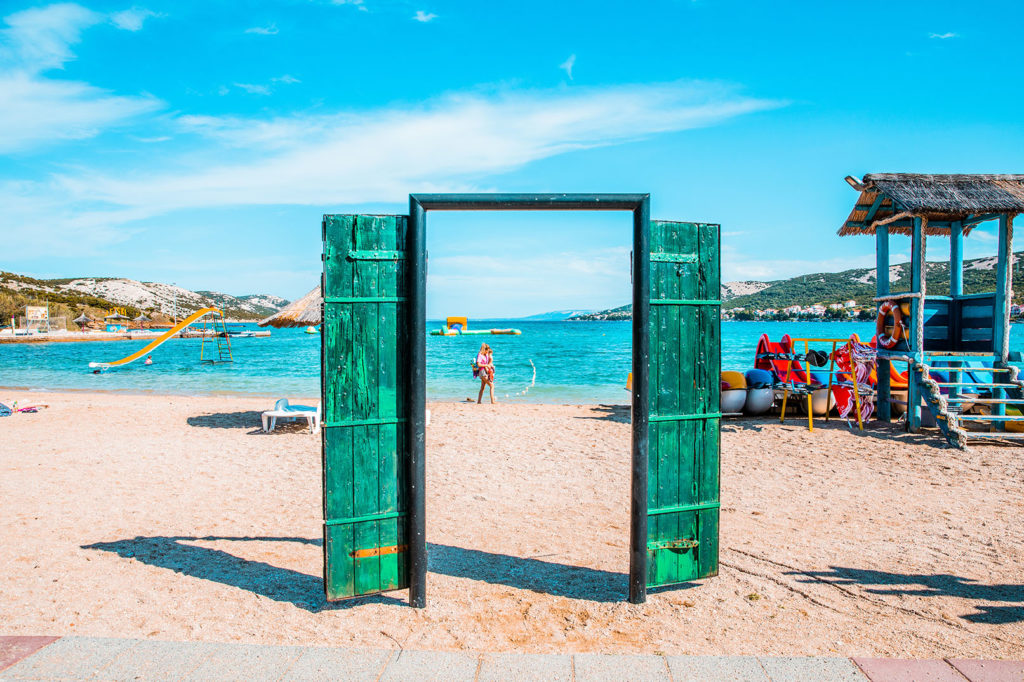
No one has original folk costumes like those Pag has. No woman wears a starched canvas in the shape of a triangle on her head, which frames the beautiful faces of the women and girls from Pag, these canvases are called blankets on the island of Pag and in Novalja, known as the Moon Island.
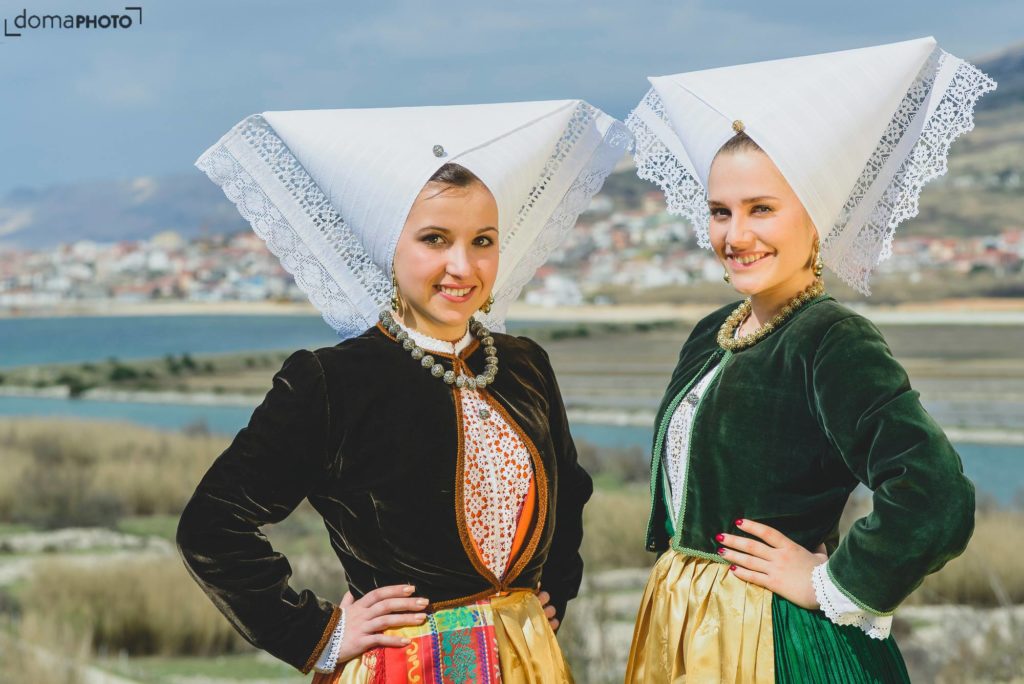
The island is decorated with one of the protected symbols of Croatian heritage, traditional, beautiful Pag lace, recognisable across the world as one of the most beautiful handicrafts made by the hands of women.

This summer, Pag is once again the number one destination, not only in Croatia but also globally.
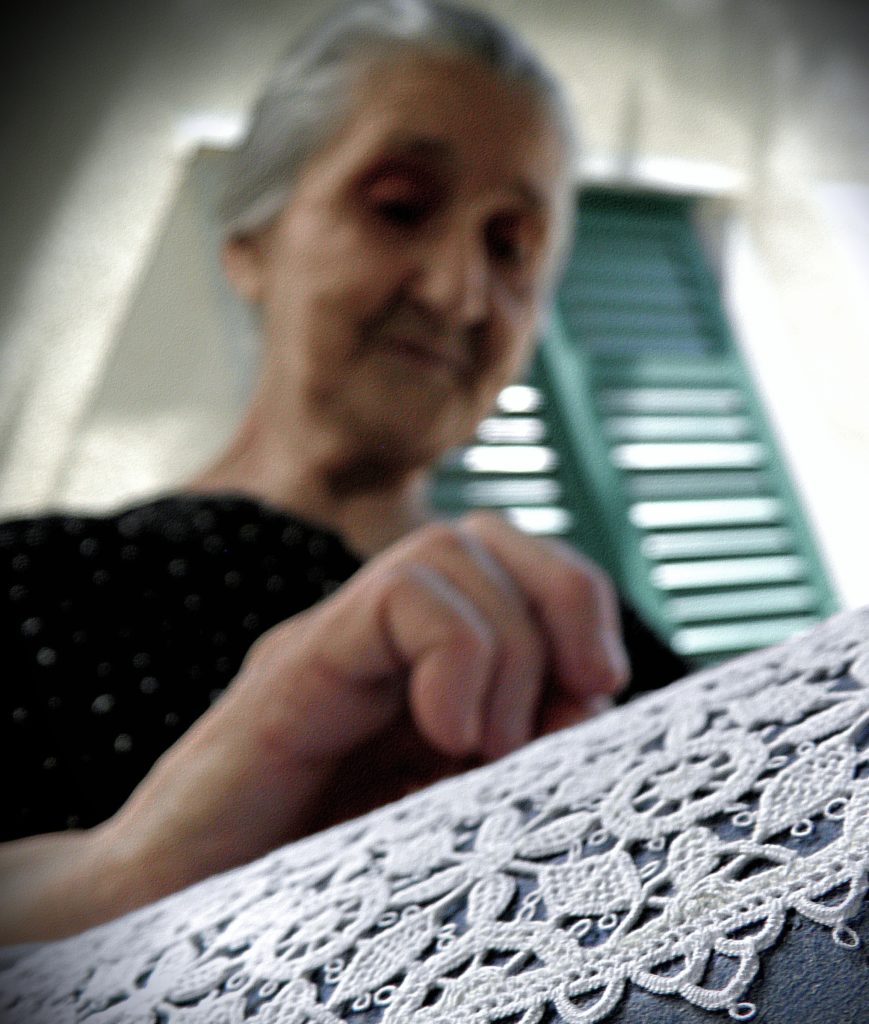
The story cleverly developed over the years has led to the birth of Pag becoming an IN location, which must be included in every travel planner.
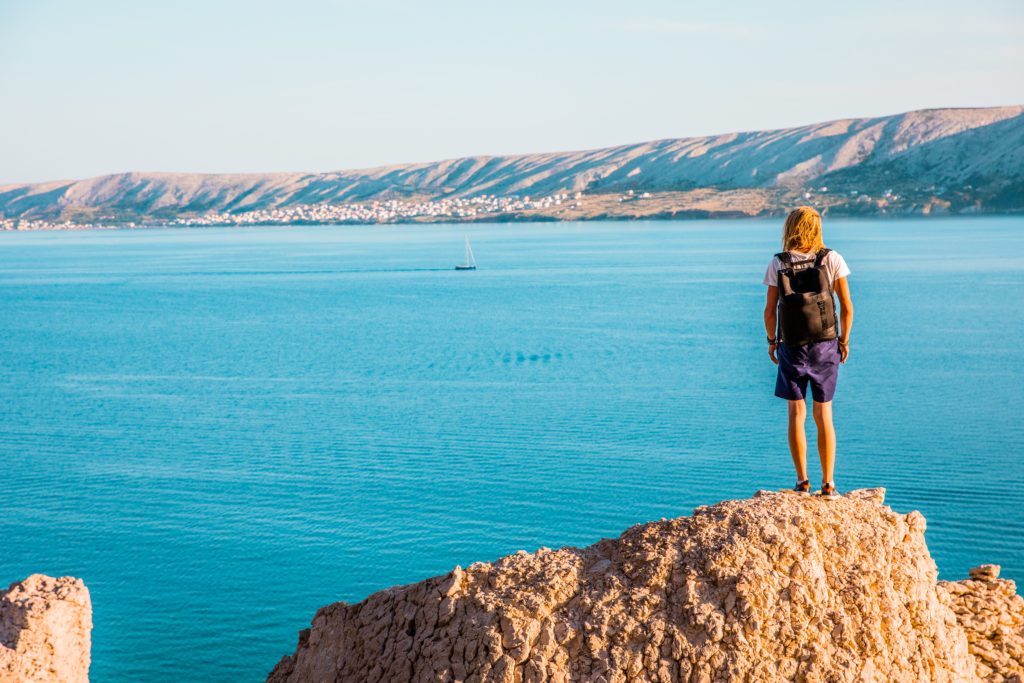
Because Pag has long been not just one of the top destinations for incredible entertainment, and by gradually building the story, this island has become an unmissable global outdoor destination, as well as an international film and marketing attraction.
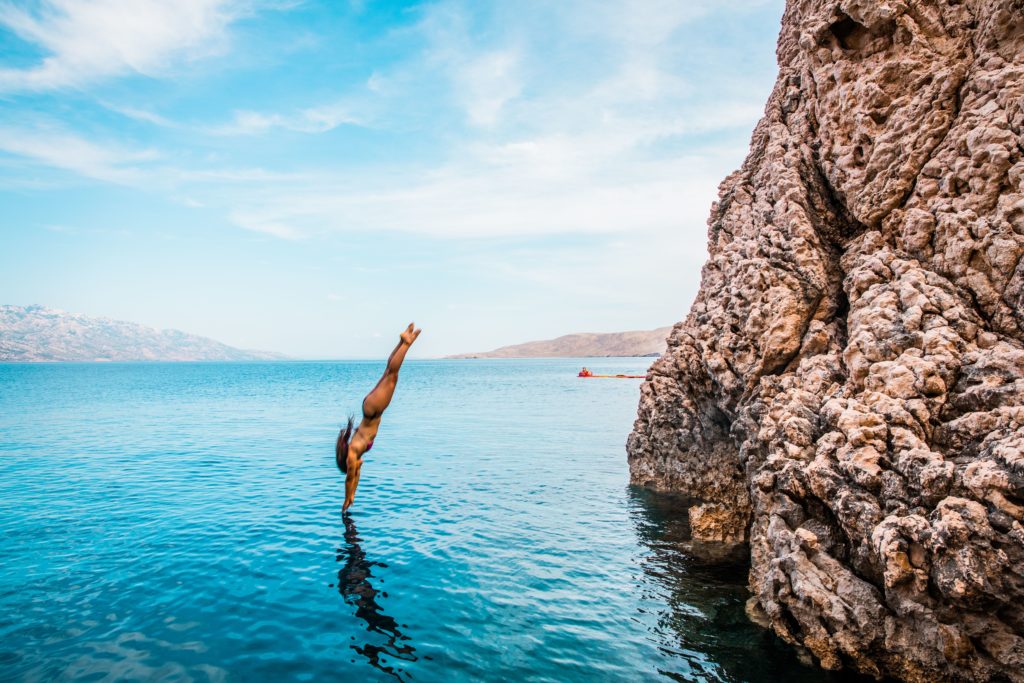
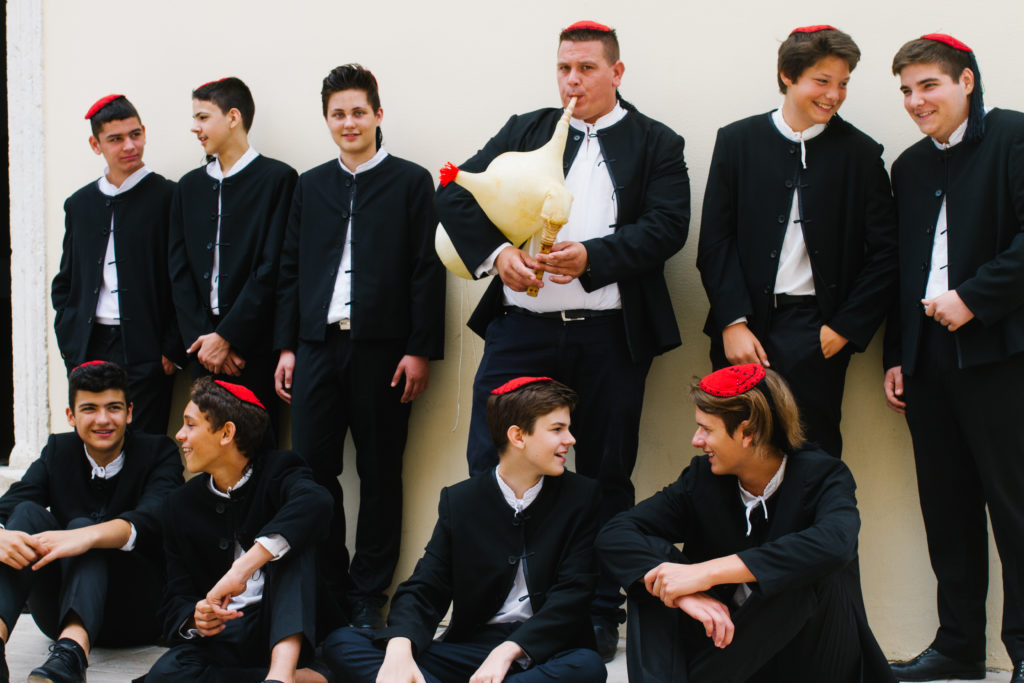
And more than anything, this has been presented by the latest campaign that brought together a few wise minds from the island, reinforced by a top professional, well-established photographer Jakov Baričić.

Such a coming together of minds could bring about absolutely nothing but the very best, a story about the island of Pag that brought everything that makes you have to visit this island as soon as possible up to the surface.
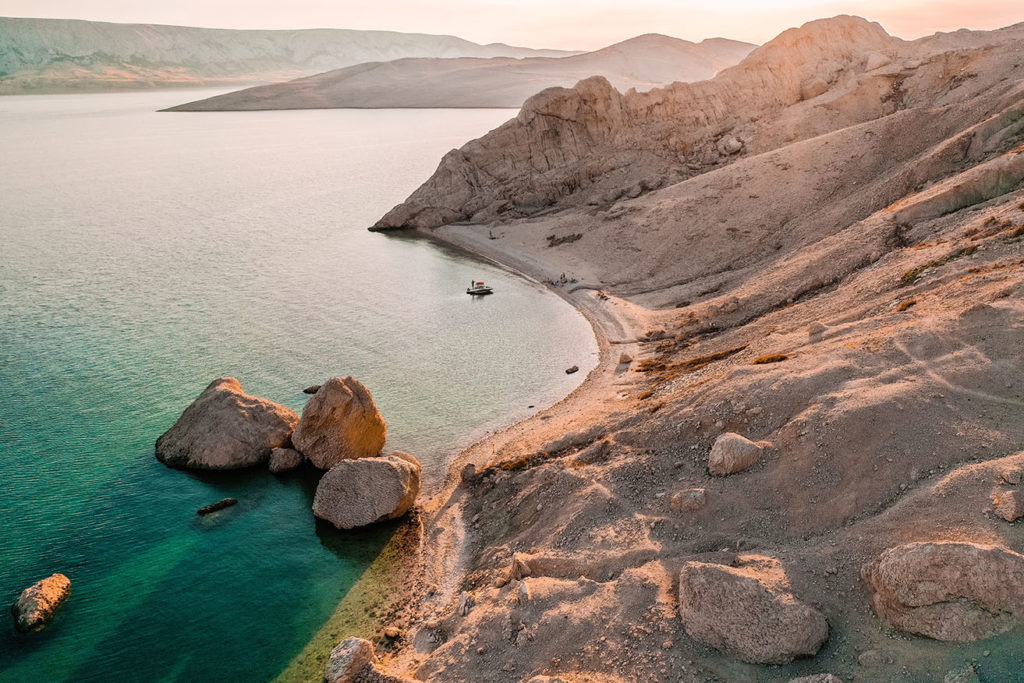
And Pag has been enrolled as a must-see destination from the travel plans for many Croatian and foreigner travellers.

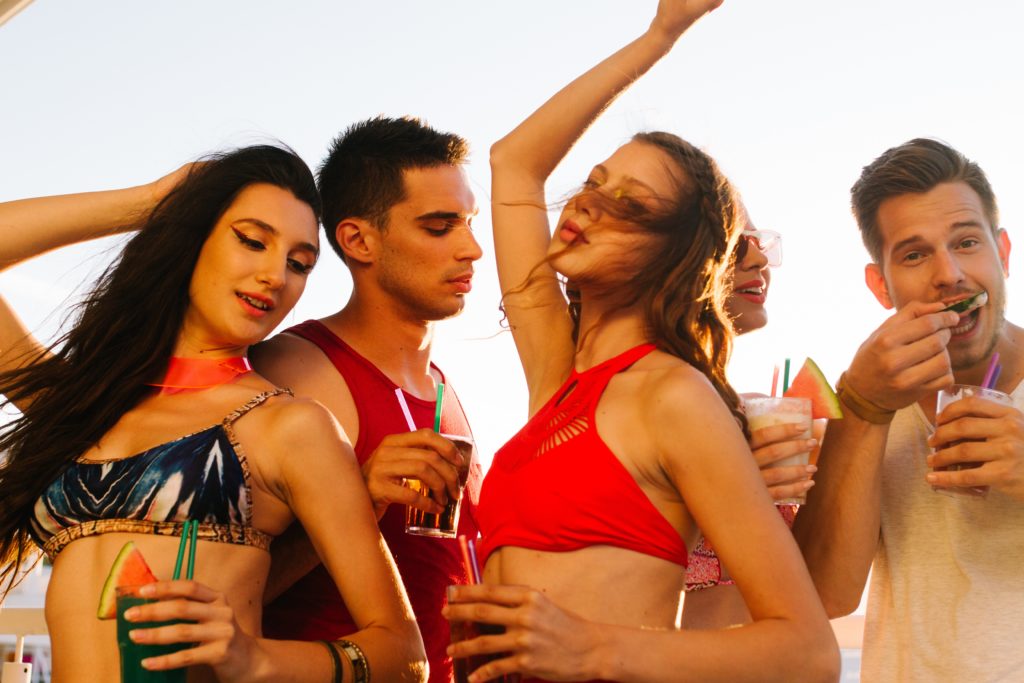
Because only here can one take fascinating street style and nature selfies and photos, and much like the trendsetters who have already done so, capture the absolute best that the island of Pag has to offer.
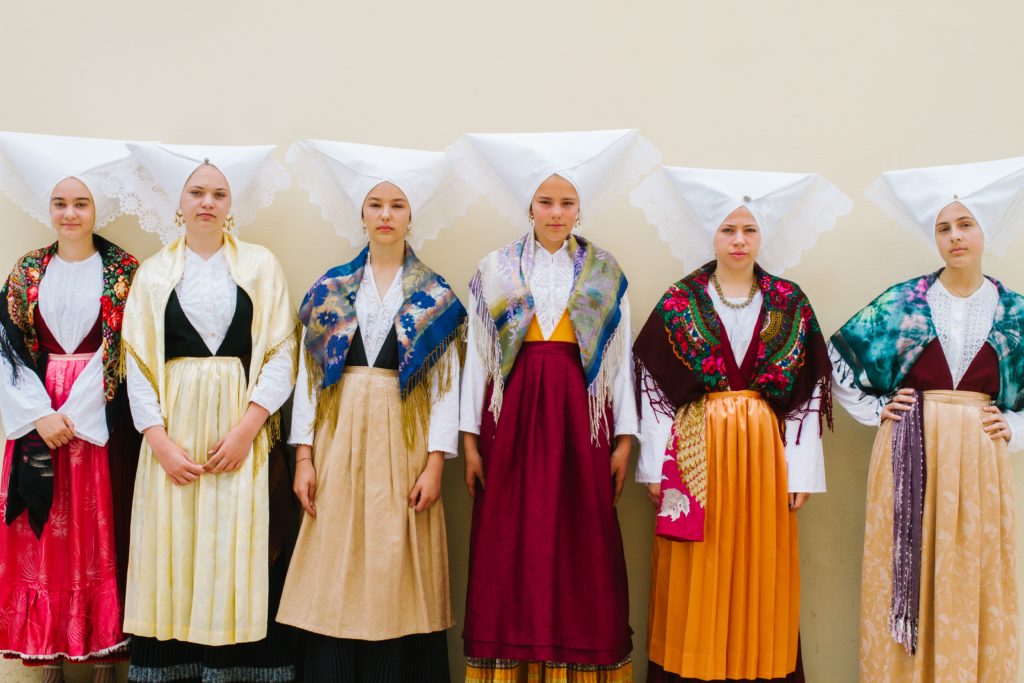
Now, what does one choose in that sheer abundance of options? Moon-like landscapes, beautiful bays, amazing scenes like from another planet? The magical yet modest convent of the Benedictine nuns, the alleyways, the beaches with the crystal clear sea surrounded by a lunar landscape and bare rocks?
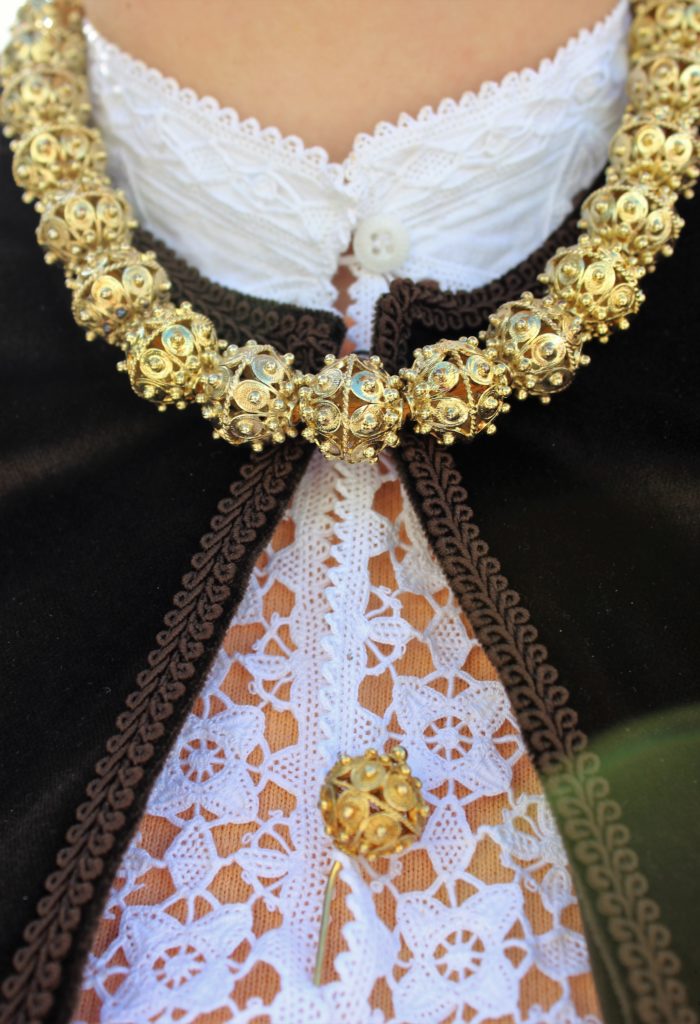
Maybe some of Pag’s gastronomic delicacies? Or the incredible beauty of Pag’s women and girls wearing their original costumes, which are kept in families like the crown jewels and passed down from generation to generation?
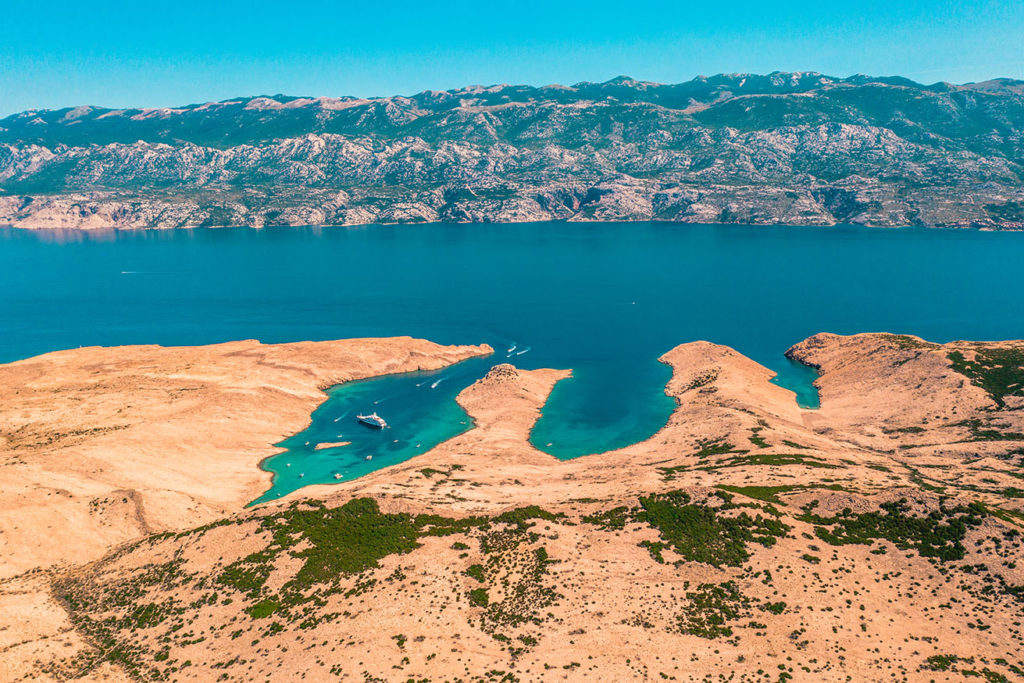
This is exactly what Jakov Baričić showcased about Pag in his works, weaving fashion, tradition and amazing photography into the heart of the story.
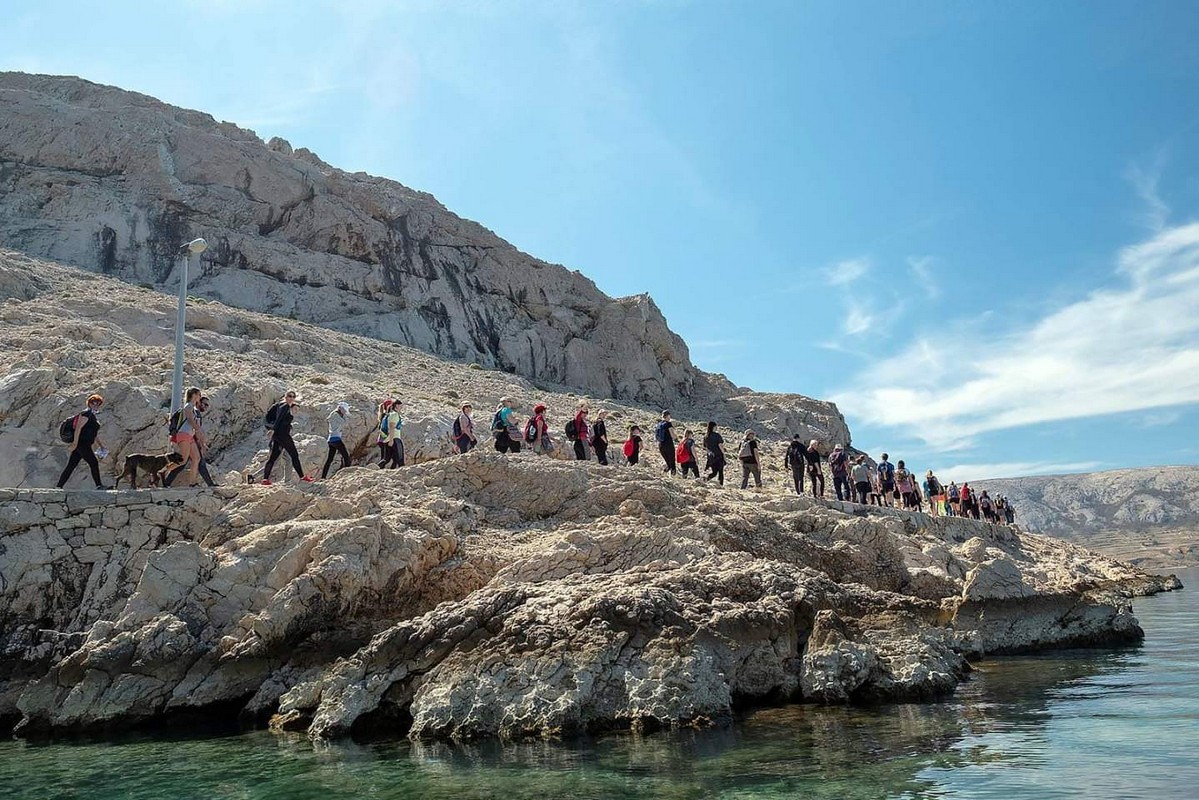
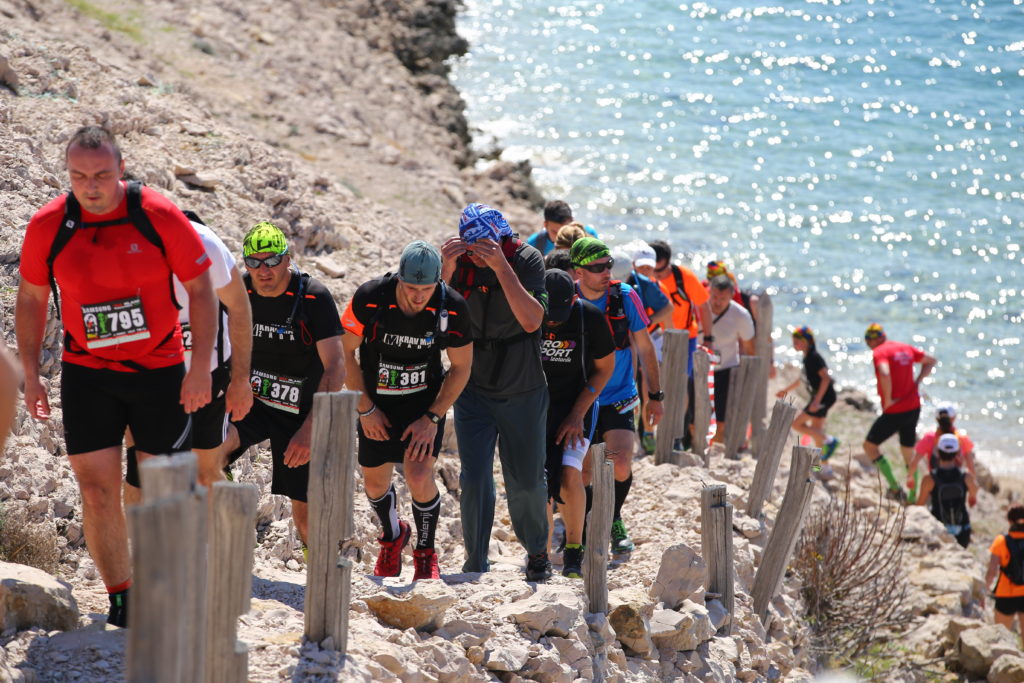
The island of Pag has definitely been the most desirable Croatian outdoor destination for a long time now, which, on the basis of having earned such a title, has been providing fascinating natural attractions to its visitors.
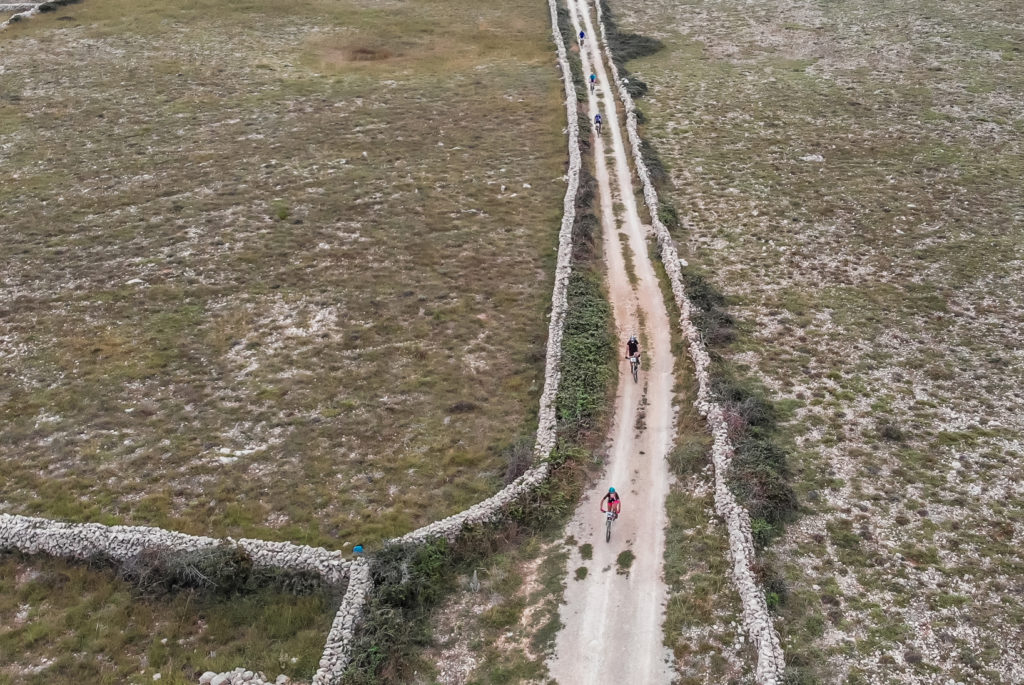
. The most significant thing is the incredible landscapes which resemble the moon itself, extremely rare natural scenery that serves as the background of the trails for the most important outdoor event on the island of Pag - the Life on Mars race.
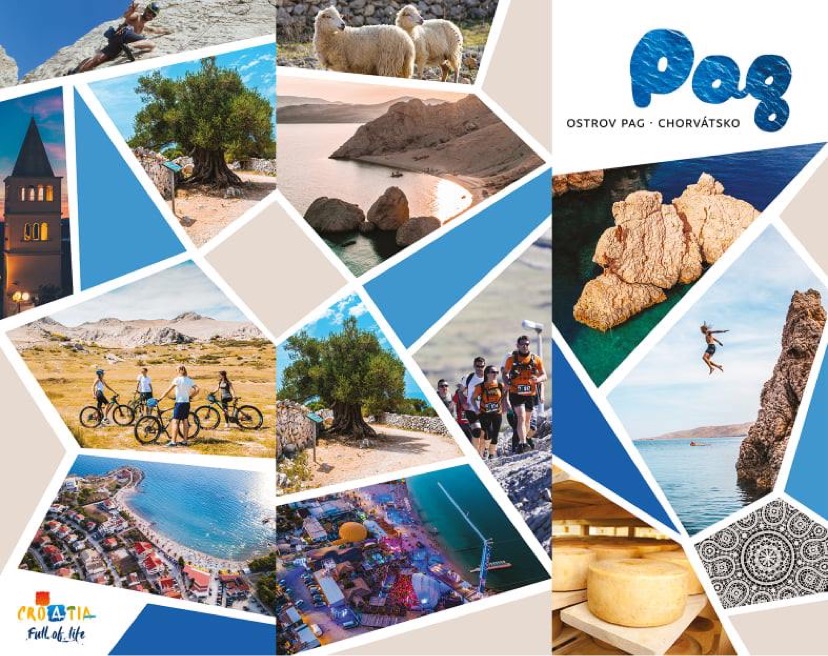
They were actually the beginning of an integrated programme of outdoor activities that positioned the island globally as a top destination for lovers of active tourism. The above is especially true for cycling tourism, and for trails, running and hiking tourism. Aware of the importance of the potential that Pag offers due to its natural features, the the island's united forces have put together a special development plan with phases that will be built on in detail and gradually expanded over this year and the next three years. The project ‘’One island and one common vision’’ was created, with the aim of uniting and branding the island of Pag as a destination for outdoor tourism.
Such natural features didn’t go unnoticed even by film moguls who discovered the perfect scenery for some of the shots from their bestsellers in a surreal backdrop. Are you the type who likes to visit the locations where the famous films were shot?
If so, there are some great opportunities for precisely that on Pag, for example; the shot on the beaches of Novalja, which the director of photography Danny Moder, the husband of ‘’Pretty Woman’’ actress Julia Roberts, chose to shoot the film ‘’Ibiza’’.

On Zrće beach, he also shot with the famous actor from the HBO series Game of Thrones, Richard Madden, who played Robb Stark in the first three seasons. The views of Pag also delighted Oscar winner Gabriel Salvatores, who included them in his new road movie ‘’Strangers in Paradise’’.Pag was the ideal backdrop for the filming of the world-famous series The Terror in fantastic locations such as the rough, rugged Paska vrata, produced by Oscar-winning director and producer - the genius Ridley Scott, who is best known for films such as Thelma & Louise, Alien, Blade Runner, Black Hawk Down and Gladiator, for which he won an Oscar and a Golden Globe for the best picture.
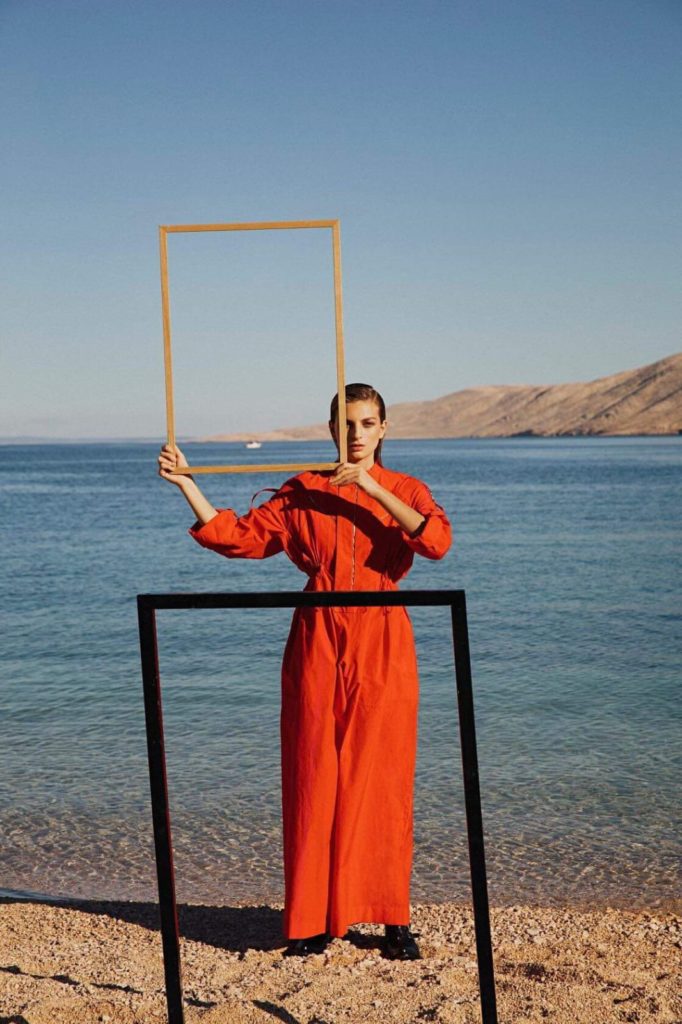
When it comes to the small screen, other jewels from Pag have caught the eyes of the creators of various advertising campaigns, and as a result we now have fantastic global campaigns for the most famous fashion magazine in the world - Vogue. And we all know that where Vogue goes, everyone goes, especially since the fashion giant chose Novalja and the island of Pag for their third fashion editorial.

After the Ukrainian and Latin American Vogue, Pag’s alluring ambiance was discovered by the Portuguese edition, and behind them stands the young photographer Jakov Baričić, a well-known name in the Croatian and global fashion industry.

Why Pag, why the beaches Ručica and Beriknica in Metajna? Precisely because, as the director of the Tourist Board of the City of Novalja, Marina Šćiran Rizner, reveals, like other beaches on the island of Pag, it is among the most stunning in all of Croatia.
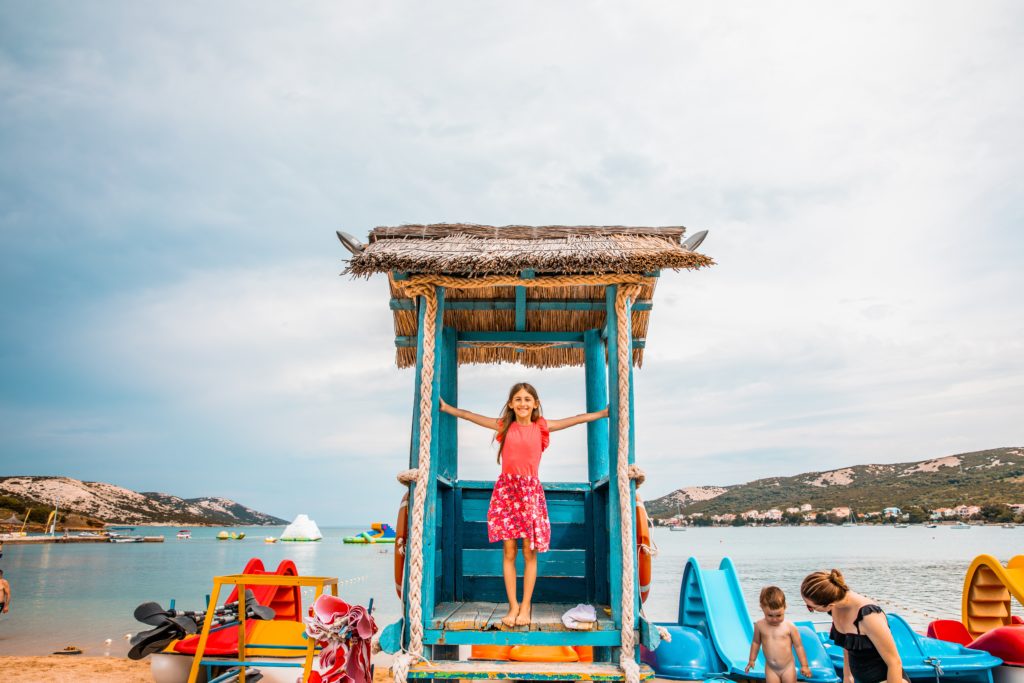
And what Vogue chooses is noticed by other magazines such as Elle, Harper’s Bazaar and others which have included the island of Pag, its beaches and the views from the Lun olive groves in their advertising catalogues.
Then there are the numerous campaigns, for example for famous brands such as Rimac’s cars, BMW, Porsche, Mercedes, Honda, limited American Triumph motorcycles, and Japan’s Canon... They took Pag under their wing, and in that sense they took Pag across the whole world. And given the fact that Pag has gone out into the world, here is another good reason for the world to come to Pag, to taste, feel, smell and enjoy the best that this island has to offer. The island boasts many fantastic locations and five destinations - Novalja, Pag, Kolan, Stara Novalja, Povljana. Five pearls of the island that are part of the great strategy to brand the island as one single entity.
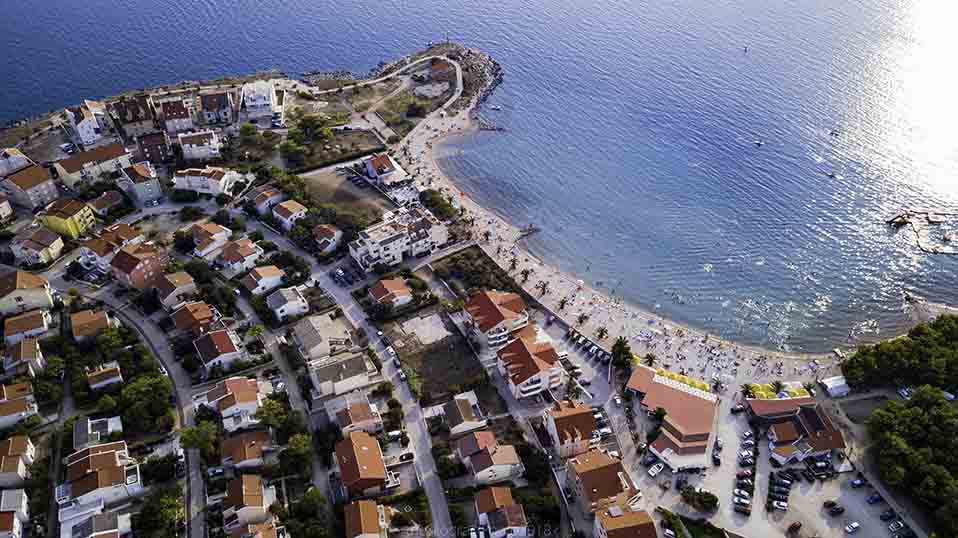
They ‘’performed’’ together at foreign tourism fairs, and together they launched events such as the rowing regatta ‘’Osmerci on Pag’’ and ‘’Pag on the menu’’. This also resulted in the signing of a joint agreement of all the tourist boards of the island of Pag and the branding of the destination through outdoor tourism.
NEW PROMO VIDEO
A joint tourist-oriented work is also coming to market, a film that brought to the forefront some of the island's most important acquisitions. The City of Pag presented itself with its UNESCO-protected Pag lace, a beautiful view of the old town reminiscent of Dubrovnik, folk costumes, dances from Pag, and gastronomic attractions, to the people of the Benedictine monastery of St. Margaret.
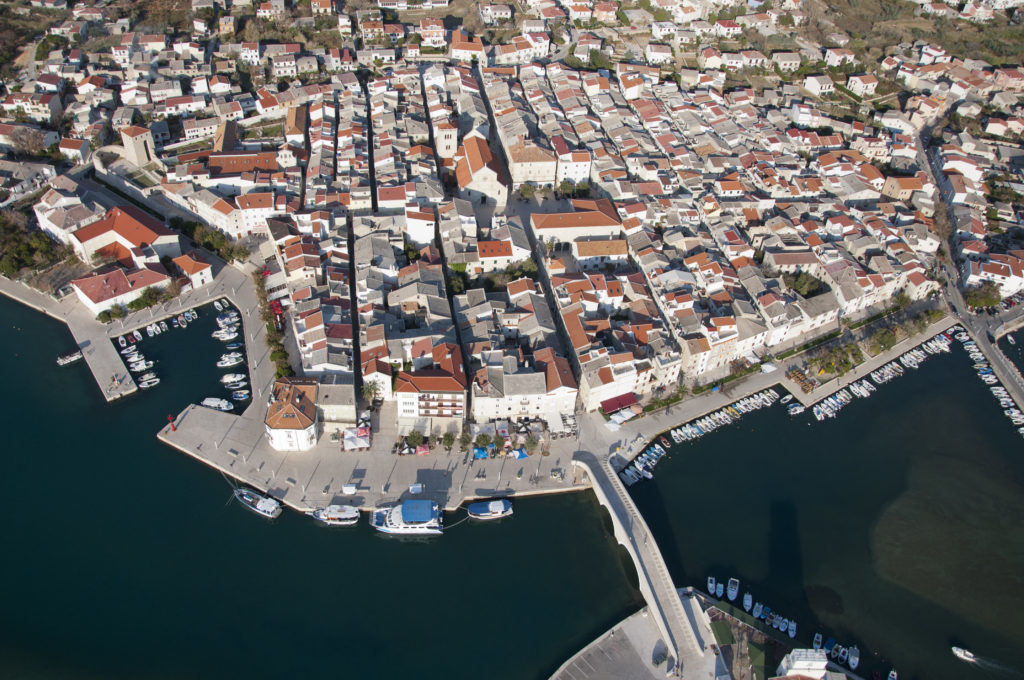
The film also presented the undisputed gastronomic delicacies such as the famous Pag cheese, but also views of the Pag saltworks, the ‘’Embrace of stone and wind’’ cycling path which was co-financed by the Ministry of Regional Development and EU funds, and the island’s Nordic walking trails. It showcased only what is already well known, that Pag is, more than anything, the entire taste and smell of the destination, the perfect place to relax and the provider of a truly unforgettable experience.
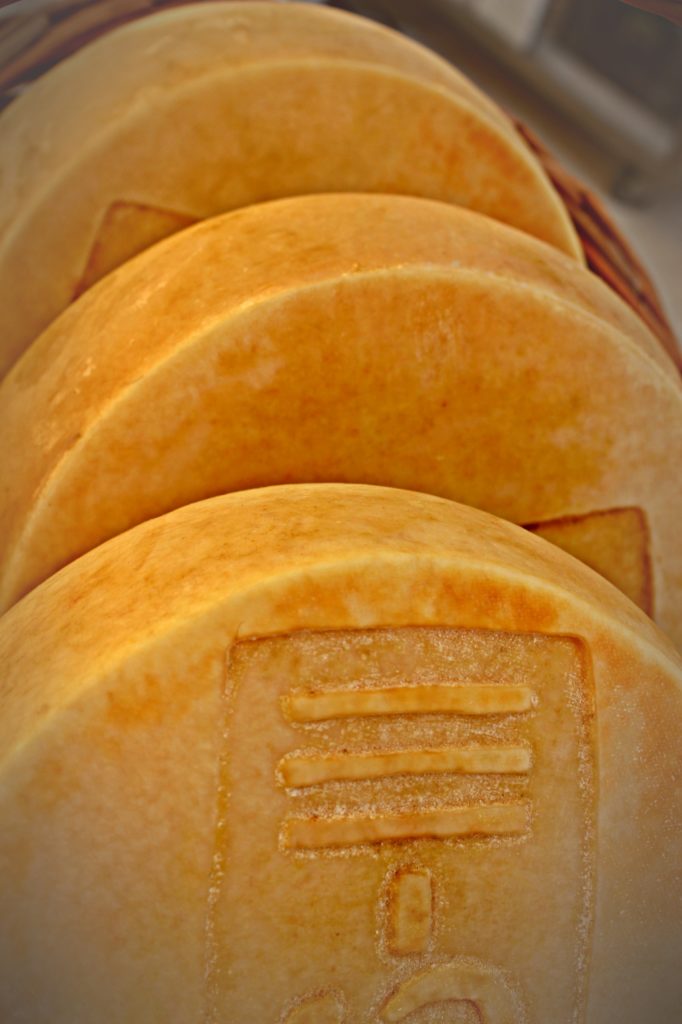
There is also the award-winning camp Straško and camp Šimuni, cultural heritage, galleries which showcase the island’s inherited wealth, ornithological reserves, an amazing underwater amphora site near Šimun, the protected area of the Hanzina forest, the Lun olive groves, the Roman aqueduct…
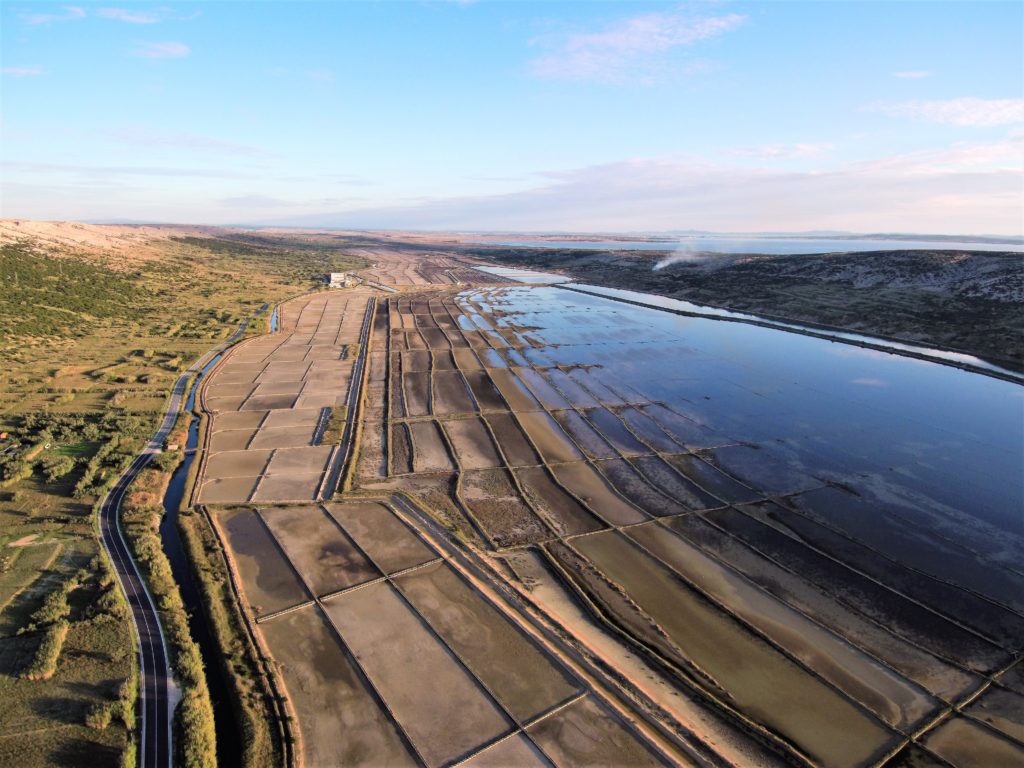
Anyone who comes to Pag will find it difficult to leave it again. Because, among other things, the bay of Ručica awaits its visitors with its gorgeous long sandy beaches framed by bare rocks that stretch steeply out into the sea. Or the numerous beaches that stretch along the entire island.
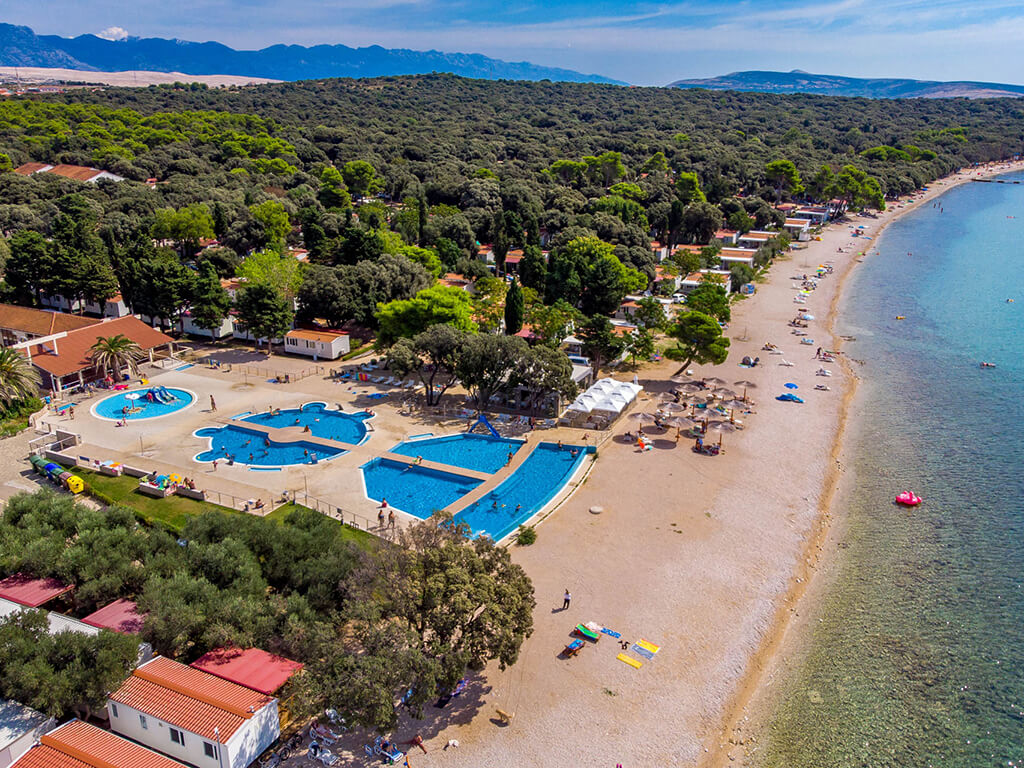
You can enjoy the view of the dry stone walls, climb up to the various lookouts, and even enjoy Pag’s healing mud. Some will choose to observe the birds in the ornithological reserve, many will be interested in the famous Pag Triangle, a place which carries with it a legend about extraterrestrial civilisations that may have left their mark there.
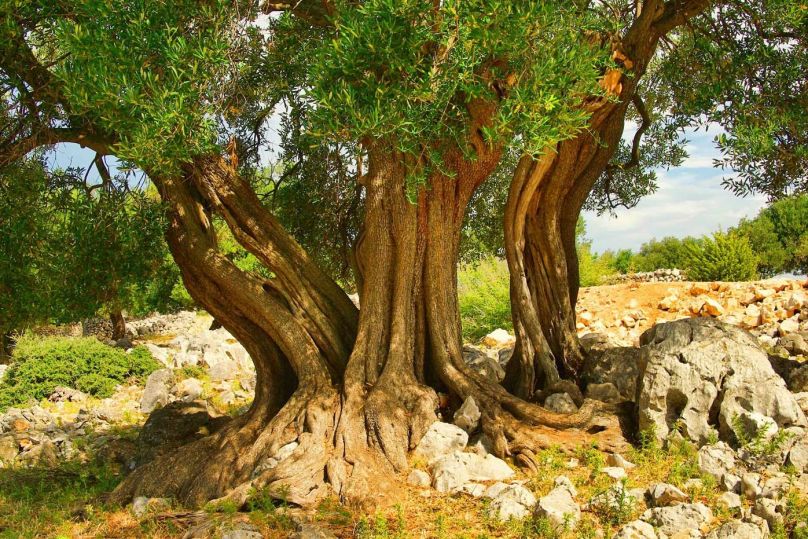
Are you perhaps in favour of sage cheese, or one made from a combination of sheep's and cow's milk that has been awarded many times at various fairs in the country and throughout the world?

Or maybe you’re up for some cheese with paprika? We definitely recommend trying the cheese with green and black olives, cottage cheese as a rhapsody of flavours, and pralines with Pag cheese, which can also be taken home as an original island souvenir.

All of this is Pag, a combination of traditional, modern, the future, recognisable and ready to lure you to it.
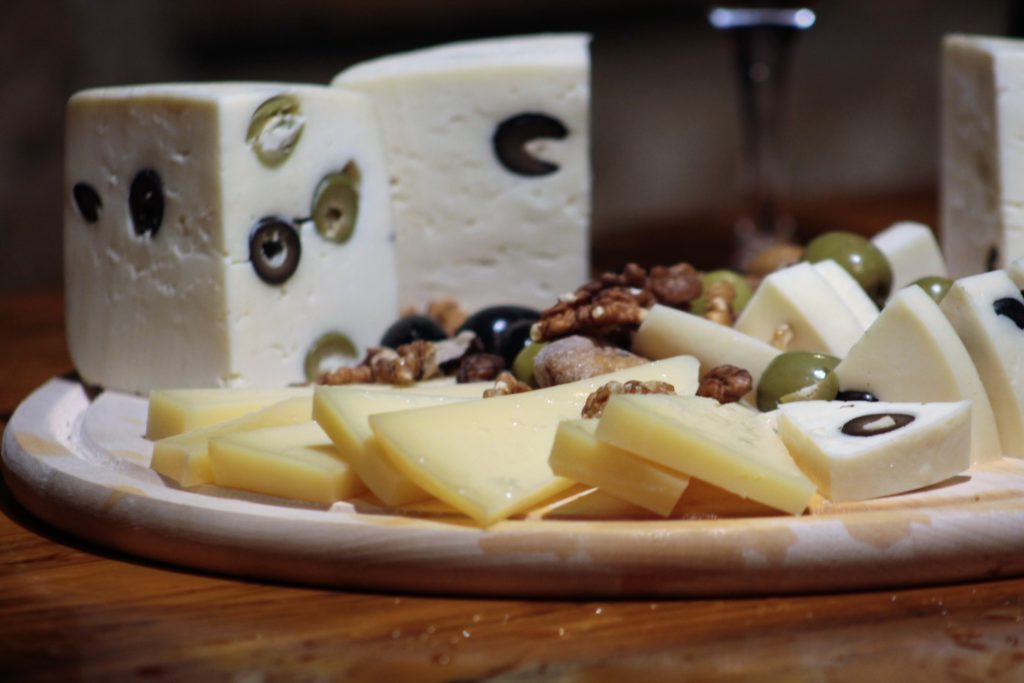
You know the saying: When you dip your finger in the sea you are connected to the whole world. The same is also true of Pag: When you experience Pag, you experience life.
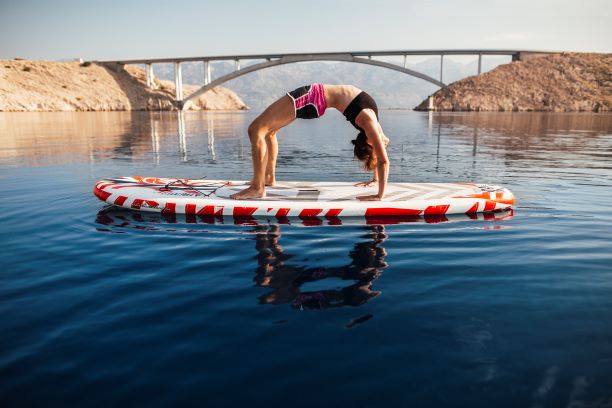
The island is just waiting for you to grab it with both hands and a set of full lungs.

More:
www.visitnovalja.hr
www.tzkolan-mandre.com
www.tzgpag.hr
www.tzstaranovalja.hr
www.visitpovljana.eu
Photo: archieve TB Pag
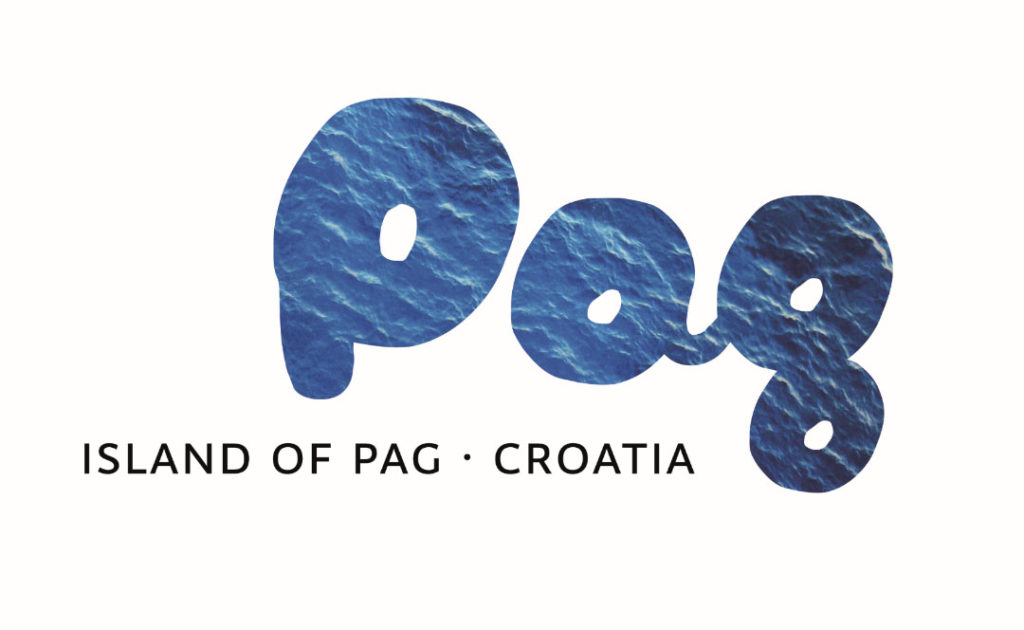
Turn on summer! Use the opportunity, a holiday for the youth in Split has never been more attractive or favourable!
Come and see for yourself just how Dalmatia and Split have so much more to offer than sun and sea. Climb up to mountain peaks, surf the waves, explore the underwater world and experience the magic created by nature. Discover the beauty of living in good company and enjoying some unforgettable adventures…
When we look at the events that have happened to us throughout 2020 so far, it might occur to us to simply turn a few pages of this year’s book because we don’t like its content. The epidemic, the unemployment rate, not being able to go to school and college, quarantine, earthquakes, etc. These are all topics worthy of apocalyptic novels, they’re not so much the coveted light summer reading for relaxation.
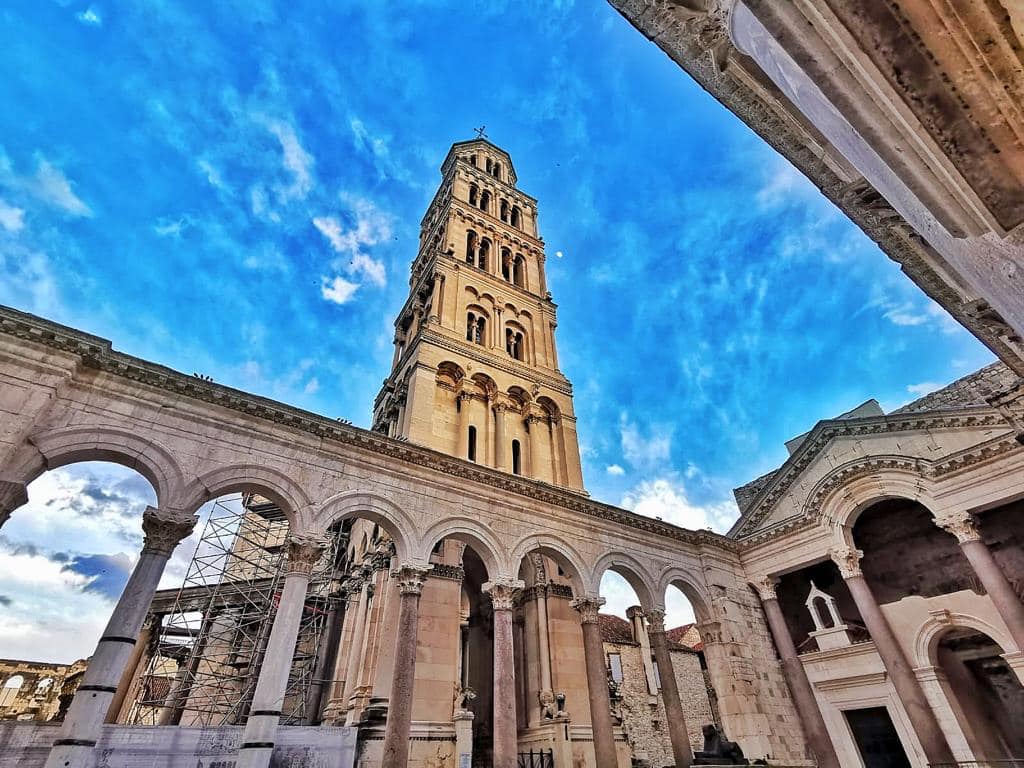
The Student Centre in Split has made an effort to bring a ray of sunshine to these apocalyptic pages of the book and instruct us not to give up so easily when it comes to 2020, but to simply "turn the page of life’s book" into summer.
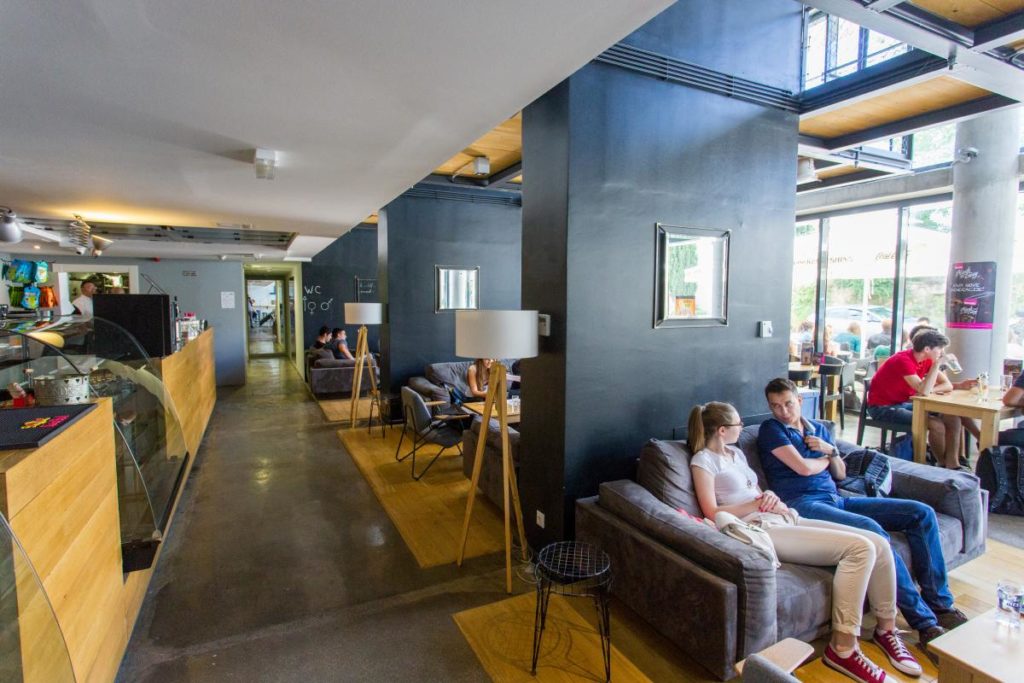
Okreninaljeto.com is an application from the Student Centre in Split for all those who want to capture some beautiful memories in 2020. The purpose of the page is described in the slogan "Breathe freedom, feel happiness, experience adventure", and these three things are what young people are longing for the most in 2020. For young people from Zagreb, Zagorje, Slavonia, Bosnia and Herzegovina, and other neighboring countries, summer in Split has never been closer and more accessible.
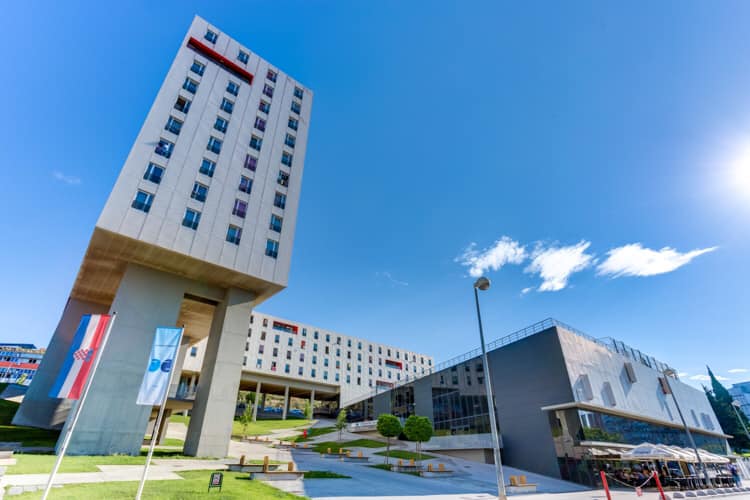
Accommodation is provided in two student hostels located on the Campus and on Spinut. These modernly decorated hostels are located close to the beaches. In order to have a carefree holiday, the Student Center has also made sure to provide daily room service.
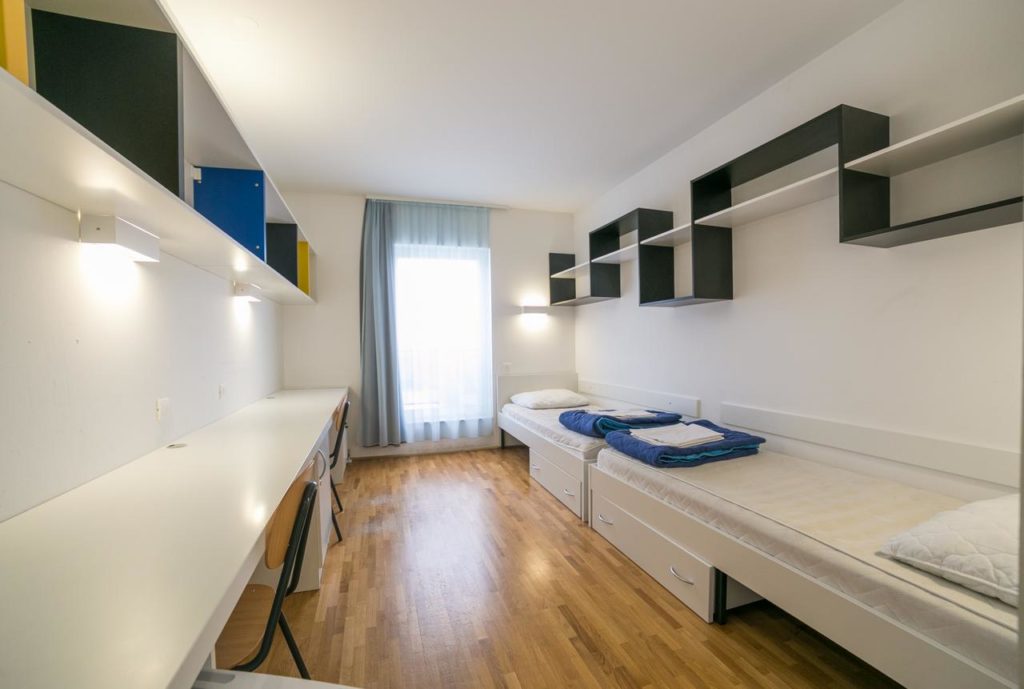
Each room has a private bathroom, and parking is provided. The hostel has sports fields, a gym and a sports hall. Guests can also use the lounge area with game consoles and laundry facilities.
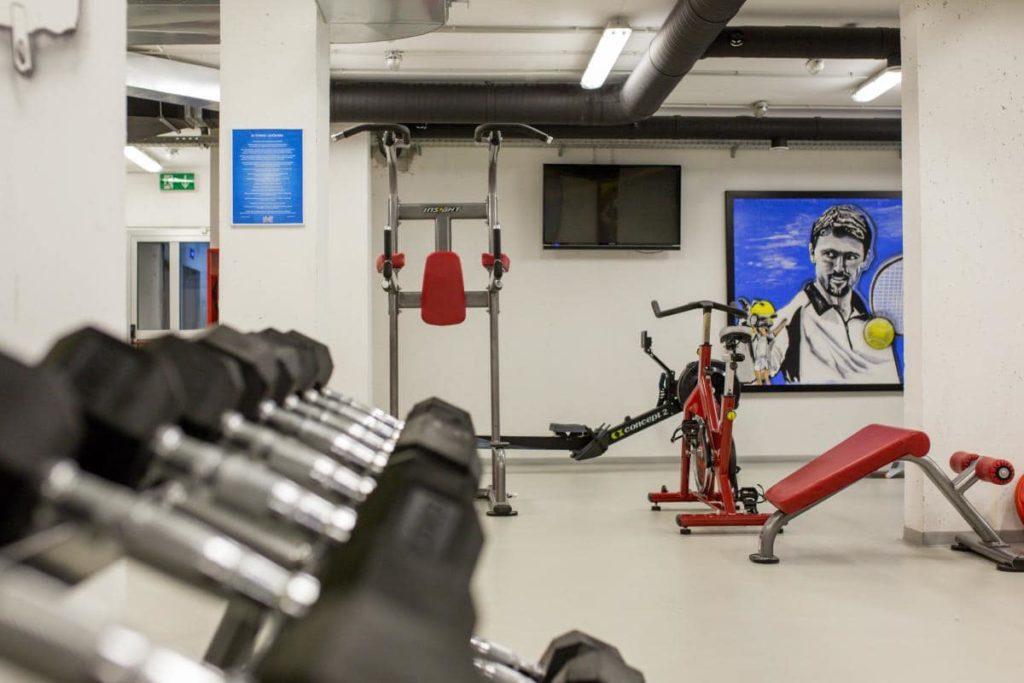
Inside the building, there is a coffee bar where you can find refreshment during the summer evenings. So, everything you need for an ideal summer vacation is right here.
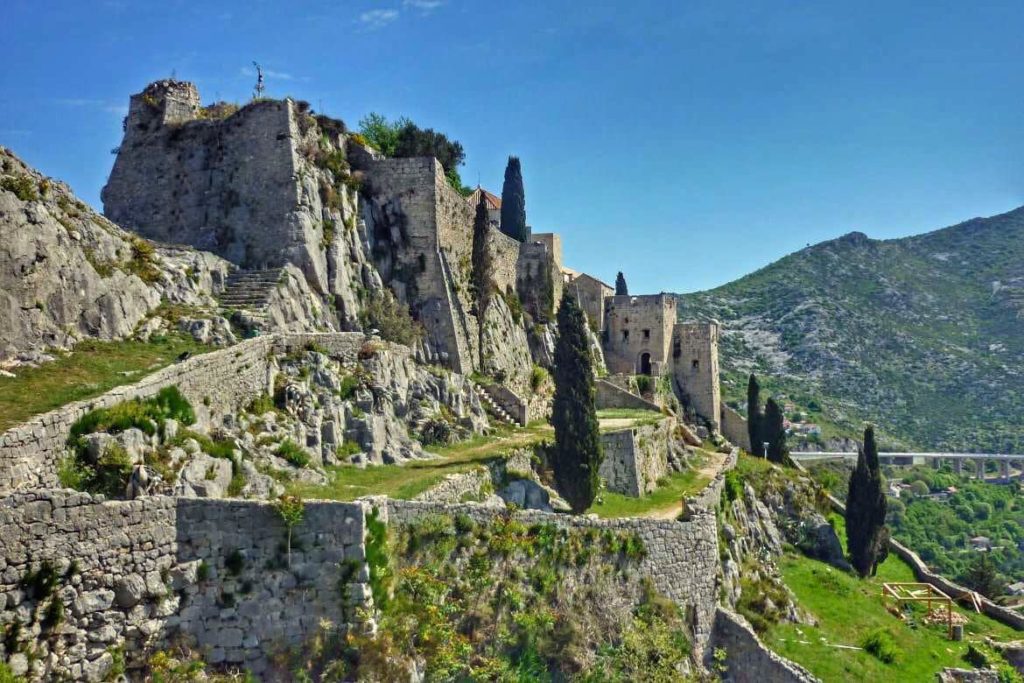
It only takes a few clicks on the page to make the right decision. In addition, in the application itself, you can find the answers to some logical questions that arise:
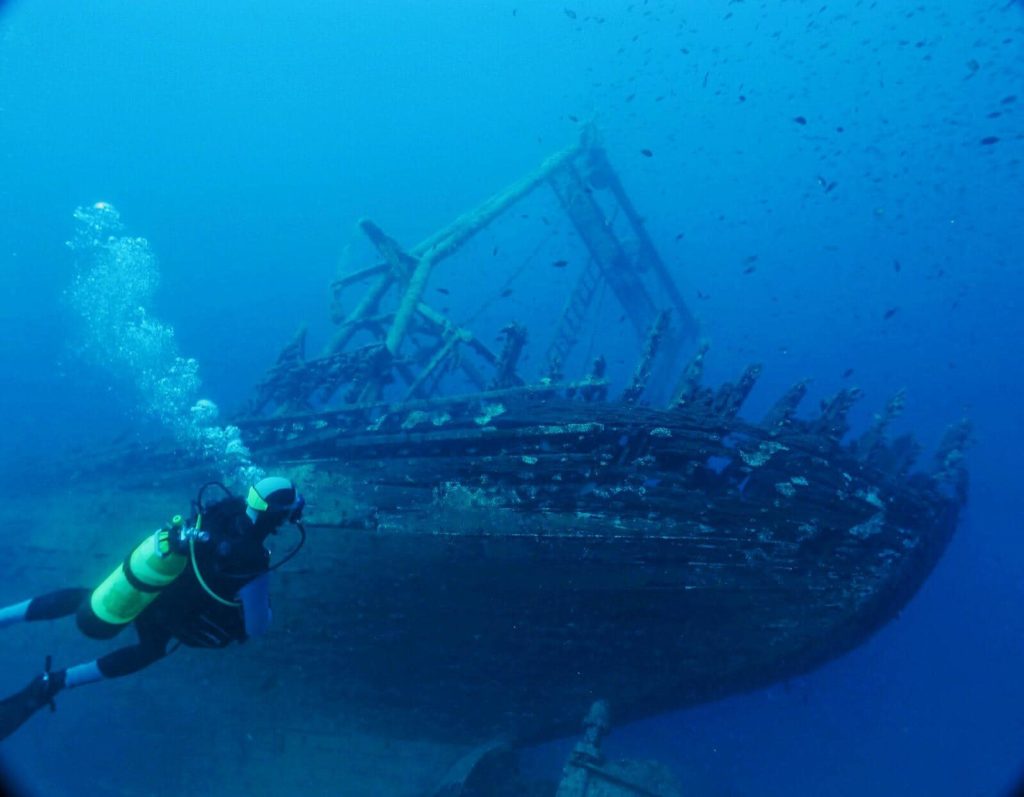
-How does one spend time creatively in Split?
-What natural and cultural sights are there to visit in Split and its surroundings?
- Where is the best place to have fun?
The prices are more than favourable, so for seven days in a double room, you'll pay 90 euros (680 hrk), and if you decide to go half board, the price will be 125 euros (942 hrk) for seven days.
It's time to turn towards a new page in life.
It's never too late to make great memories. Not even in 2020.
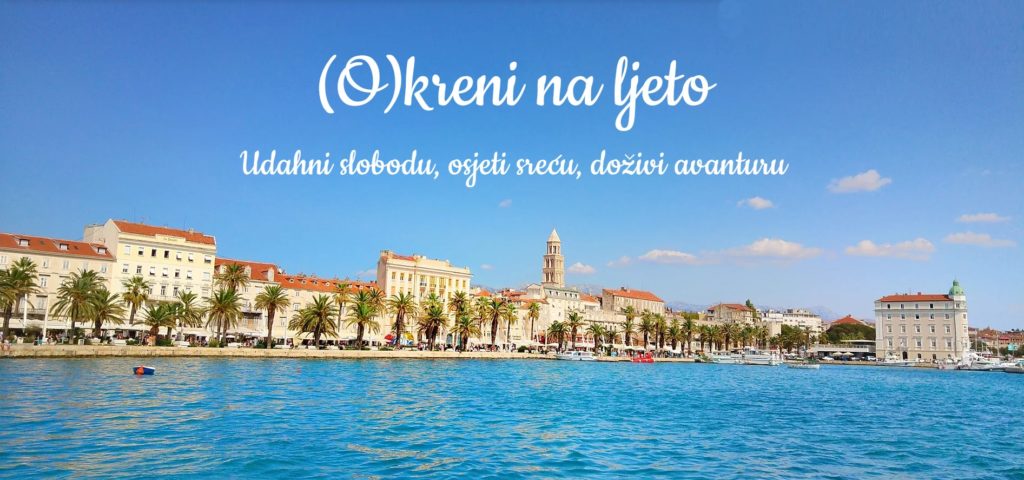
Stories from Bol are travelling the world!
Would you like to find out more about organically grown products that you can eat in Bol on the island Brač or where to buy locally produced goat products and extra-virgin olive oil? Maybe you are interested in finding a fisher monger selling freshly caught fish or restaurants where you can enjoy local specialities prepared with wild herbs? Or perhaps you would like to get lost in the sweetest daydreaming while listening to the beautiful sounds of the guitar?
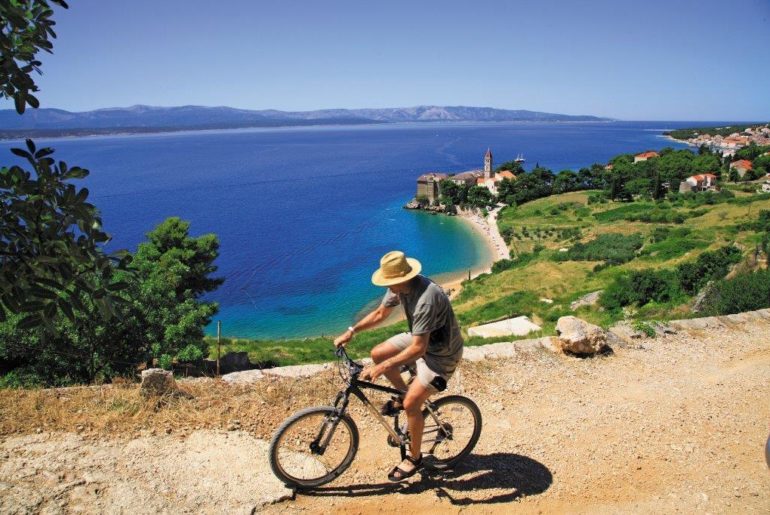
Our stories from Bol, a new project by the Bol Tourist Board (TZ Bol), will tell you all. With an idea to emphasize the unity in the local community, their mutual support, and the importance of the local population with tourism written in their DNA, TZ Bol has brought the locals together to send a simple message “See you in Bol!”,to all those who have already visited this beautiful town, as well as to future visitors of this delightful and scenic town located in the south of the island of Brač.

They wish to share first-hand stories with their guests, stories that cannot be found in magazines, about irresistible tastes and scents of local food and products, about wild plants and herbs, and about an authentic experience of this town in all its beauty.
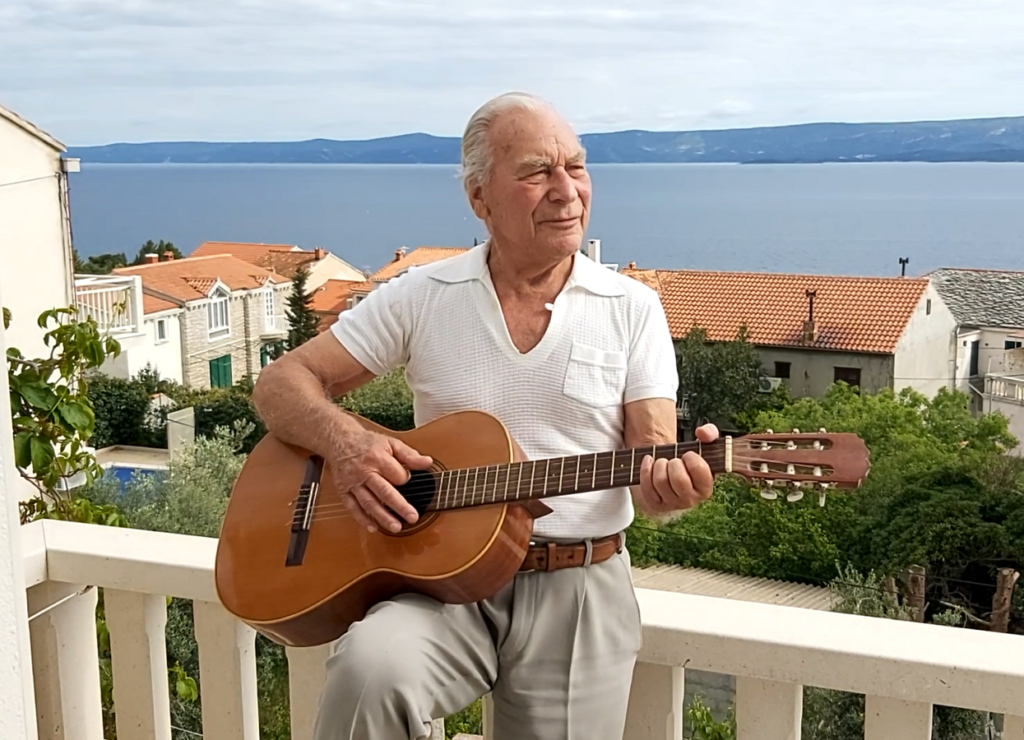
And here we do not only refer to the famous Dominican monastery from which you can enjoy a scenic walk to one of the most beautiful beaches in the world, Zlatni rat, or attractive biking trails, but also to the generations of dedicated people that make this small town so charming.
In the perfectly imperfect video clips and photographs, Franci Marinković from the Pusa restaurant shares his story.
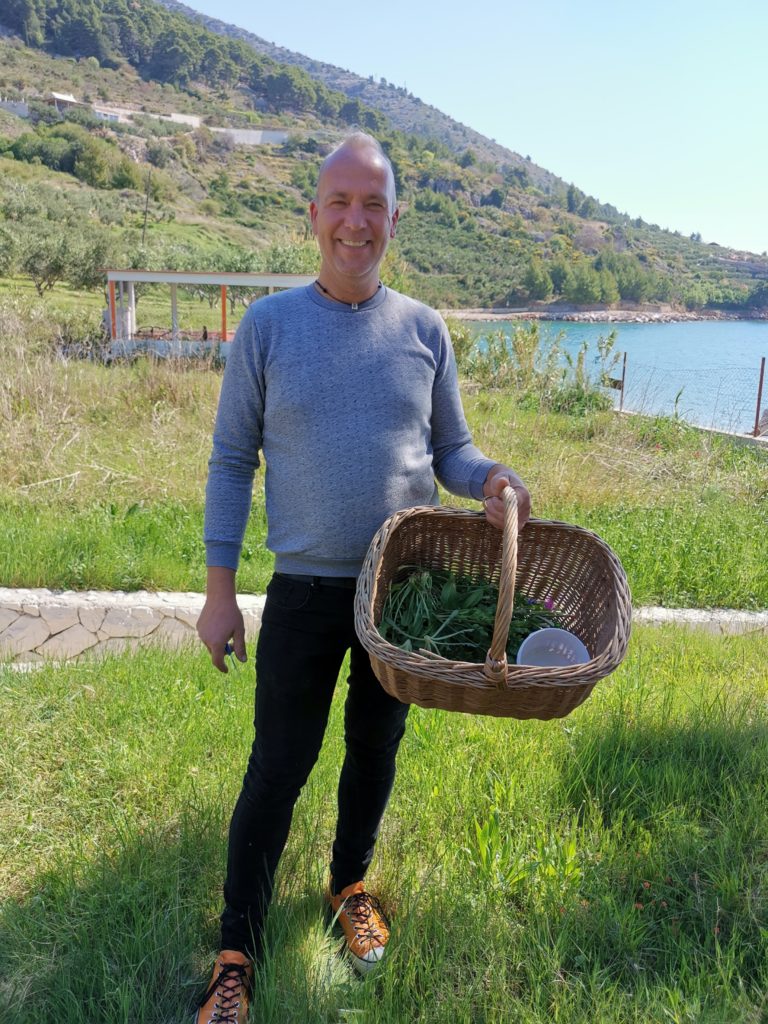
Apart from the adored specialties with wild herbs, he always enchants his guests with singing and guitar playing.
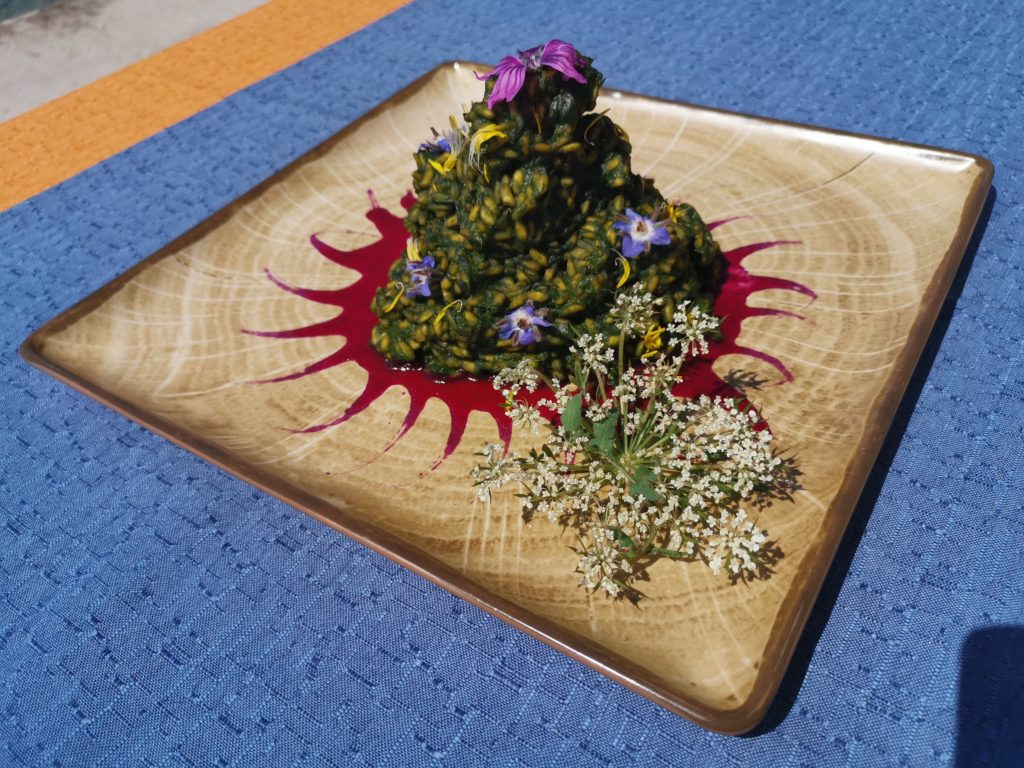
For almost ten years, Meri Bodlović and her husband are dedicated to organic farming, and olive and wine growing on their family farm.

Mirjan and his Mom, Irena, are successfully combining farming, production, and catering.
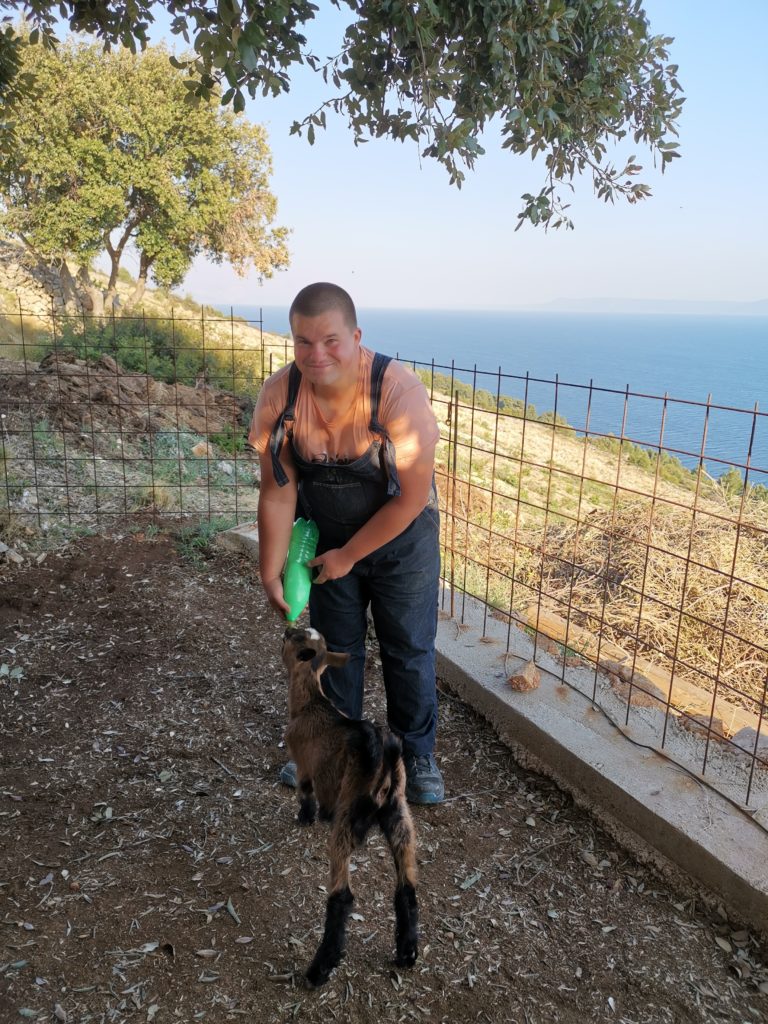
Their specialty, Cheese in sugar, can be tasted at their tavern Dišpet.
Nikica Bodlović from the Bodlović family farm proudly talks about olives and their family olive grove with 250 olive trees and golden drops of their extra-virgin olive oil.

Pravdan Katić, a professional fisherman with 15 years of experience, enthusiastically talks about his job. While playing the guitar, a favourite summer instrument, Pjerin Jugović sings and plays the same way he used to many years ago to attract tourists.
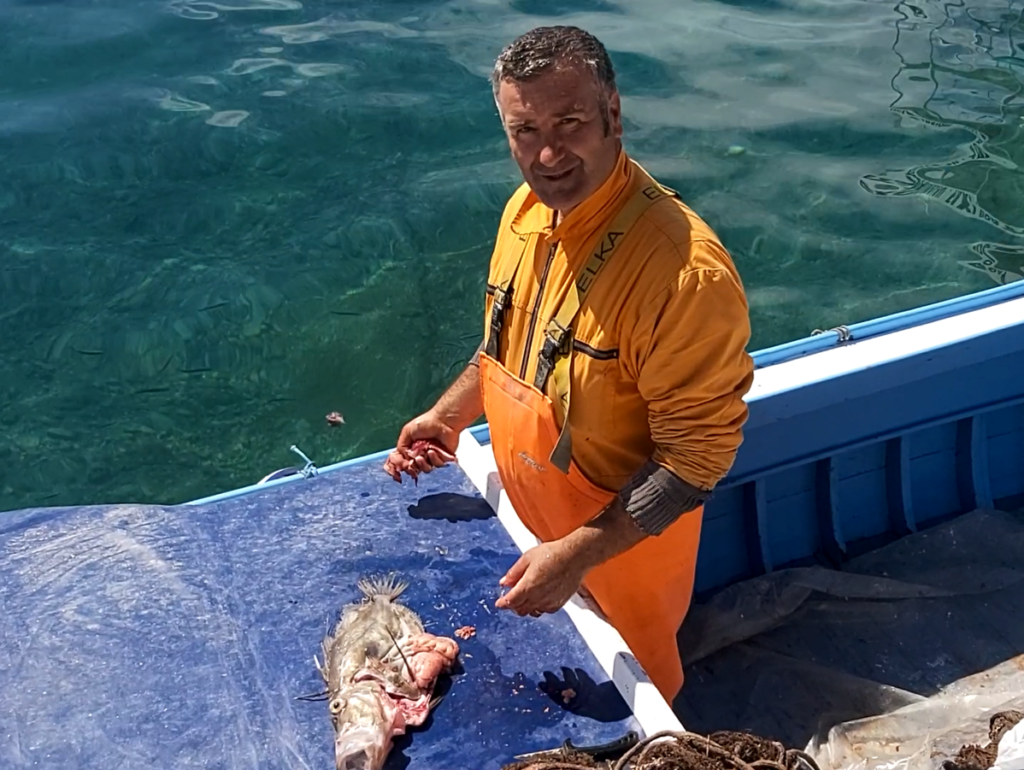
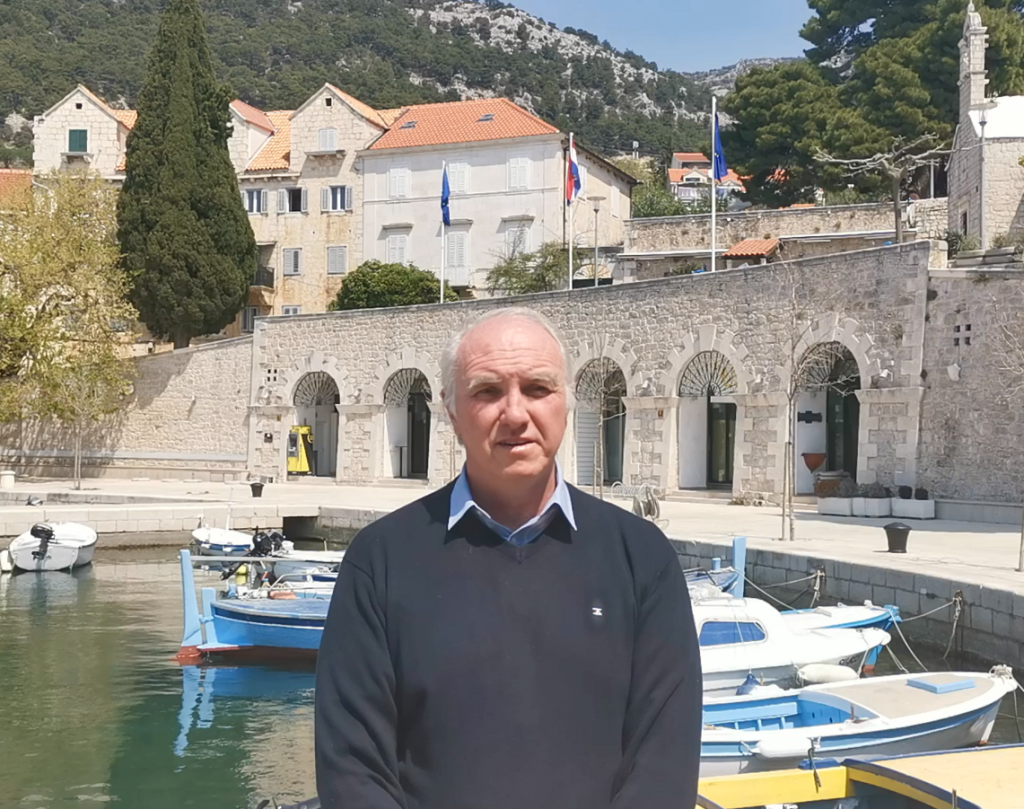
The director of the Bol Tourist Board, Markito Marinković remarks: “This project aims to engage the local population in active promotion of their town. We would like to introduce our guests to people that will be there for them during their stay in Bol. I believe that this is a winning formula because who can tell the stories of Bol better than its people? This is also an opportunity for Bolke and Boljani to actively participate with their suggestions and engagement in the joint promotion of our Bol.”
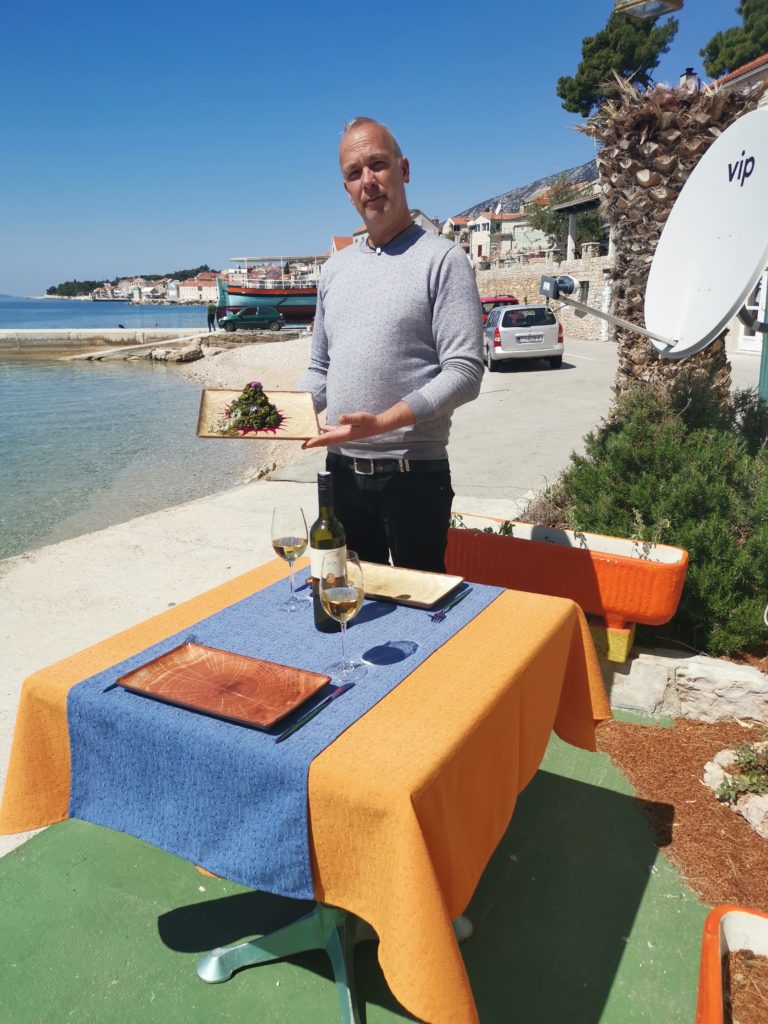
This is just the beginning of the TZ Bol narrative that will present accounts of their citizens and positive local experiences over social media, IG and FB: Bol - Bol - Symbol of the Adriatic, in the following months.
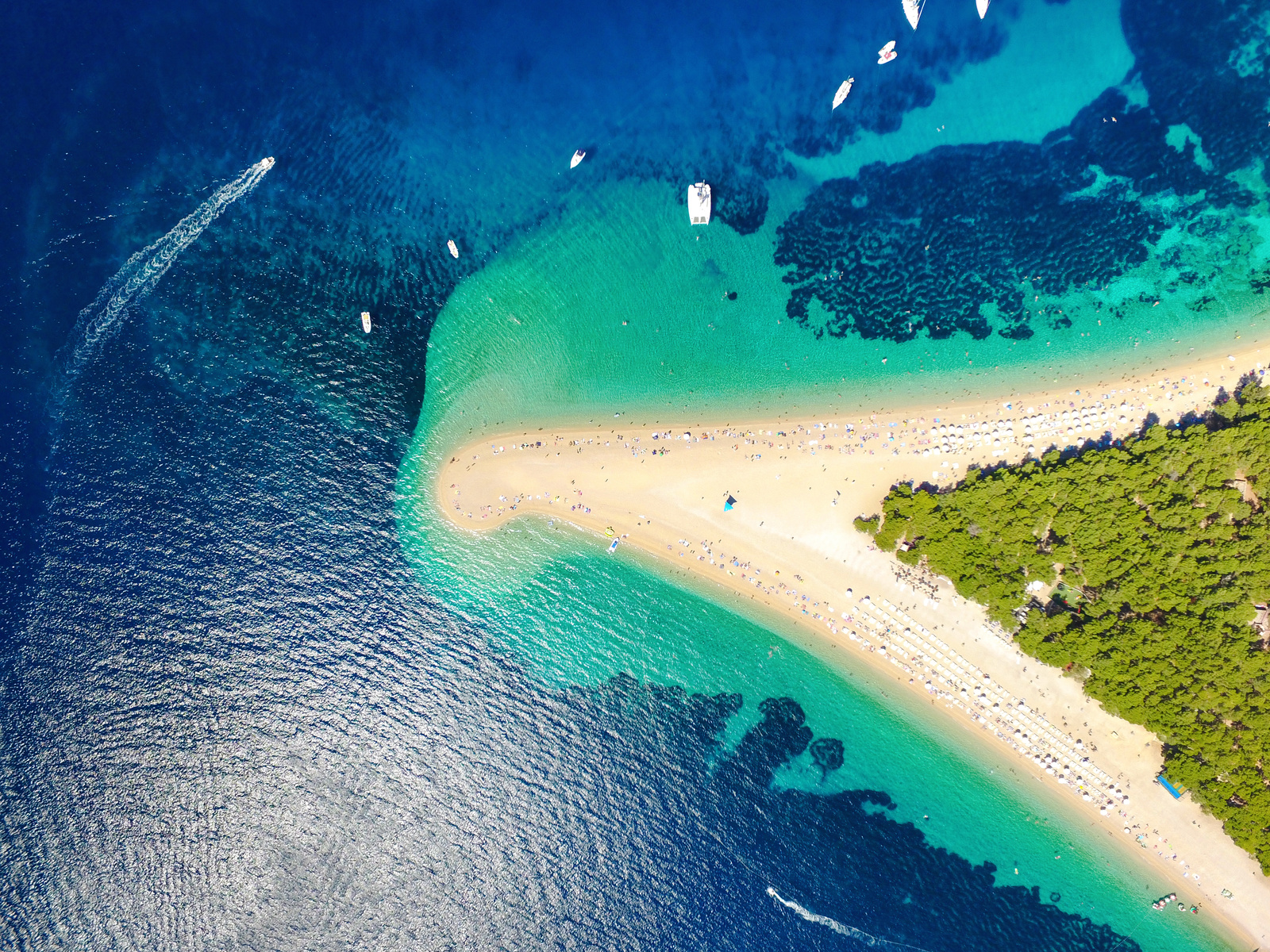
Roman roads will take you back to turbulent history of Central Dalmatia!
Split-Dalmatia County can be explored in various ways, and one of them is travelling along old Roman roads, which are a proof of former turbulent historical periods.

Soldiers from Roman legions marched along them, while numerous pilgrims and others searched a better place for living along this extensive network of roads.
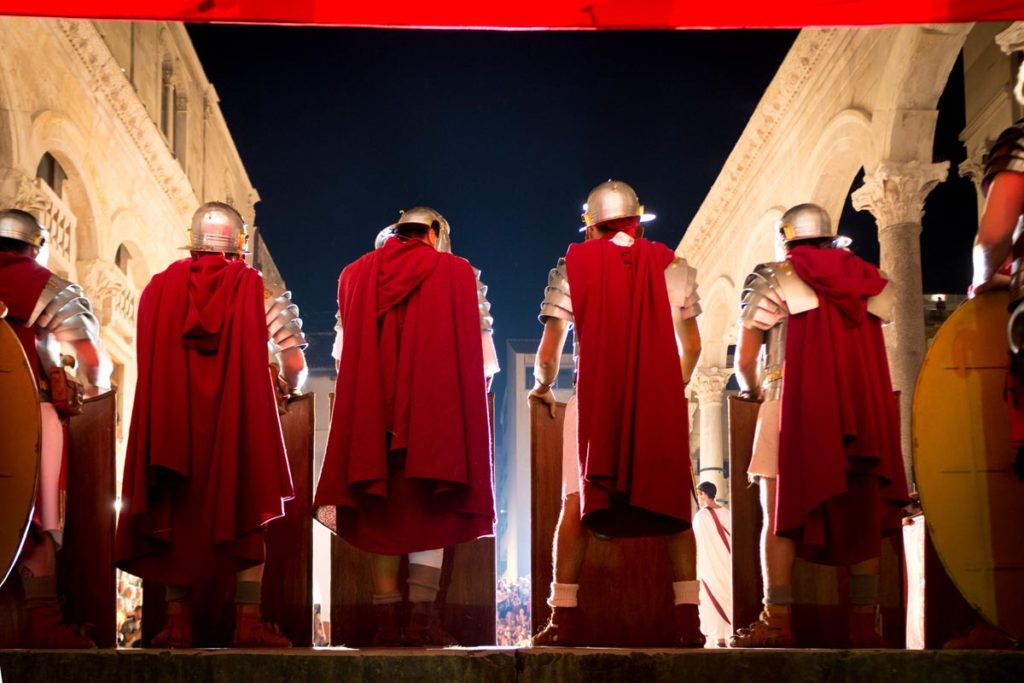
Former busy roads are today transformed into routes full of interesting remains, old military camps and artefacts from archaeologic sites. Central Dalmatia has a lot of them, and therefore this area is a bate for tourist who like to jump backwards to history.
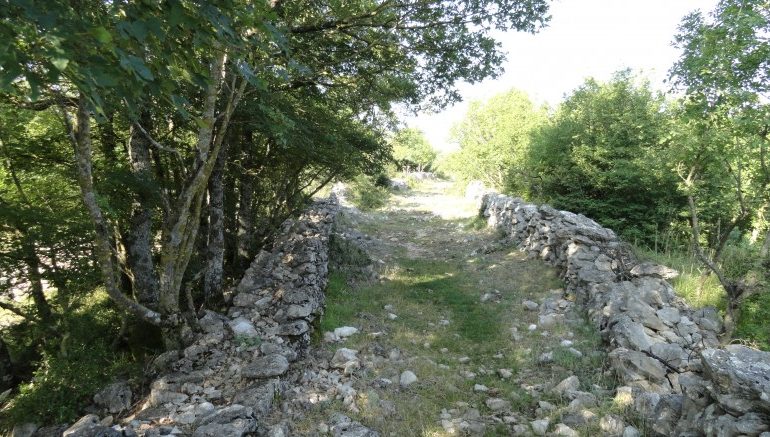
Why go to Rome, when Roman roads can be seen here as well? Their centre was in Salona, old Roman town near Split. Salona is not by chance called antique jewel, its historical structure and infrastructure displays all the wisdom of its builders, impressive for even today’s visitors.

Where will Roman roads take you? In various directions, through protected landscapes of the Cetina canyon, Prološko lake, Red and Blue Lake in Imotski, Vranjača Cave, along the remains of old-Christian necropolis, roman military camps, sacral buildings, historical forts and numerous fortifications.
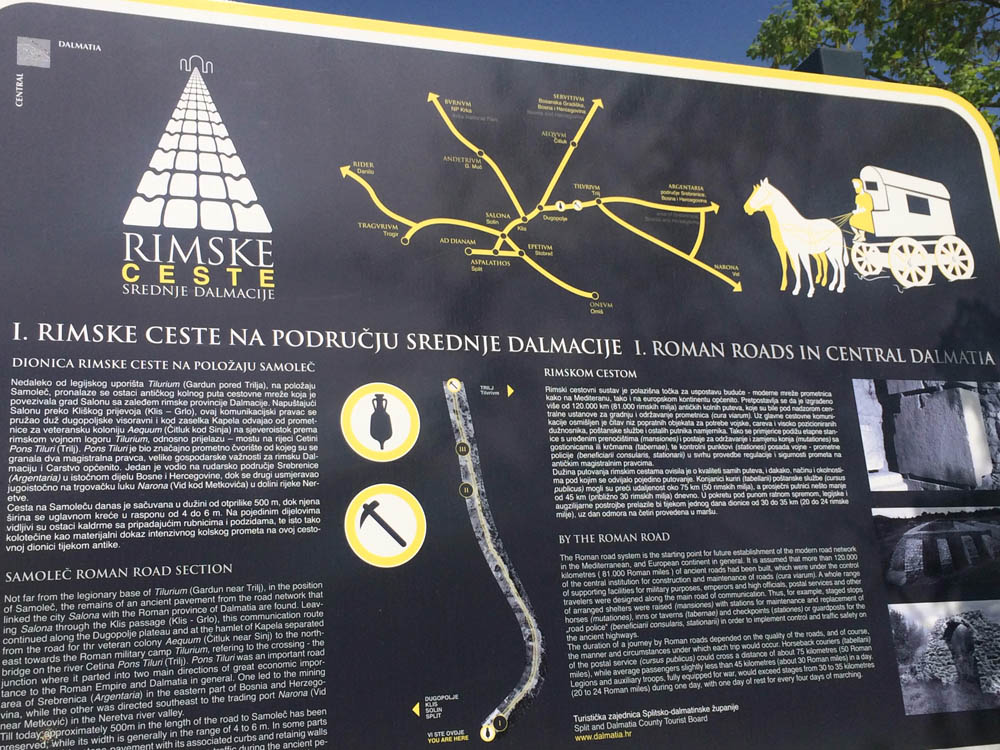
Their tourist, scientific and historical relevance was upgraded in 2012 by Joško Stella, director of Split-Dalmatia Tourist Board and Lino Ursić, external associate on project of archaeological tourism of the County. In attempt to save old roads from oblivion, they started a project called Roman Roads of Central Dalmatia.

The project surpassed its borders with an exhibition opened on 6 April in Archaeological Museum in Zagreb. The goal was to get people from our capital and numerous other tourists familiar with significant part of Dalmatian and Croatian history.
While developing the project, its initiators have made a big progress regarding preservation and evaluation of Dalmatian road history. For example, in the centre of tourist attention they managed to place Tilurij, remains of old Roman military camp near Trilj, to which leads a network of Roman roads.
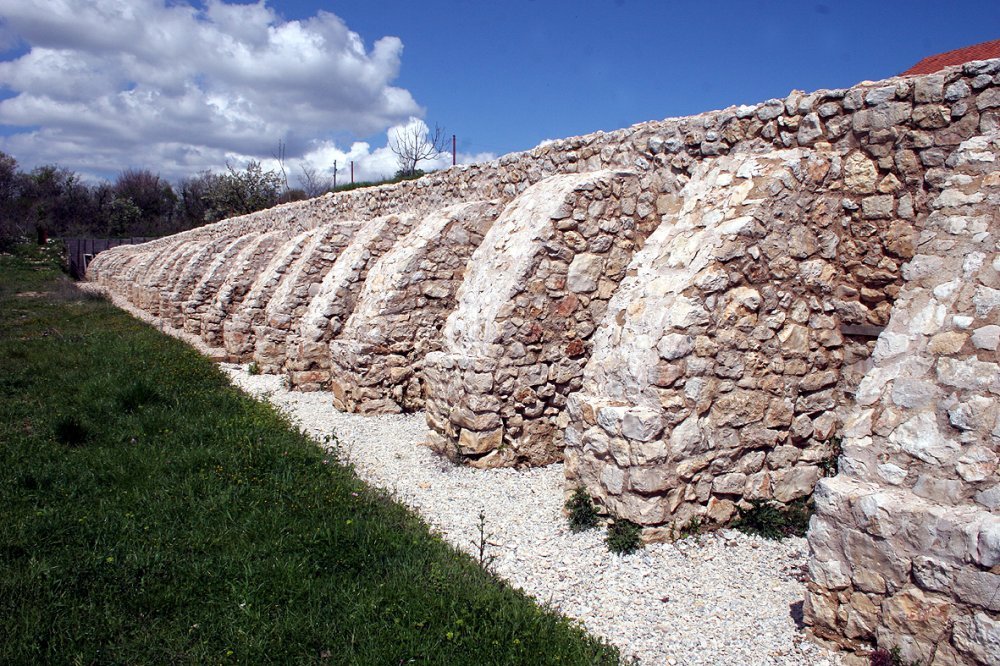
Inside this historical edifice Roman bedrooms will be reconstructed as an interesting tourist product. It is the first project of this kind in Croatia, who falls into category of experimental archaeology. Furthermore, it presents a new platform in tourist offer of Split’s hinterland. Numerous participants who have entered the project testify of its importance: Trilj town, Split-Dalmatia County, County’s tourist board and Archaeological Museum from Zagreb.

Roads are not merely roads, they are the paths leading to important sites. When watched from tourist level, old Roman roads are also links to natural beauties, archaeological sites, many excursion points and belvederes. In addition, they lead to localities where one can take part in numerous activities like mountaineering, hiking, horse-riding, cycling, kayaking, rafting…
But we
mustn’t forget this region’s specialty – rich gastronomic offer, i.e. homemade
traditional specialties that can be tasted along old roman roads. In order to
explore treasures of this region, set out on a journey, step by step. Each day
in a different direction, each day meeting new vista of beautiful
Split-Dalmatia County.
We offer
you their suggested itinerary:
Military
road: Salona - Klis - Andetrium (Gornji Muć)
Roads of
new conquests and determining borders: Salona – Klis, Dugopolje – Dicmo –
Aequum (Čitluk) – Servitium (centre of command of First Pannonian Fleet)
Miners’
road: Salona – Tilurum (Gardun, Trilj) – Argentaria (Srebrenica area)
Merchants’
road: Salona – Tilurum – Narona (Vid near Metkovića)
Salona –
Spalato
Salona –
Epetium (Stobreč) – Oneum (near Baučića village, Omiš) – Makarska
Salona –
Siculi (Resnik) – Tragurium (Trogir)
Photo: archive of TB of Split Damlatia county, dalmatia.hr

Top ten reasons to visit Central Dalmatia
Top 10 attractions of Central Dalmatia!
There is never enough time to visit all of the beauties of Split-Dalmatia County, its towns, imperial squares, palaces, caves, panoramas, viewpoints, bays, fortresses. However, to make the choice easier for you, we recommend ten top destinations, which are simply perfect, special places to visit.
Visiting these ten sites will help you find out why they call the Split-Dalmatia County a paradise on Earth.
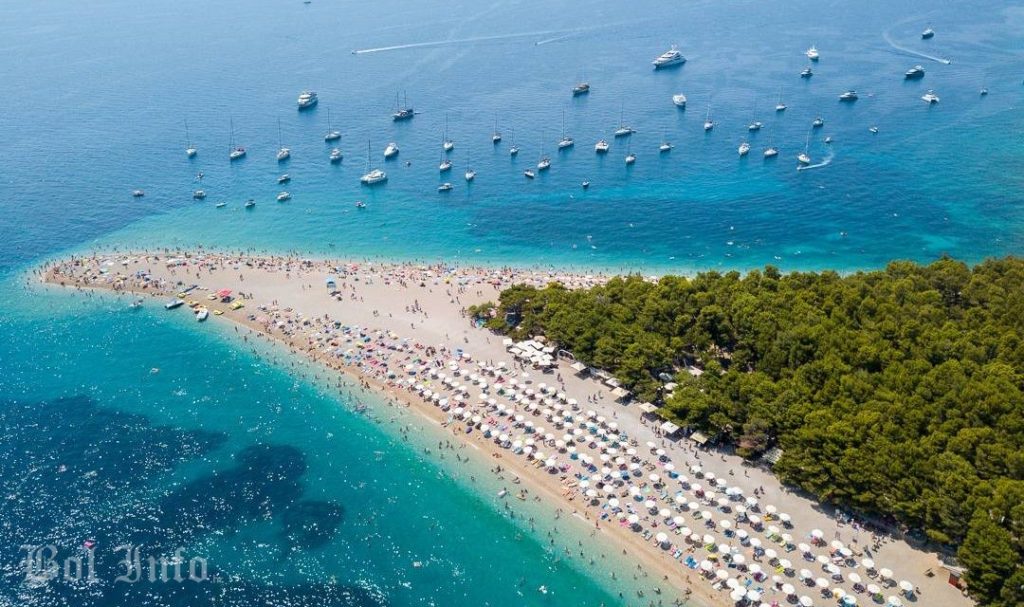
1.Zlatni rat (Golden Horn), Brač
Island
It is a unique natural site, a
400-meters-long-cape which blends in with the crystal clear sea. It is a
worldwide phenomenon due to the change of direction of the tip of the cape,
depending on the seasons, wind and sea currents. It is one of the most
beautiful beaches in the world, sprinkled with perfect, soft white pebbles.

2.Hvar - Paklinski Islands
The archipelago consists of 20
islands and cliffs that extend in front of Hvar town, on Hvar Island. They
include perfectly preserved nature, offer crystal clear sea, a paradise for
people who adore sailing, swimming and diving. The most famous daily-excursions
sites in the archipelago are Jerolim, Stipanska, Ždrilca, Vlaka and Palmižana.

3. Cetina River
Cetina River is the pearl of Split's
hinterland, with its stream that is both wild and lazily calm at points. It runs
through untouched nature, offers loads of excursion areas and delivers top
quality gastronomic offer in its zone. Make sure to visit Gubavica Waterfall
and the navigable canyon of Omiš..

4.Trogir – Cathedral of St.
Lawrence
The cathedral was built in the
13th century, and its perfect beauty stands for one of the most beautiful
Renaissance monuments in Europe. Make sure to check out Radovan's Portal, a
true masterpiece of art carved in stone, as well as the bell tower, with it 47 meters of hight –
it holds the title of the most beautiful one on the entire Mediterranean coast.

5. Solin - Salona
In the immediate vicinity of
Split, near the small town of Solin, lie the remains of the ancient city of
Salona, dating to the 4th century BC. You will be amazed by the preserved
history, the view of the old spa, the bath area with furnaces and changing
rooms, the remnants of the forum, temple and theater.

6. Split - Diocletian's Palace
The palace was once home to emperor Diocletian, and is one of the best preserved monuments of Roman architecture in the world, in which still live their daily lives. It is full of old houses, squares, cellars, ramparts.

The world got to know the Palace from the GOT series – by sequences filmed in its inner sites, just a few dozen of meters away from what used to be Diocletian's living room.

7.Sinj – Alka Tournament
It is the most famous old
knight's game or tournament from this area, which celebrates the victory over
the Turks in 1715, performed every first Sunday in August. The tournament is
played by "alkari"
knights and spearmen, who must aim the center of two concentrically placed metal
rings, from the back of a horse in full
gallop, with a spear 290 to 300 centimeters long.
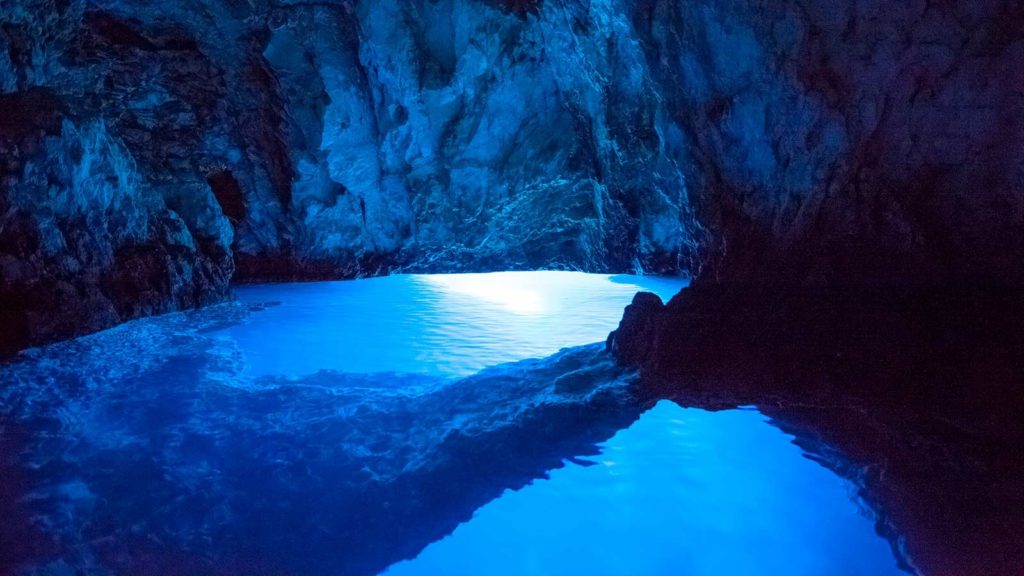
8. Biševo - Blue Cave
Five kilometers from Komiža on
Vis Island, the islet of Biševo is located, with its beautiful Blue Cave, which
can be accessed only by small boats on oars. Sunlight penetrates the second
opening hole int he cave, thus giving it its mesmerizimg characteristic blue
color.

9. Biokovo Nature Park
The highest peak of this mountain
range is the St.Jure (Croatian for George) at 1762 meters, from which you can
get to see all the way to Italy, on clear days. Be sure to visit Kotišina – the
botanical garden on the slopes of the mountain, and enjoy numerous geomorphological
phenomena with a licensed guide.
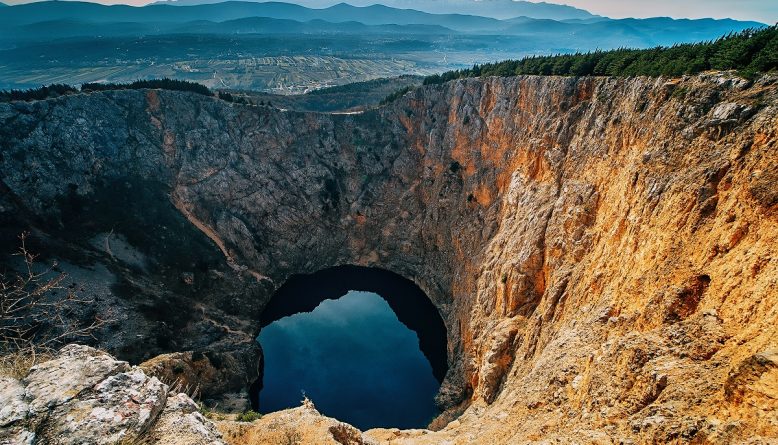
10.Imotski – The Lakes
The Red and the Blue Lake, located right next to the town of Imotski, are natural phenomena, favorite locations for daily excursions. The Blue Lake is a swimming zone during the summer, but when its bottom runs dry, it becomes a football field. The Red Lake is considered to be the deepest lake in Europe. Due to the steep cliffs that surround it, it cannot be accessed from close proximity.
More: www.dalmatia.hr
Photo: www.dalmatia.hr, archive of TB of Split Dalmatia county,


